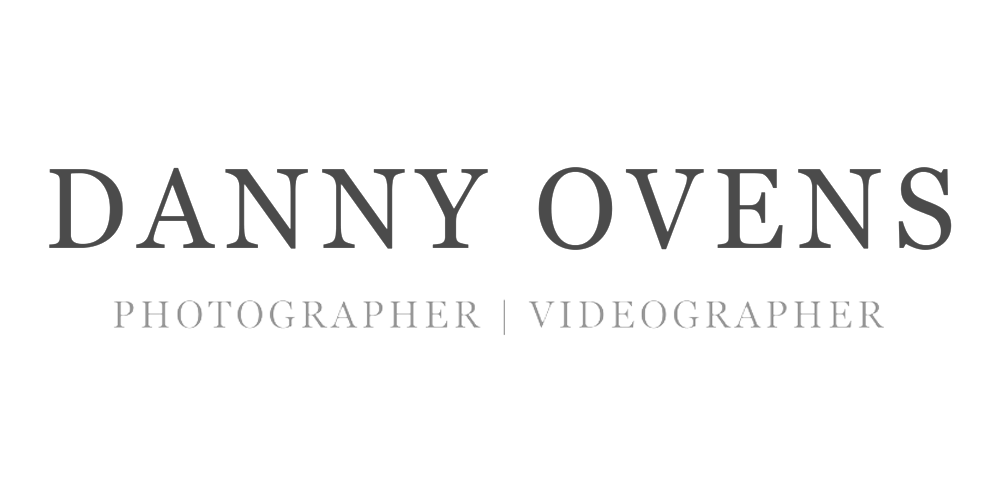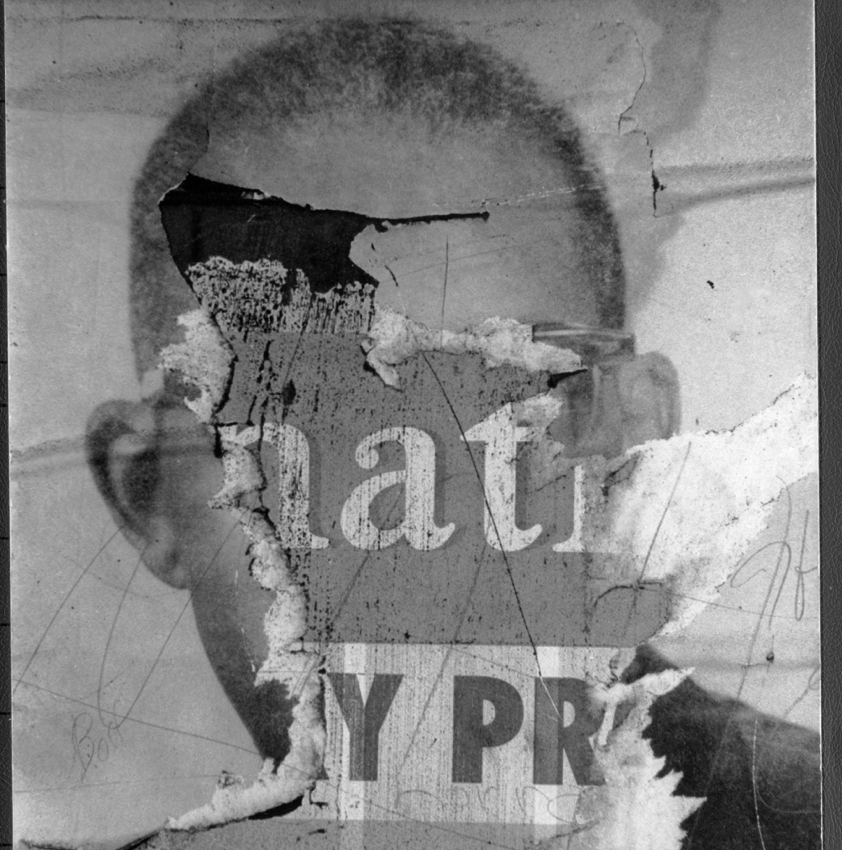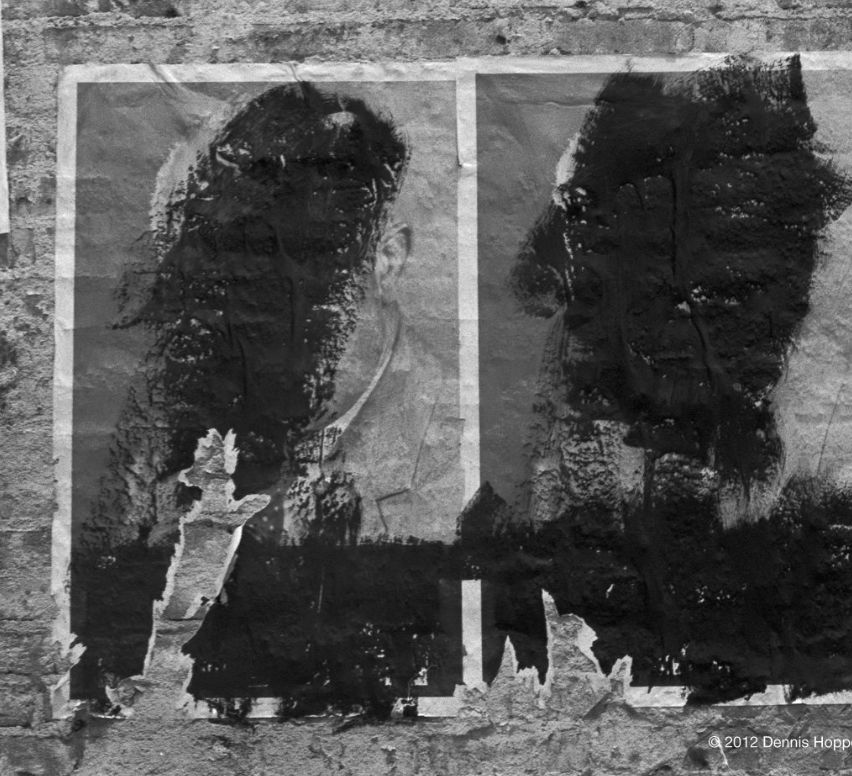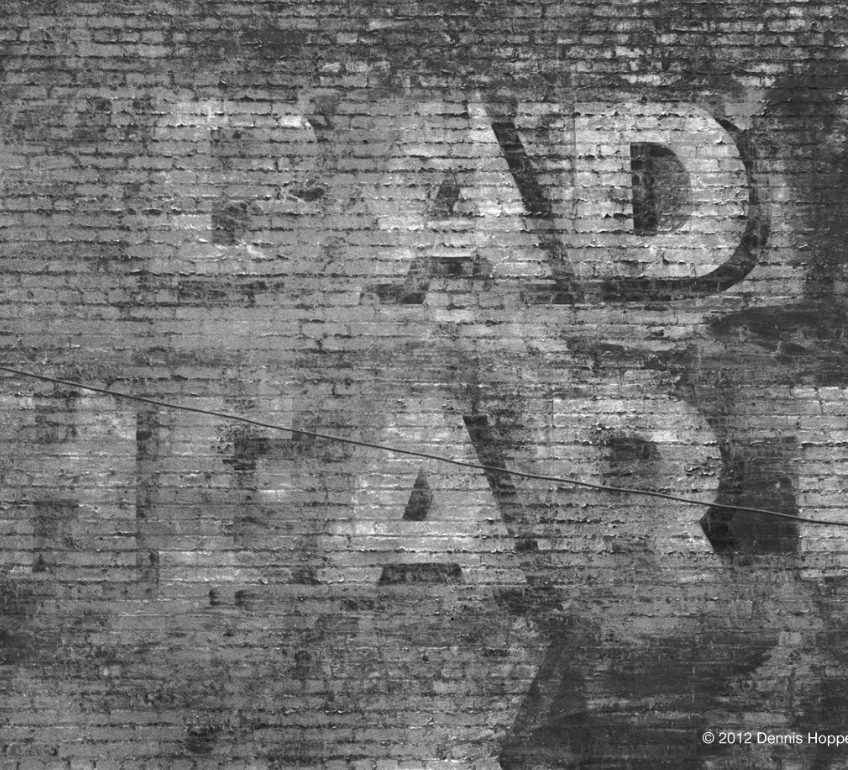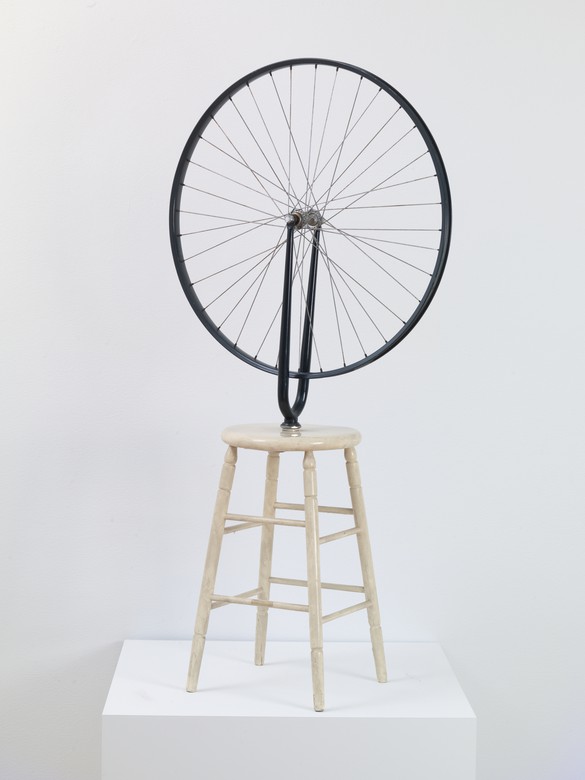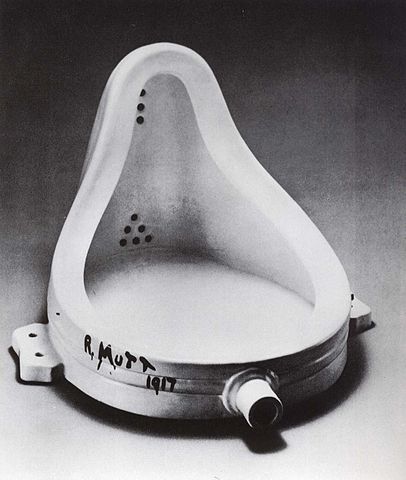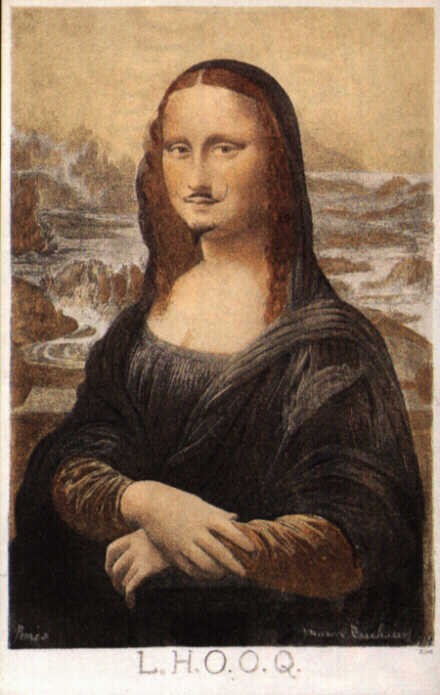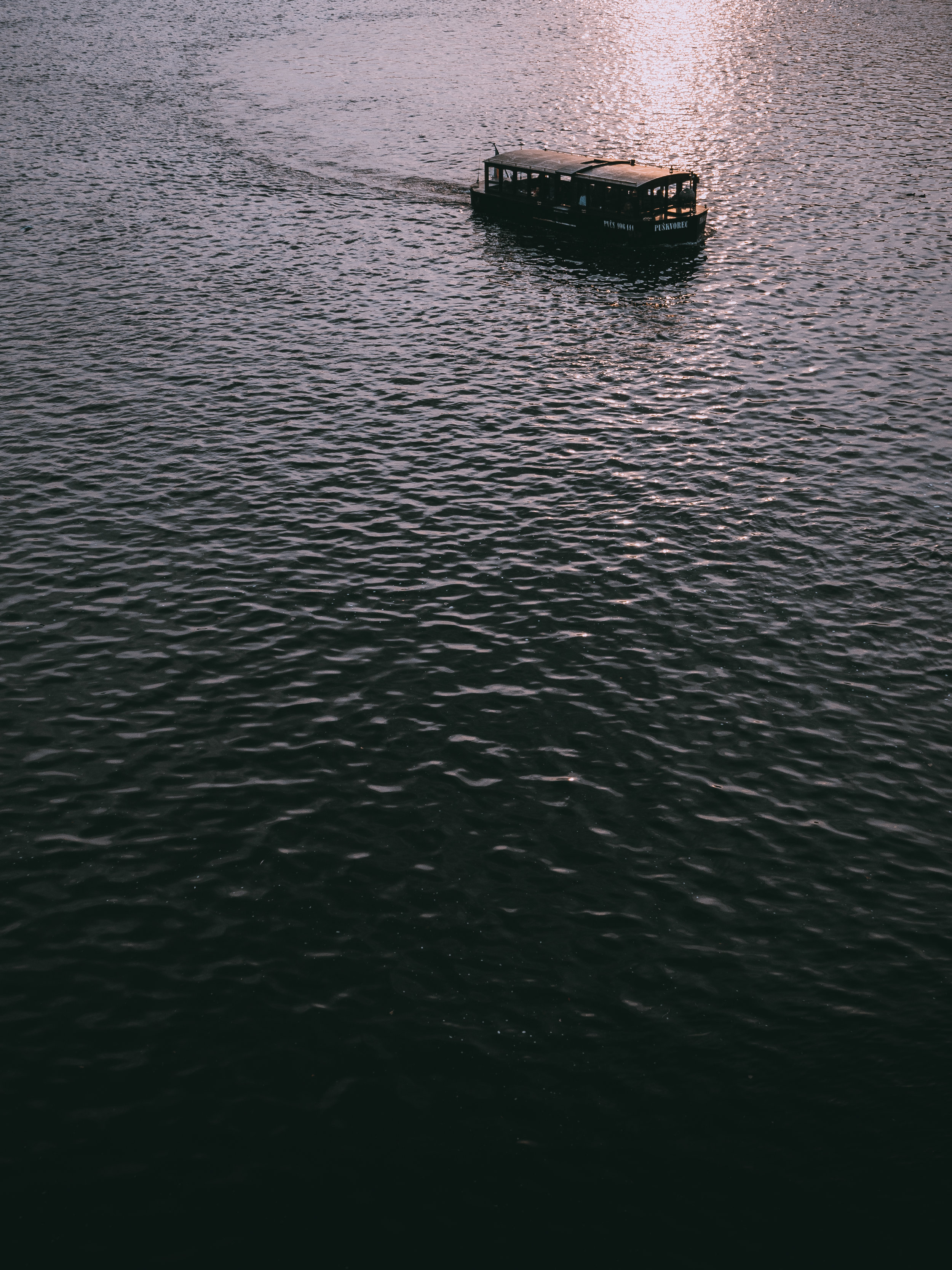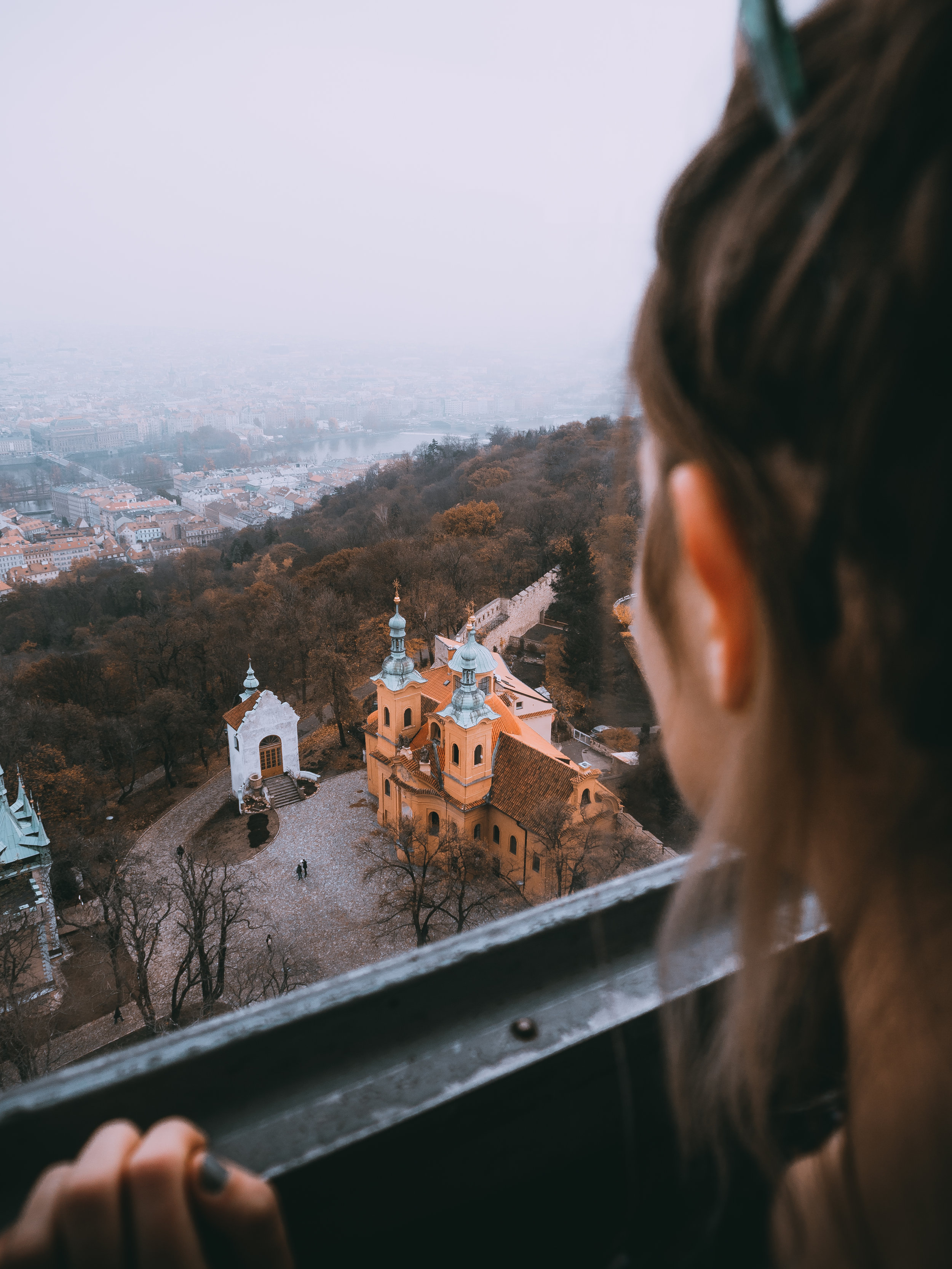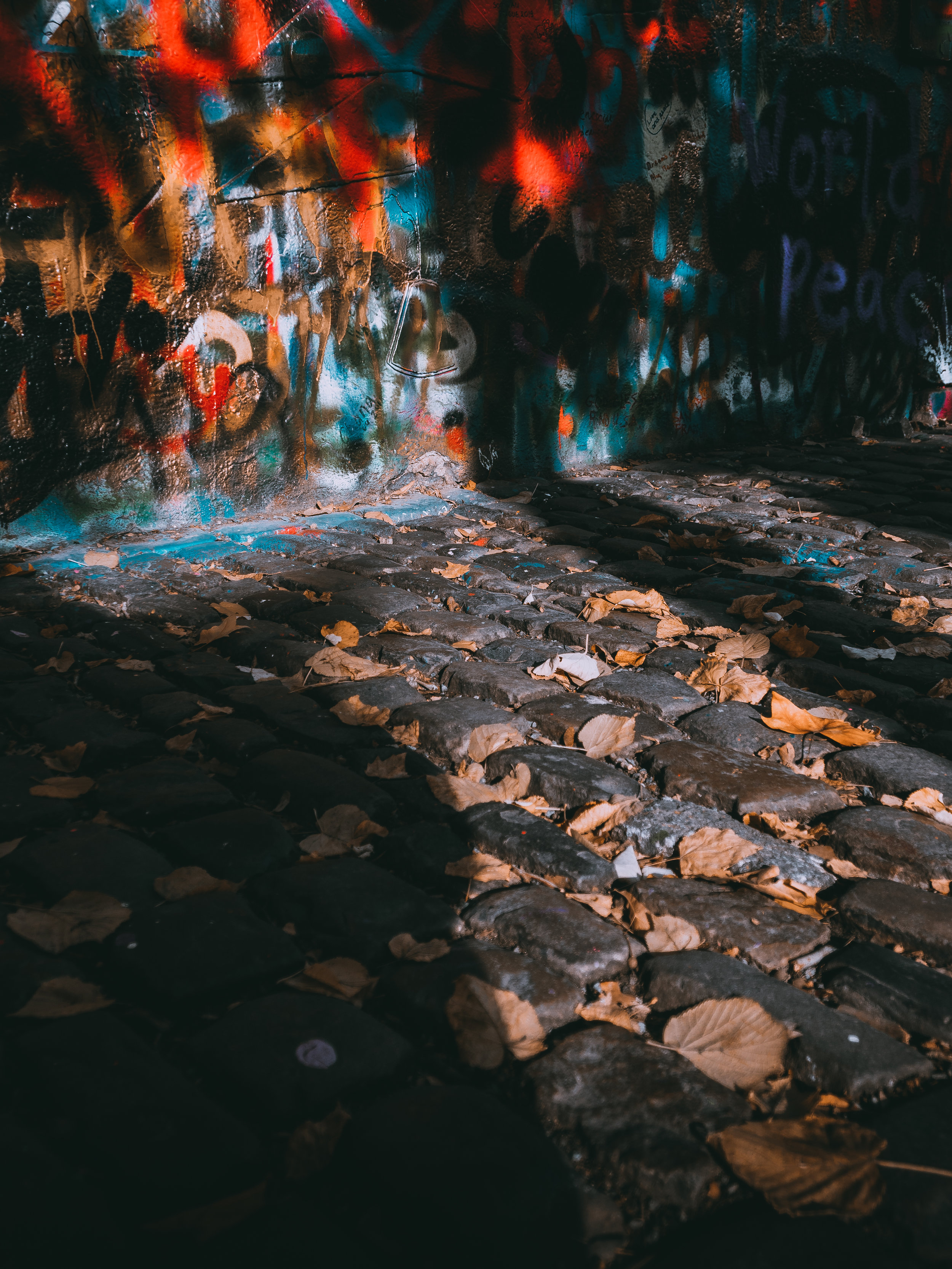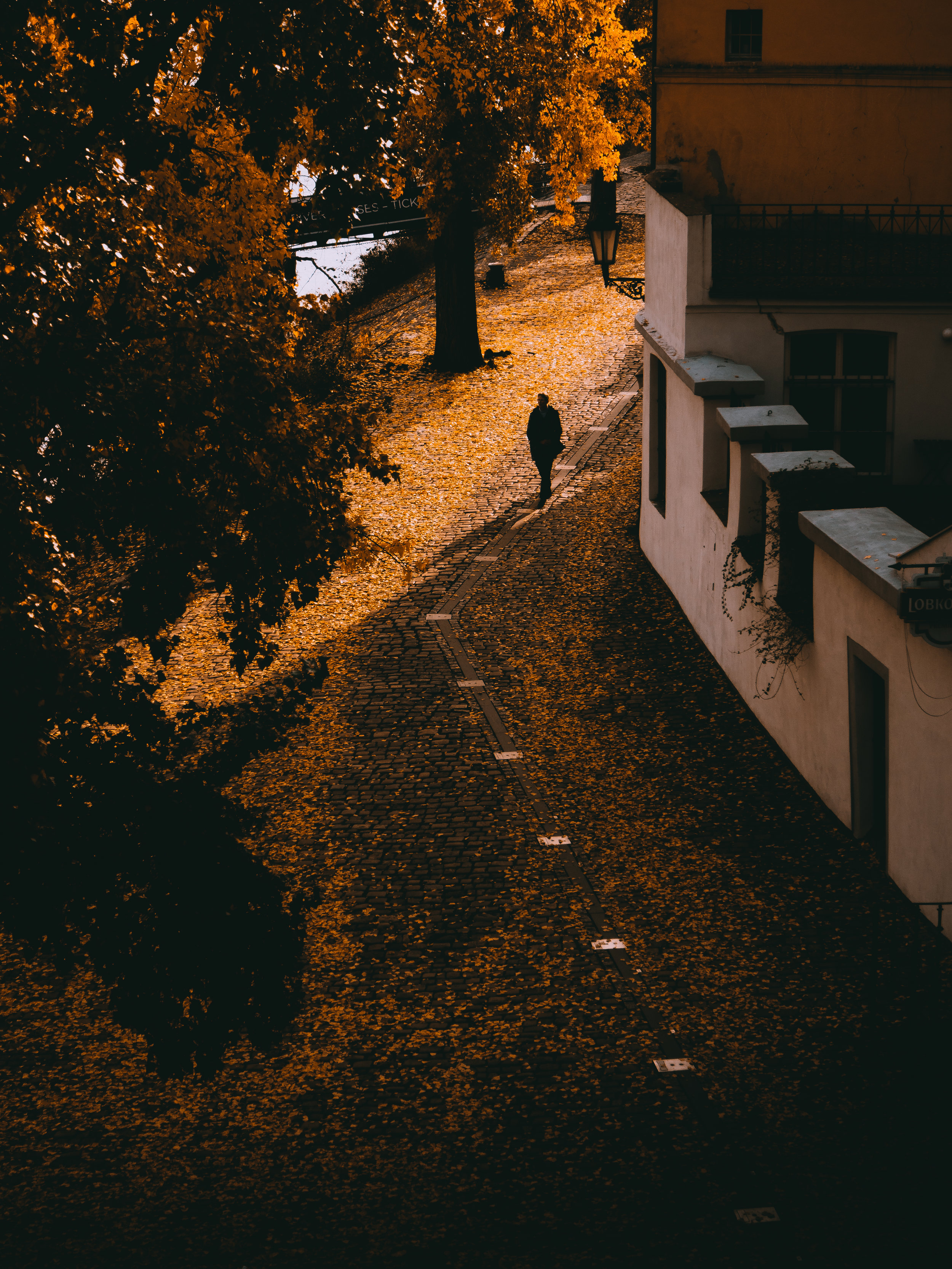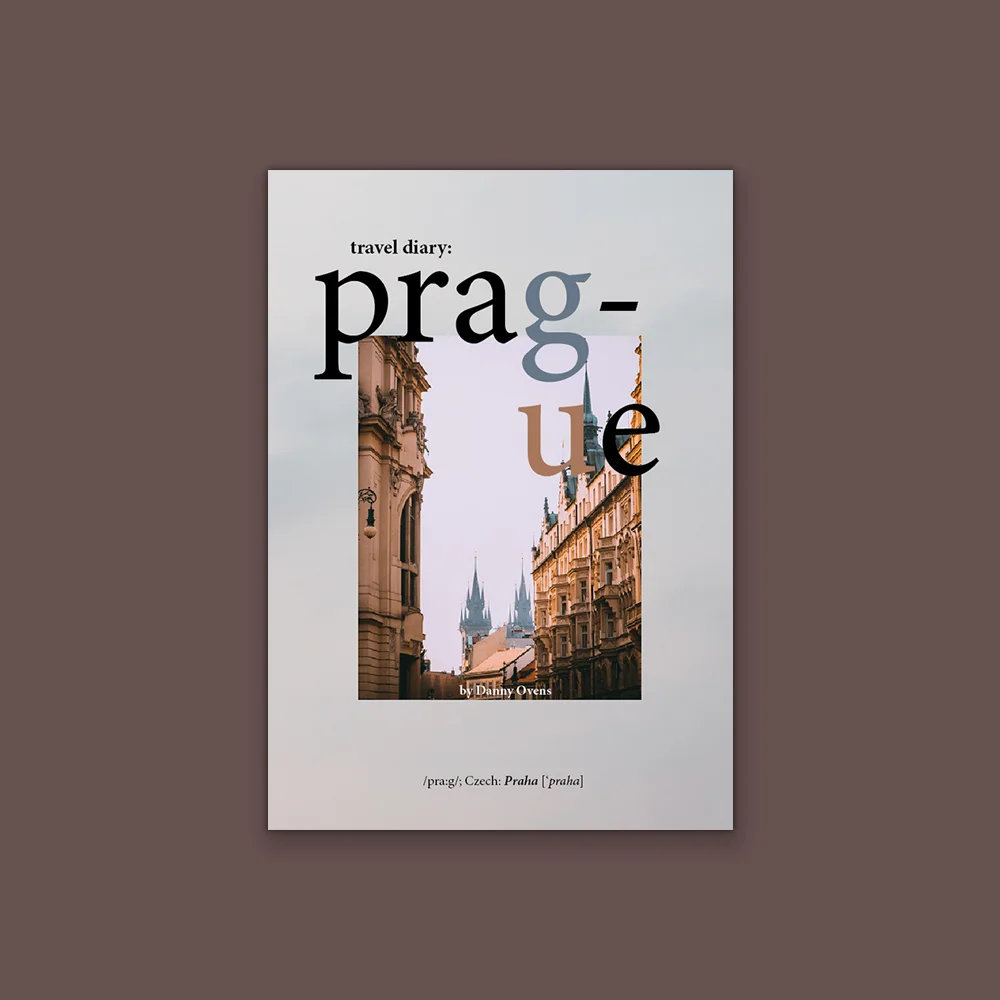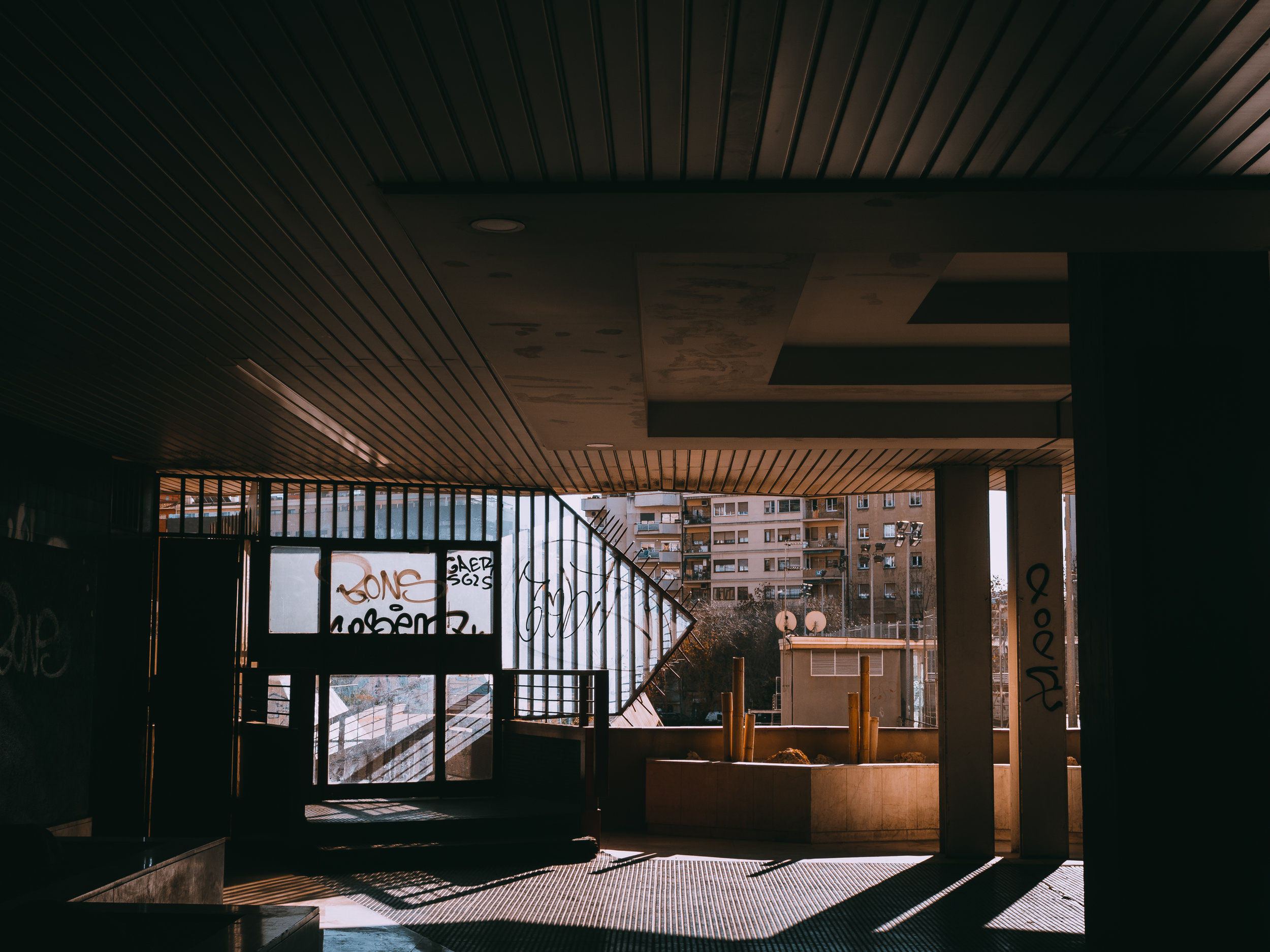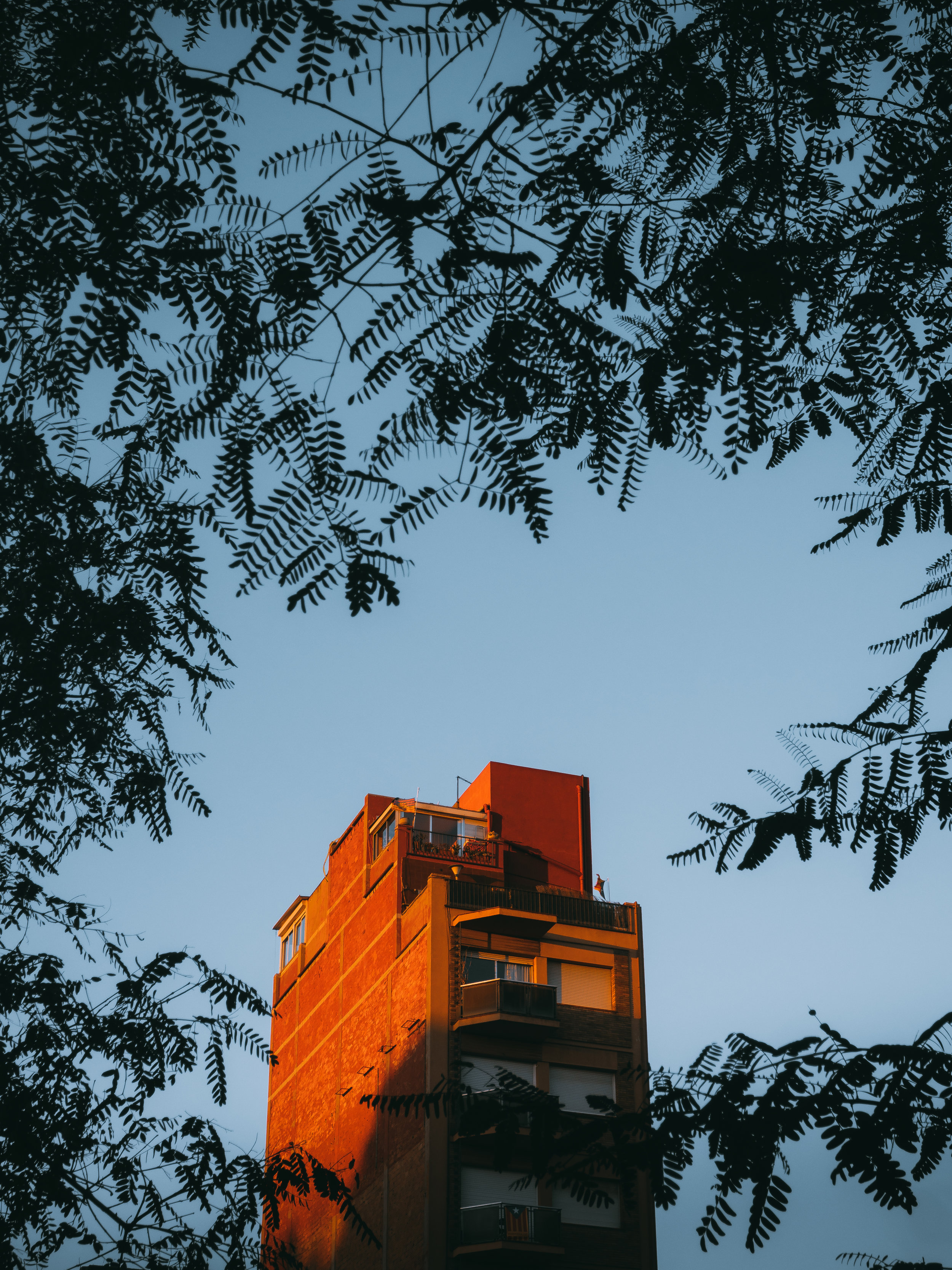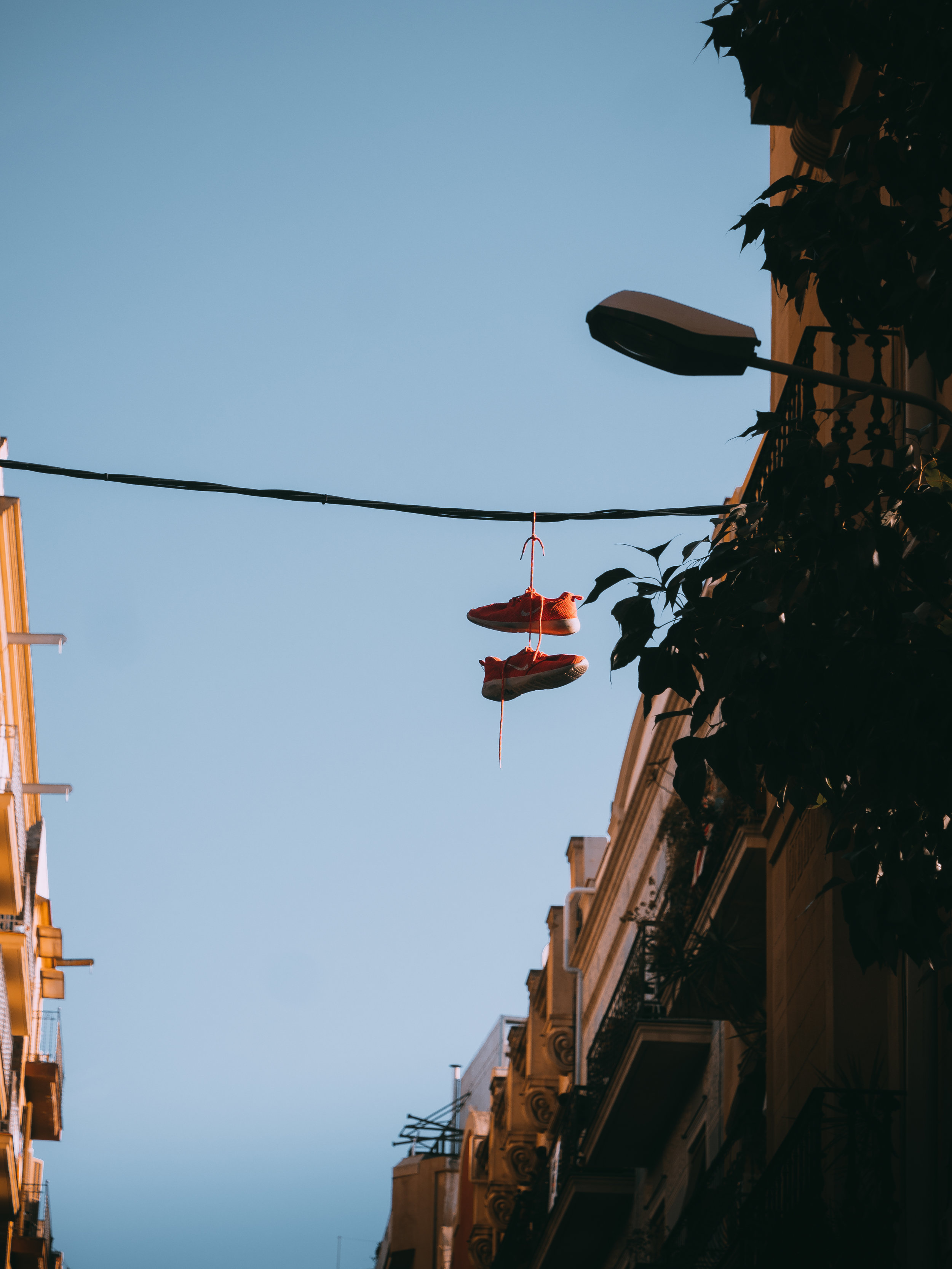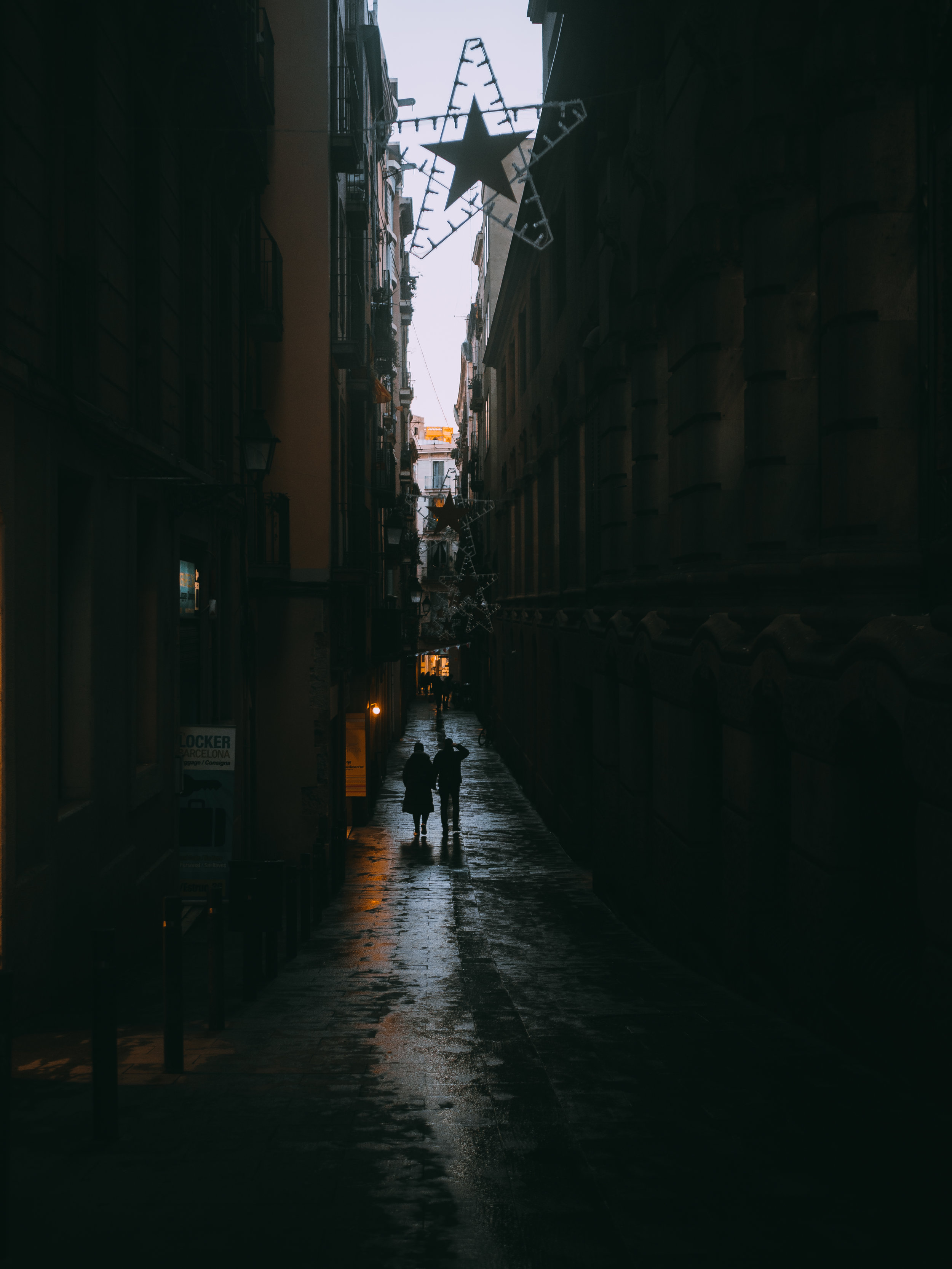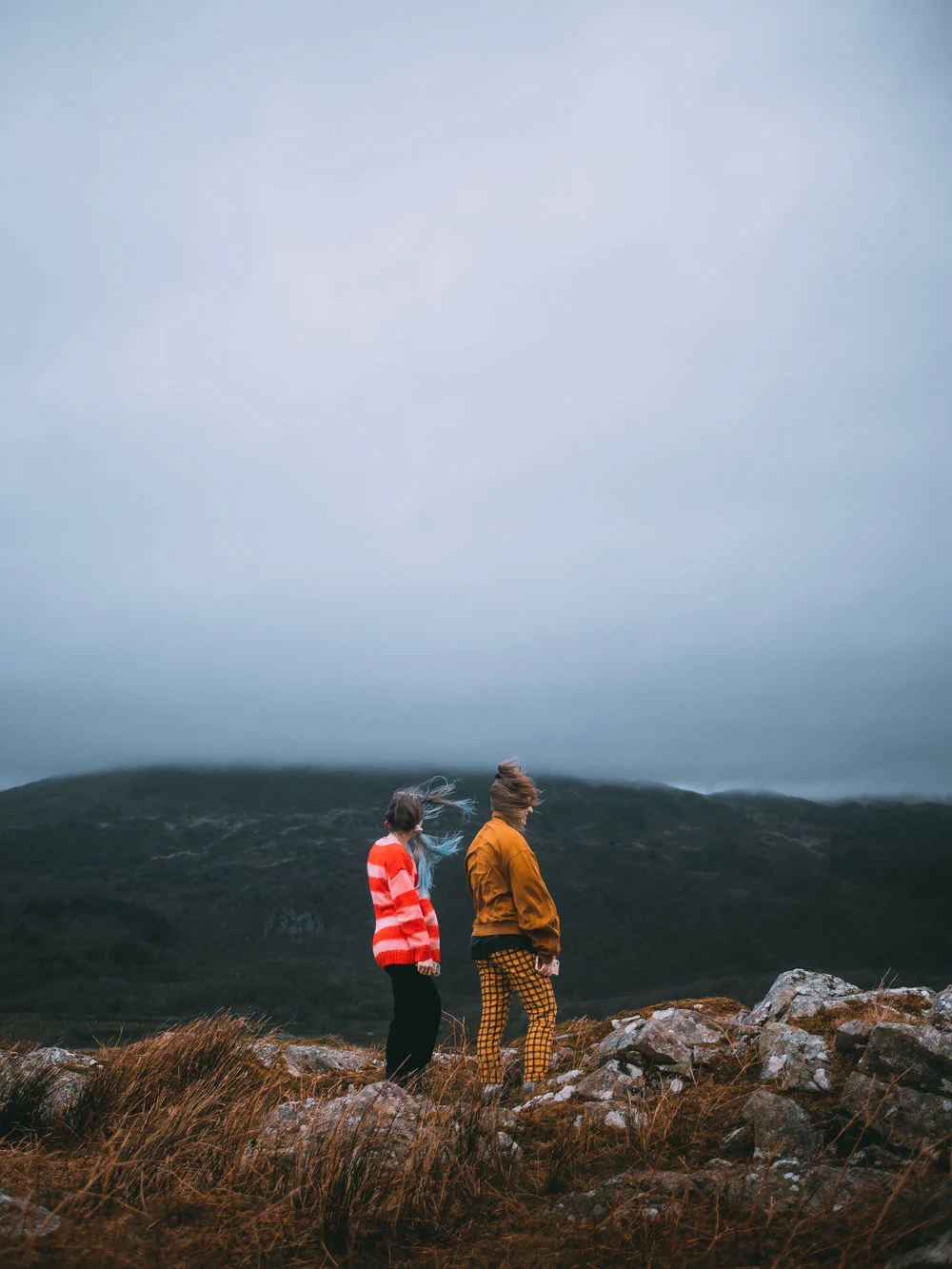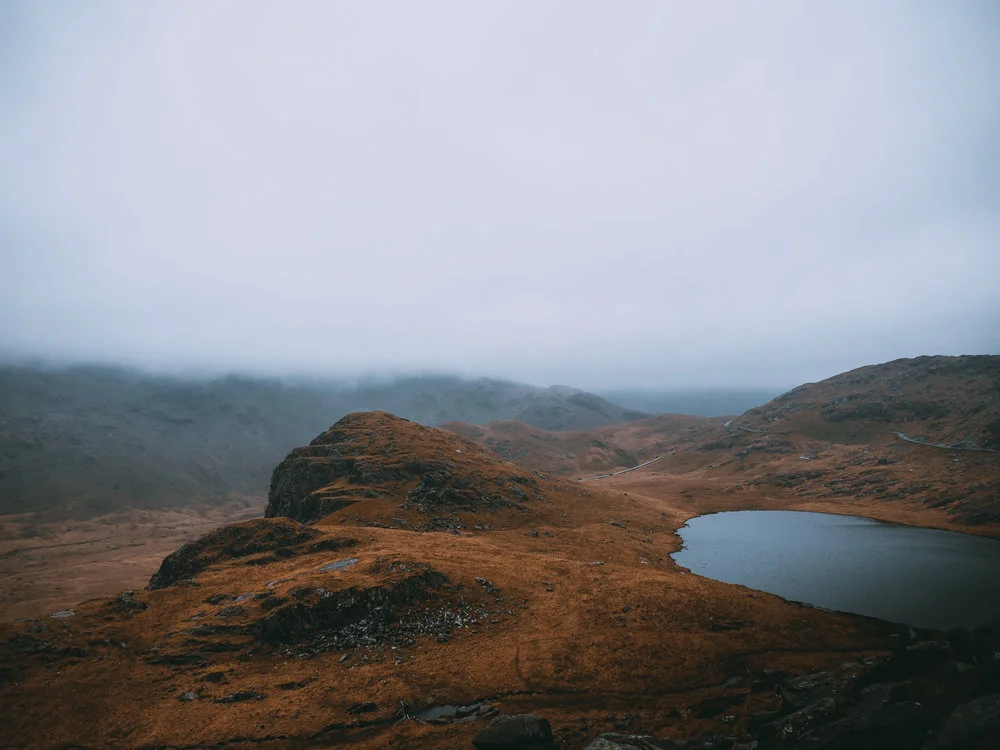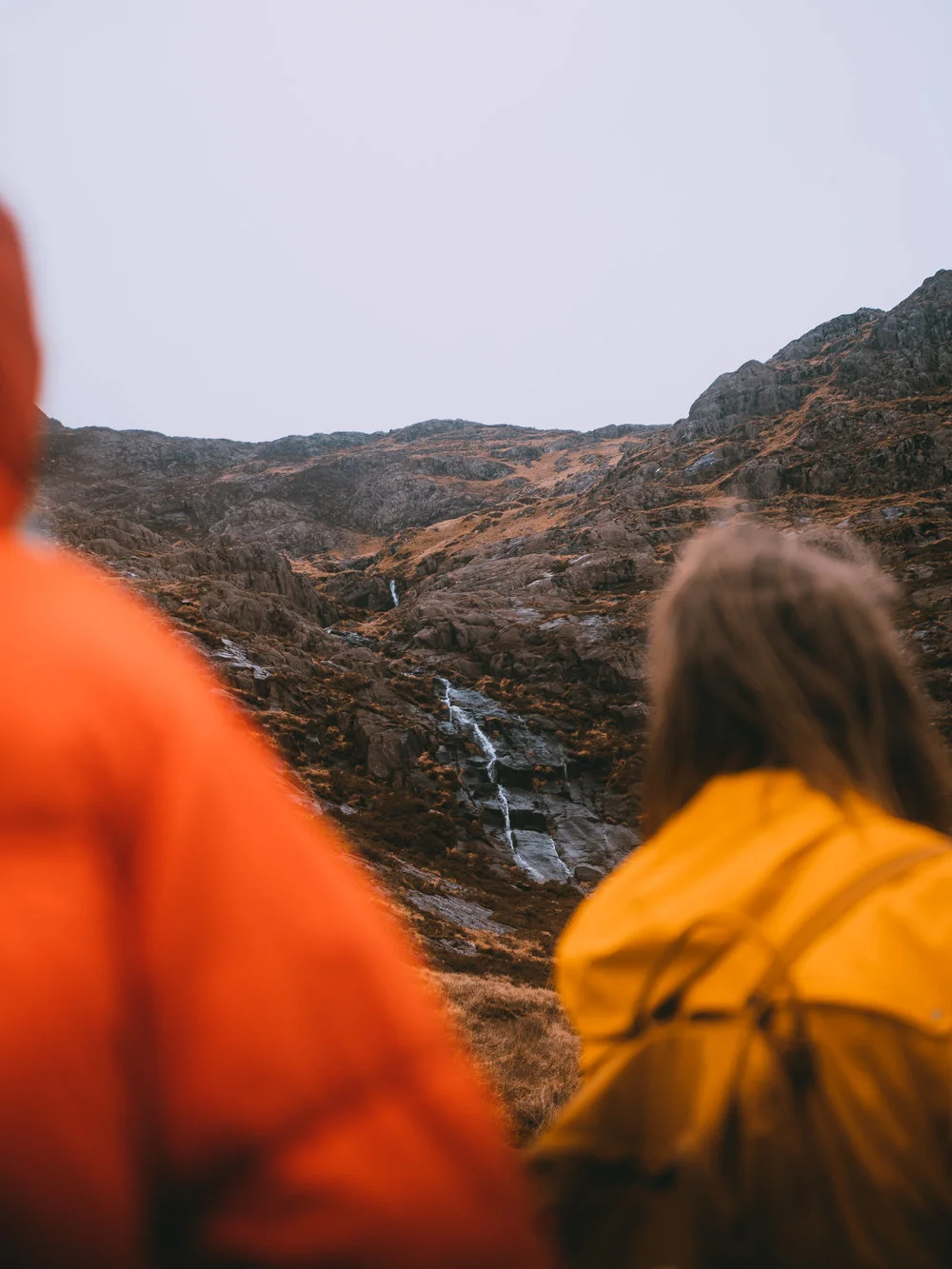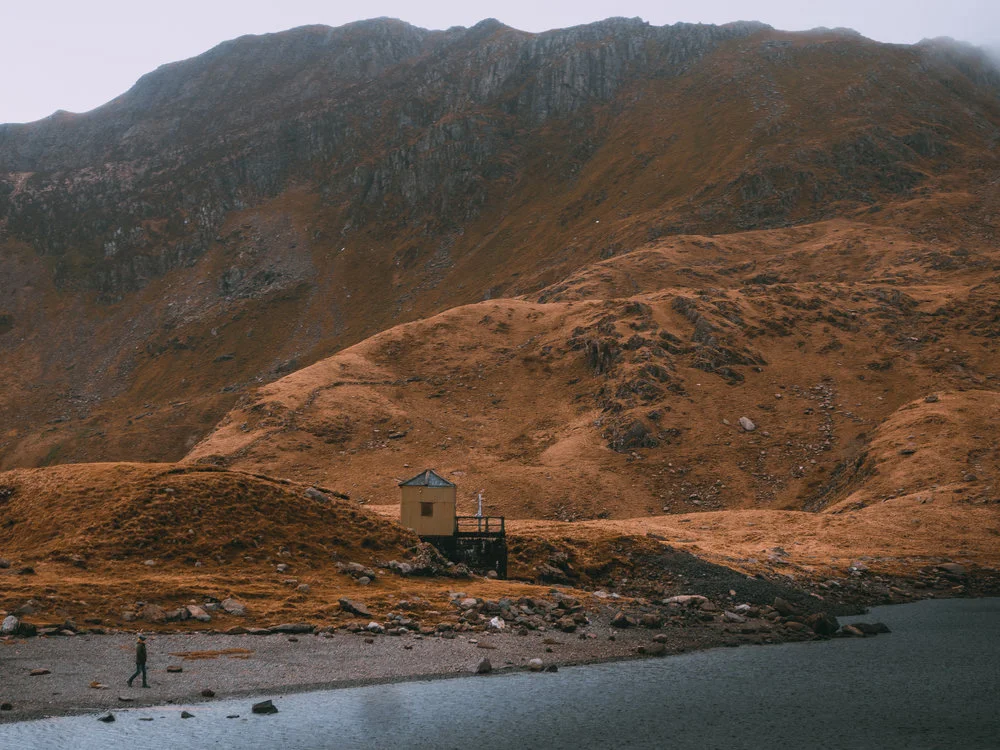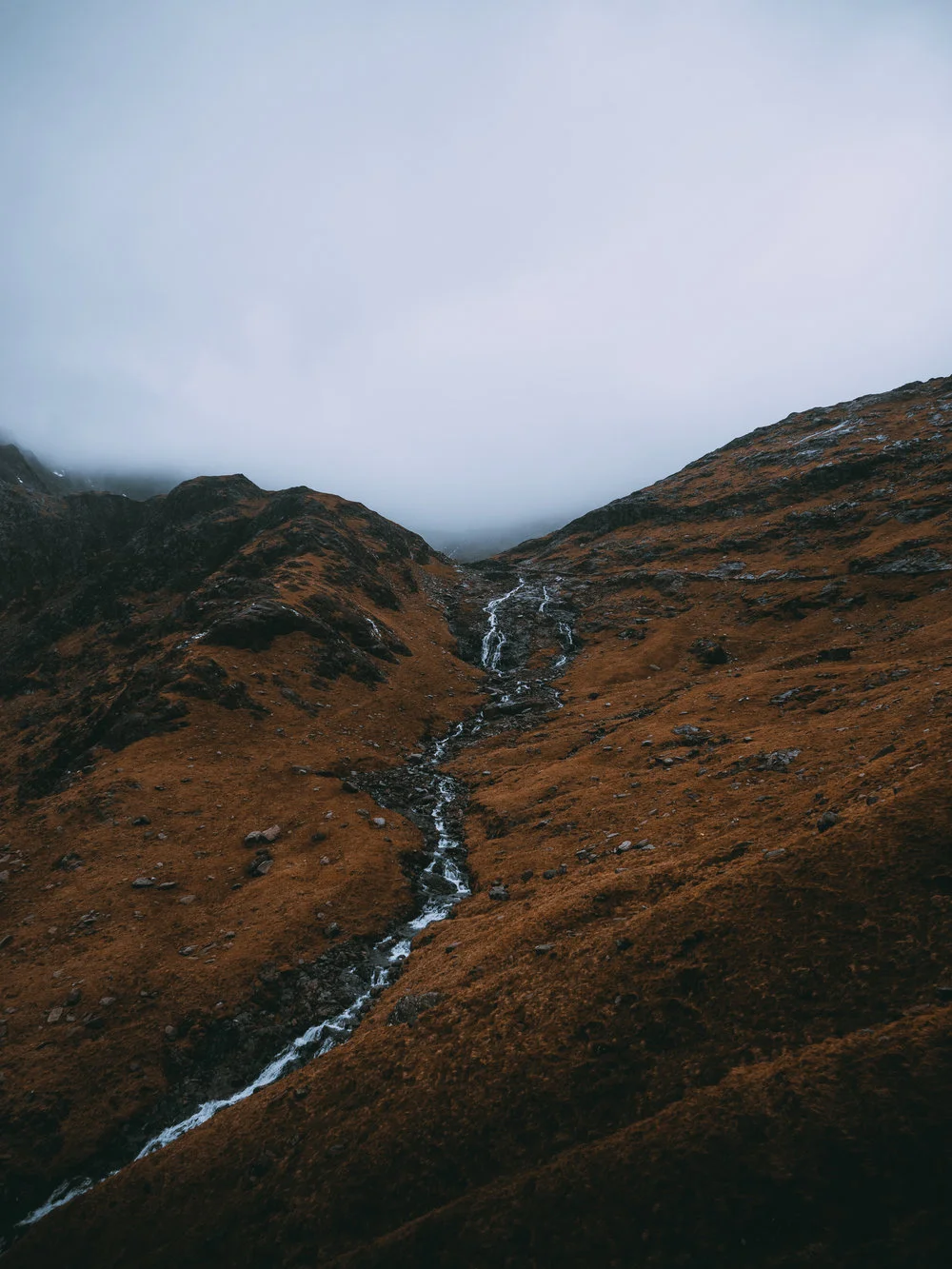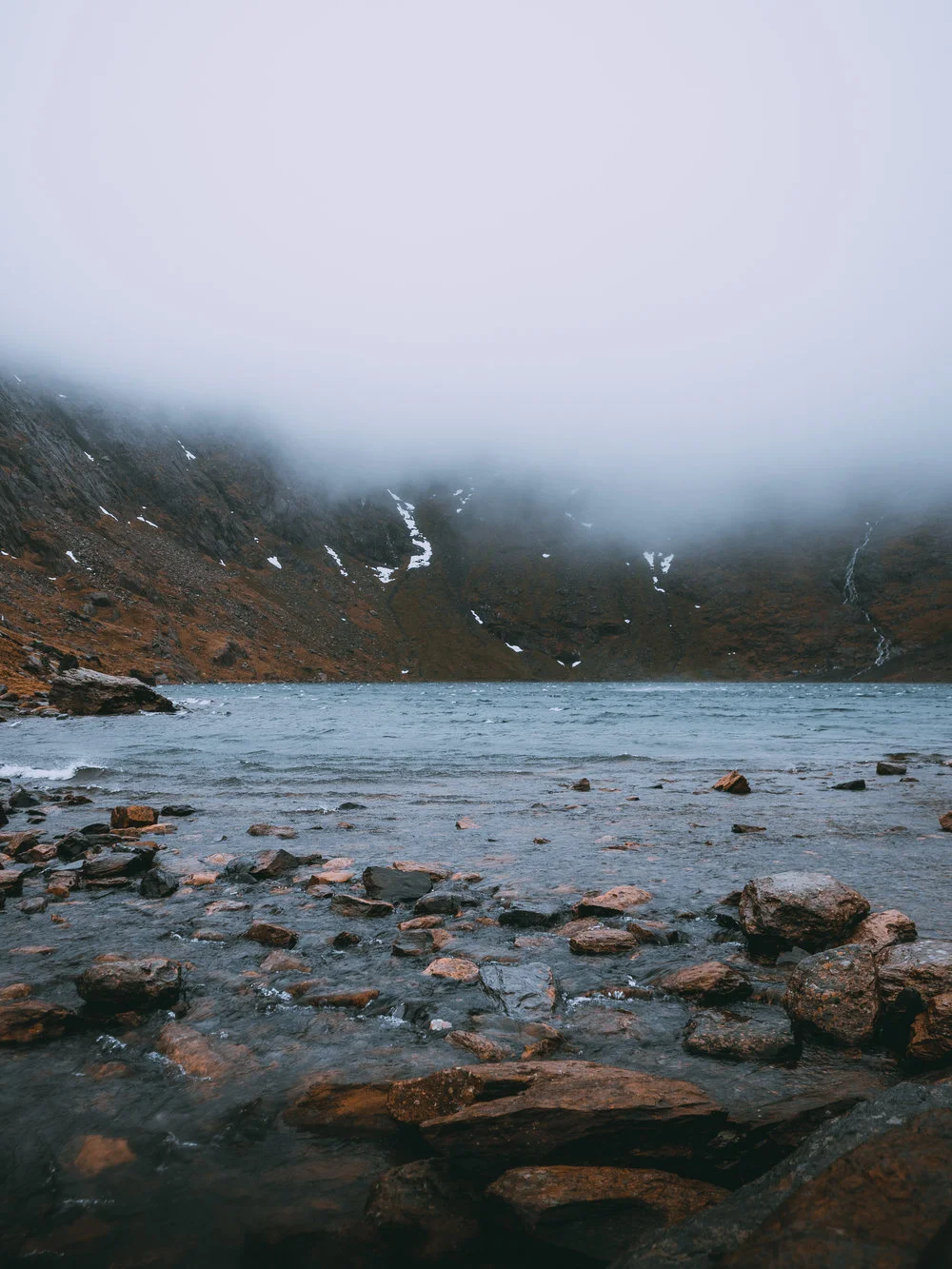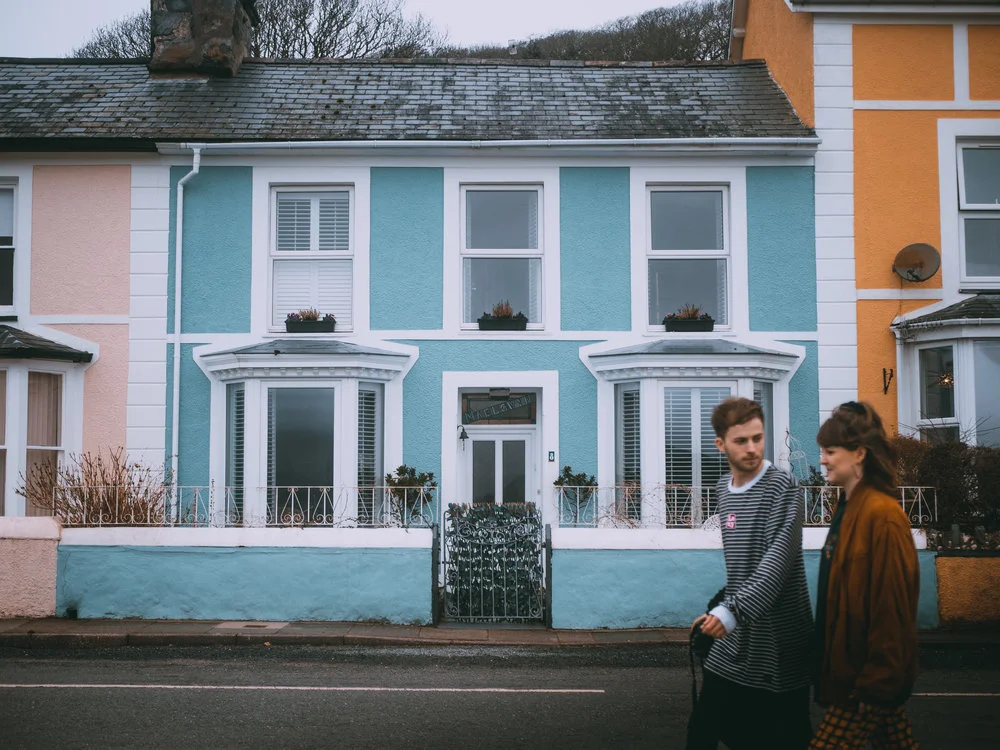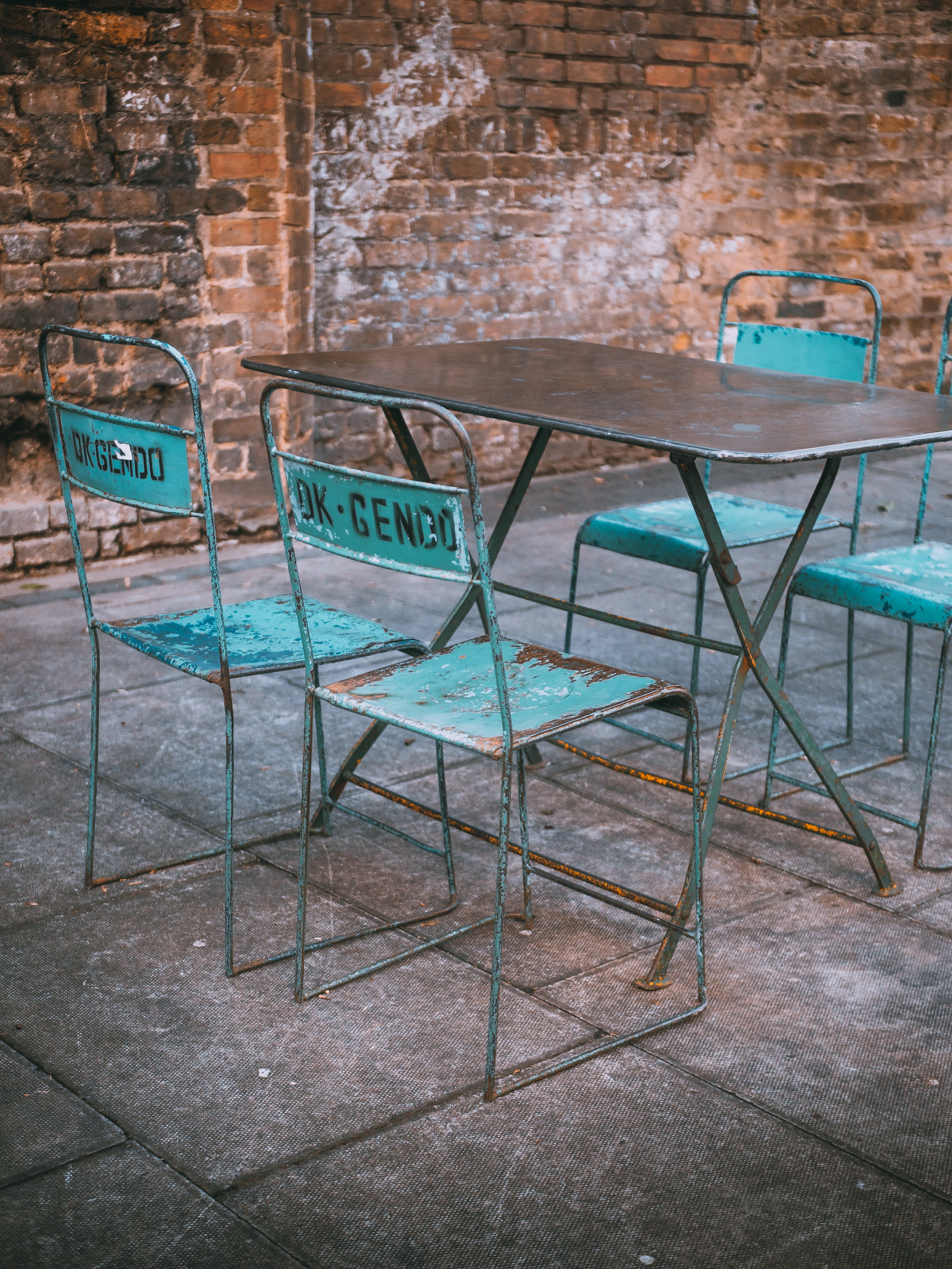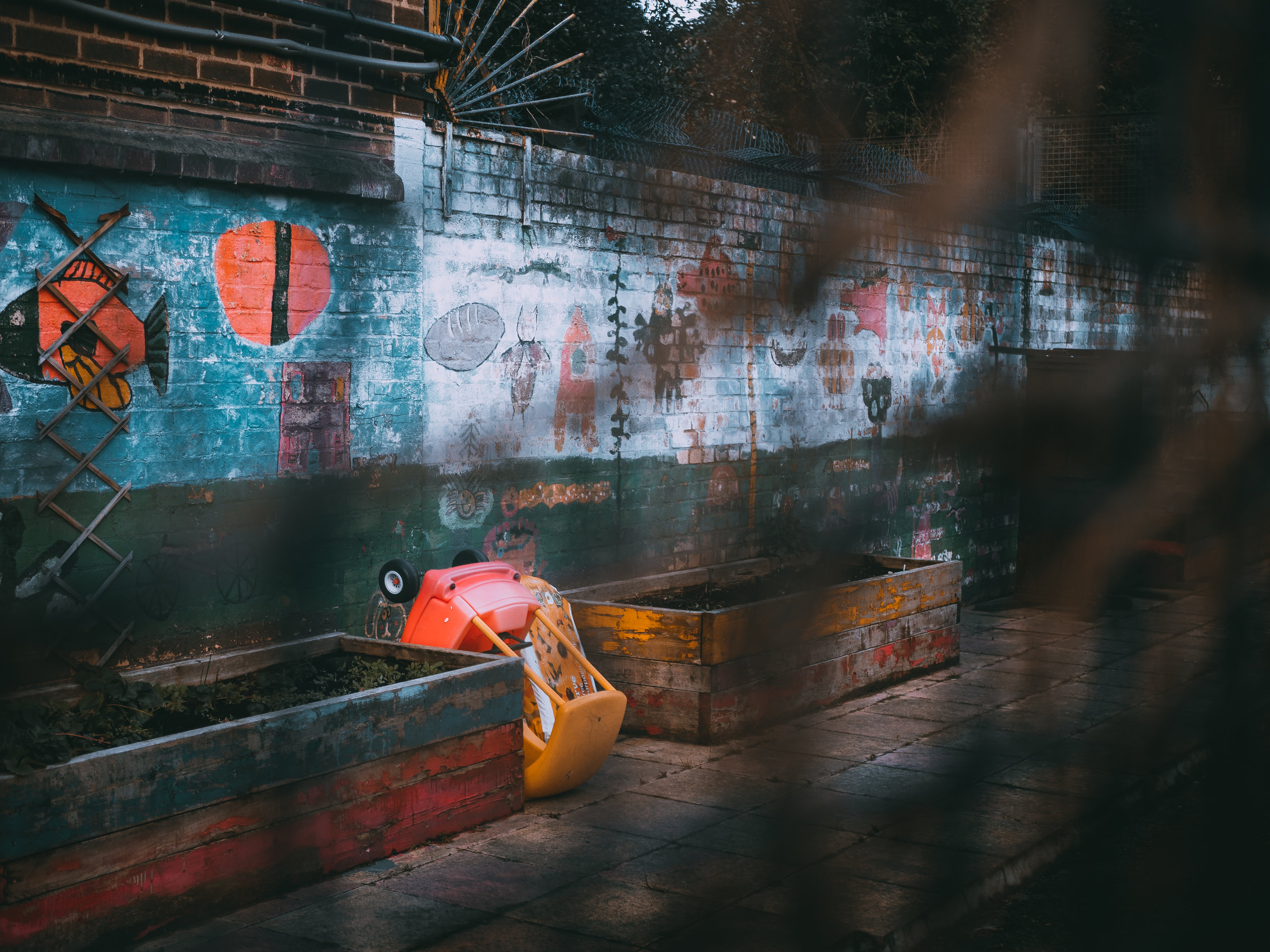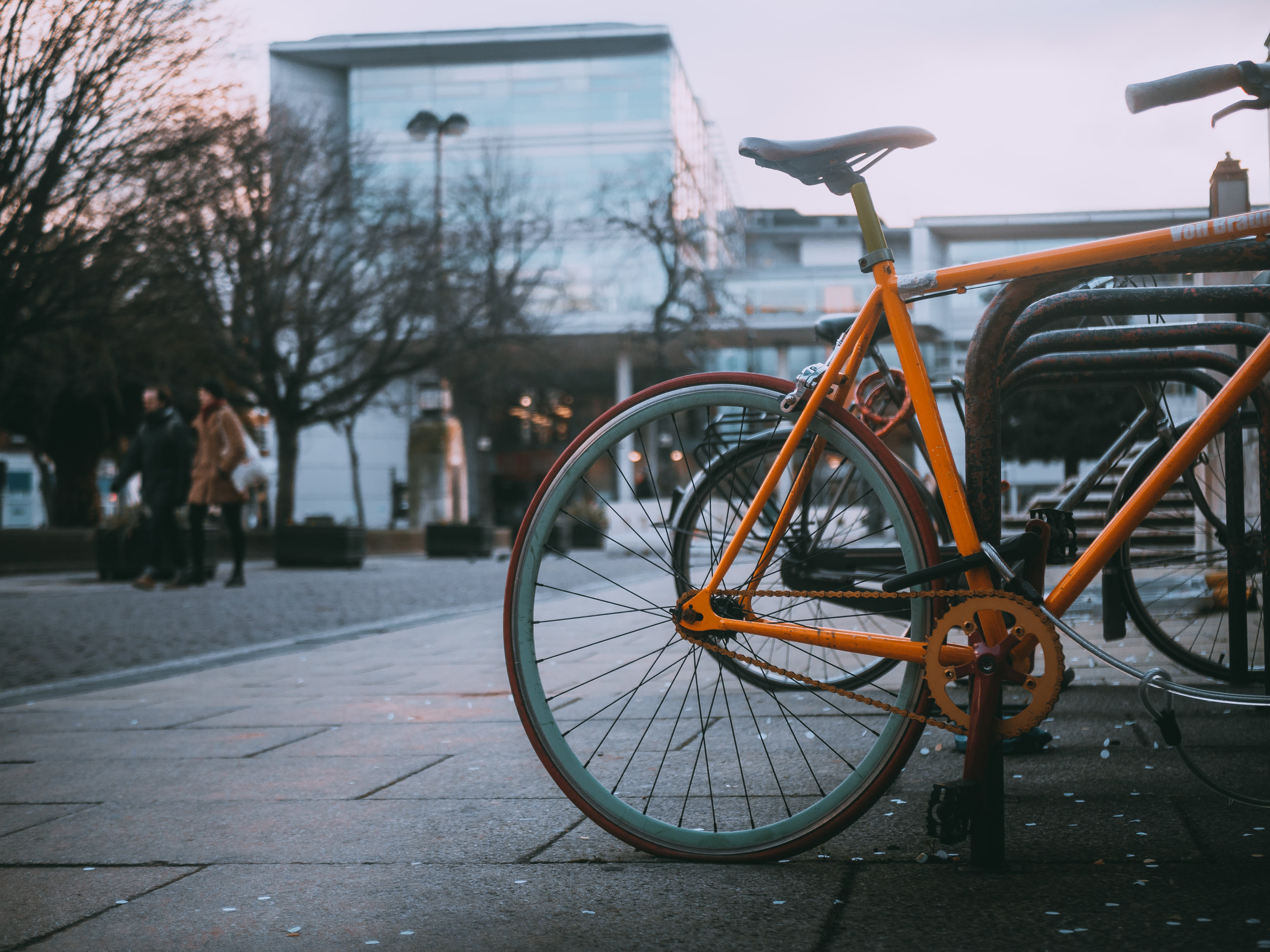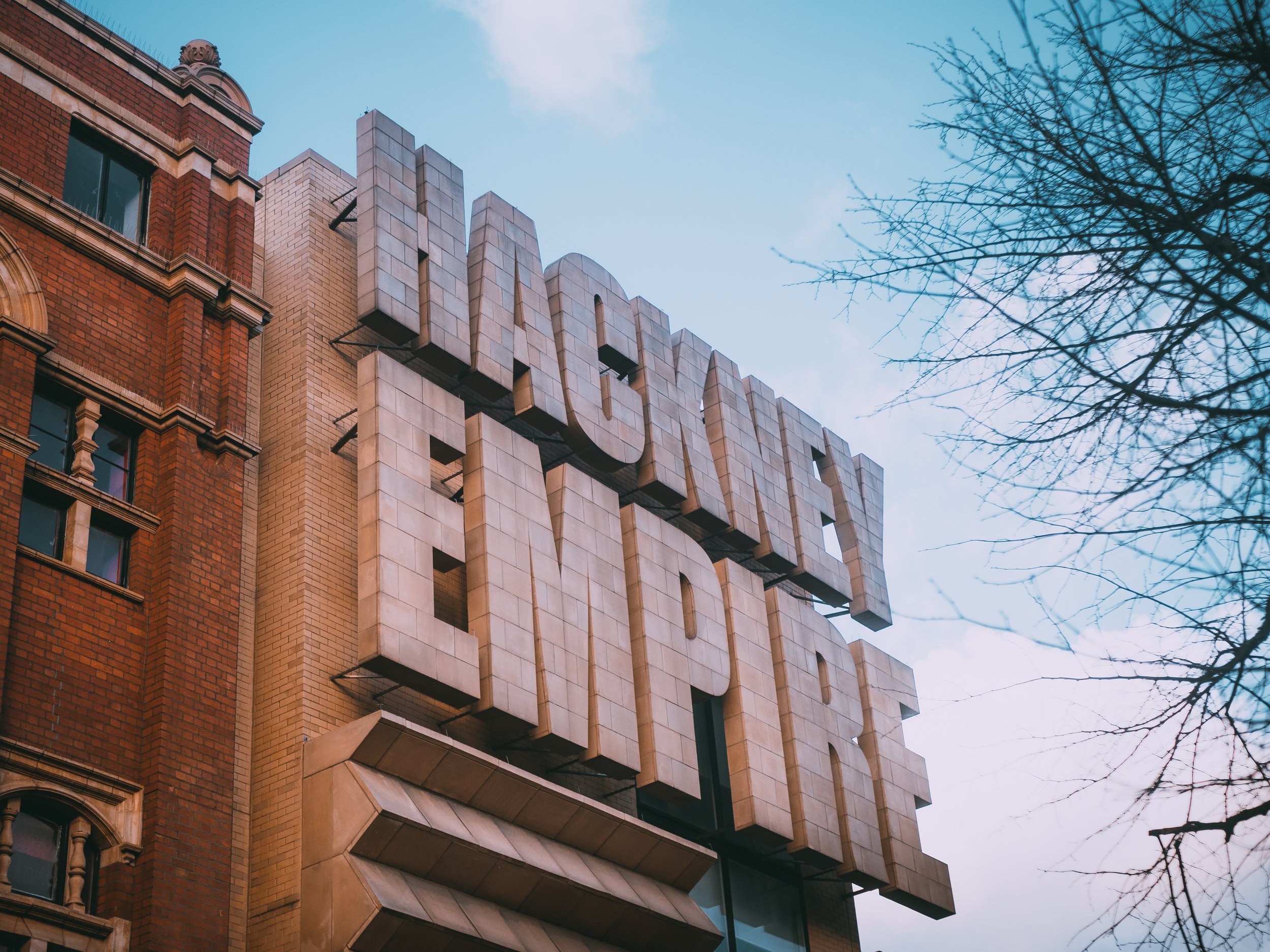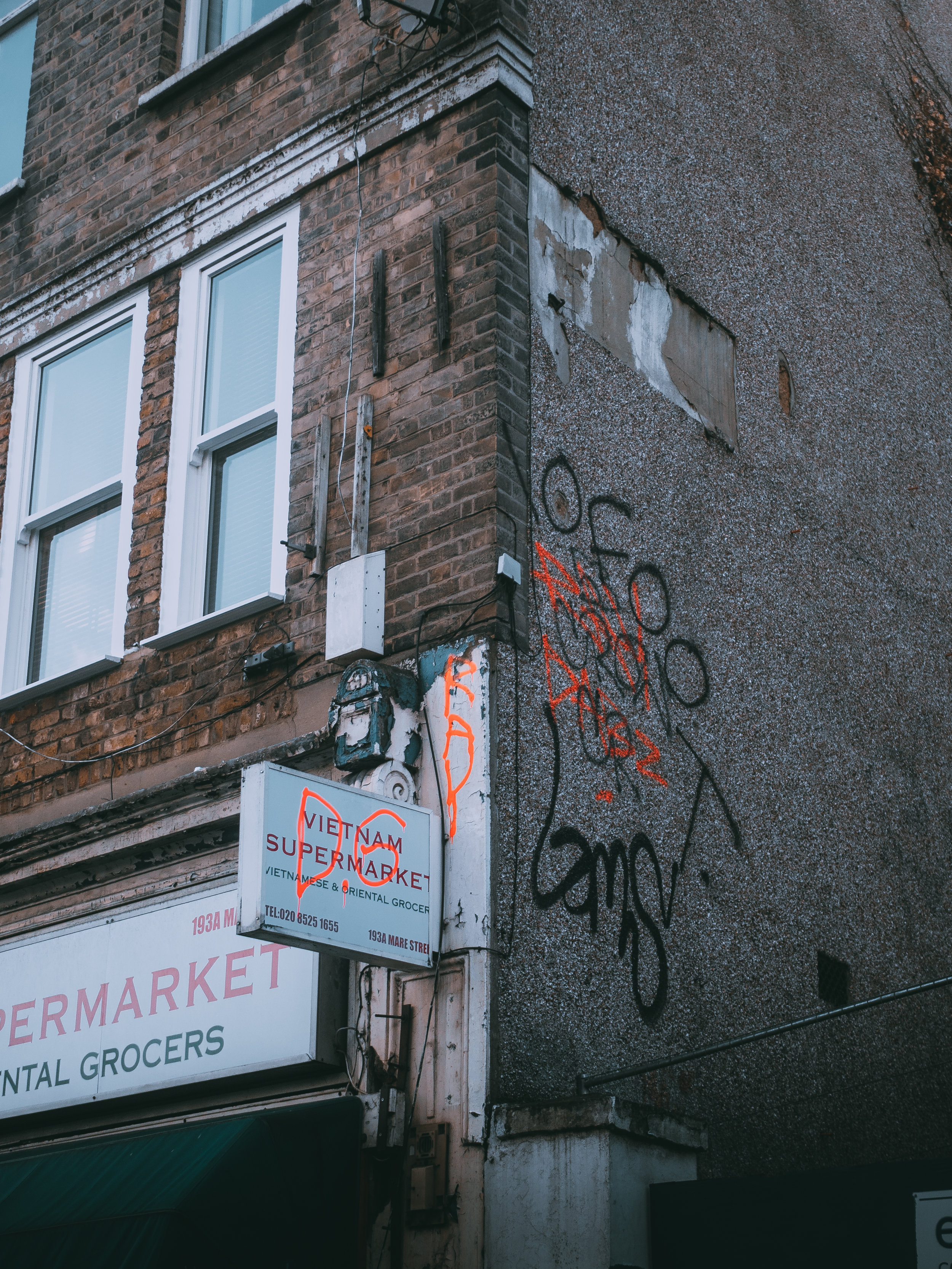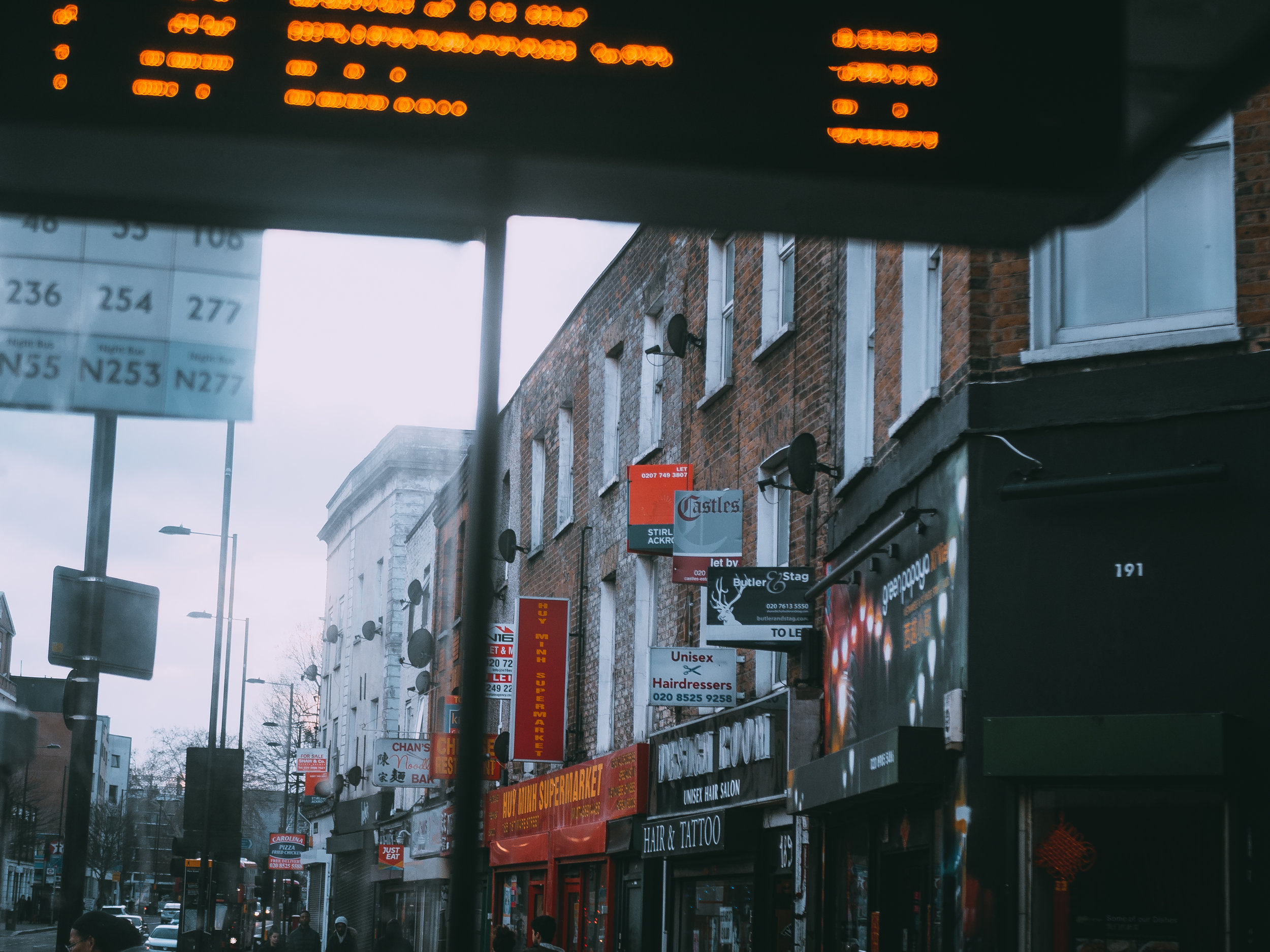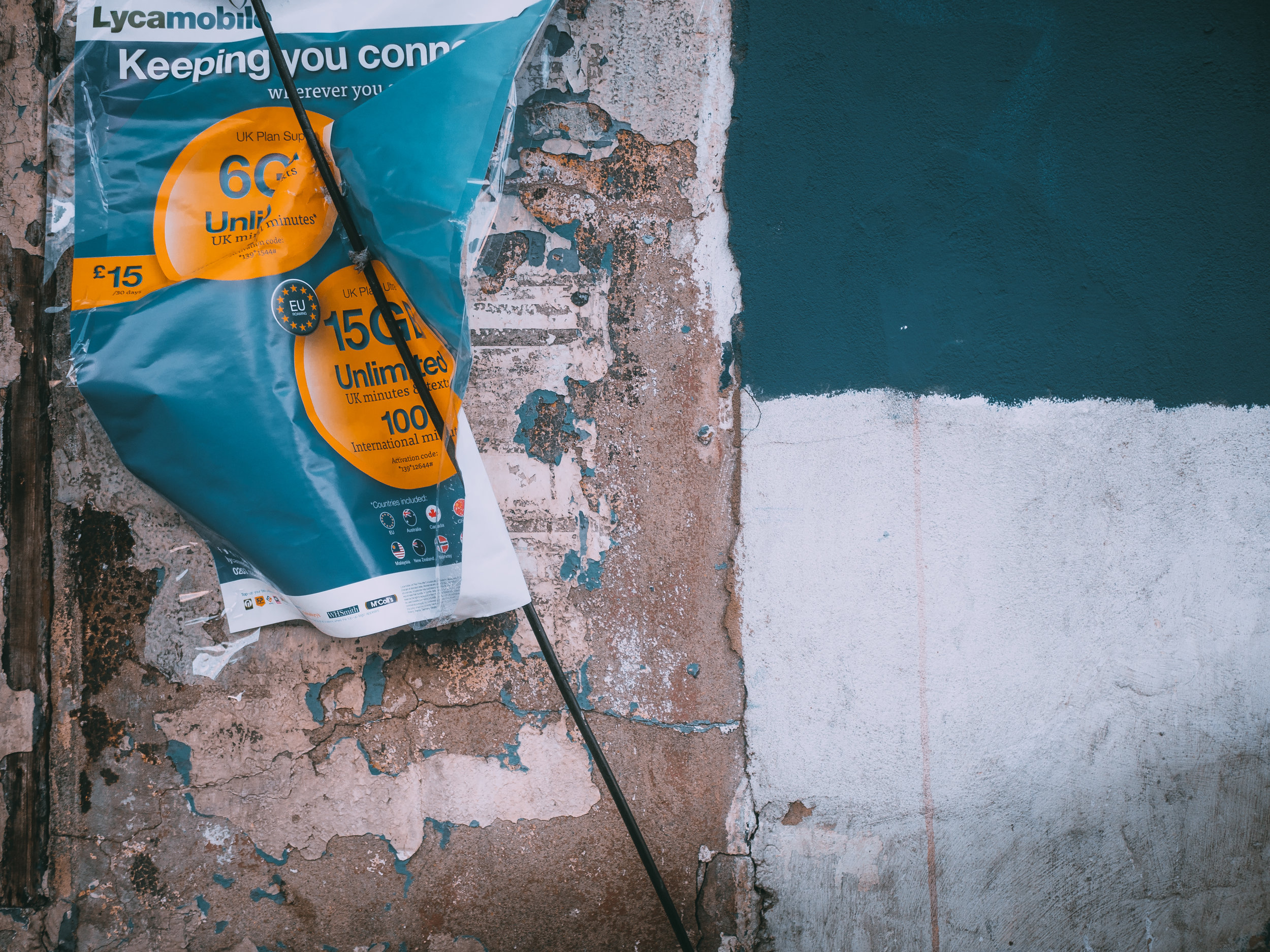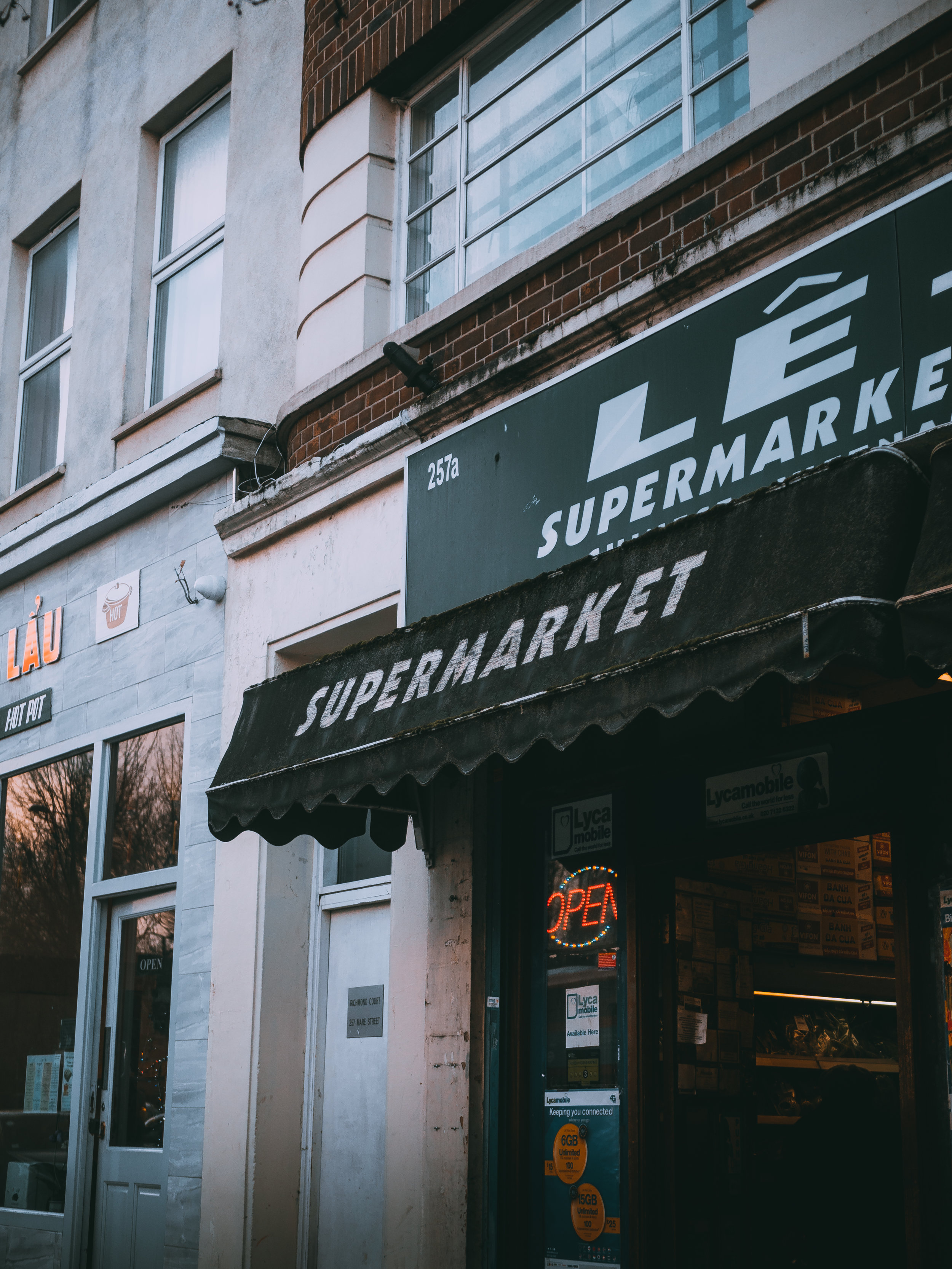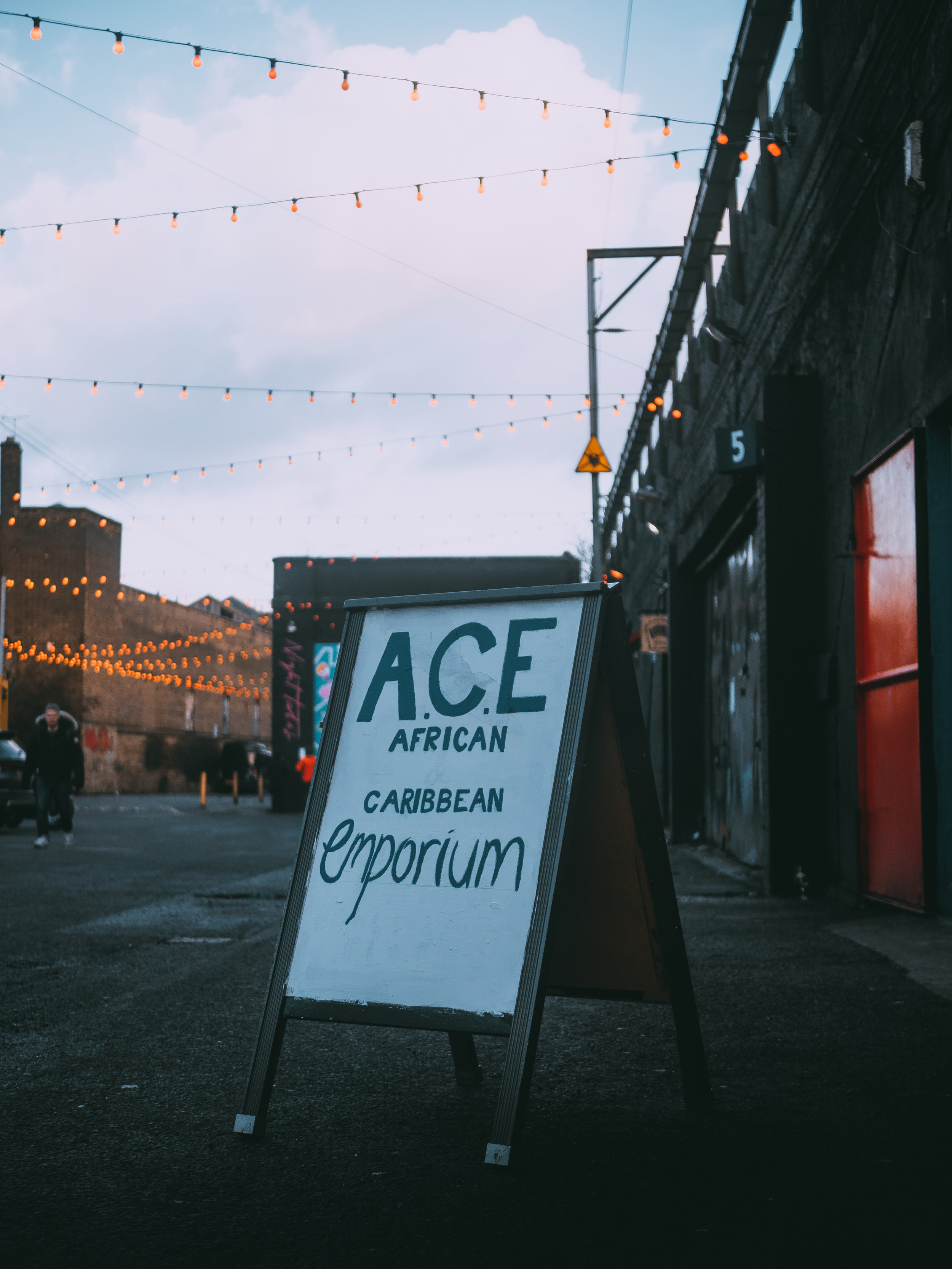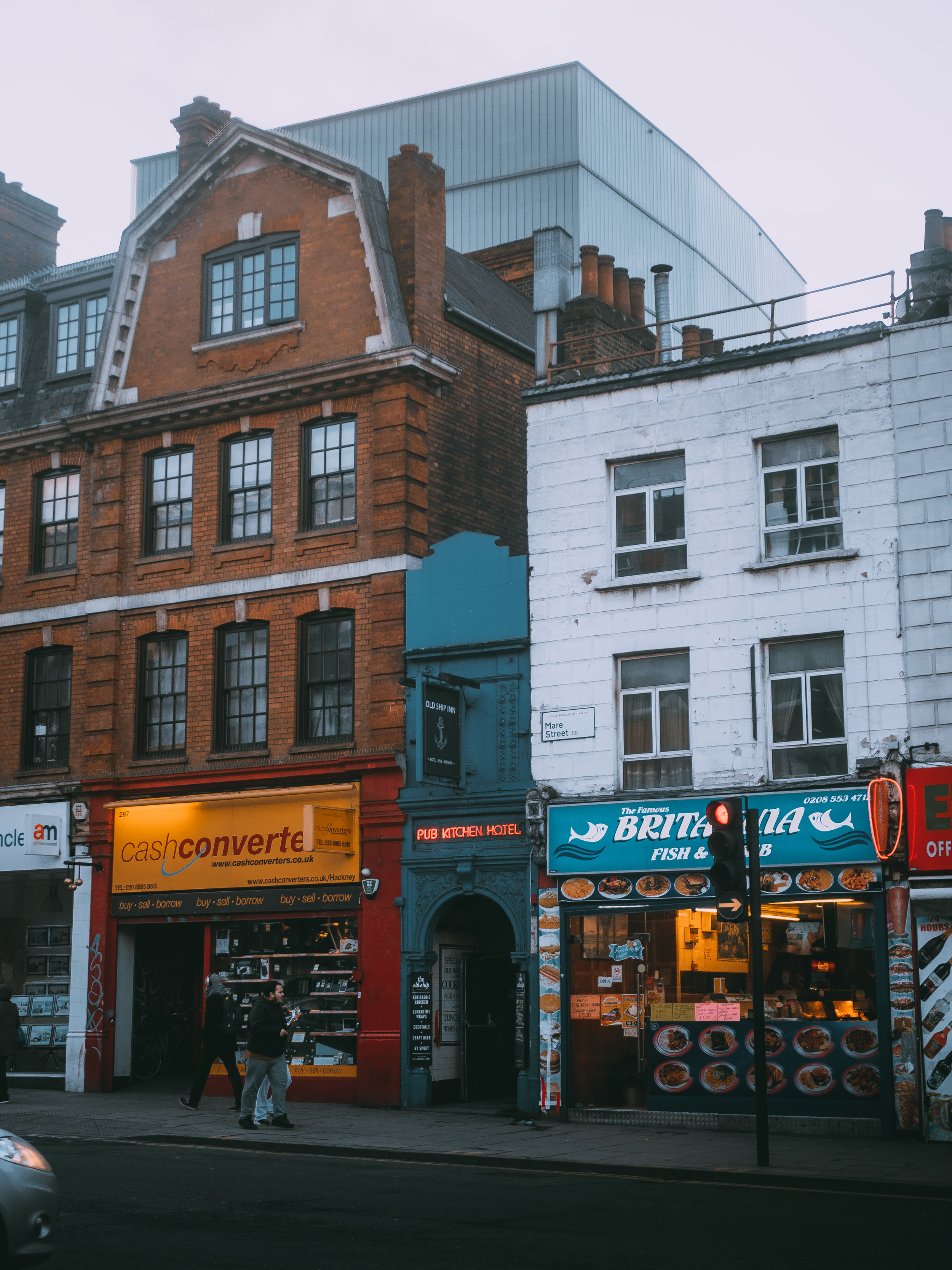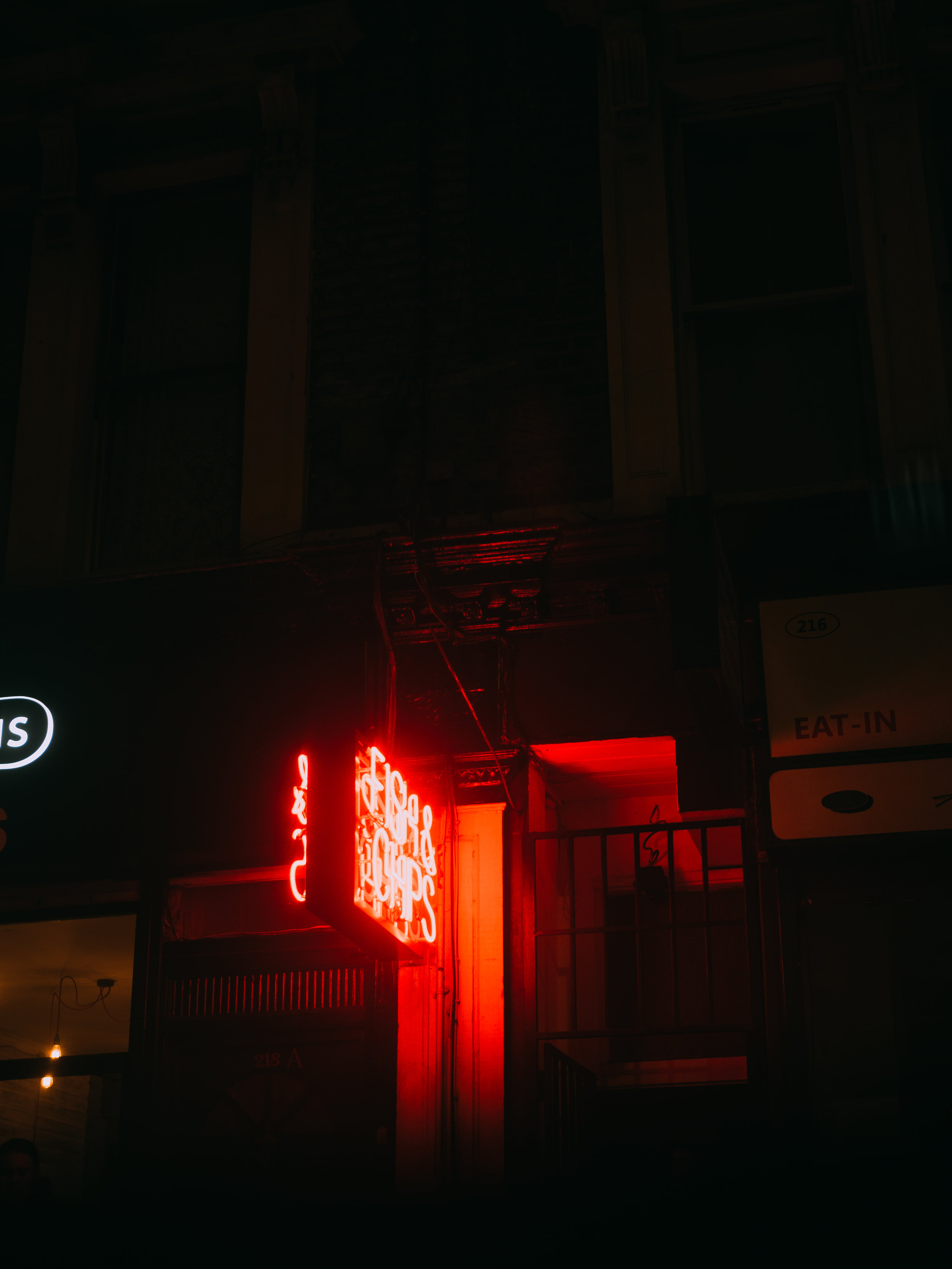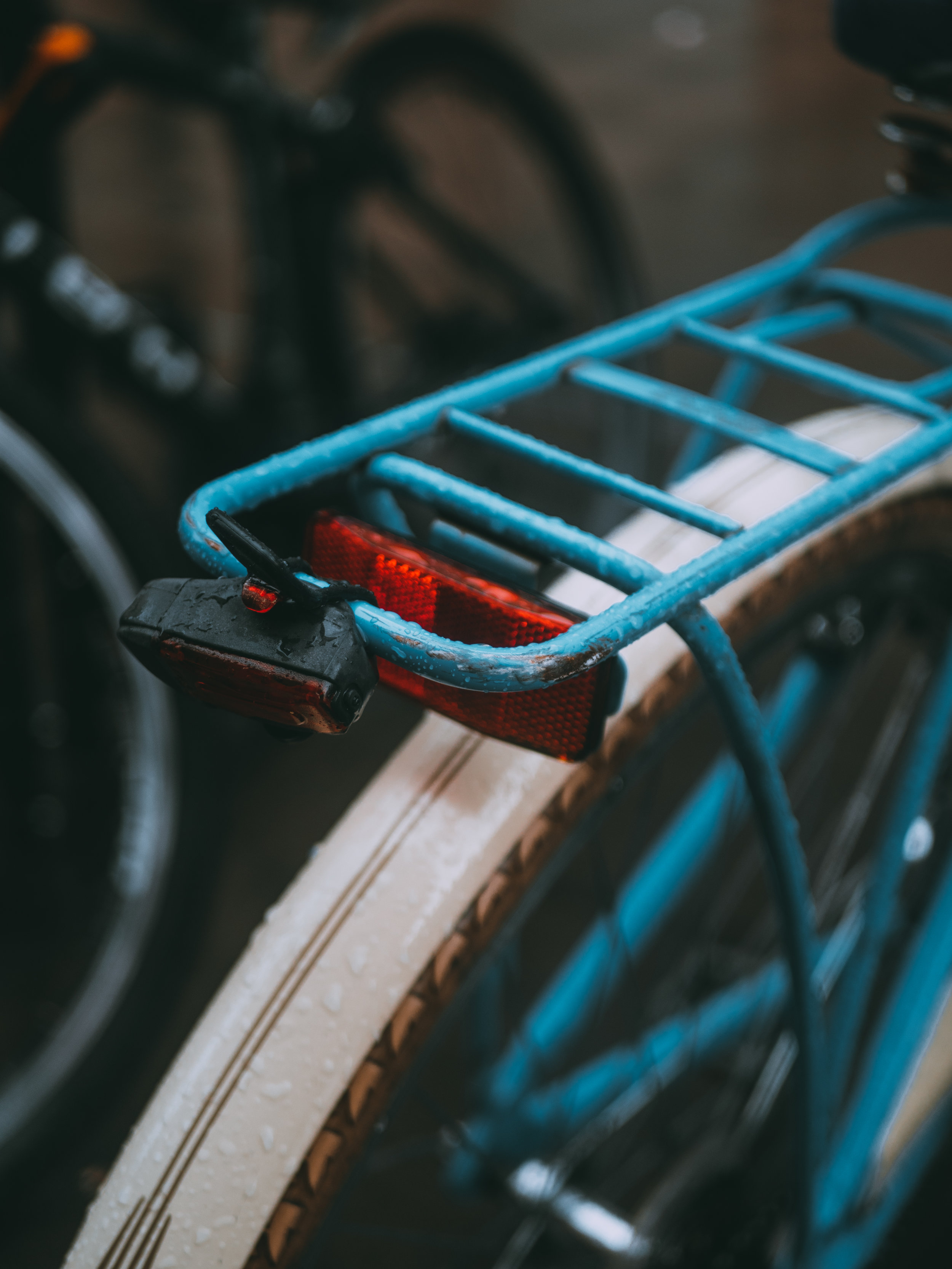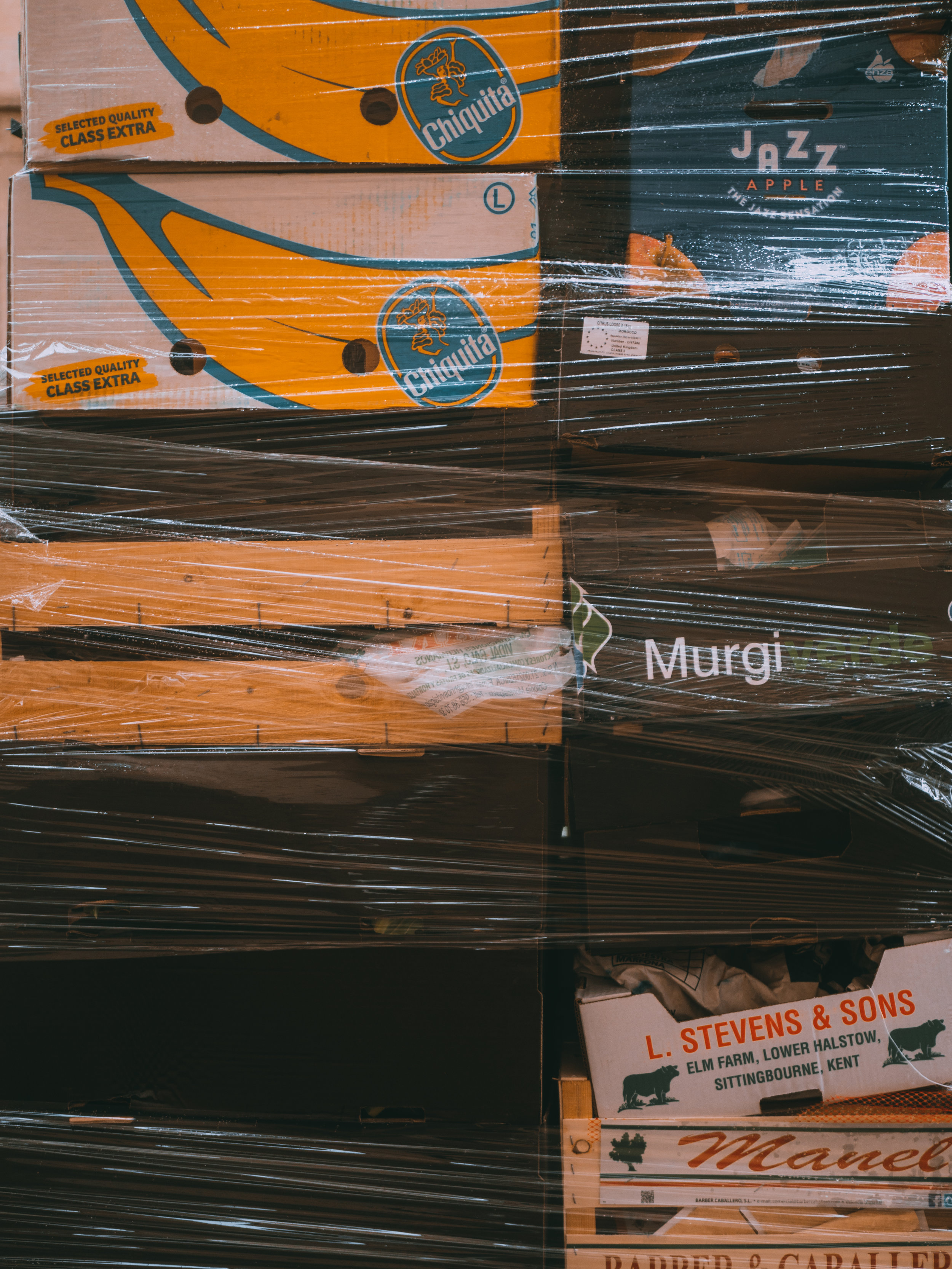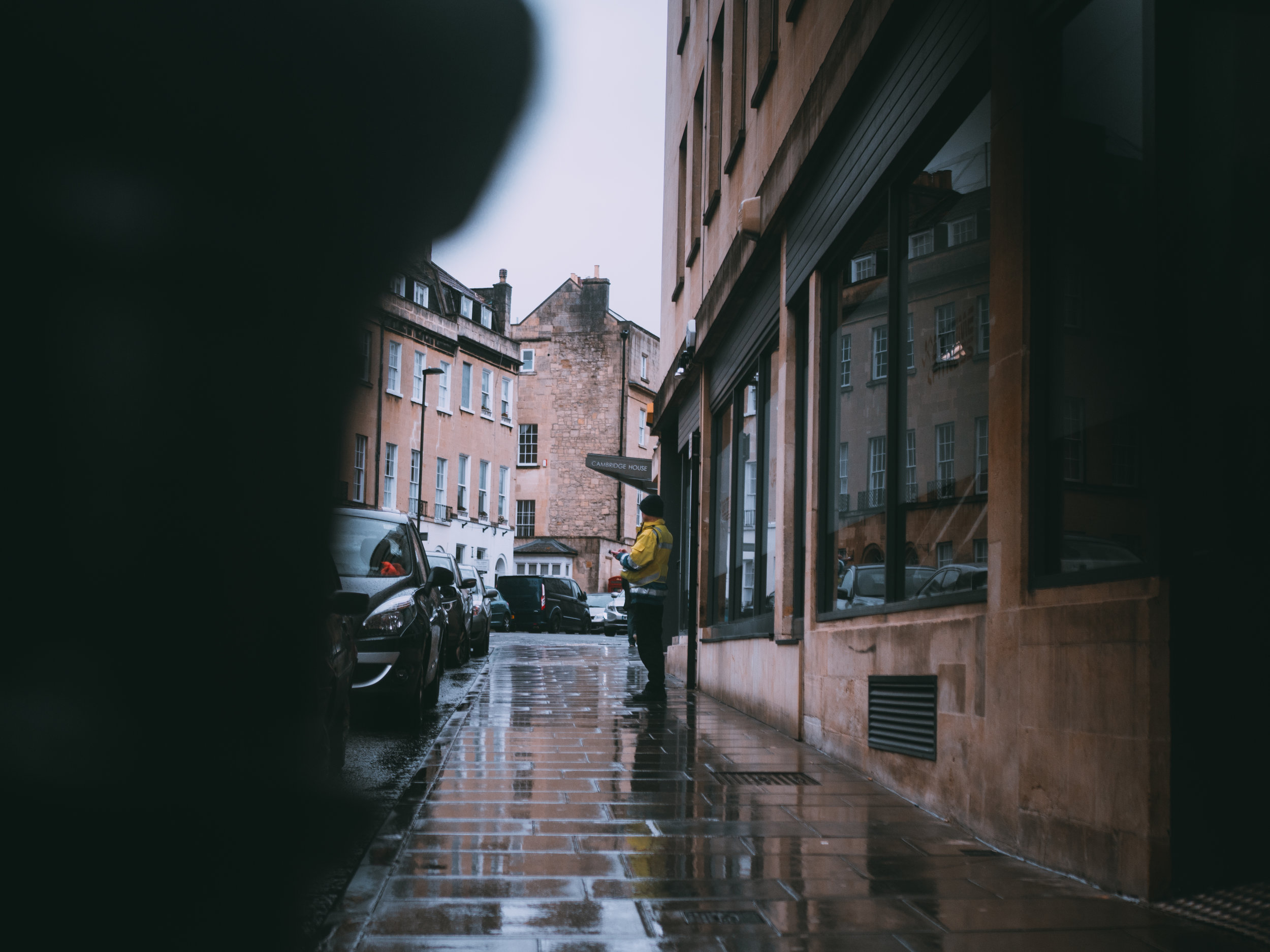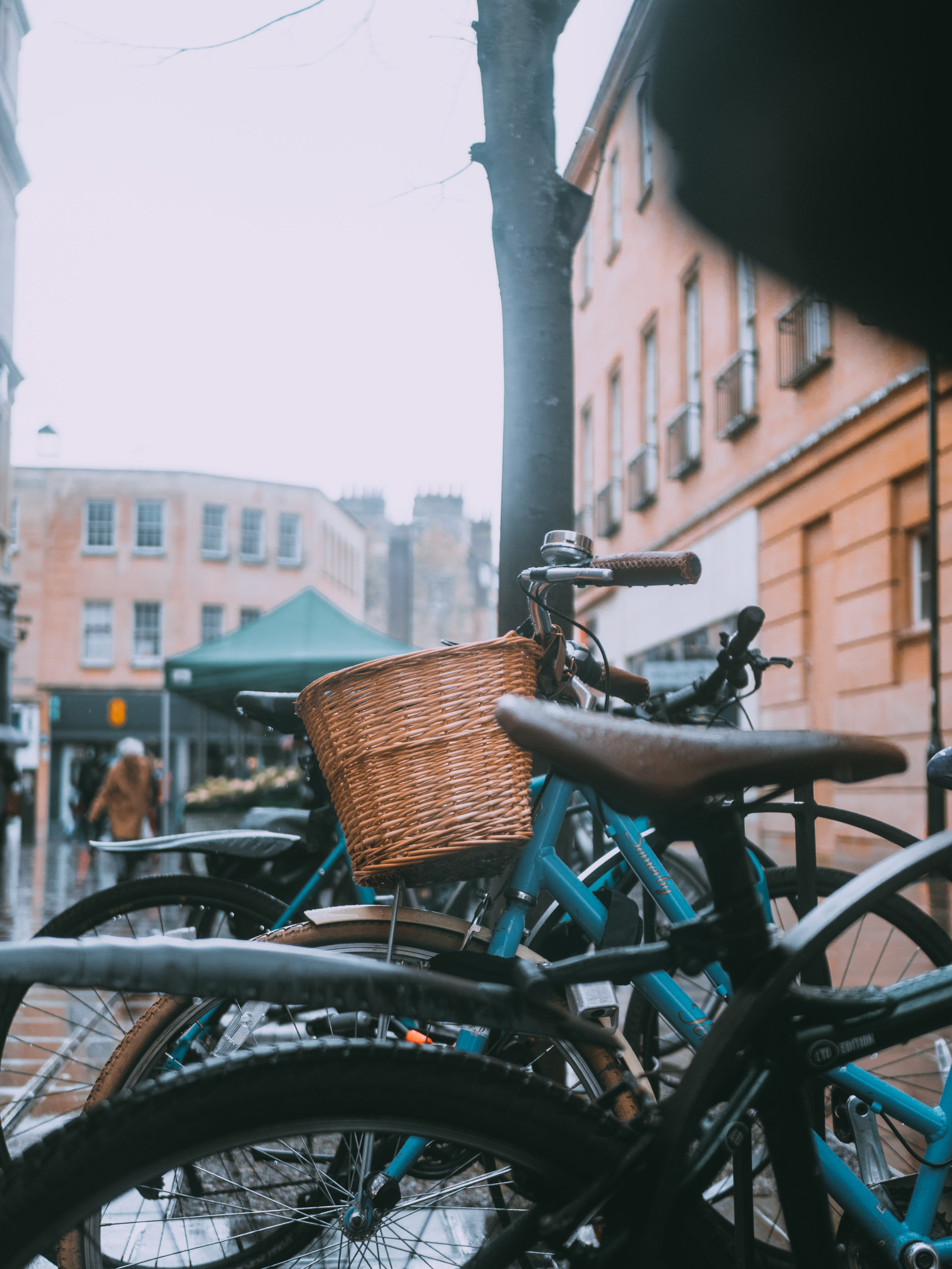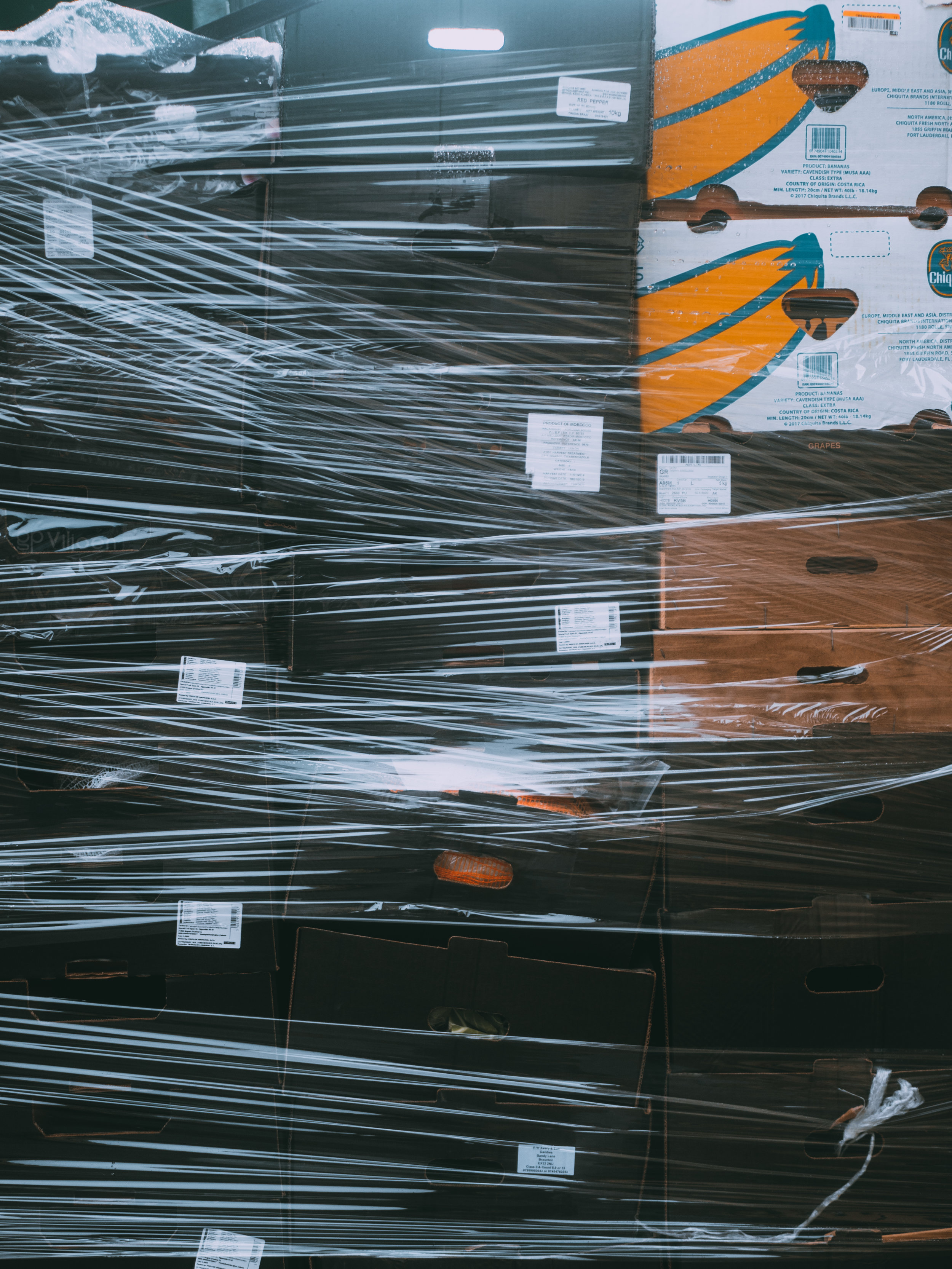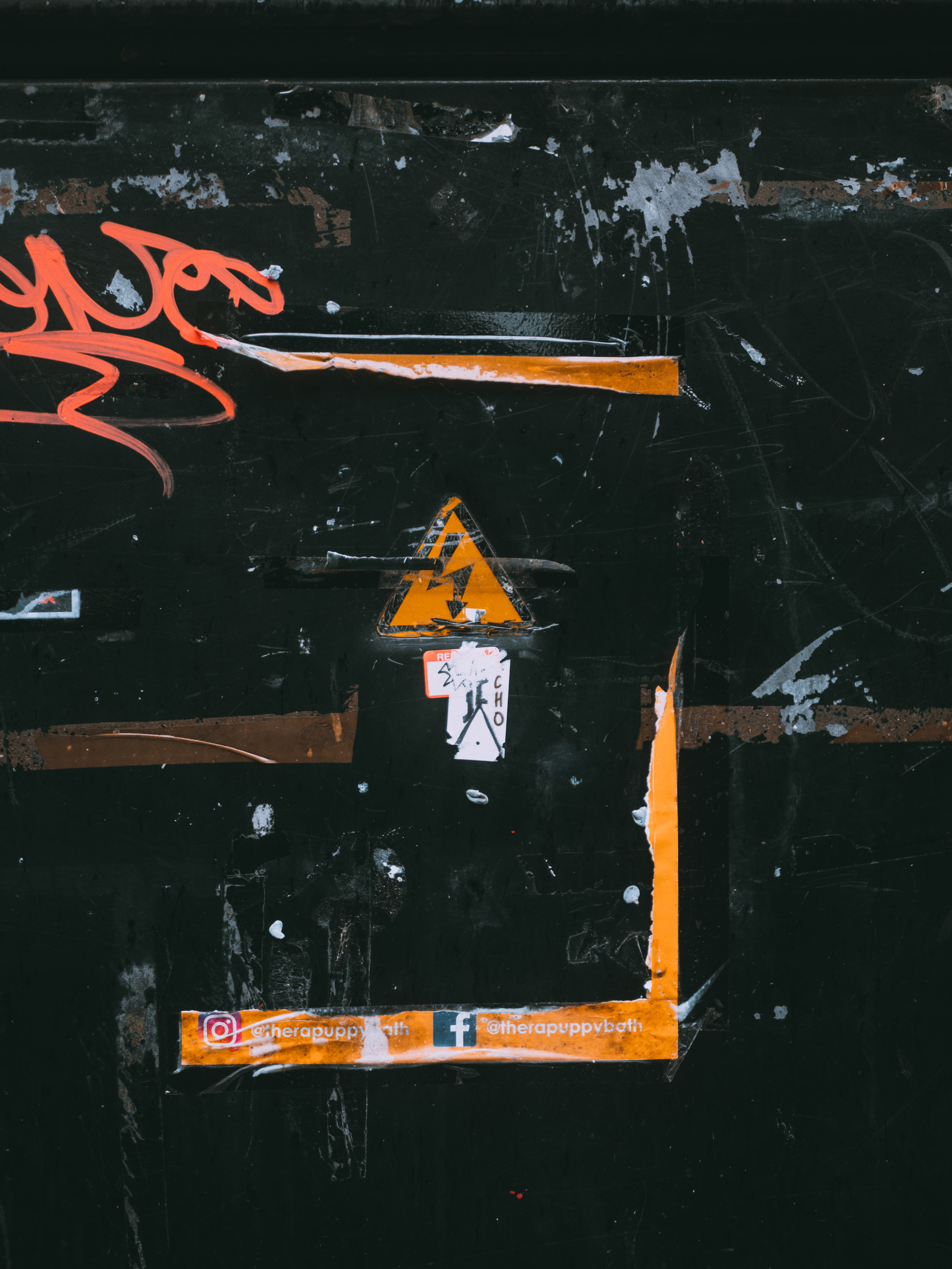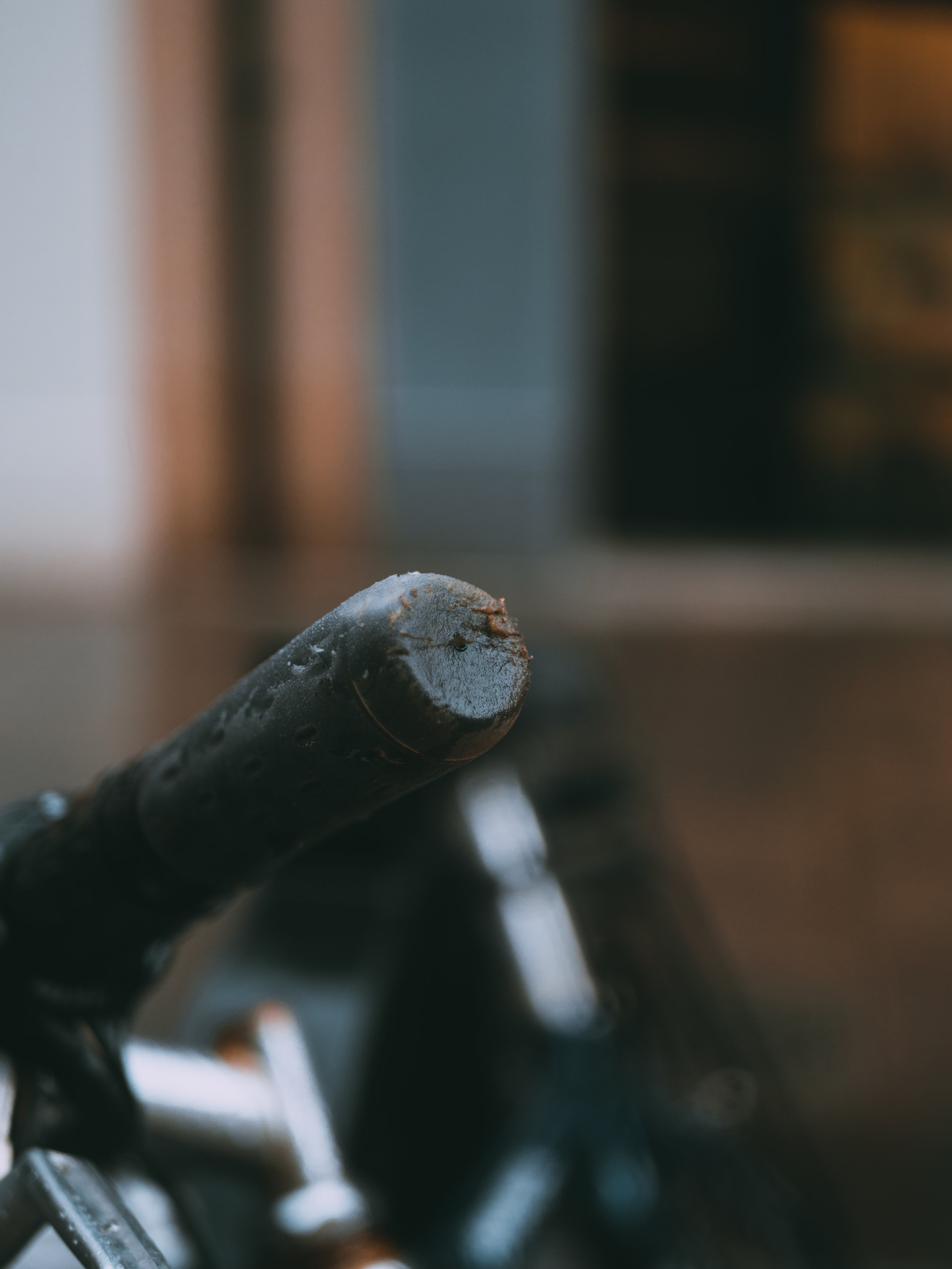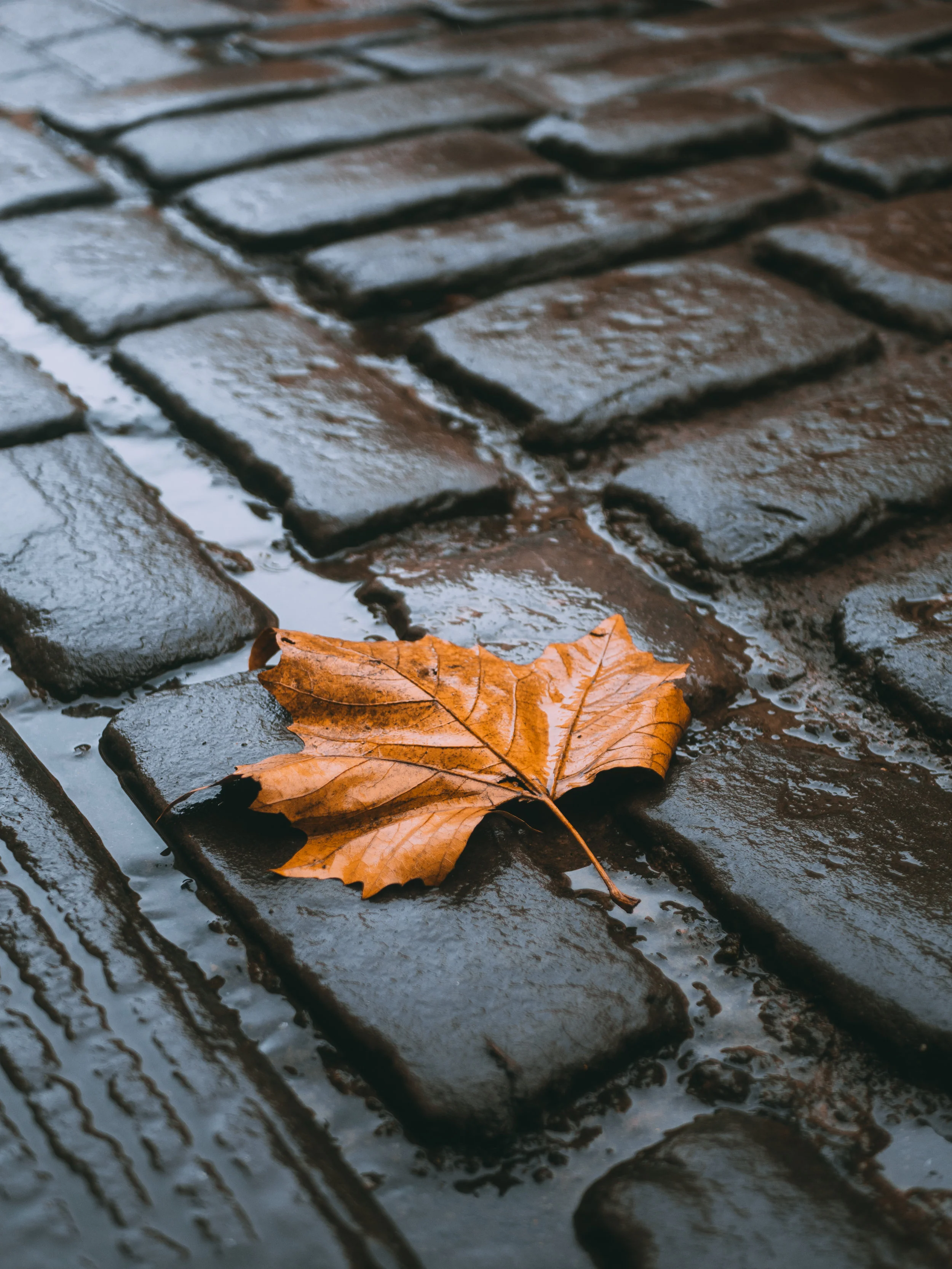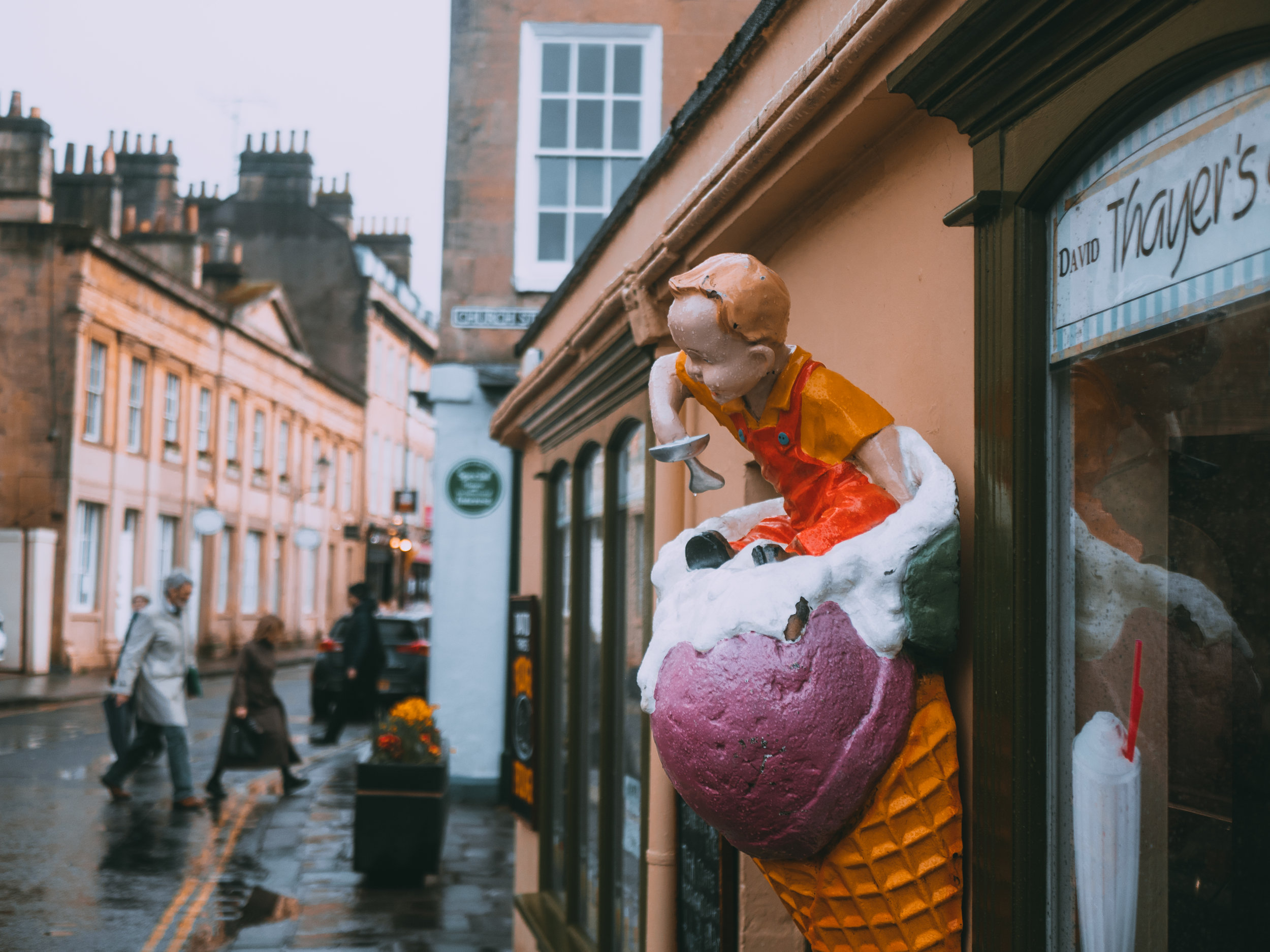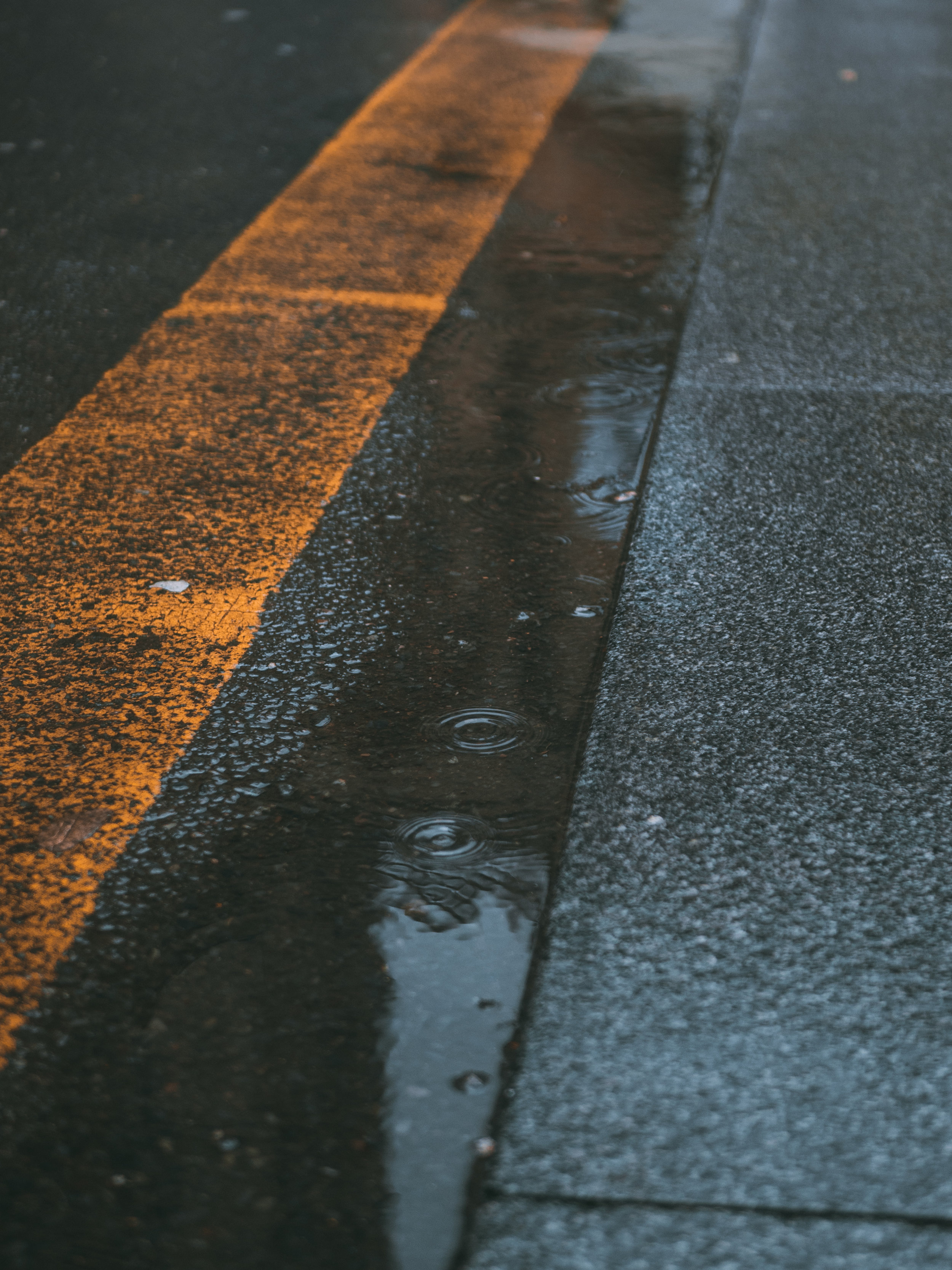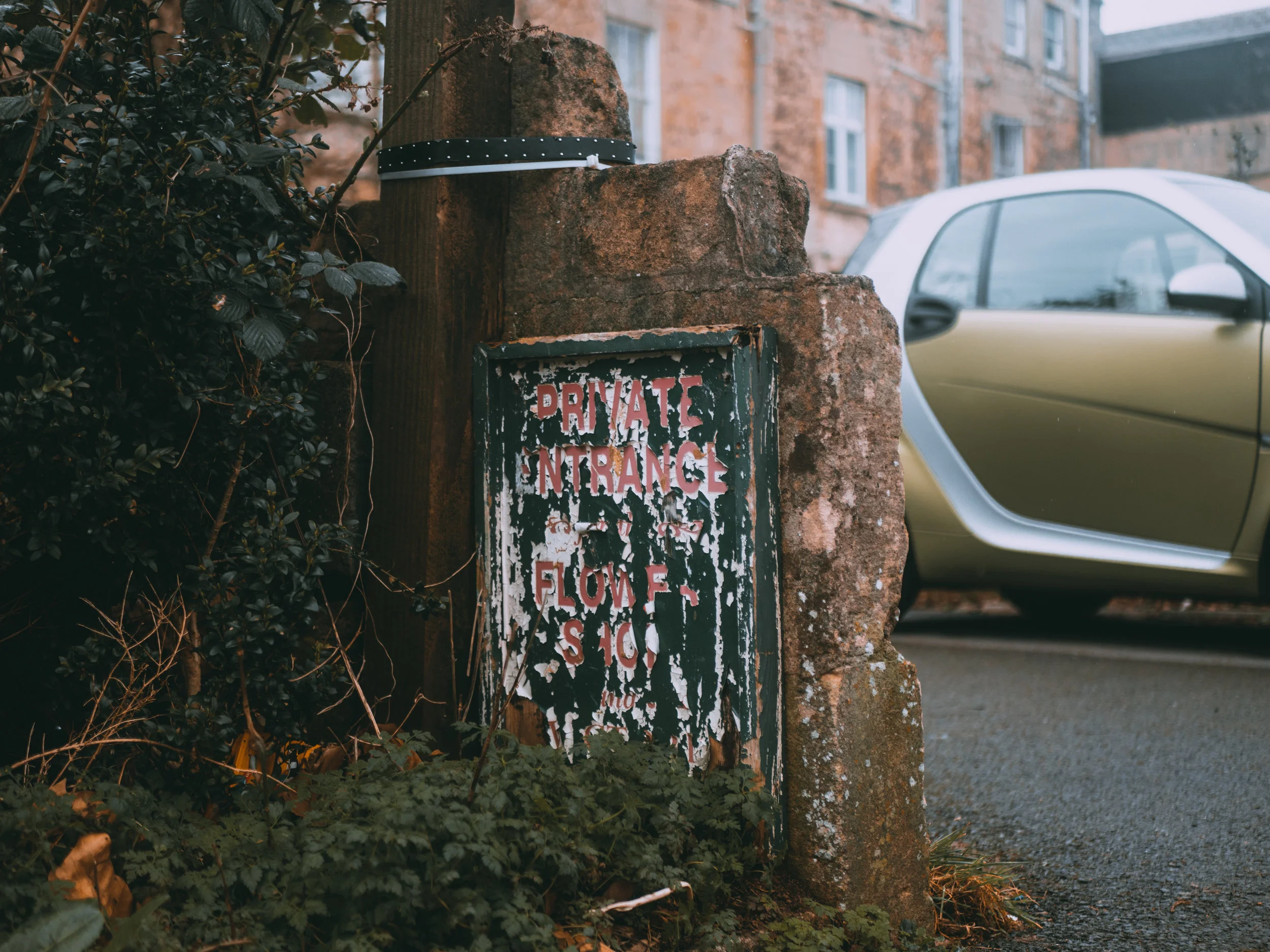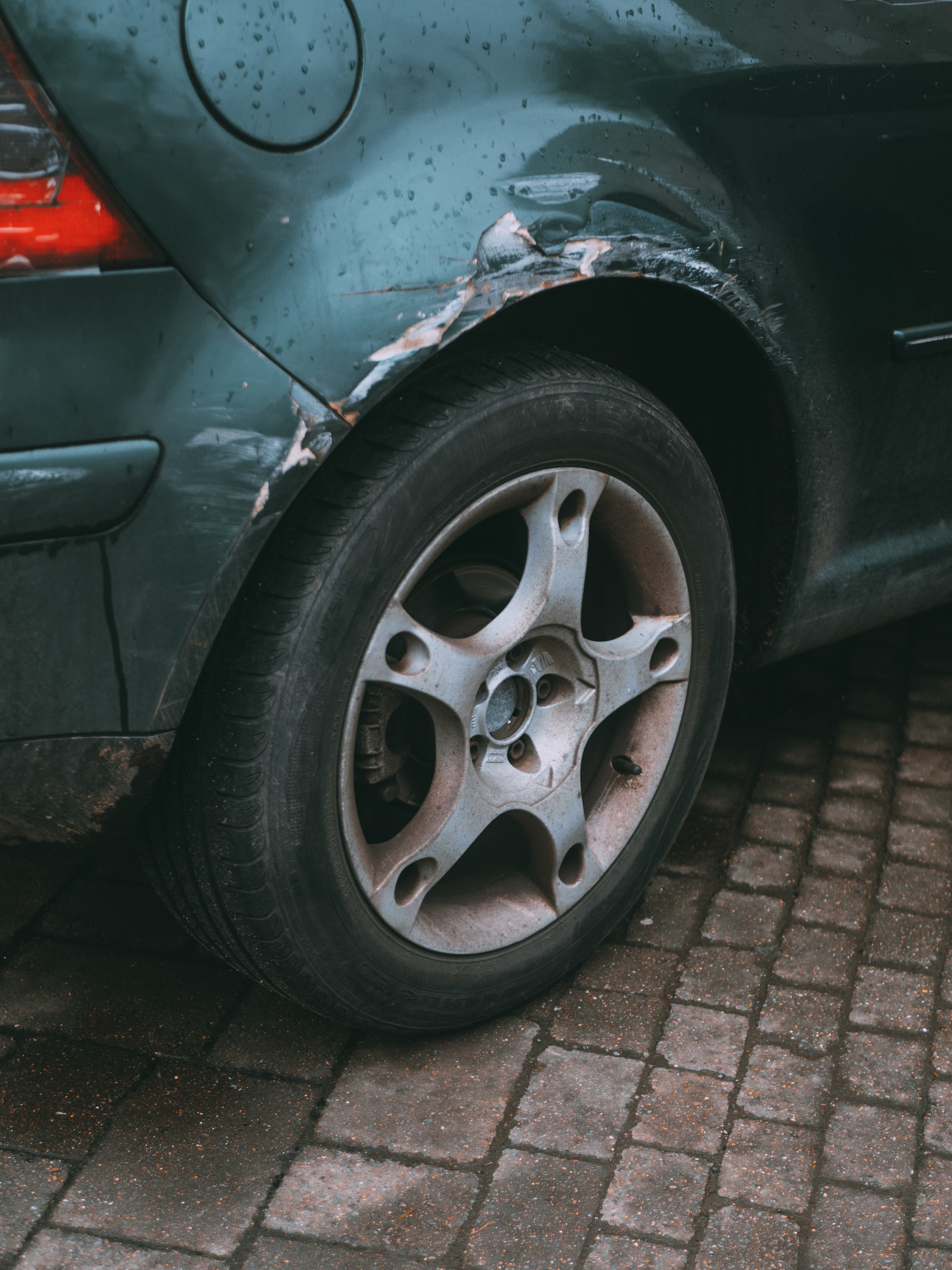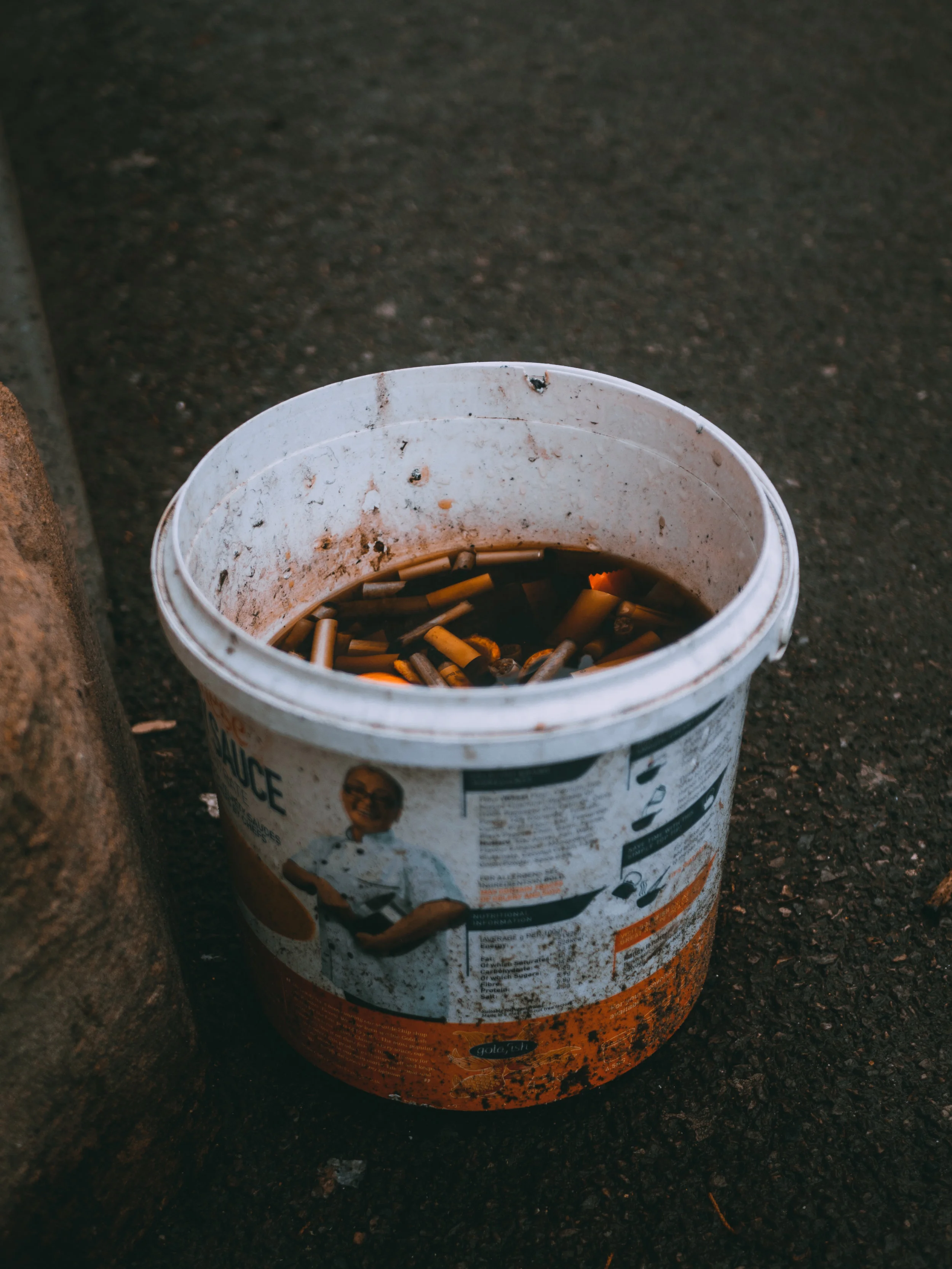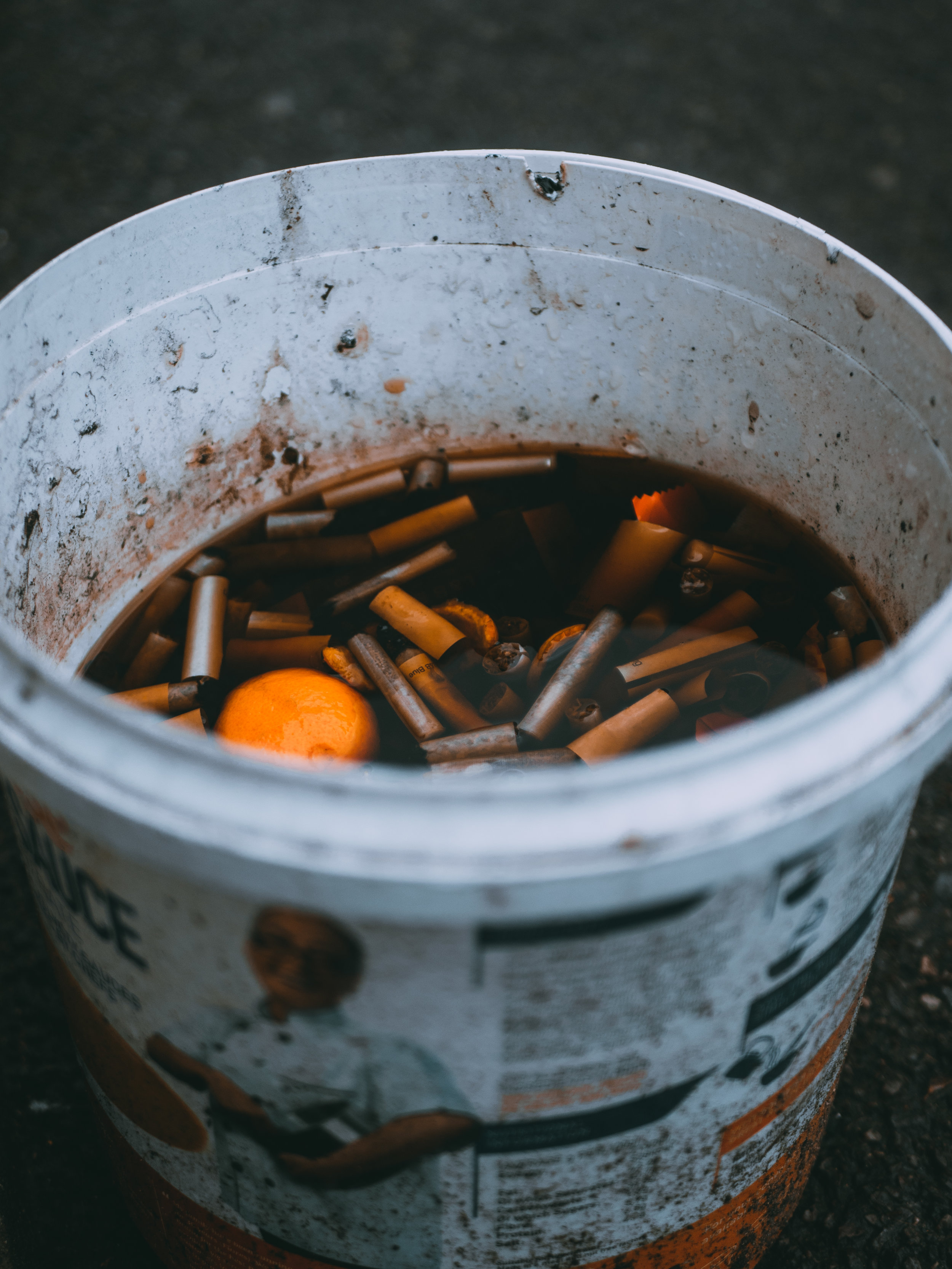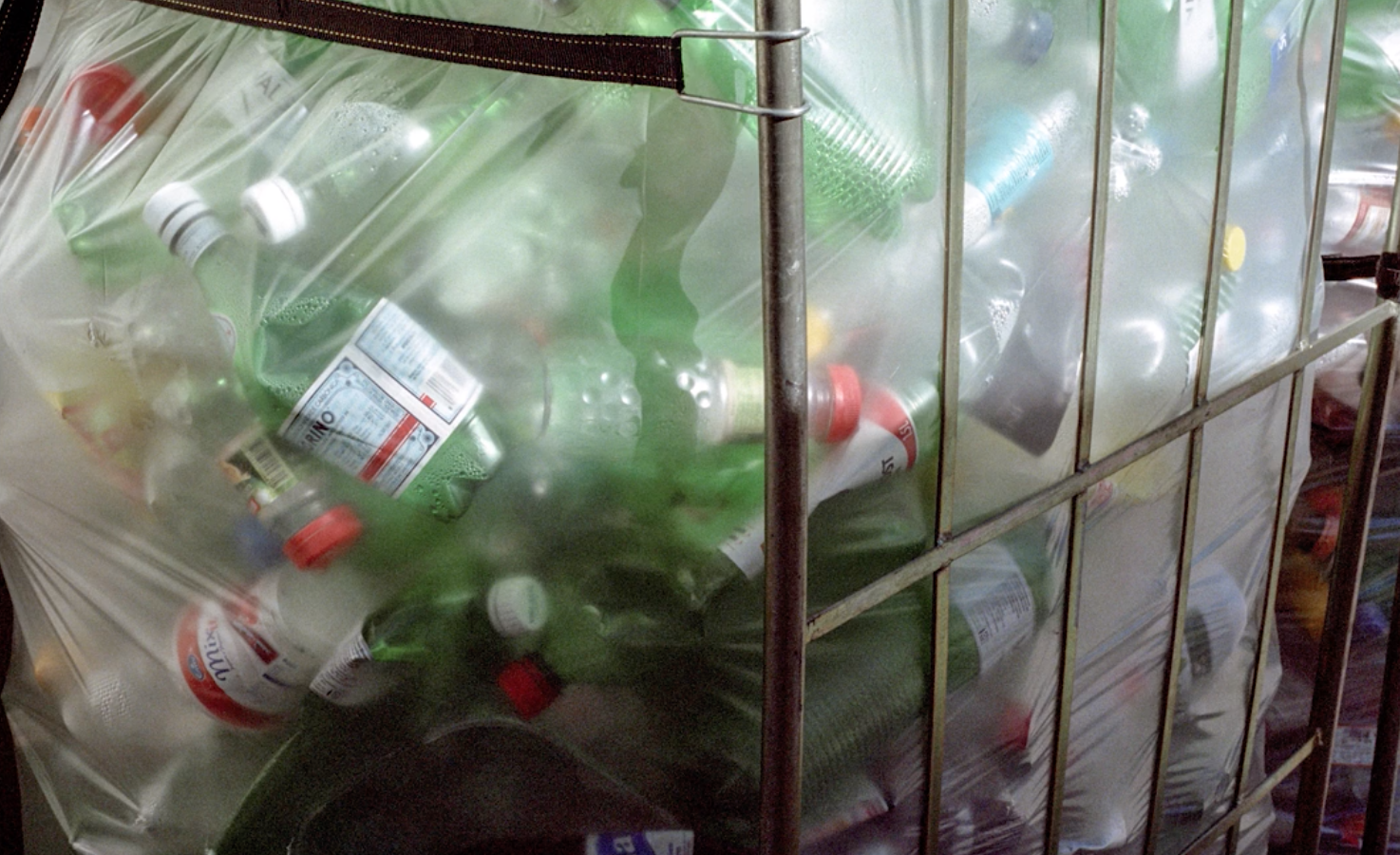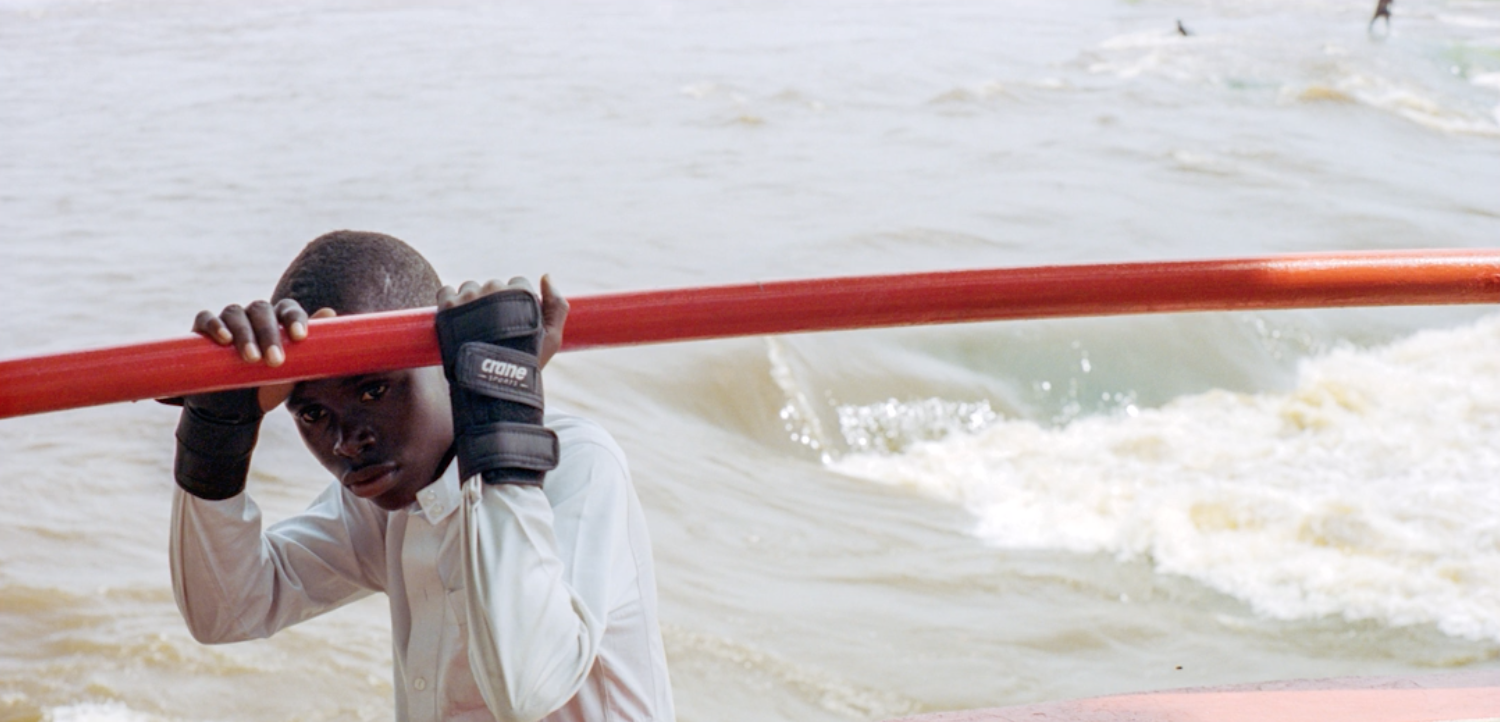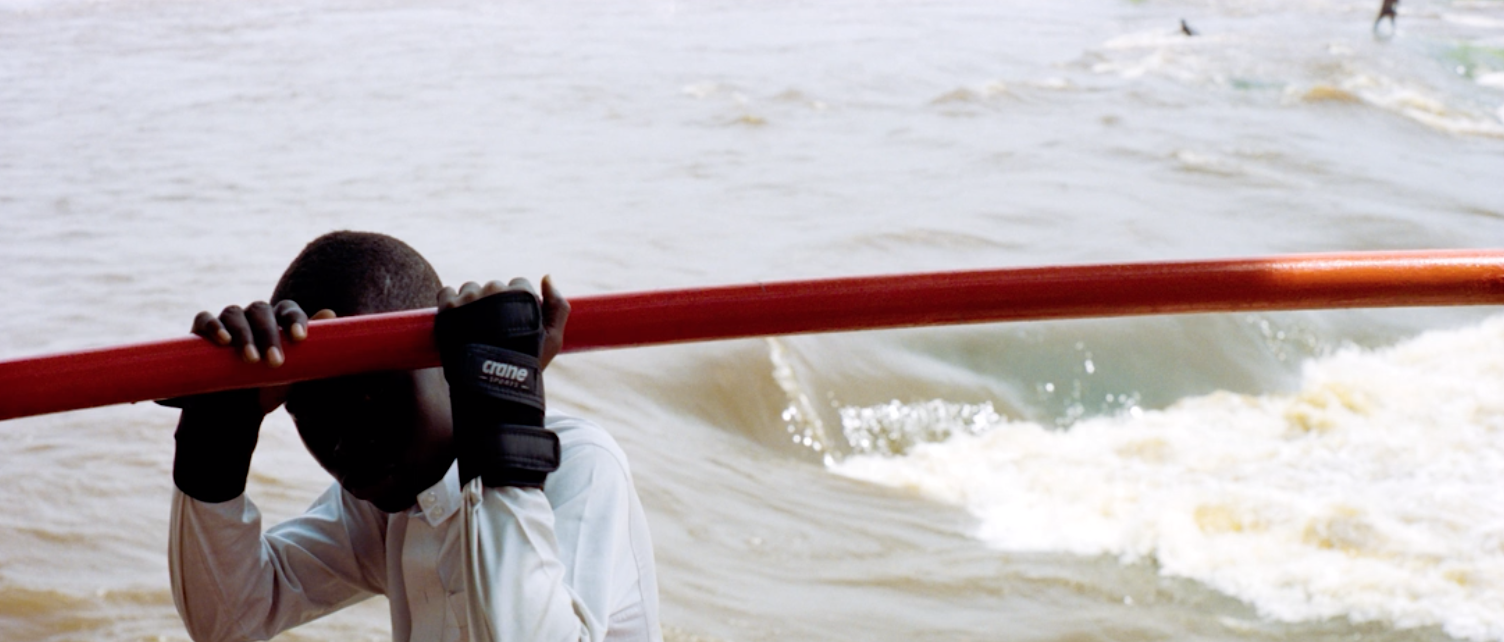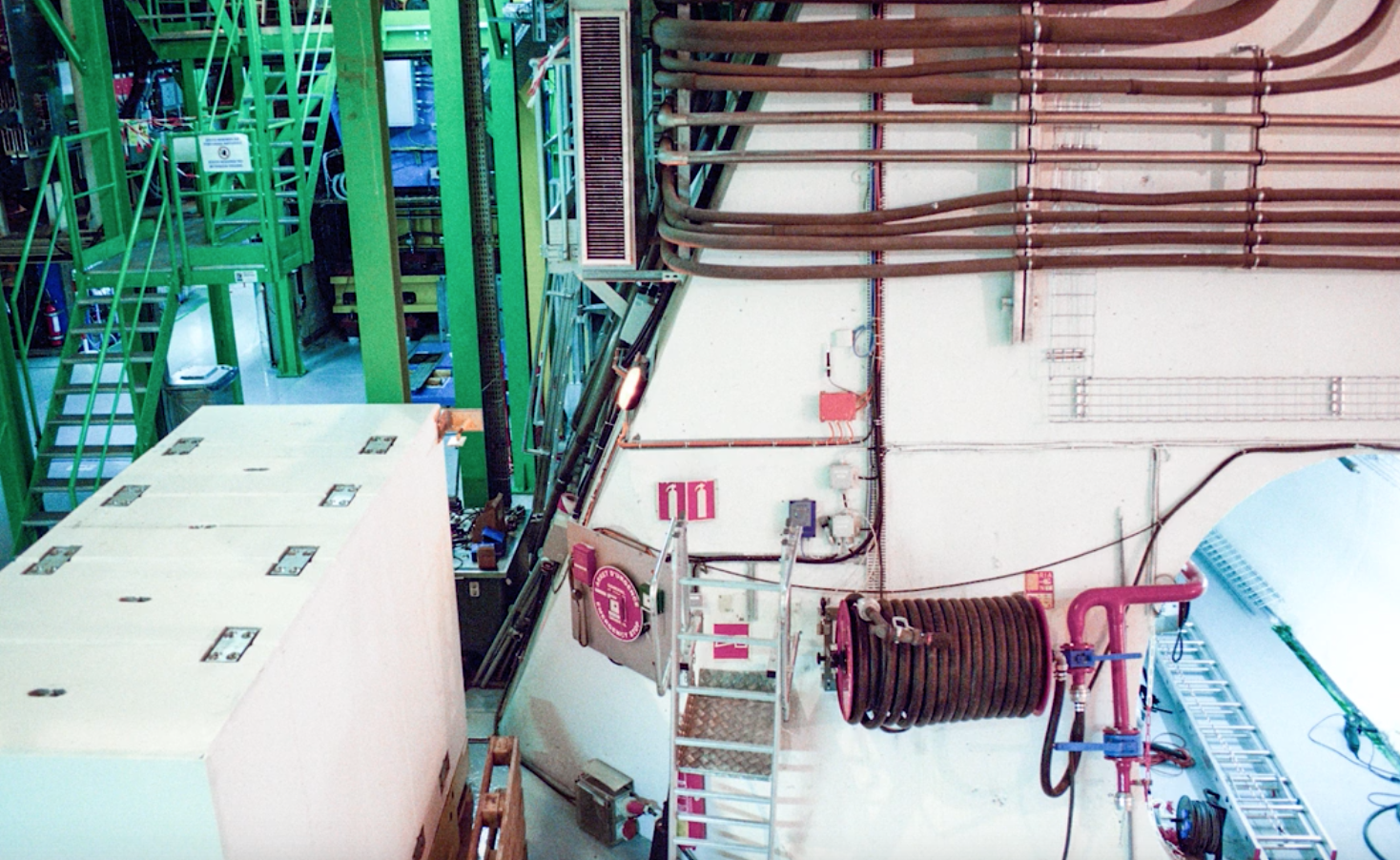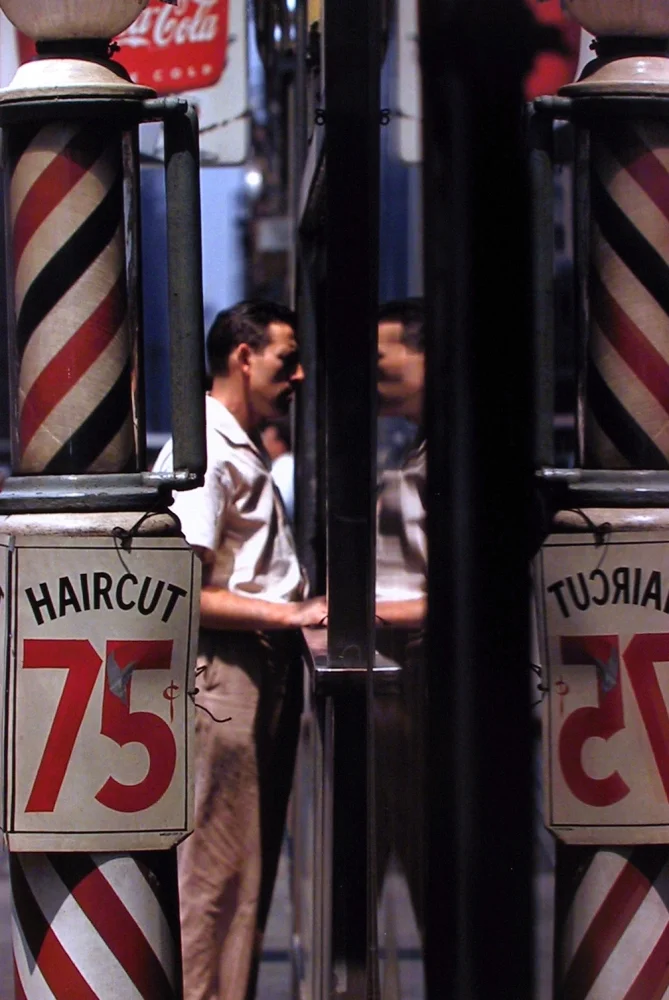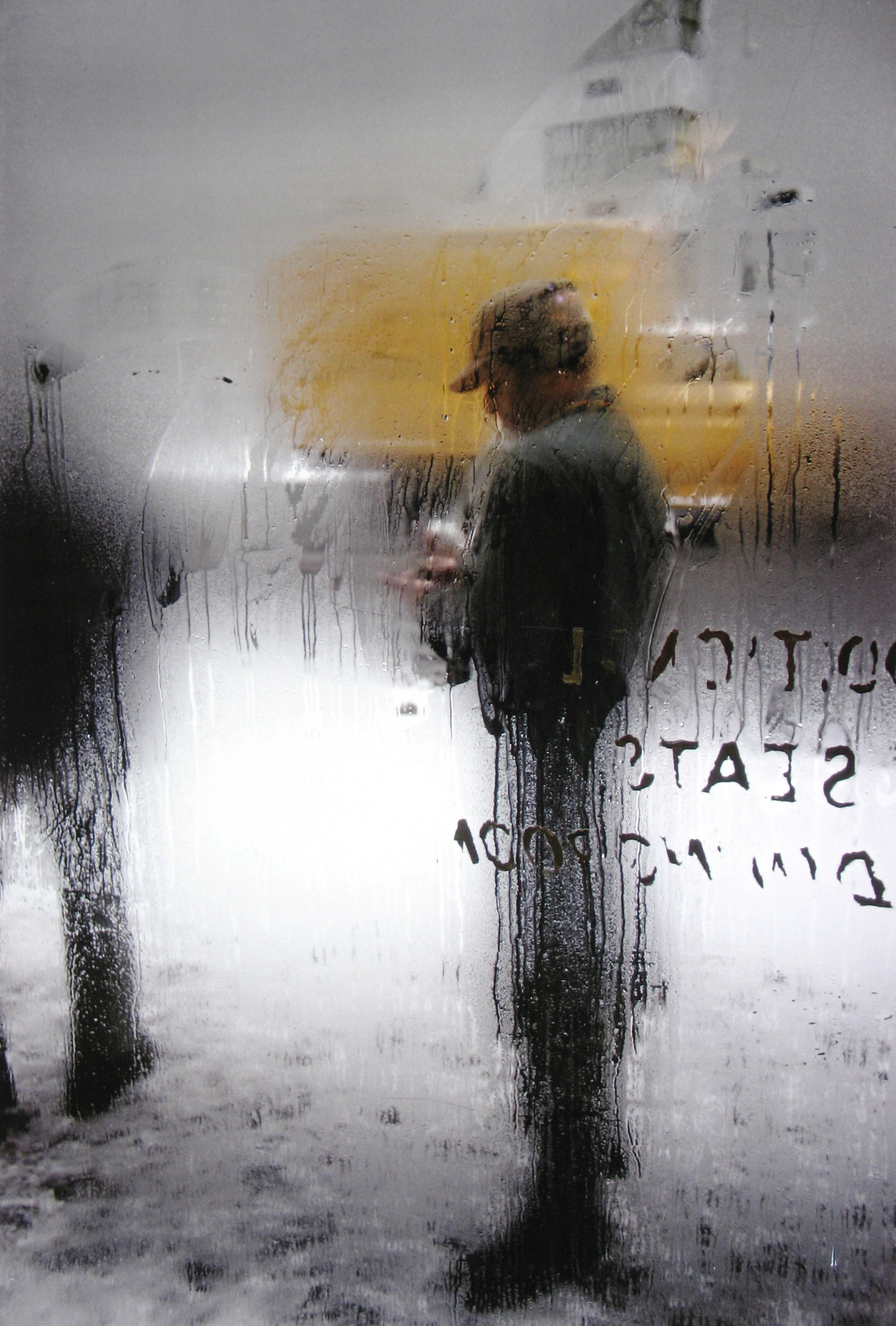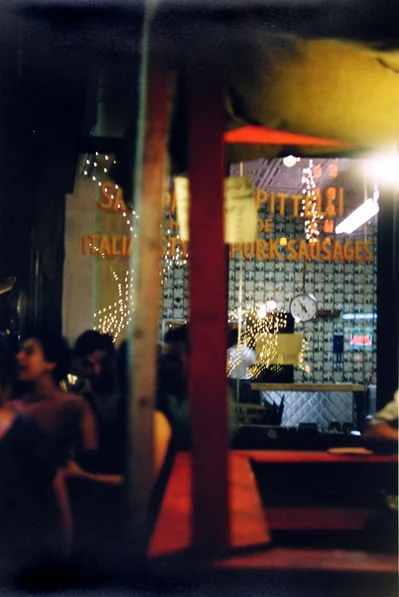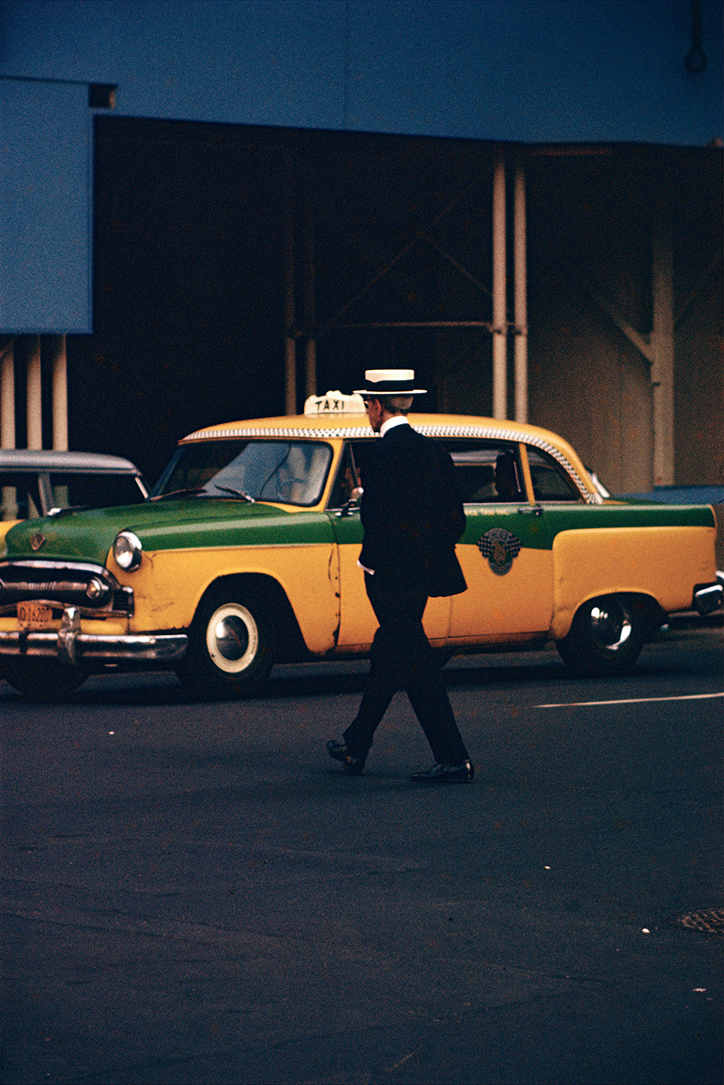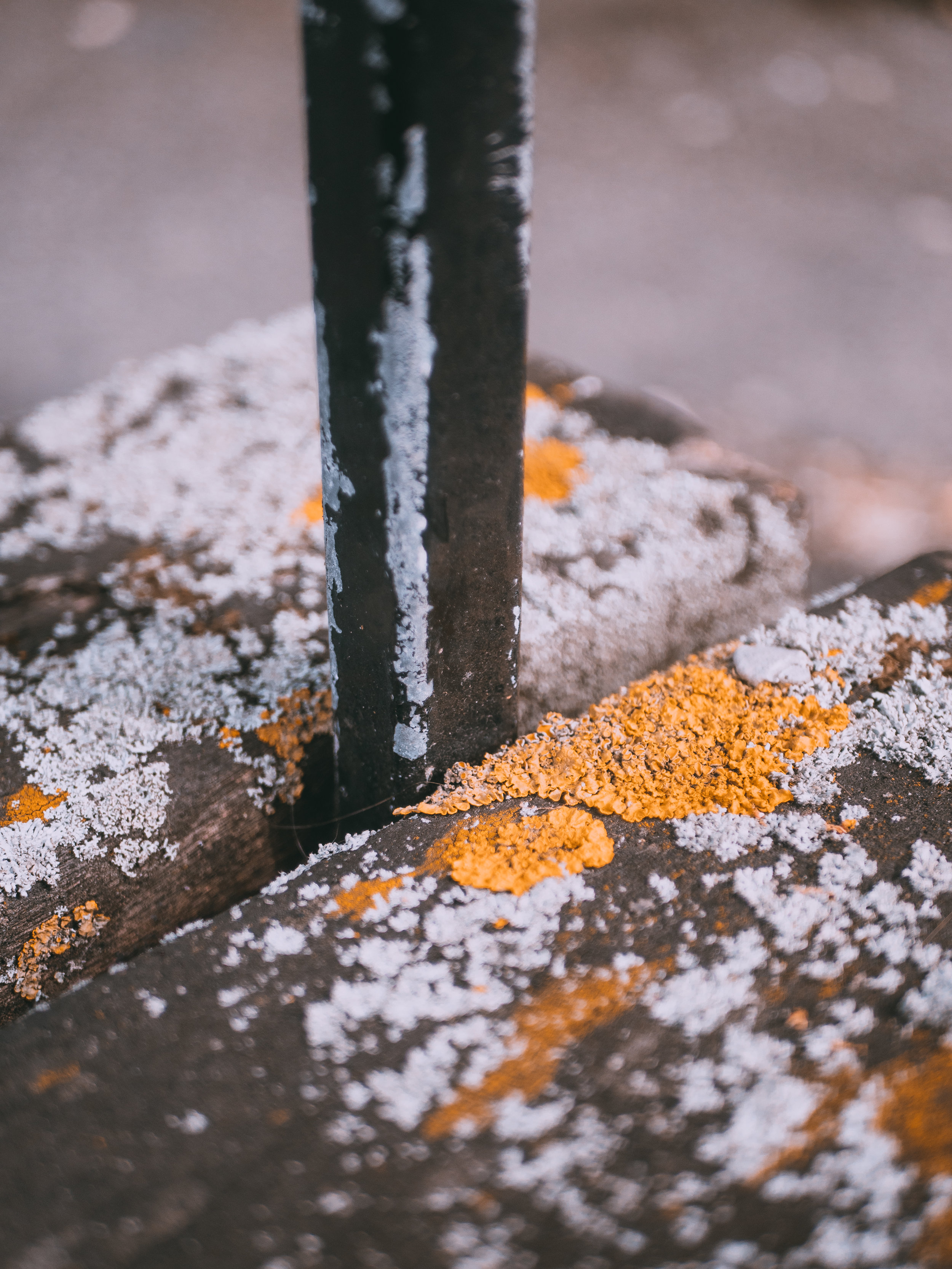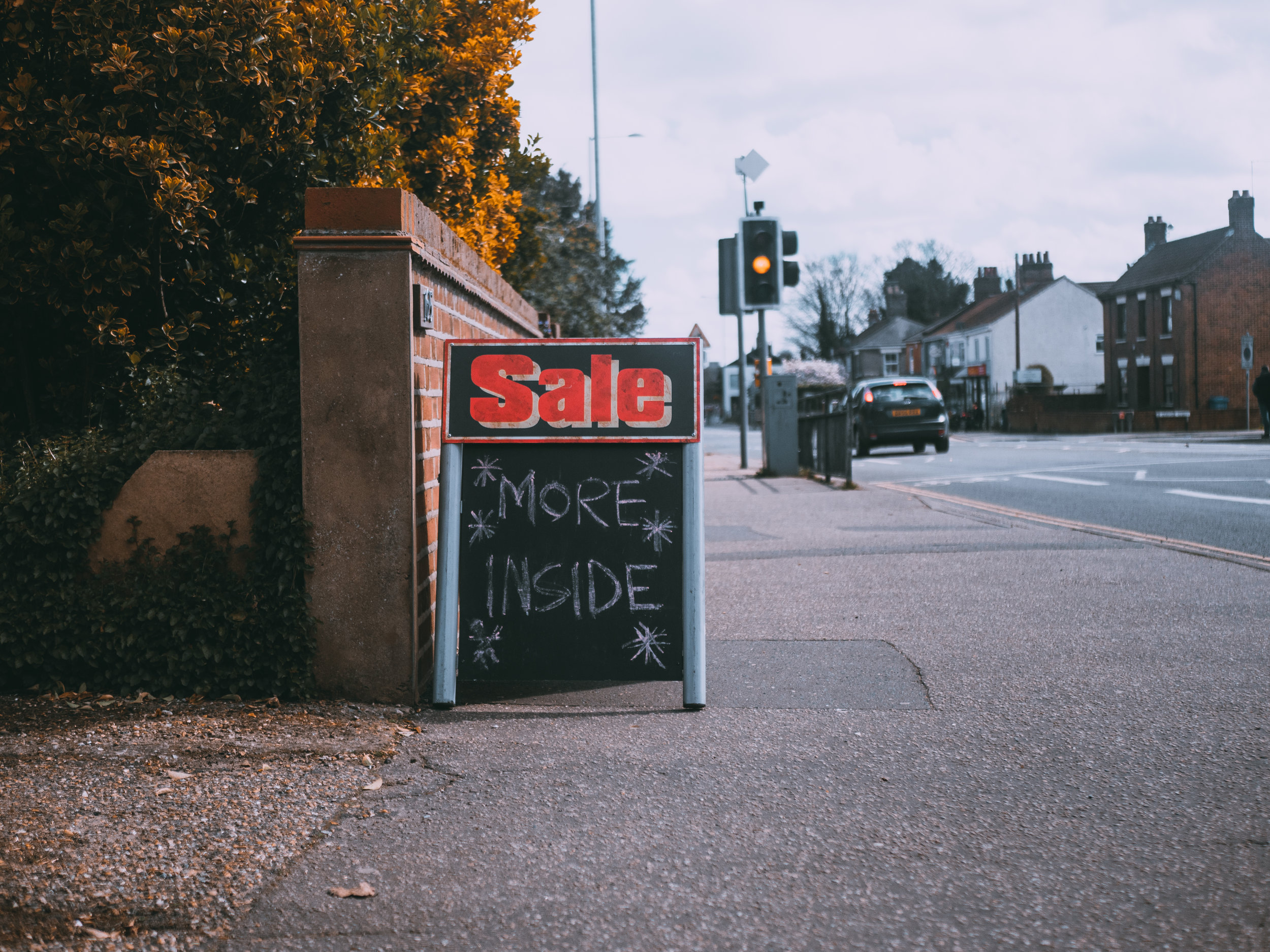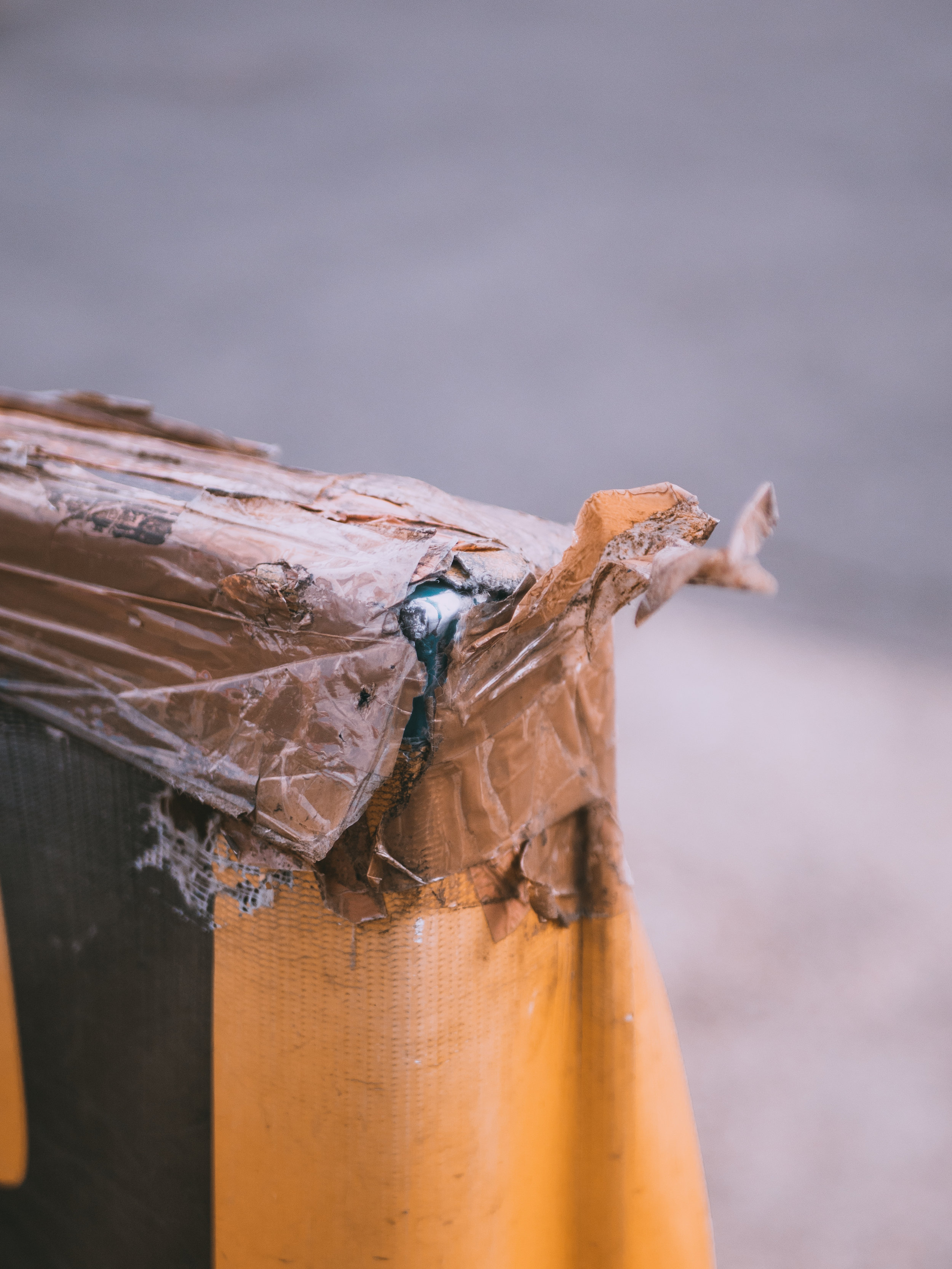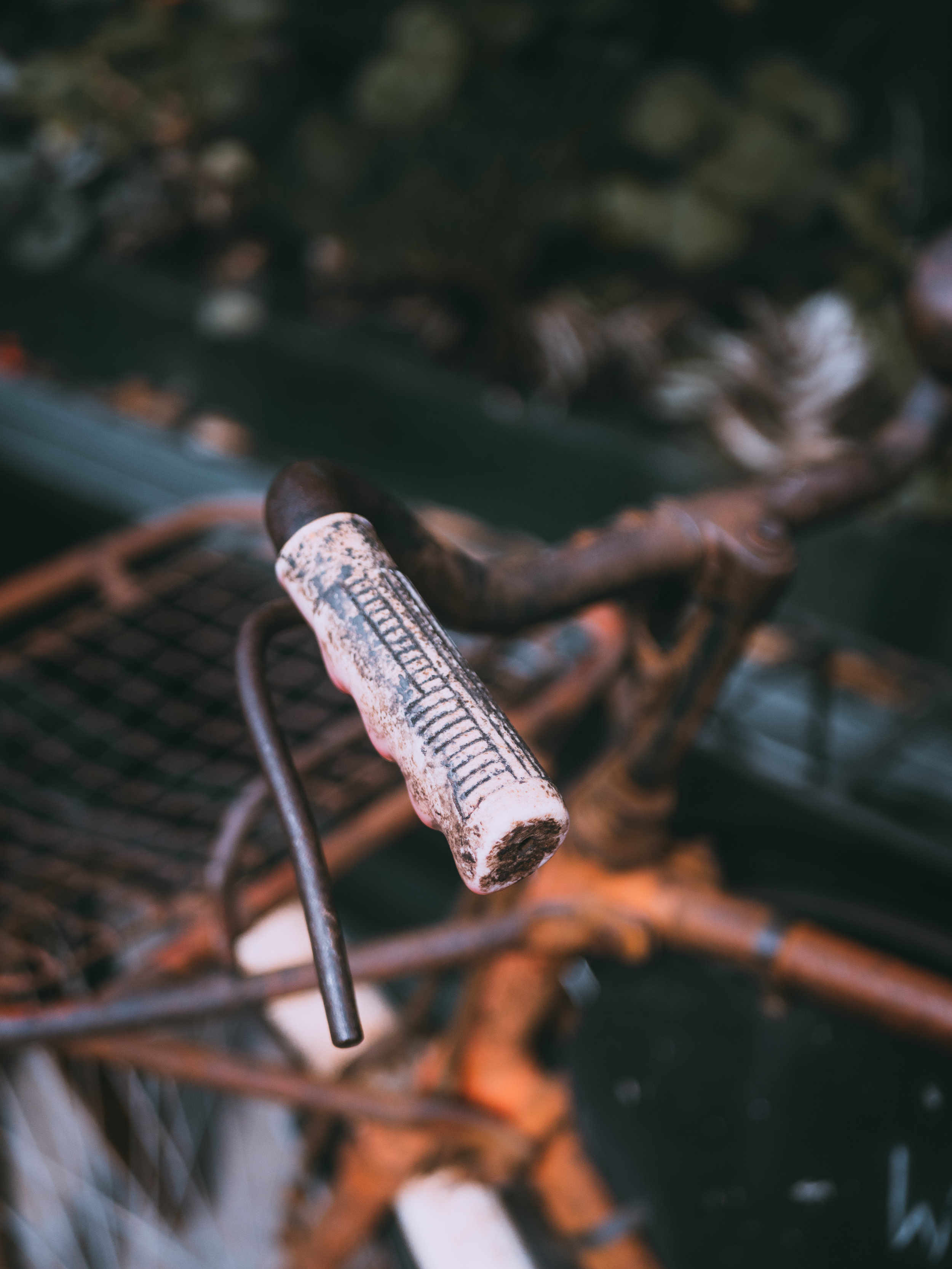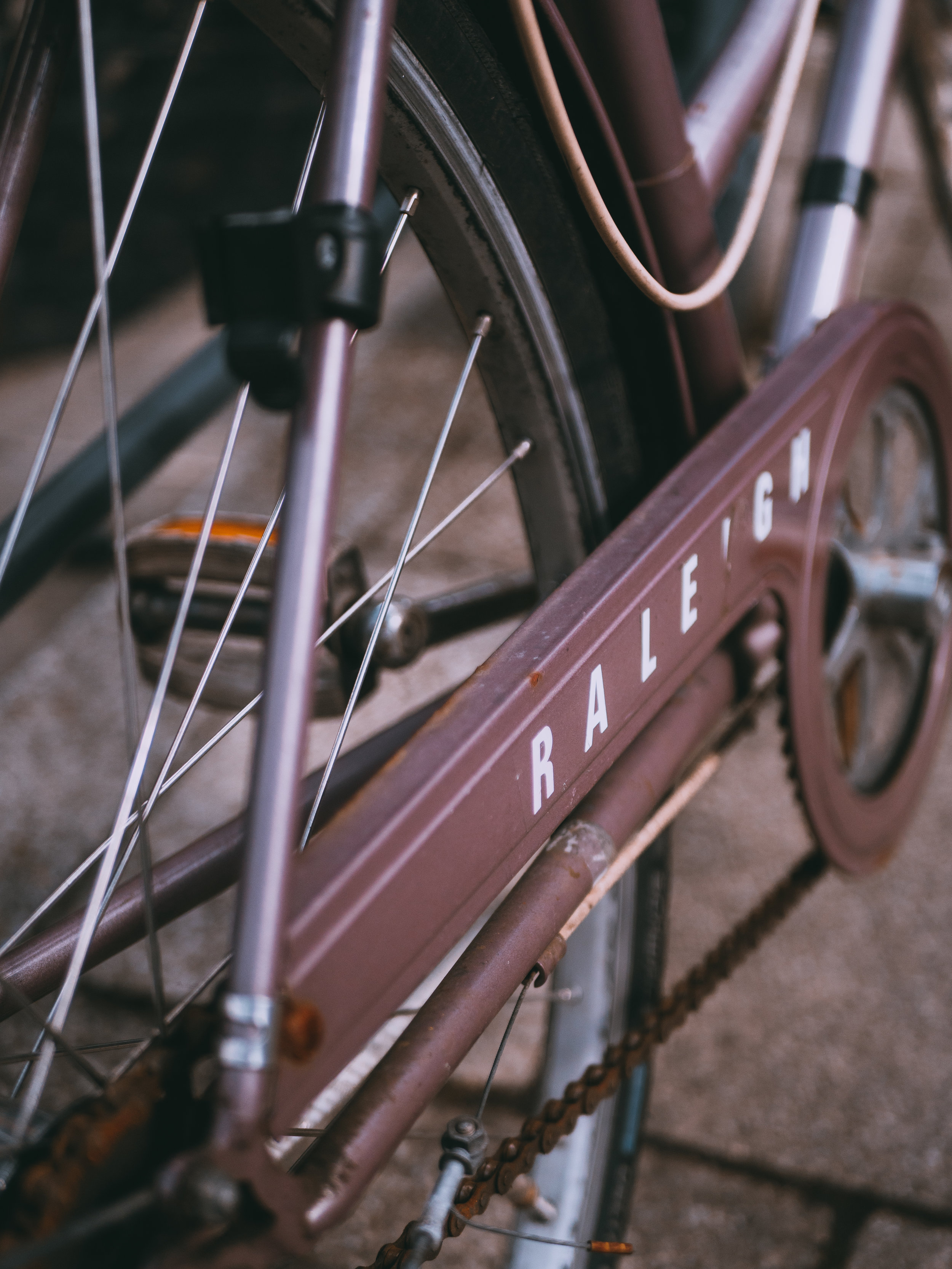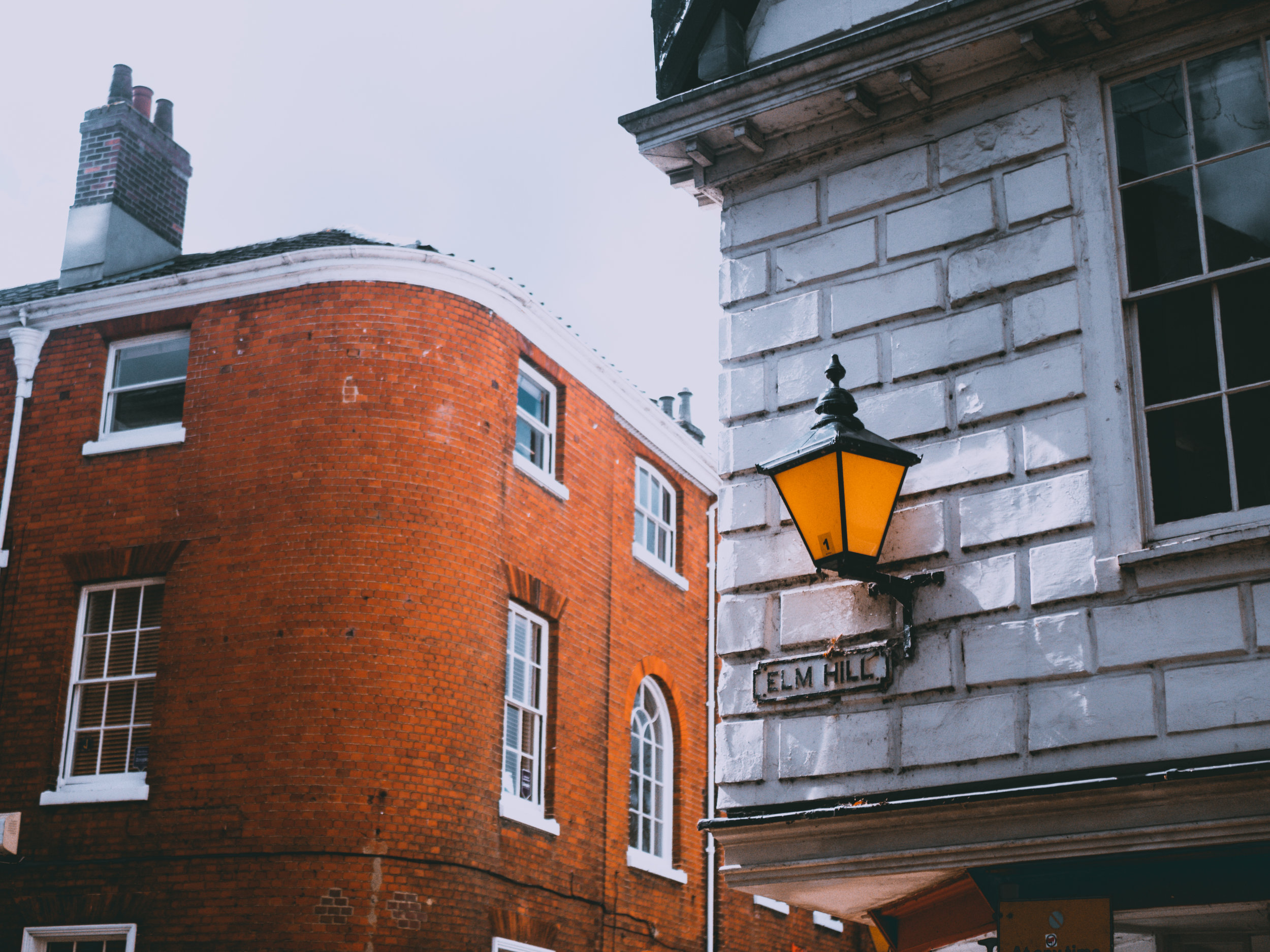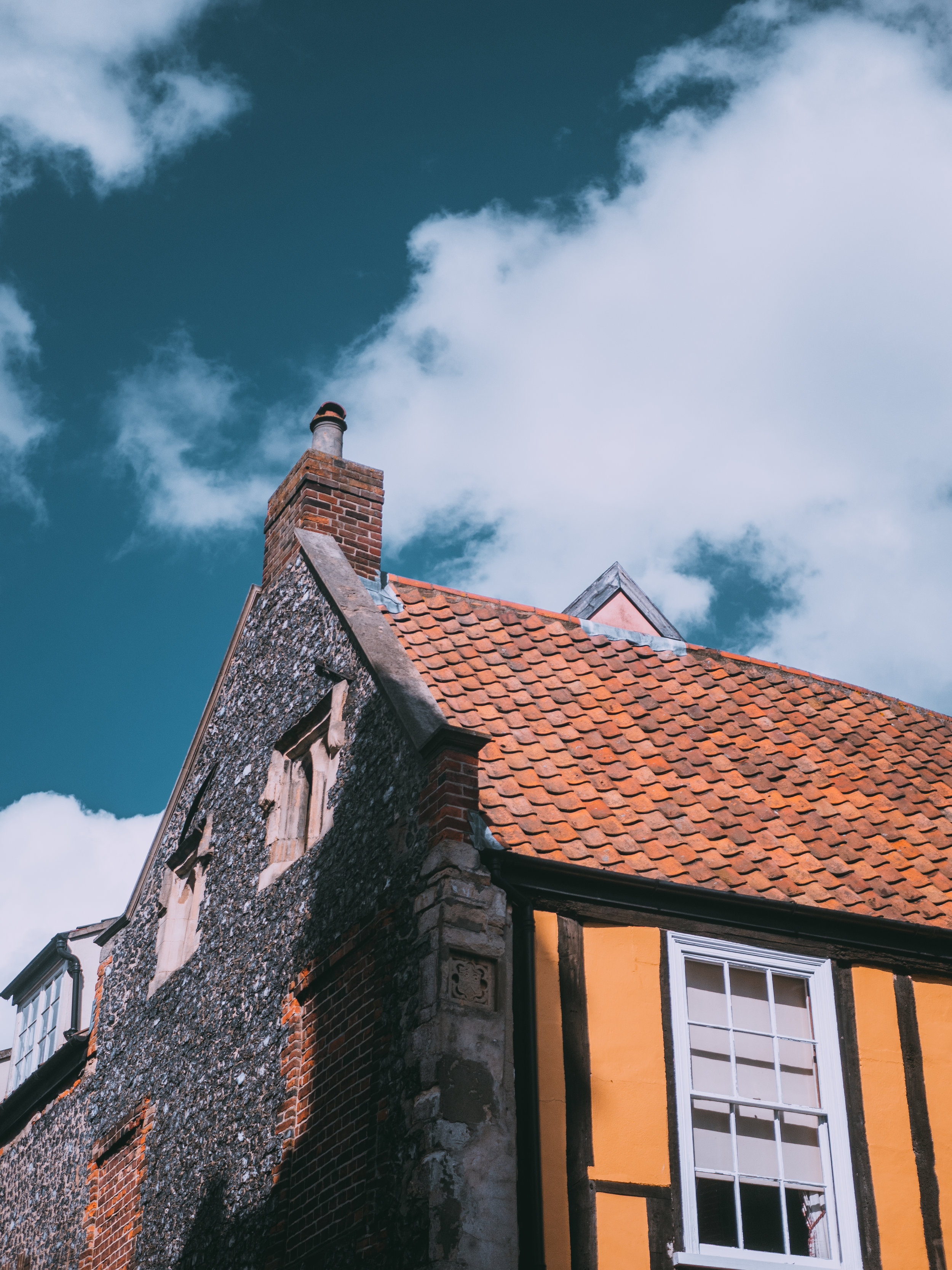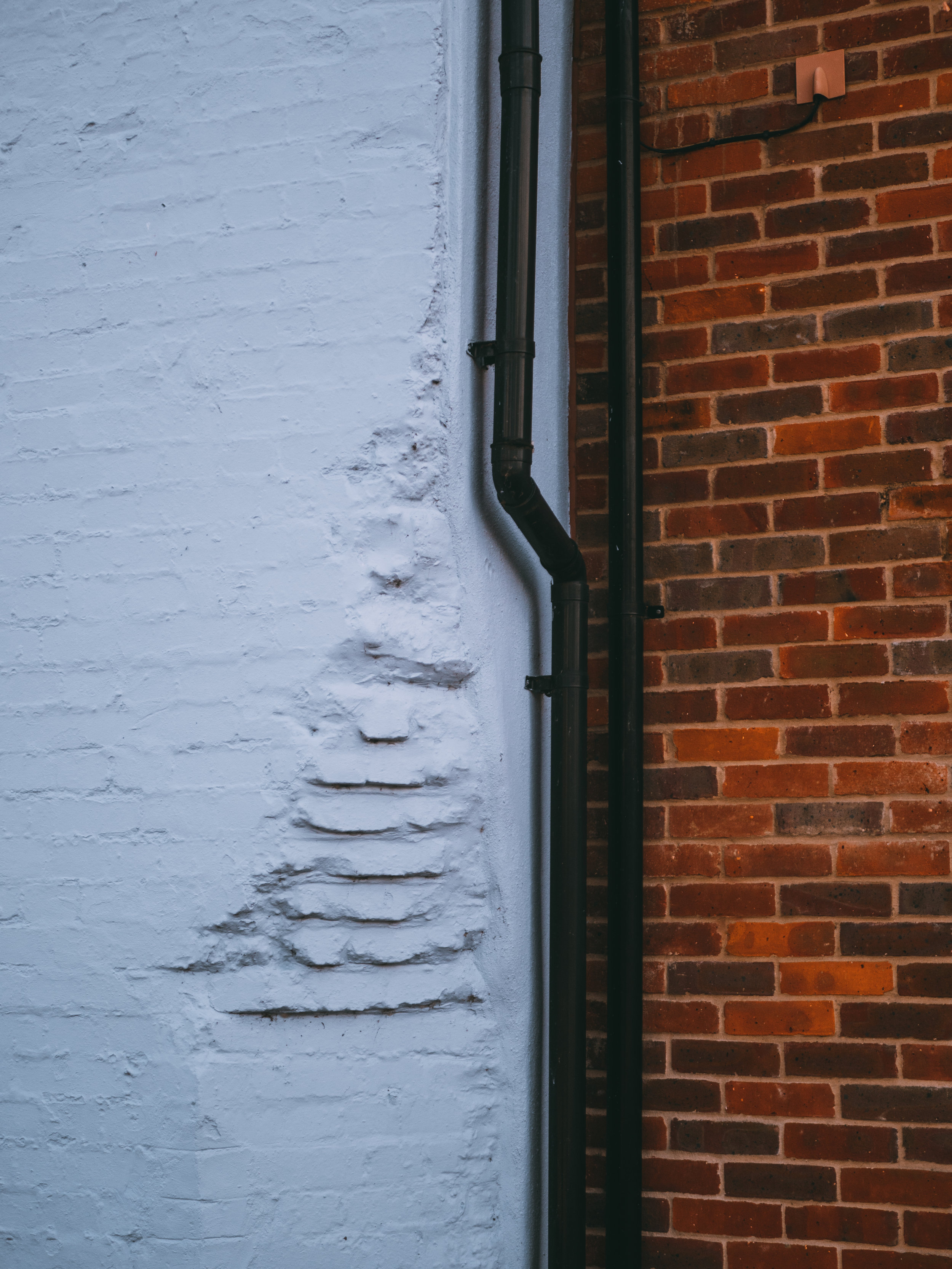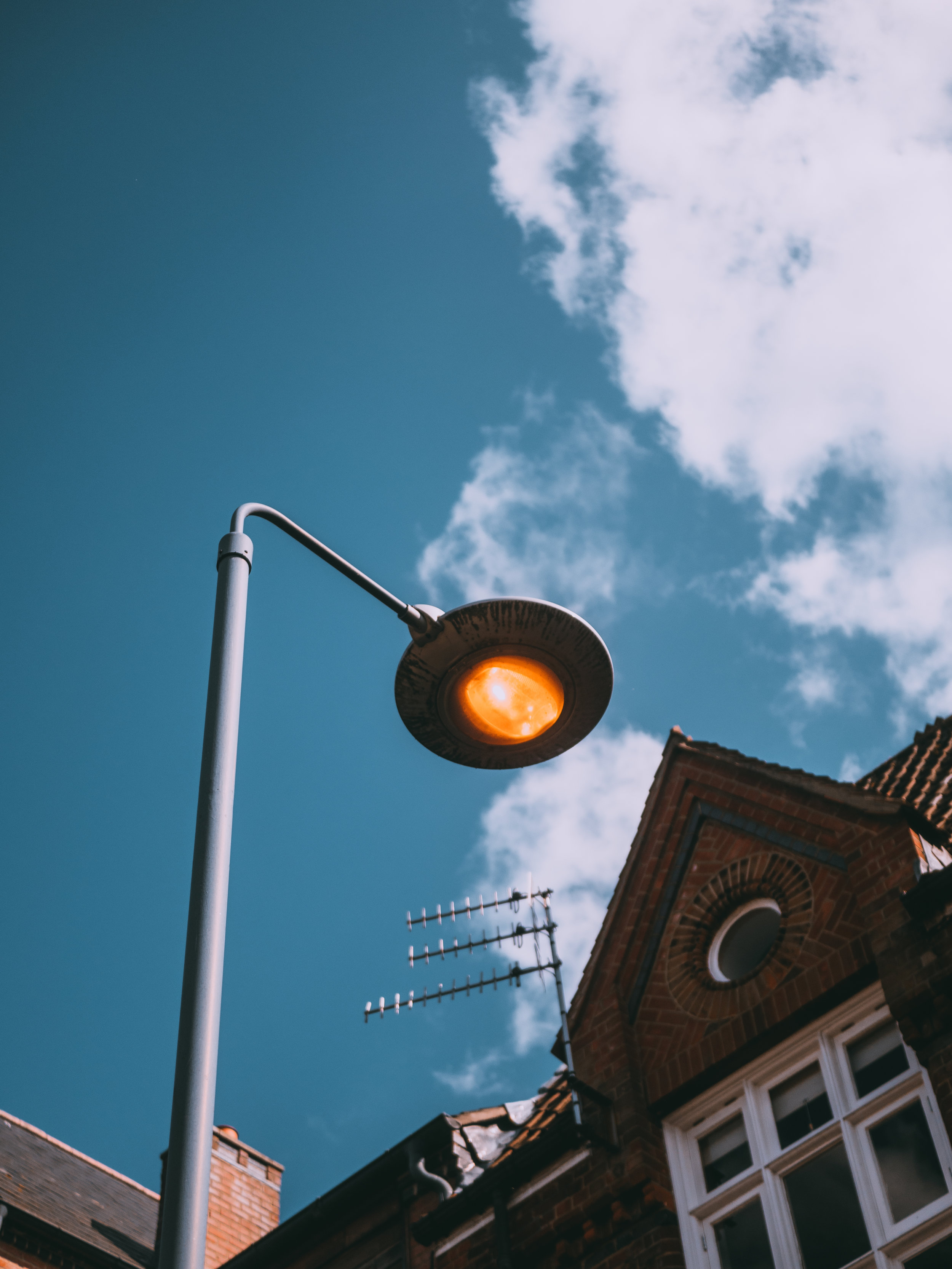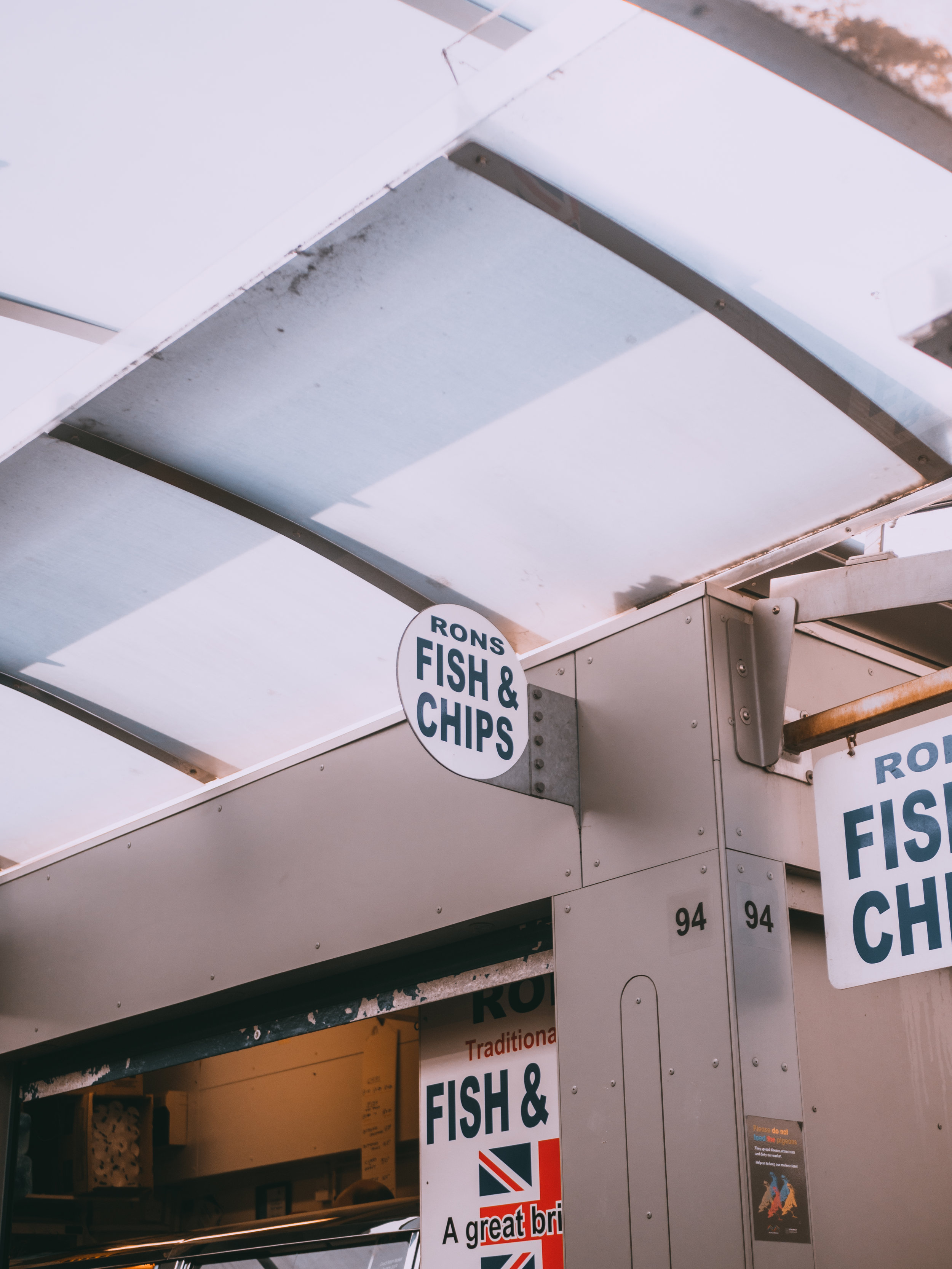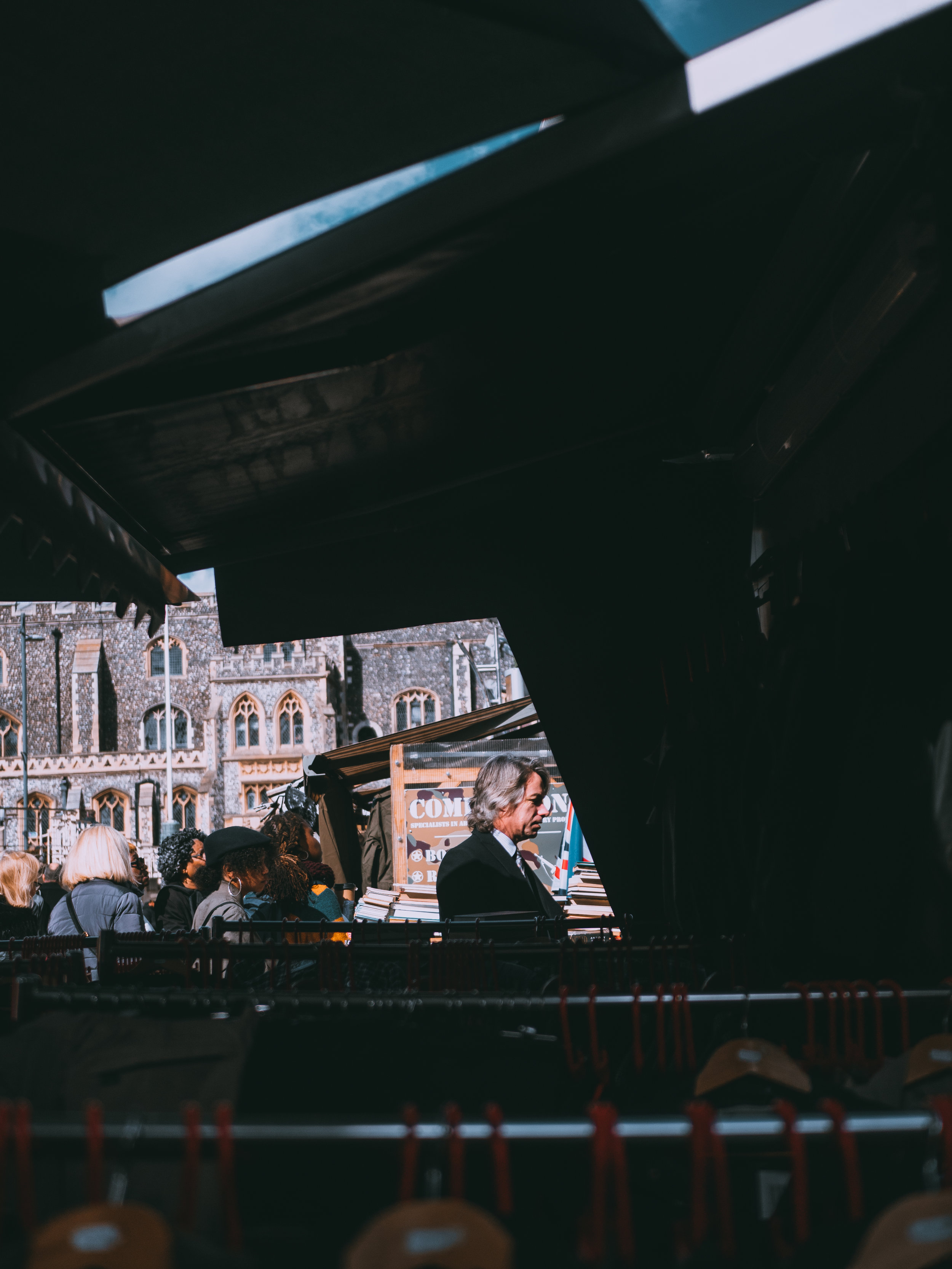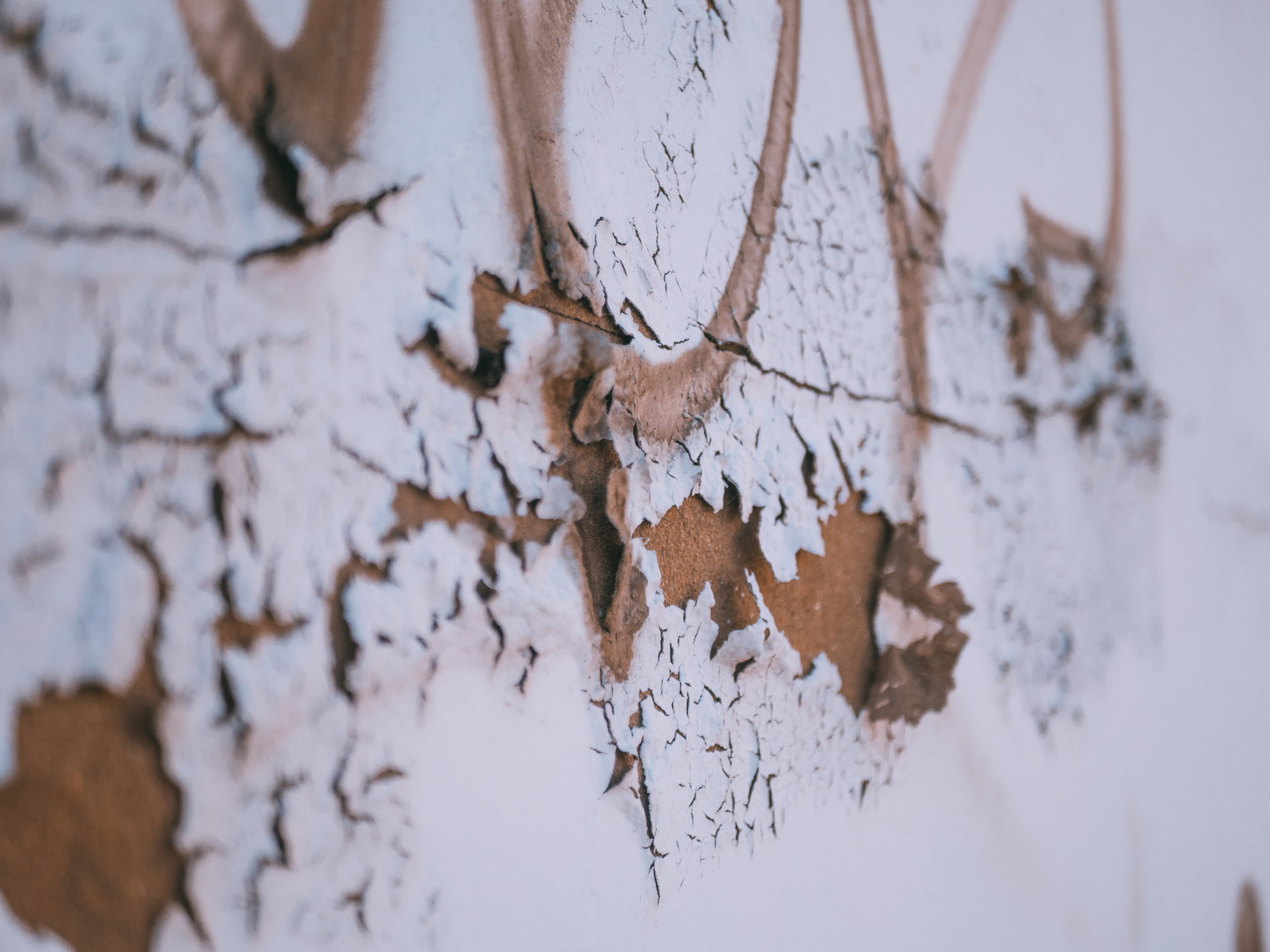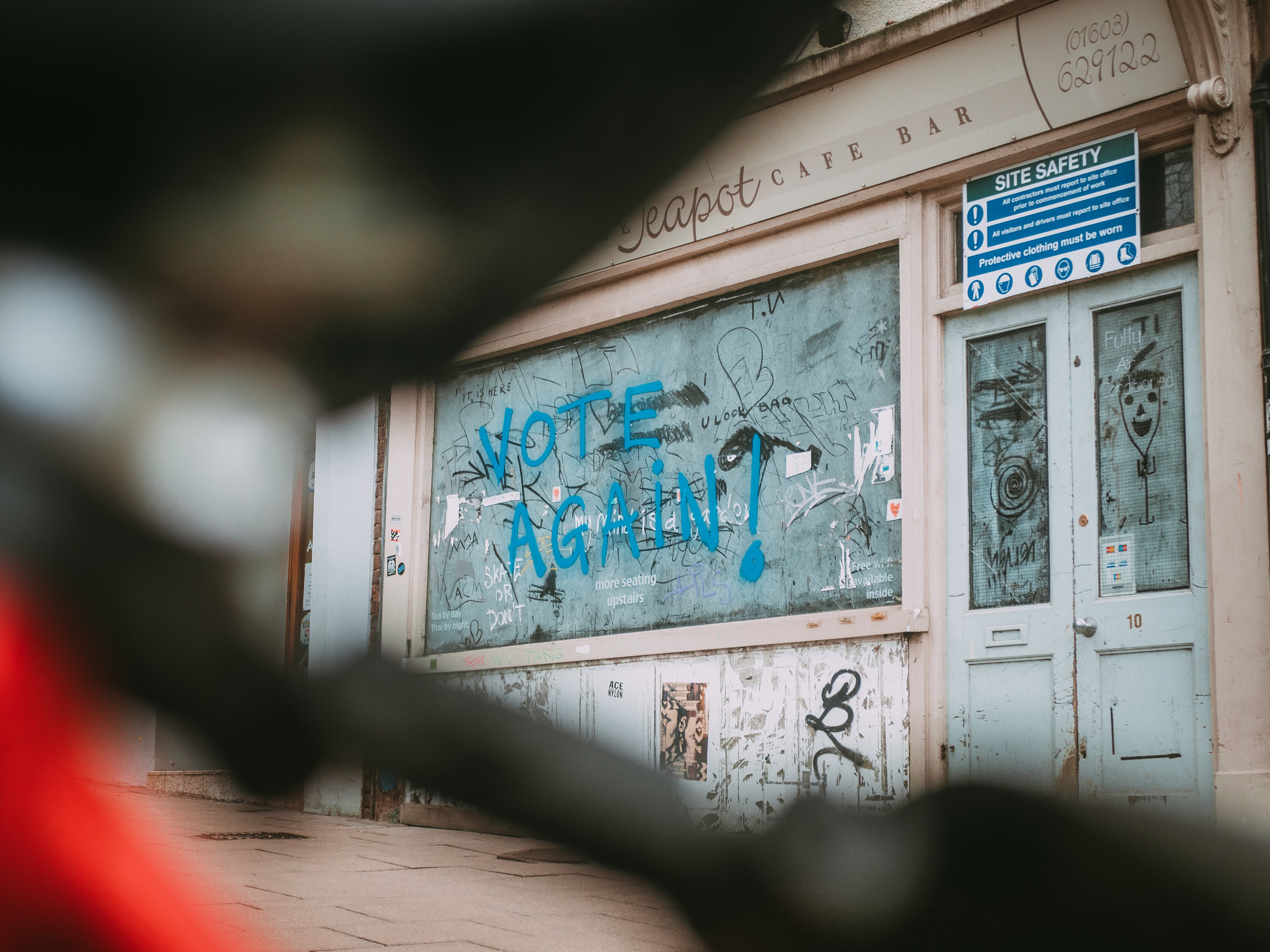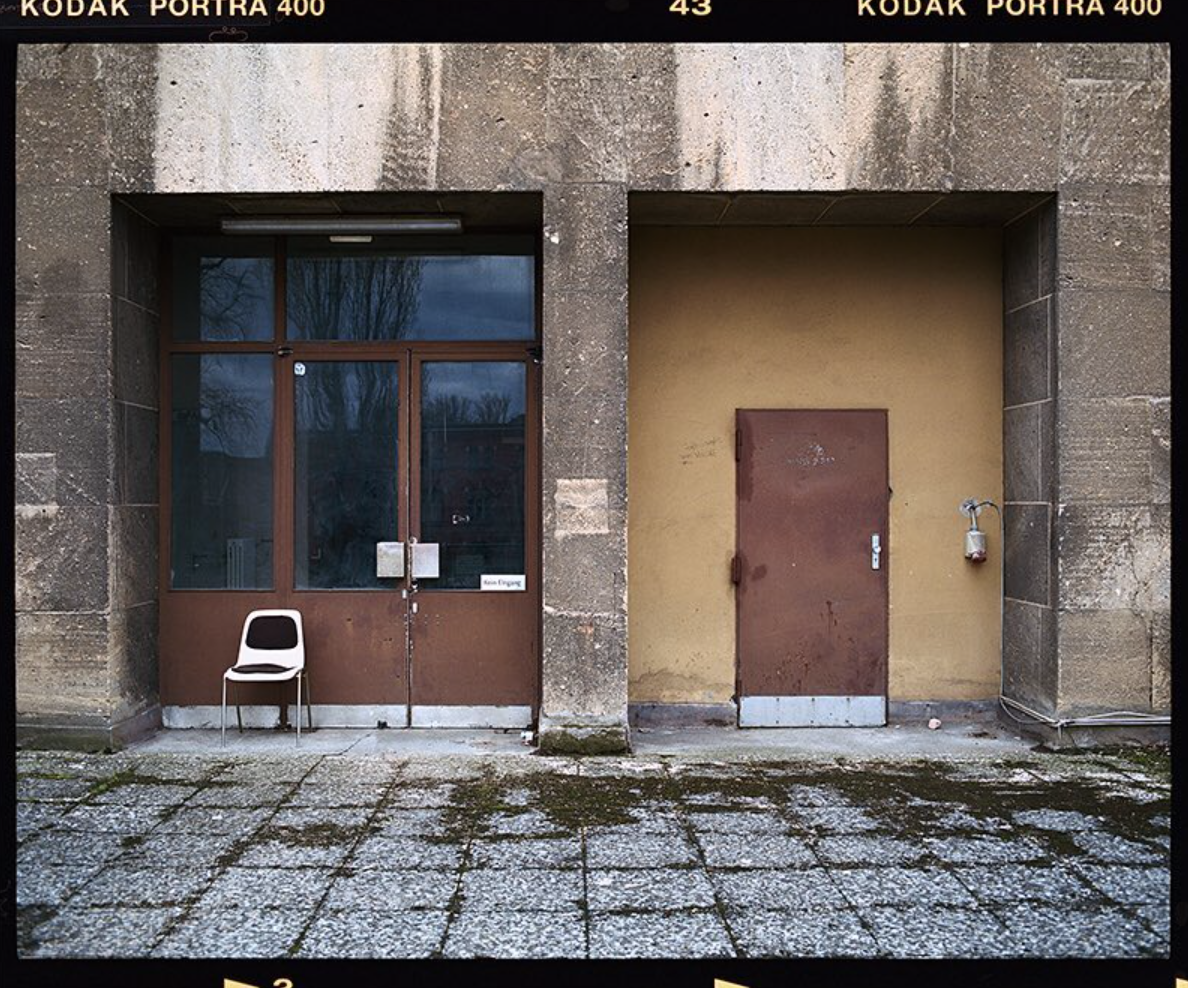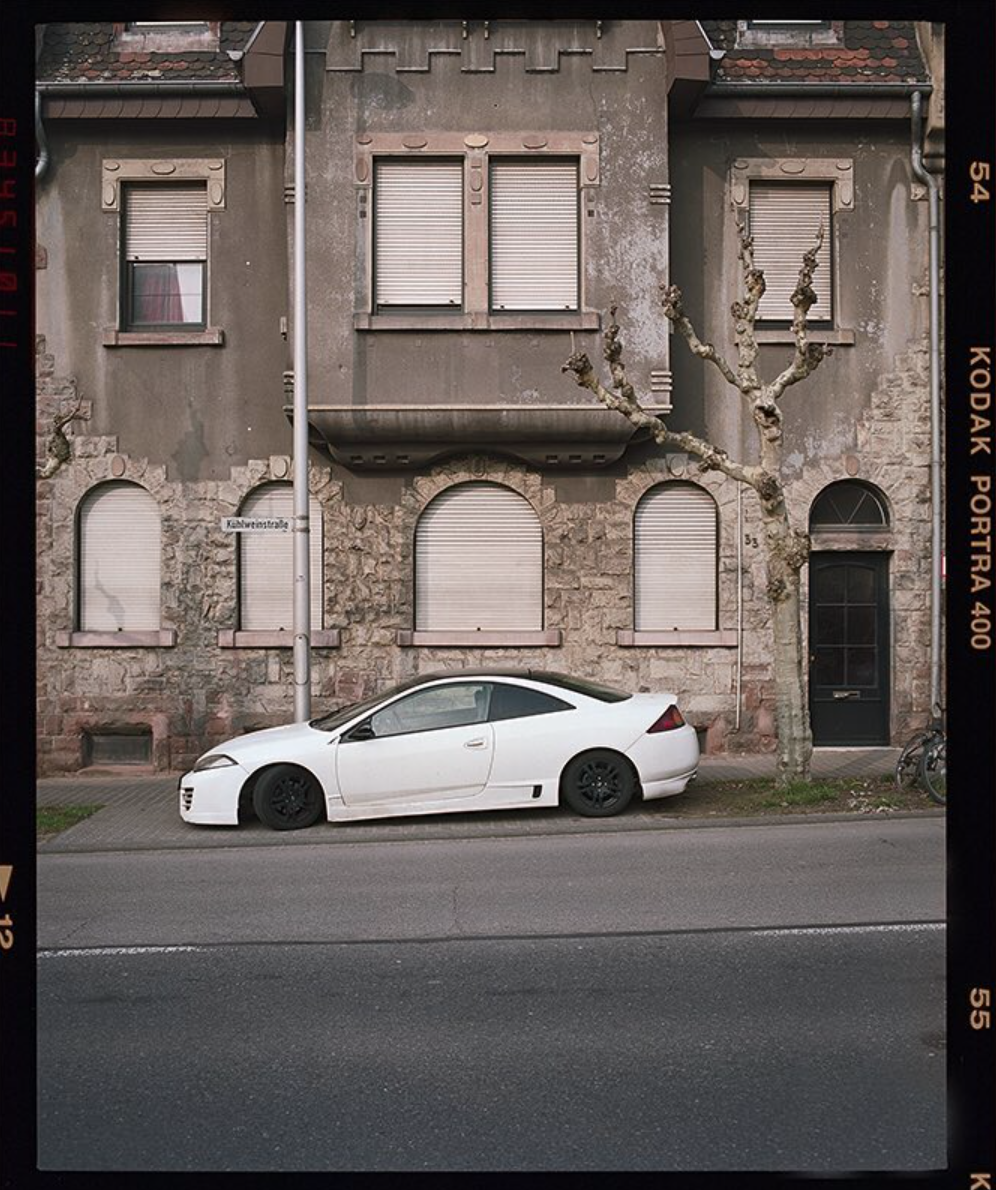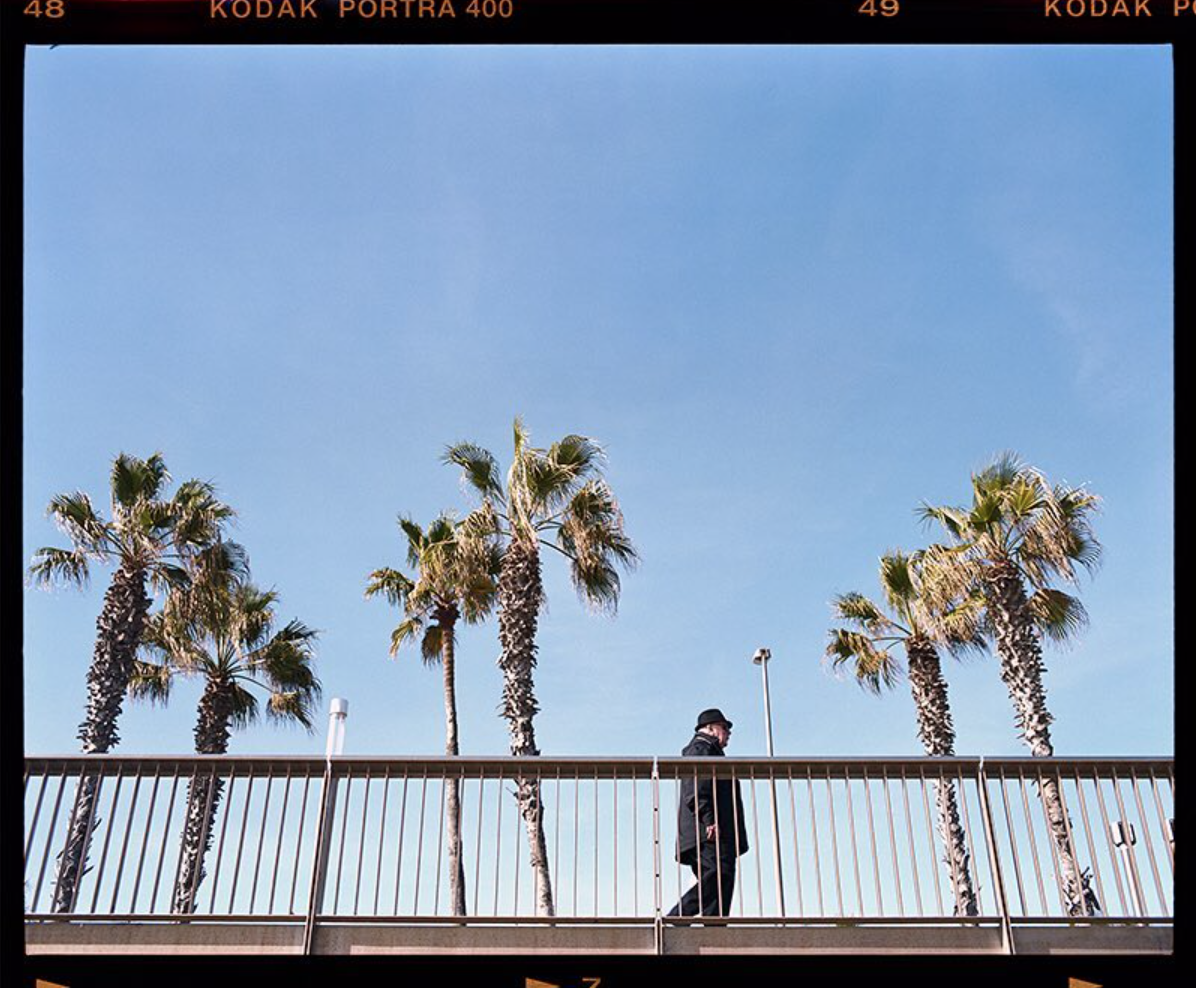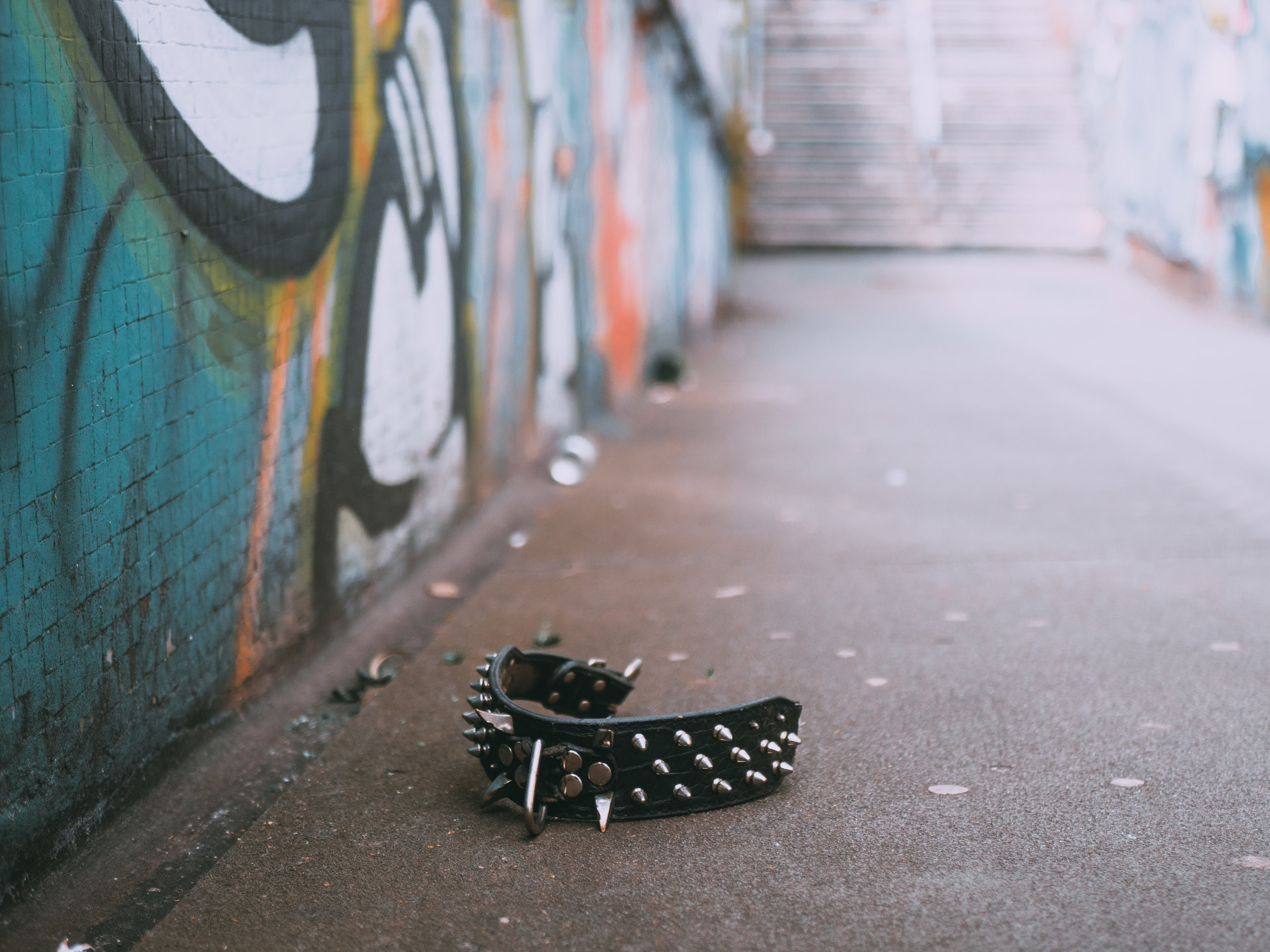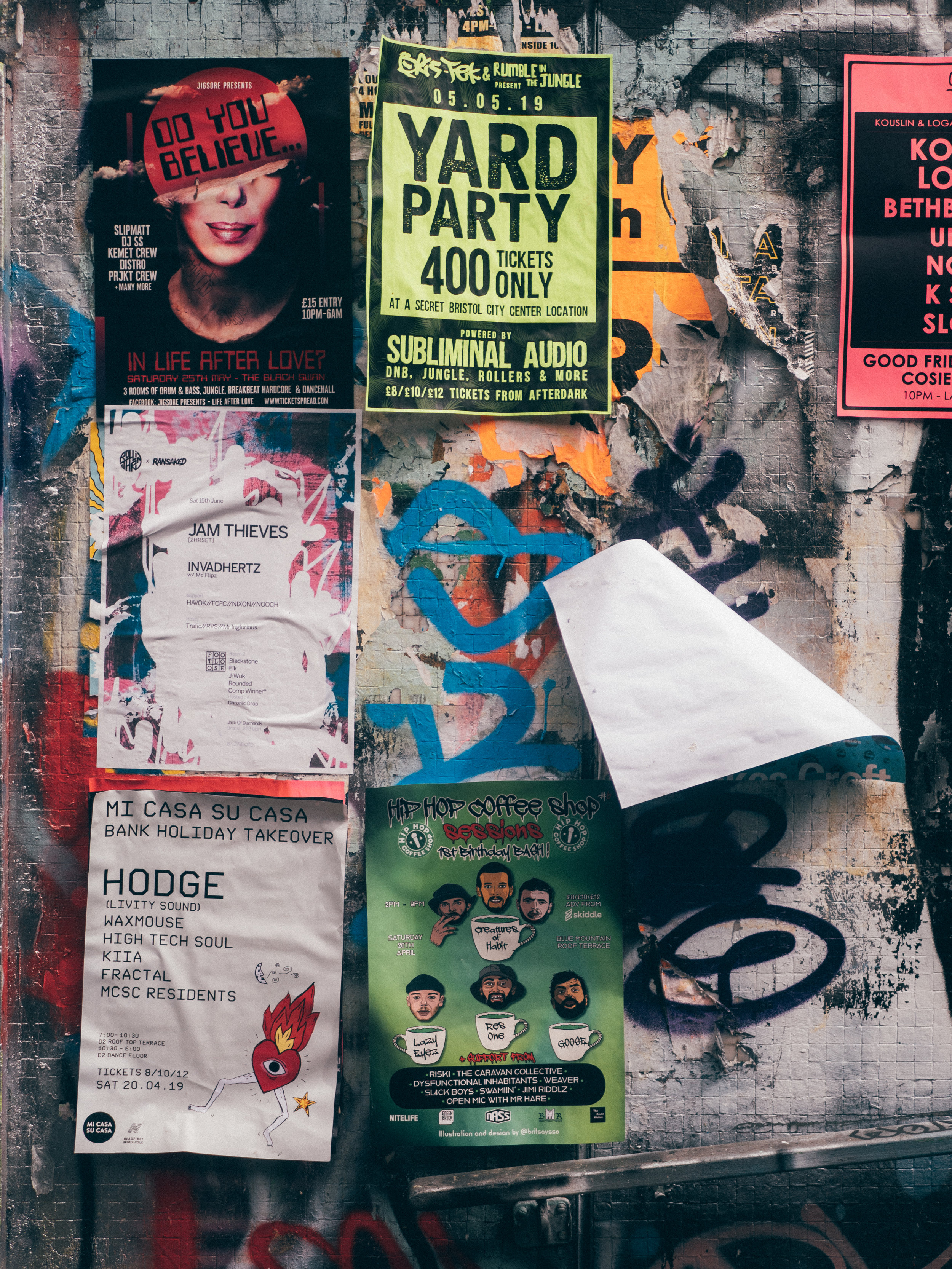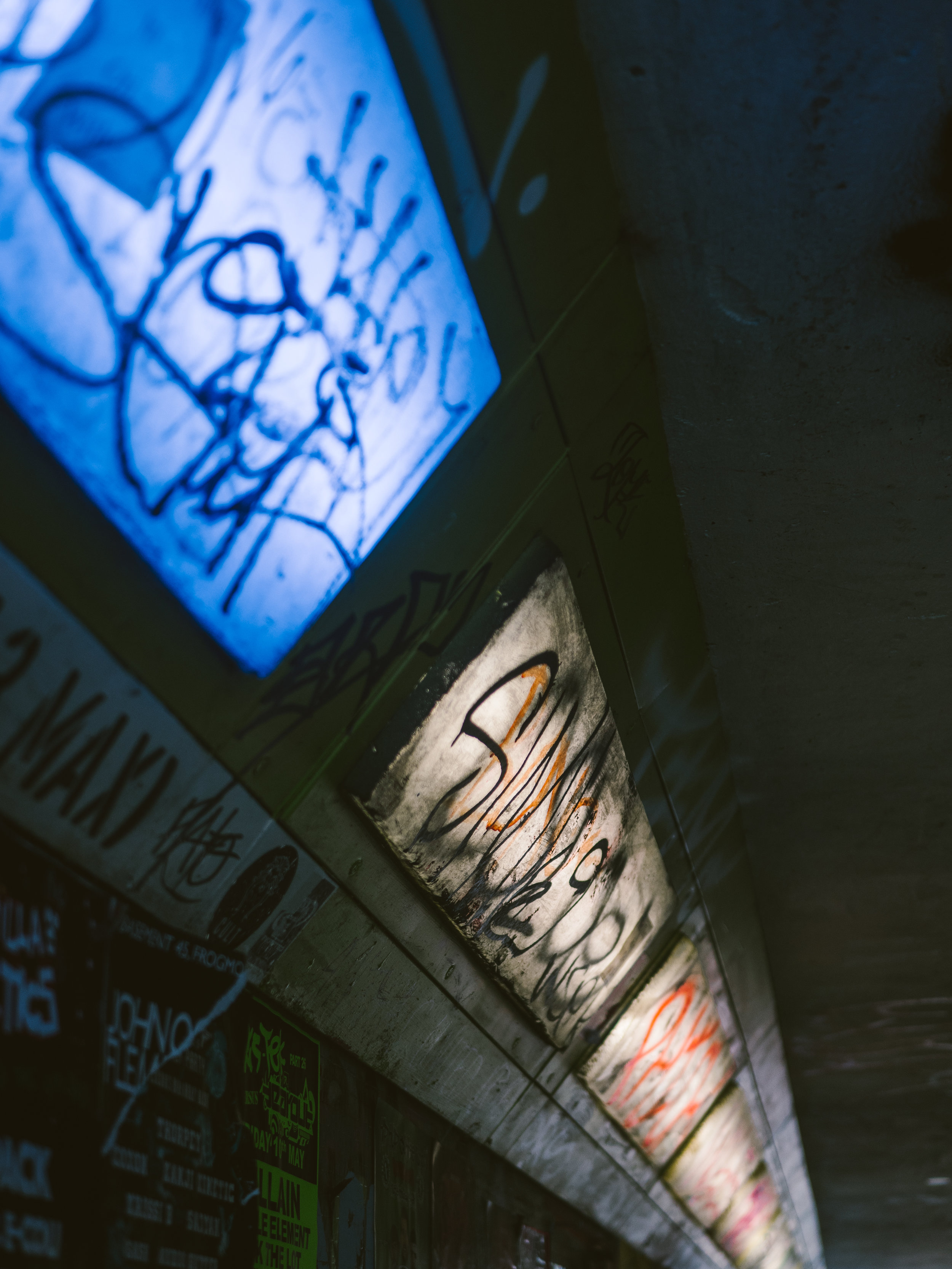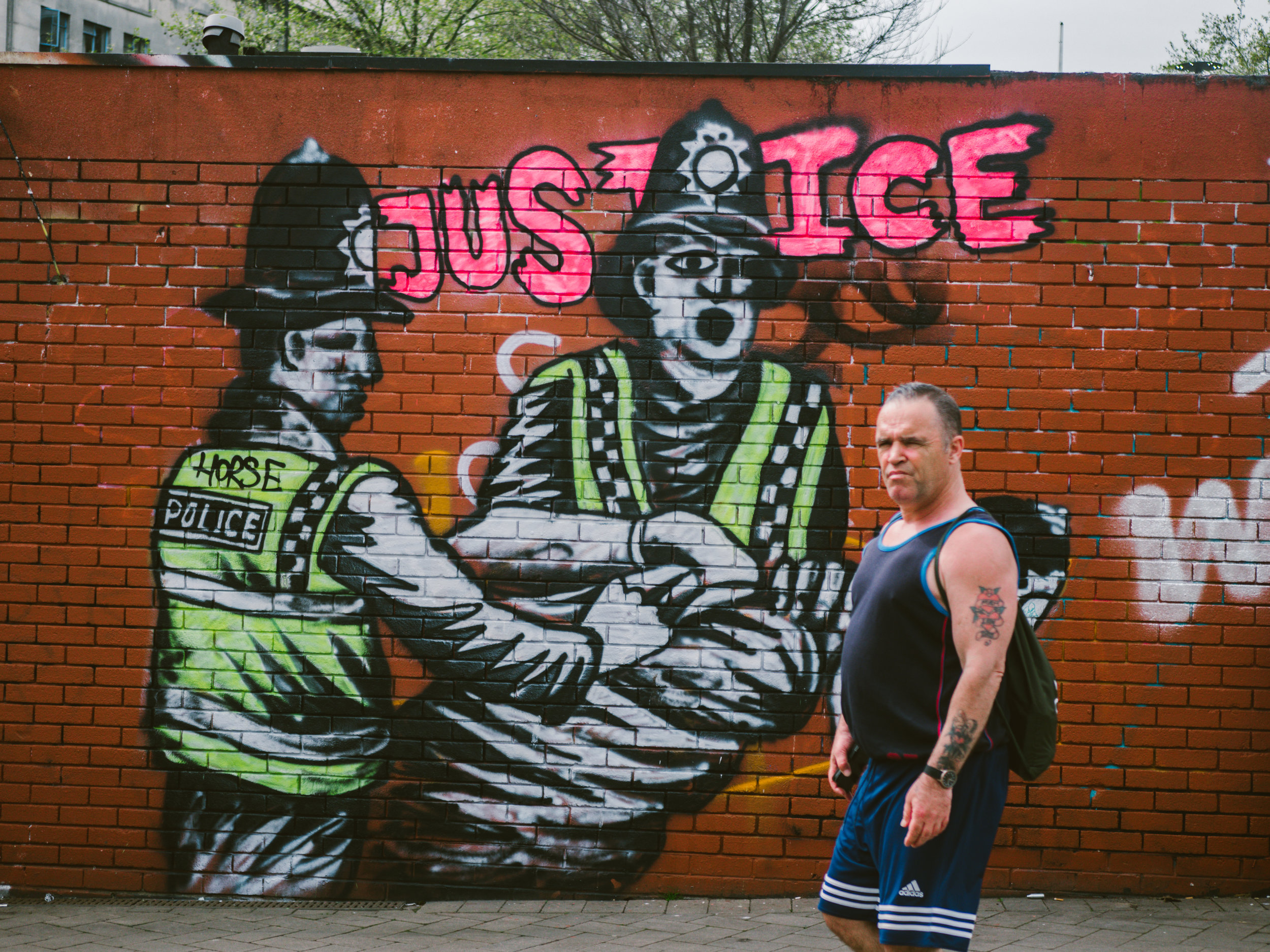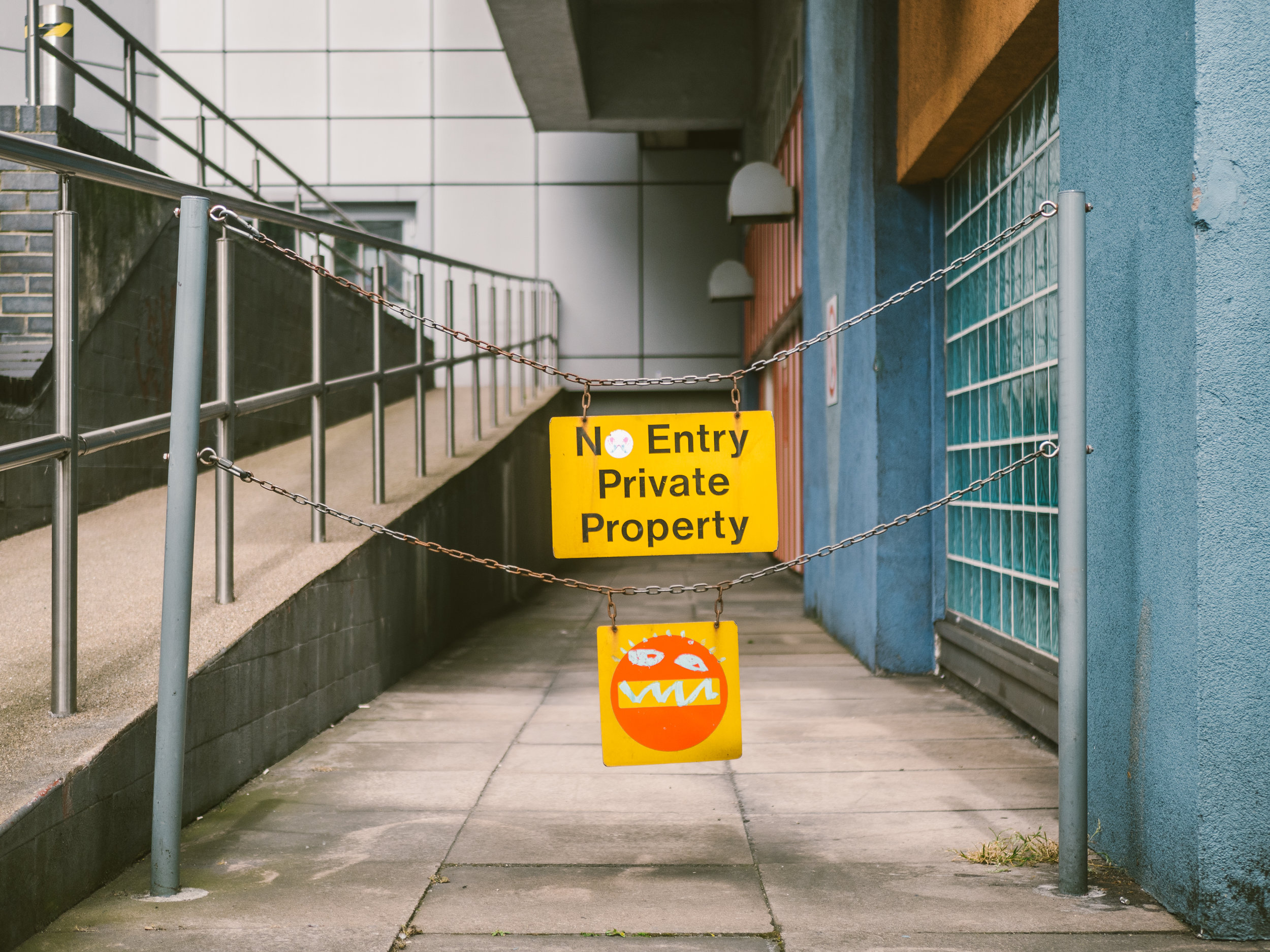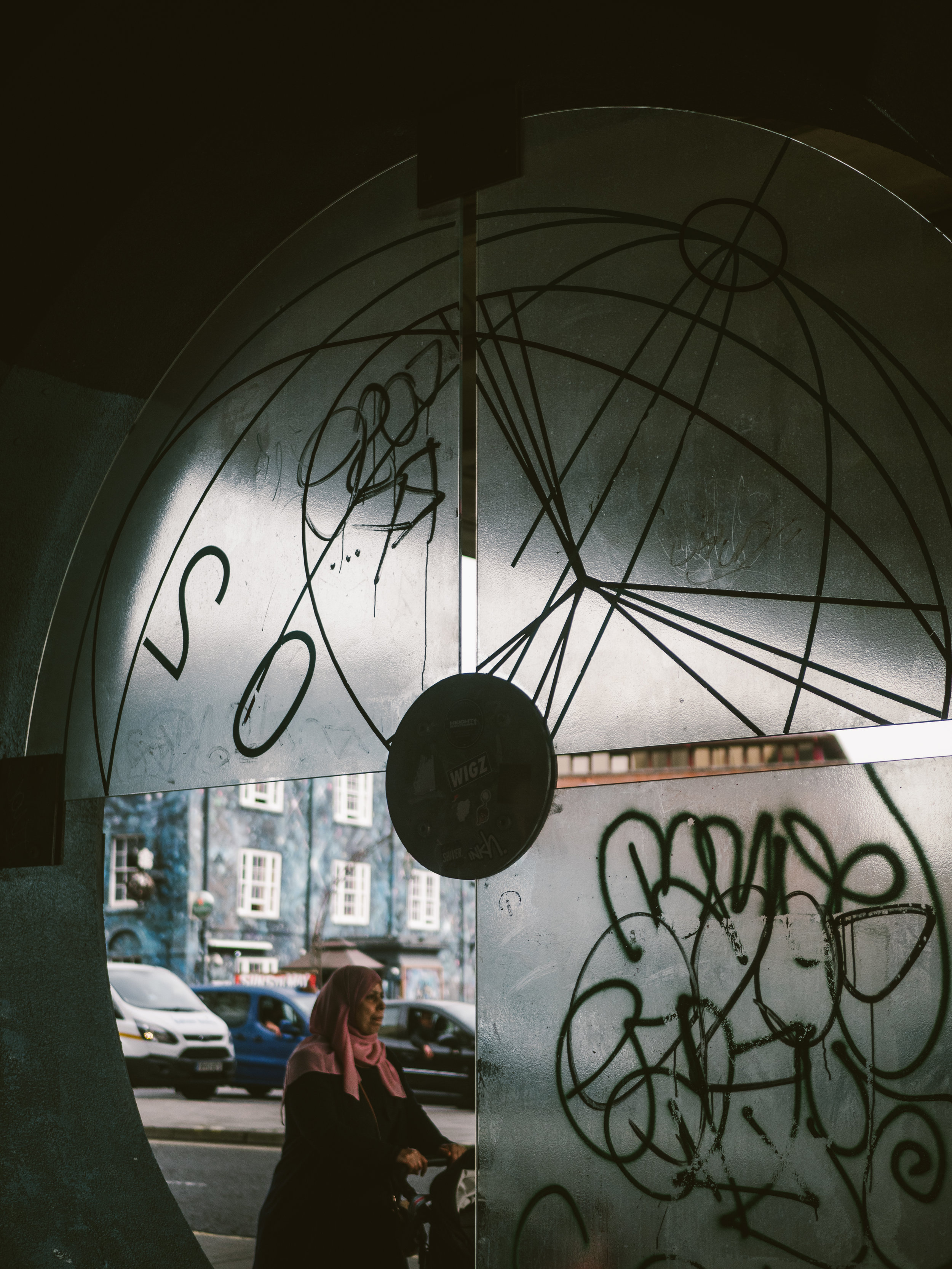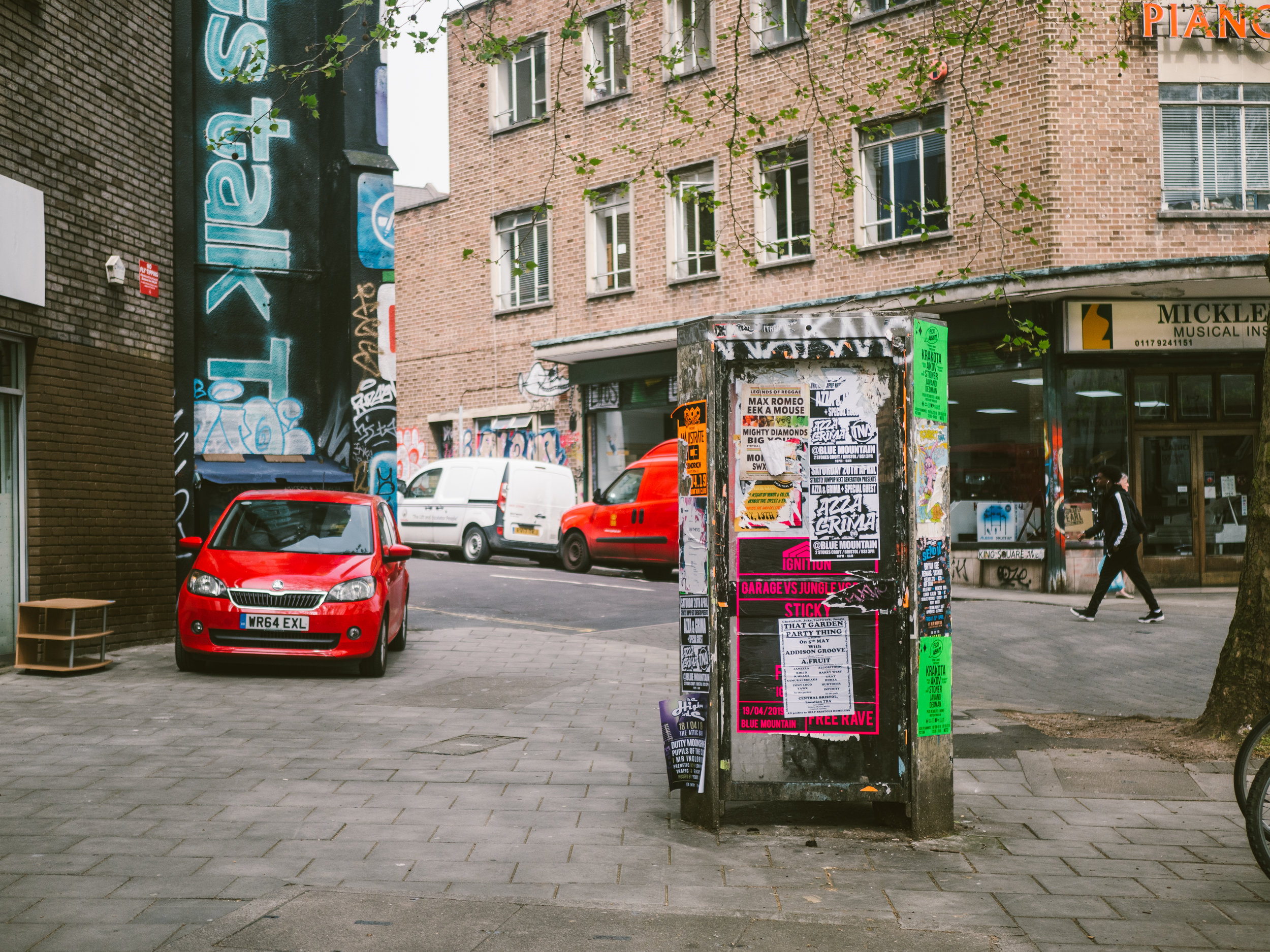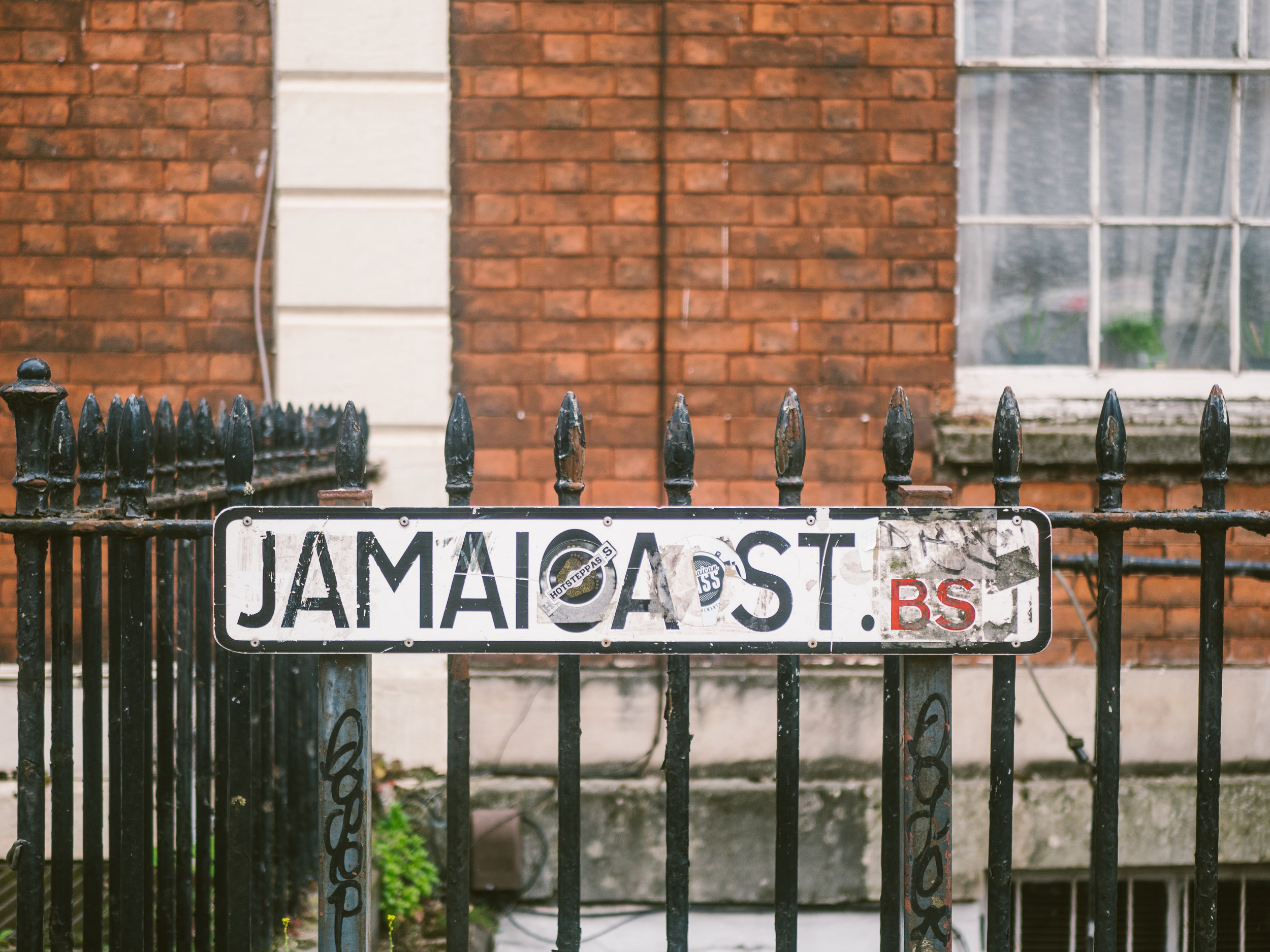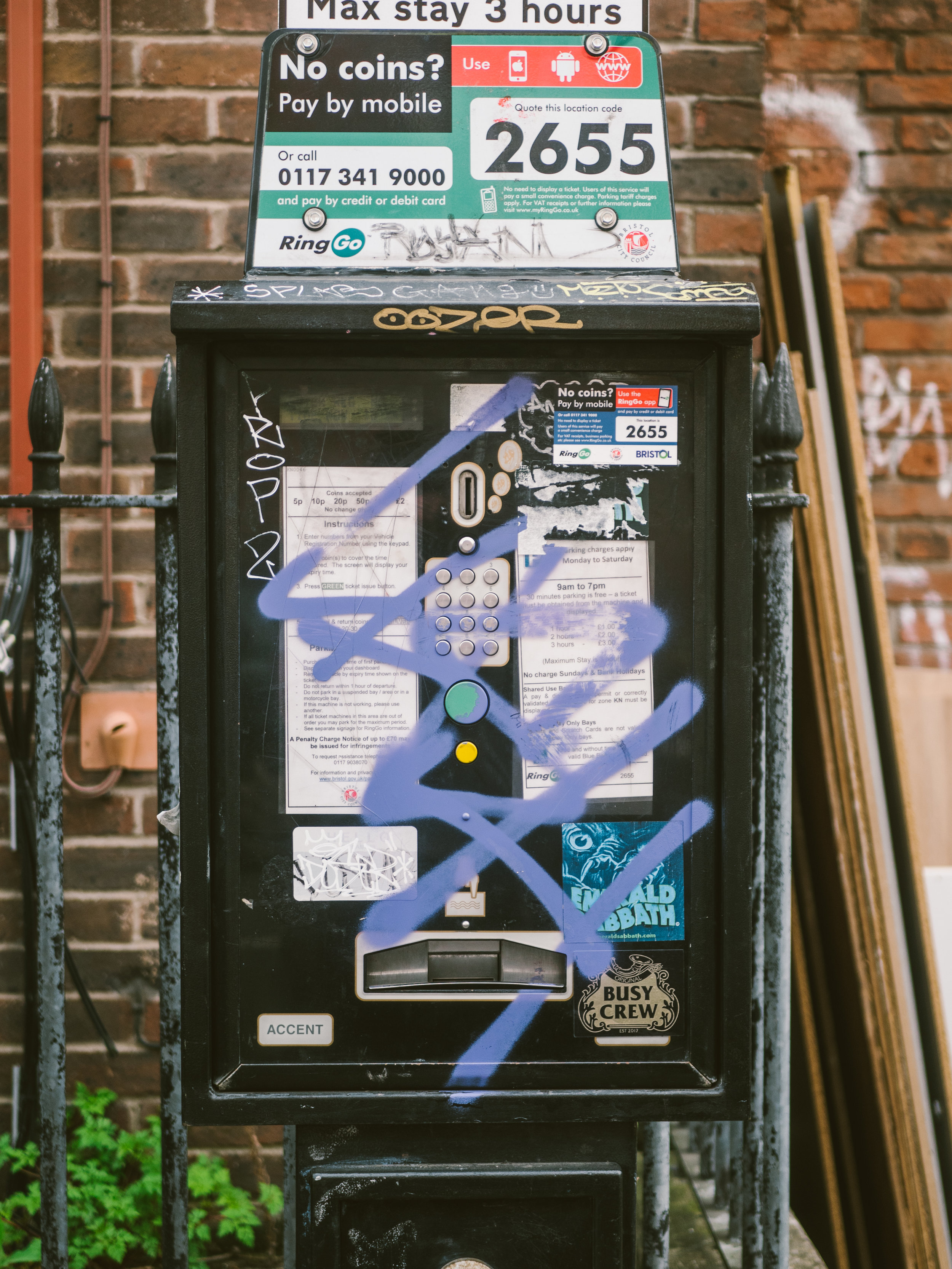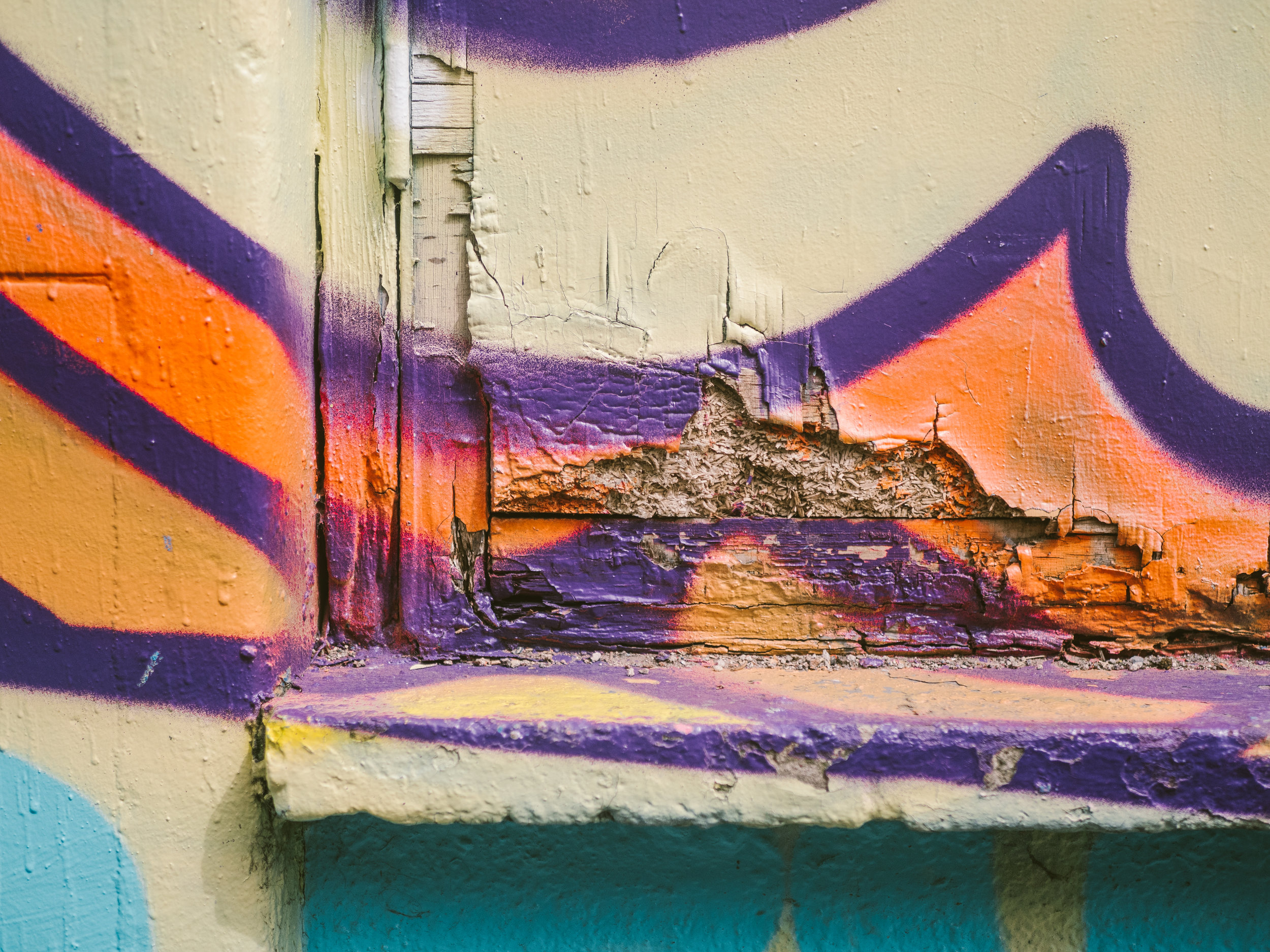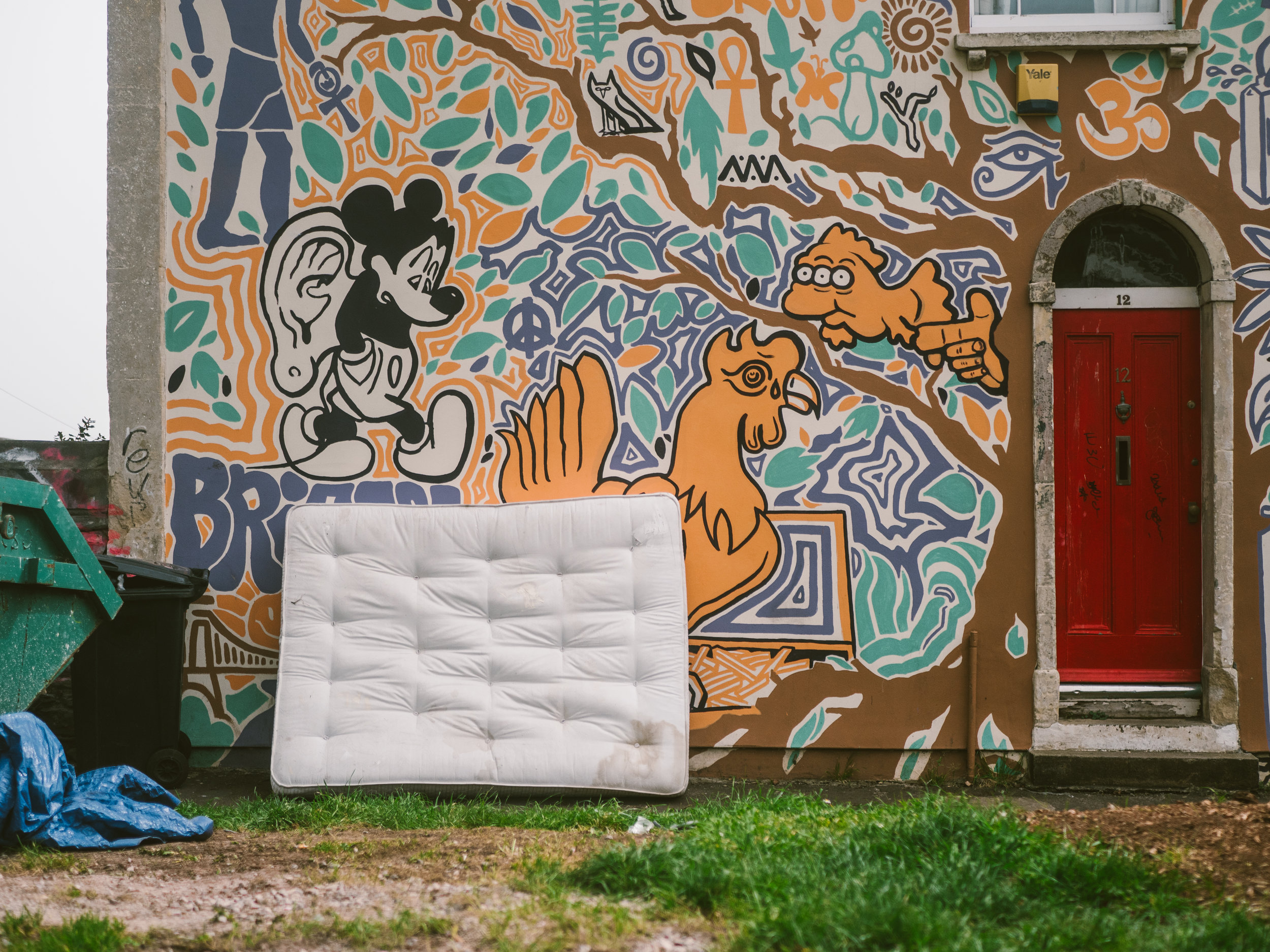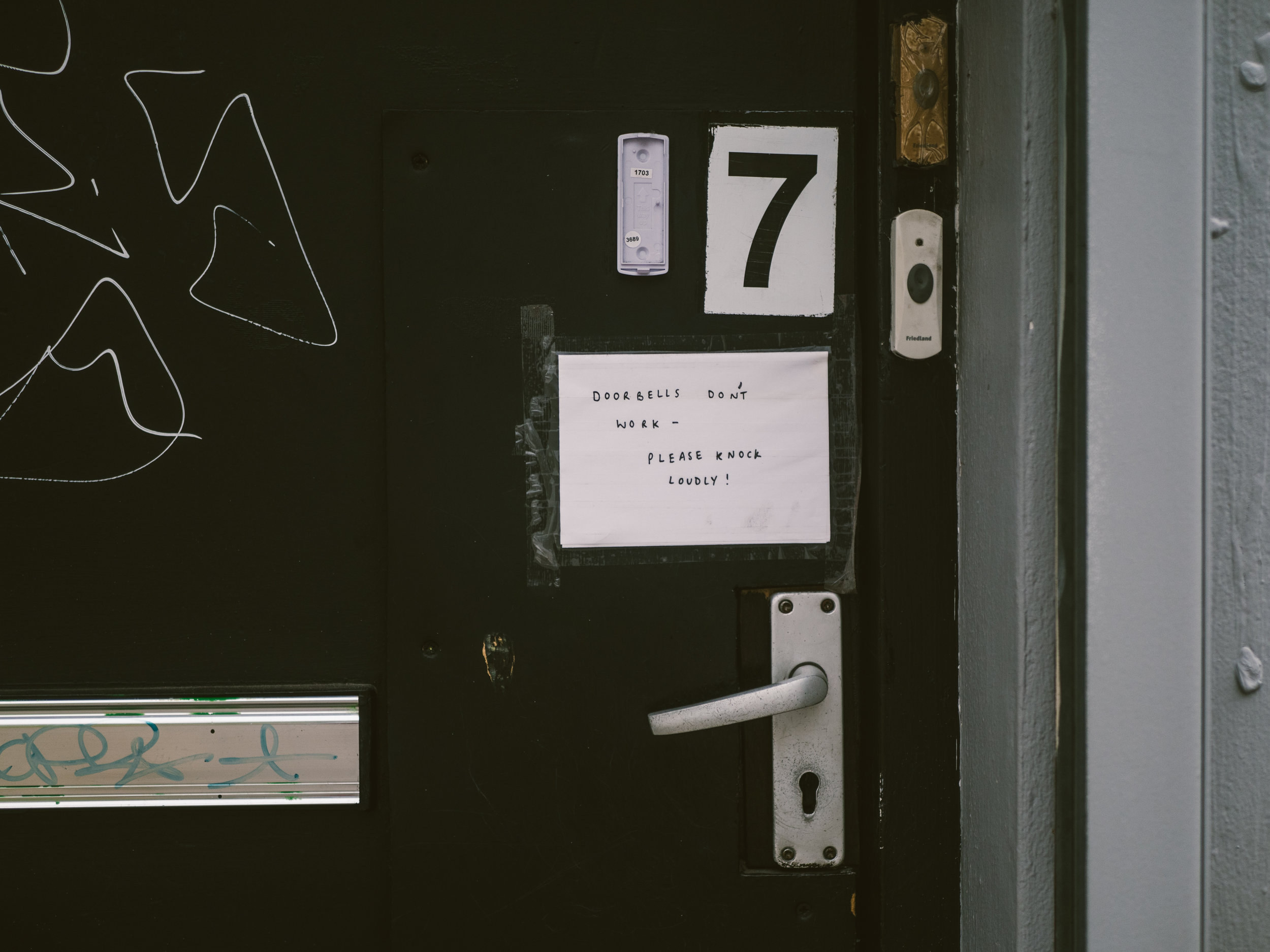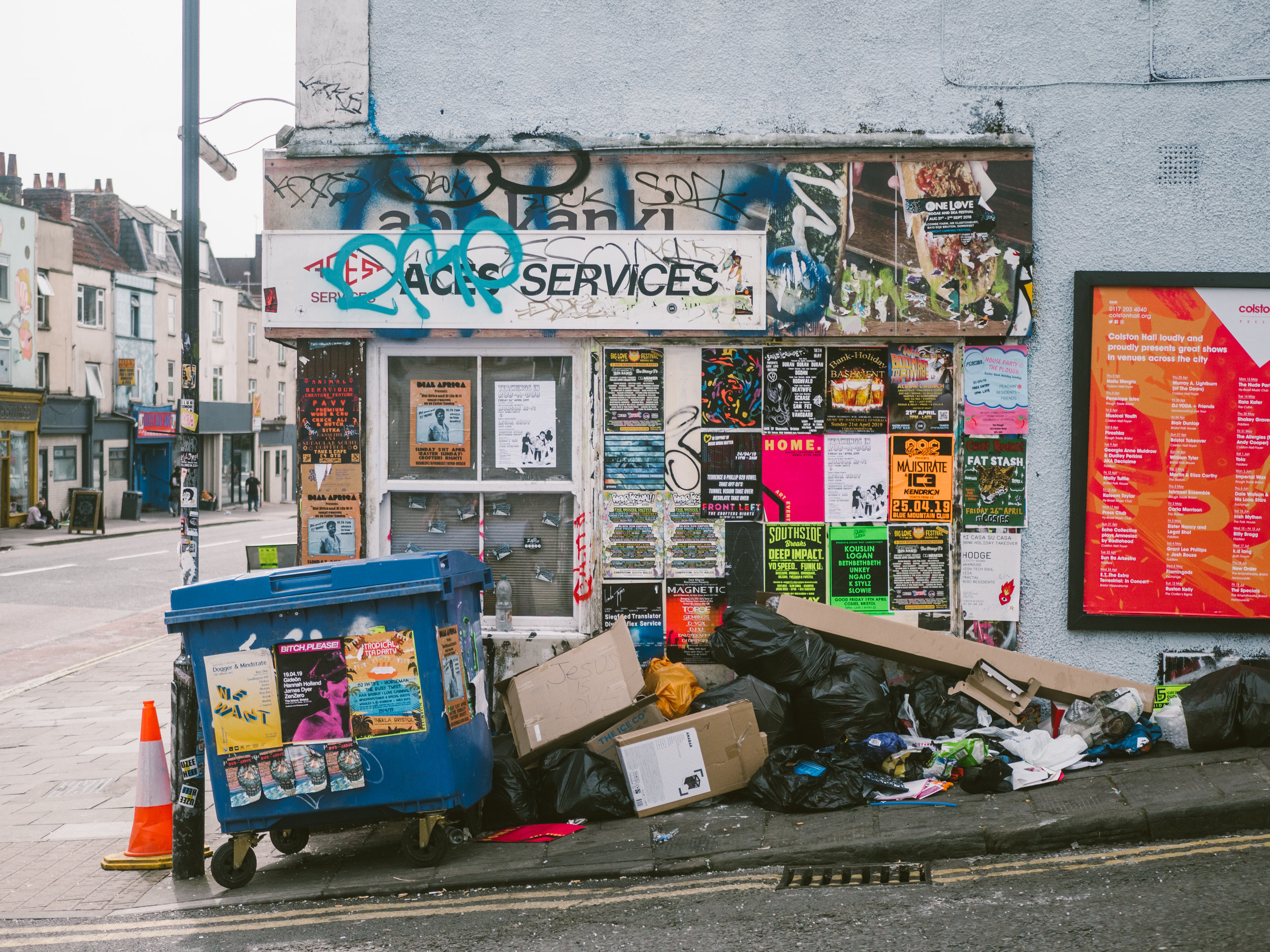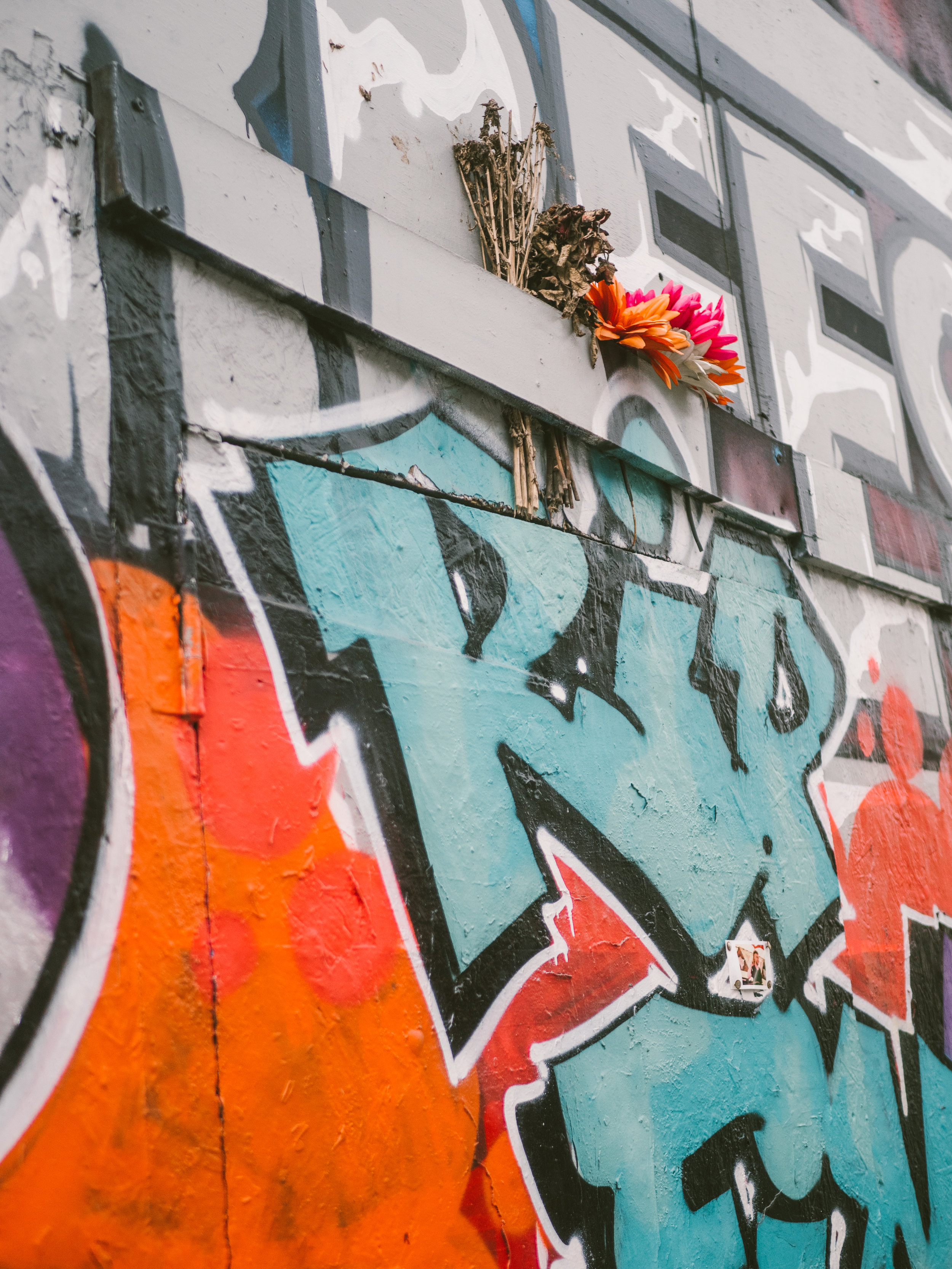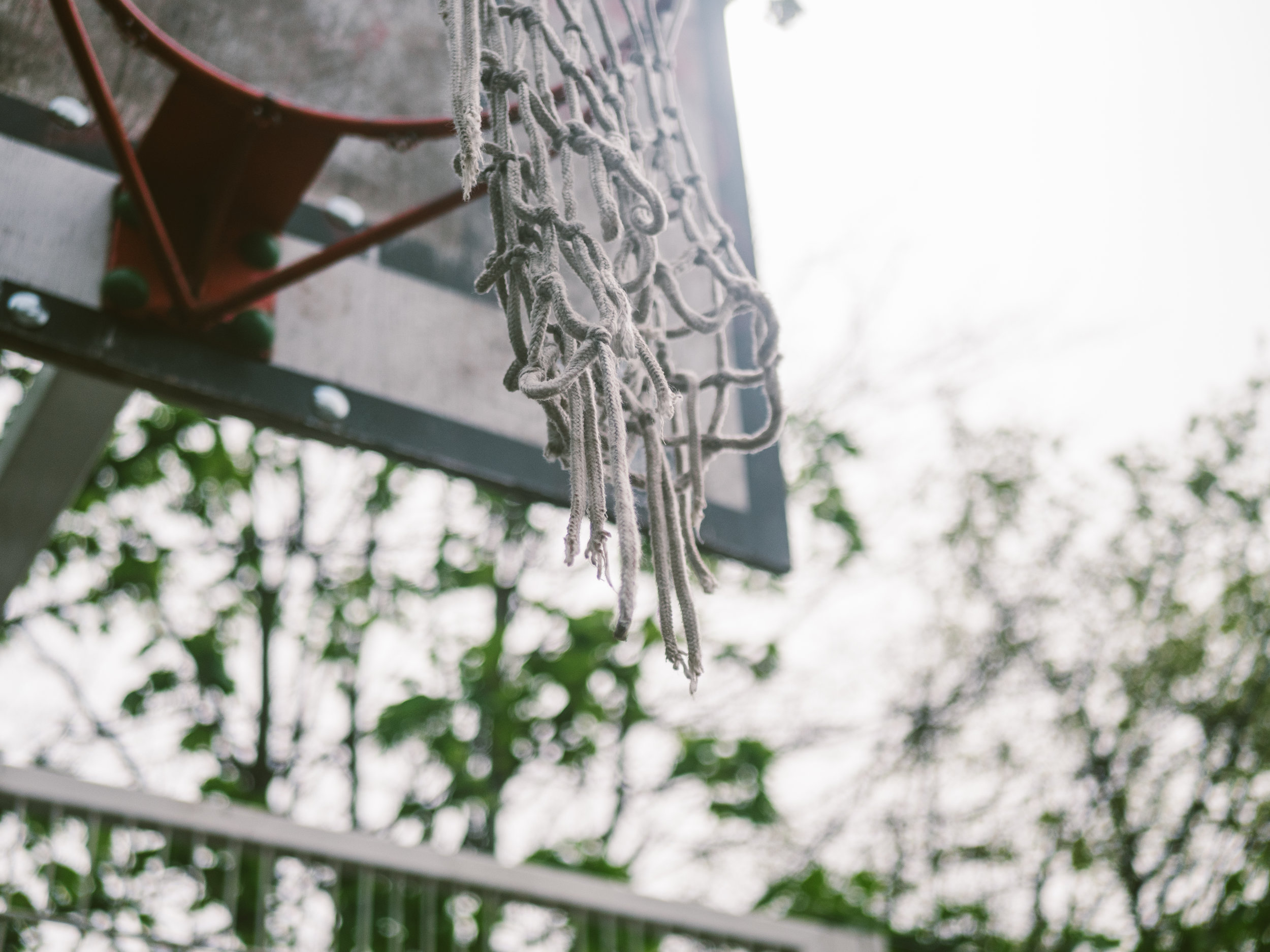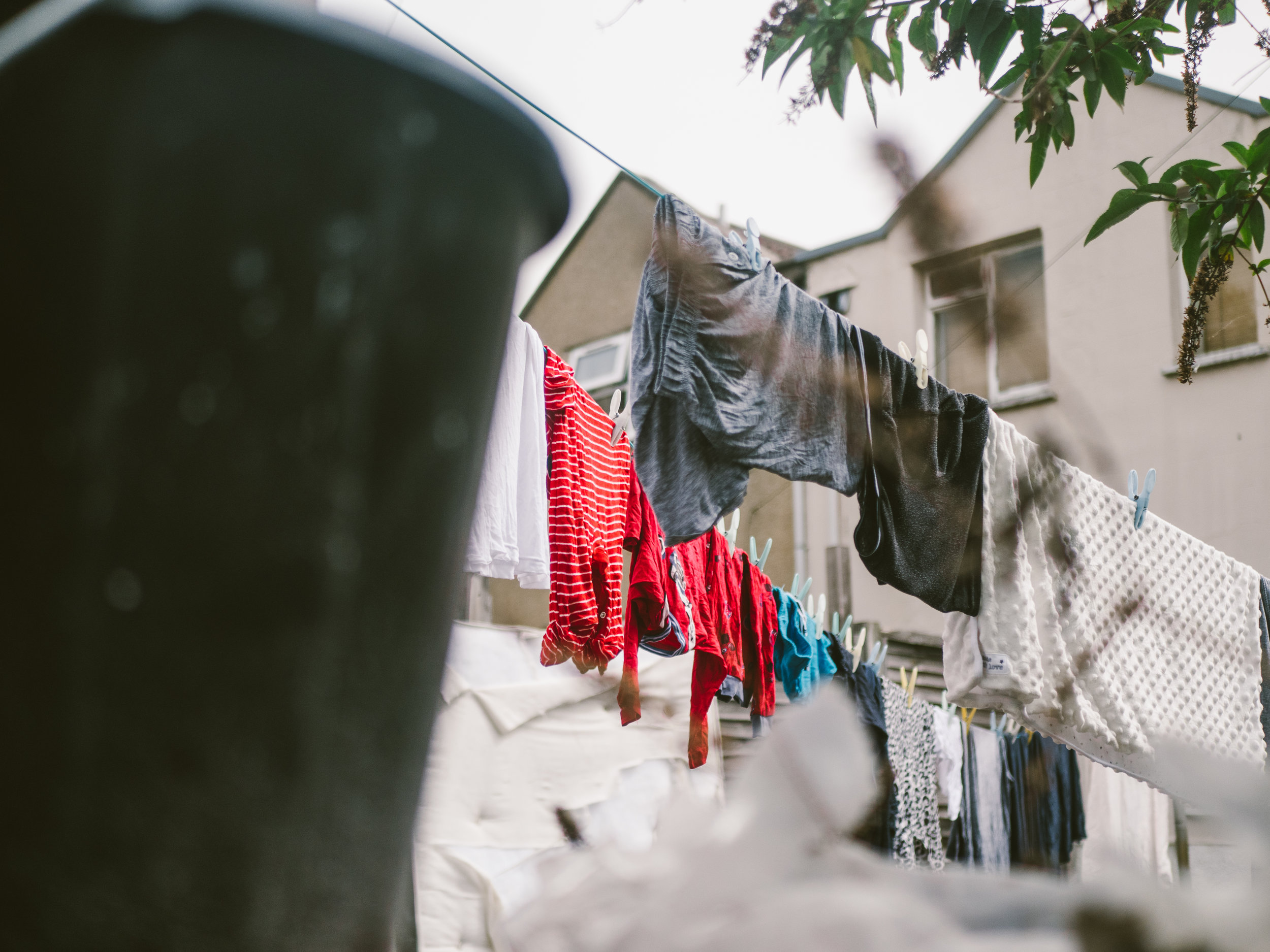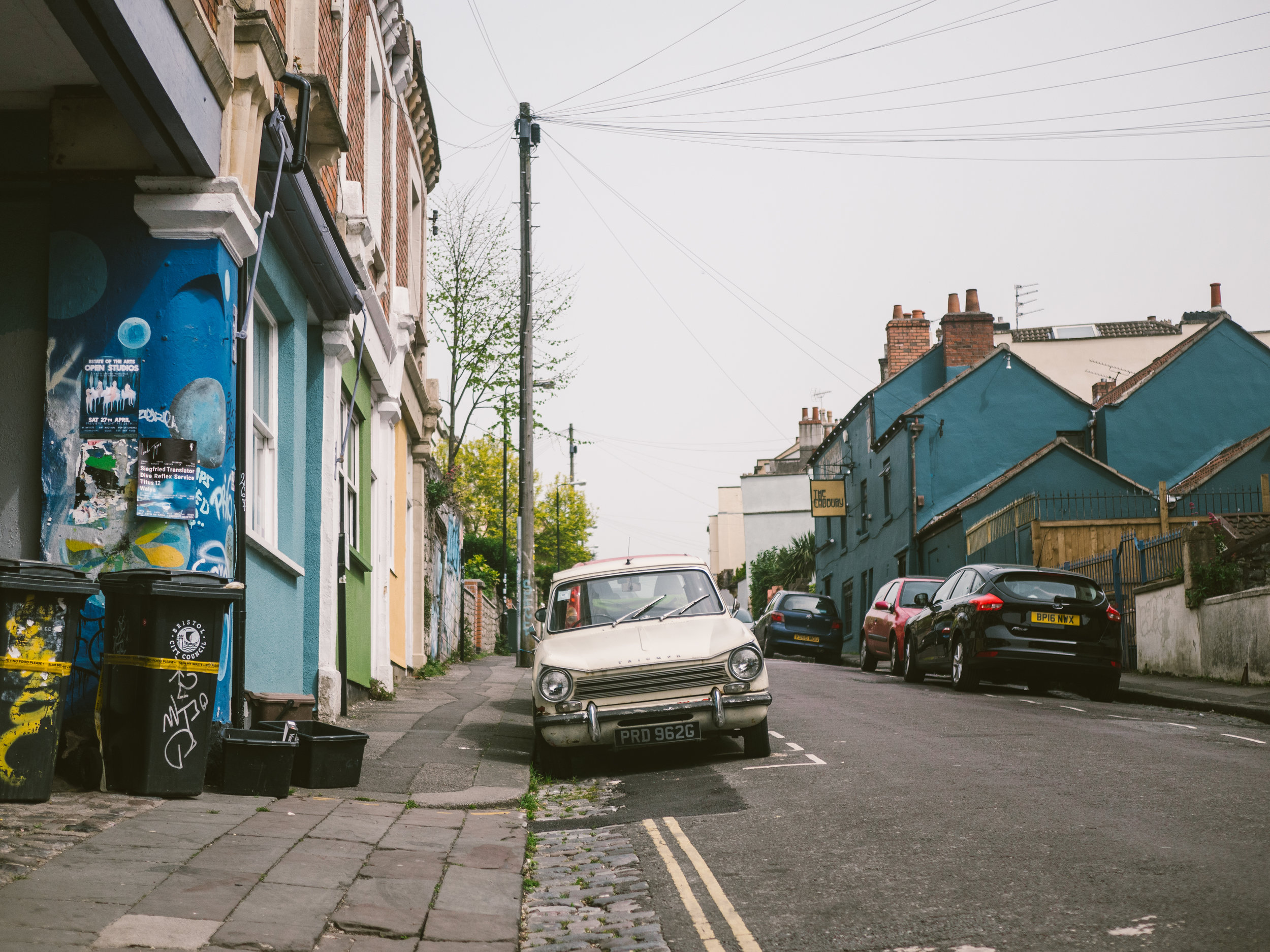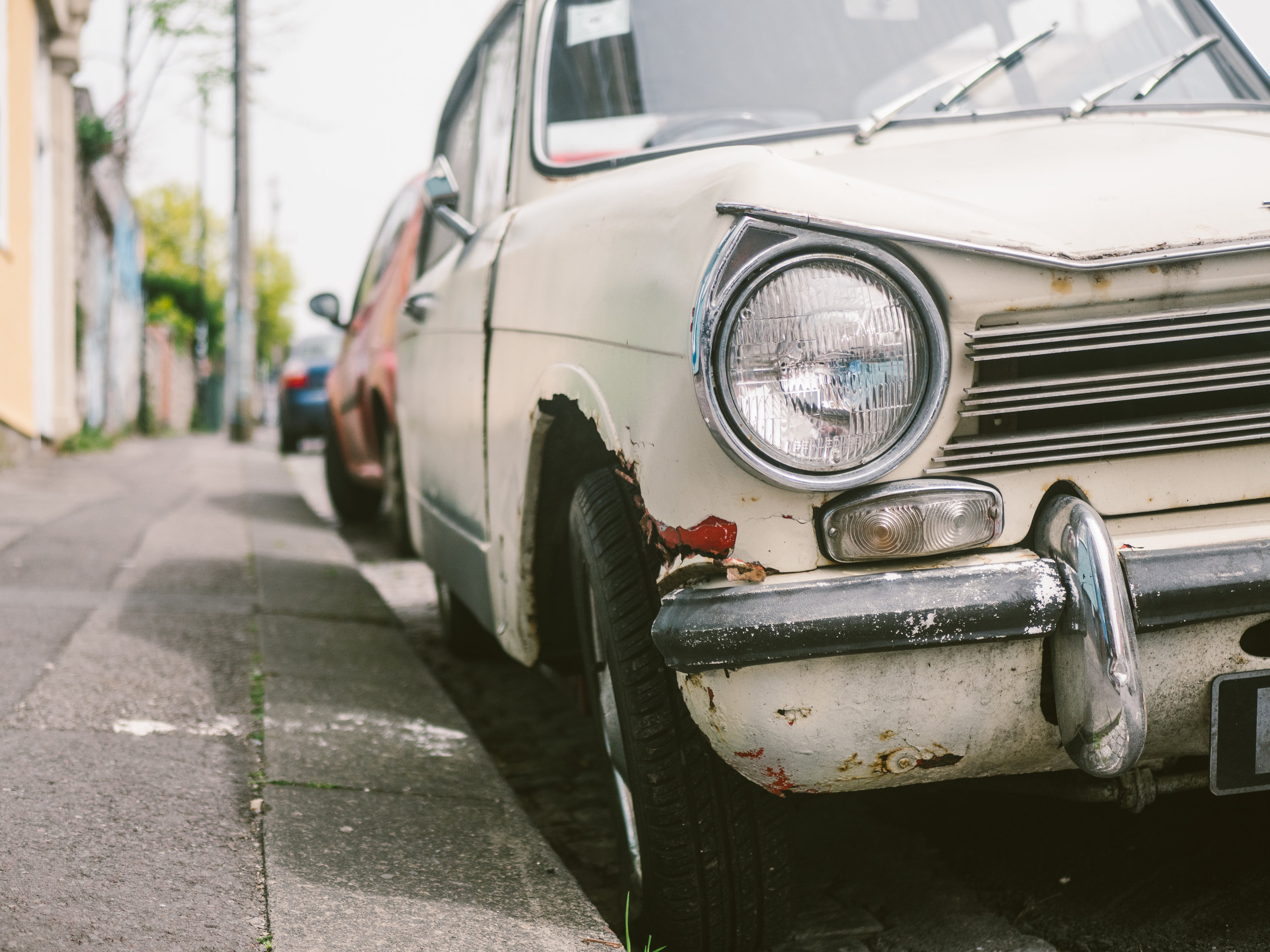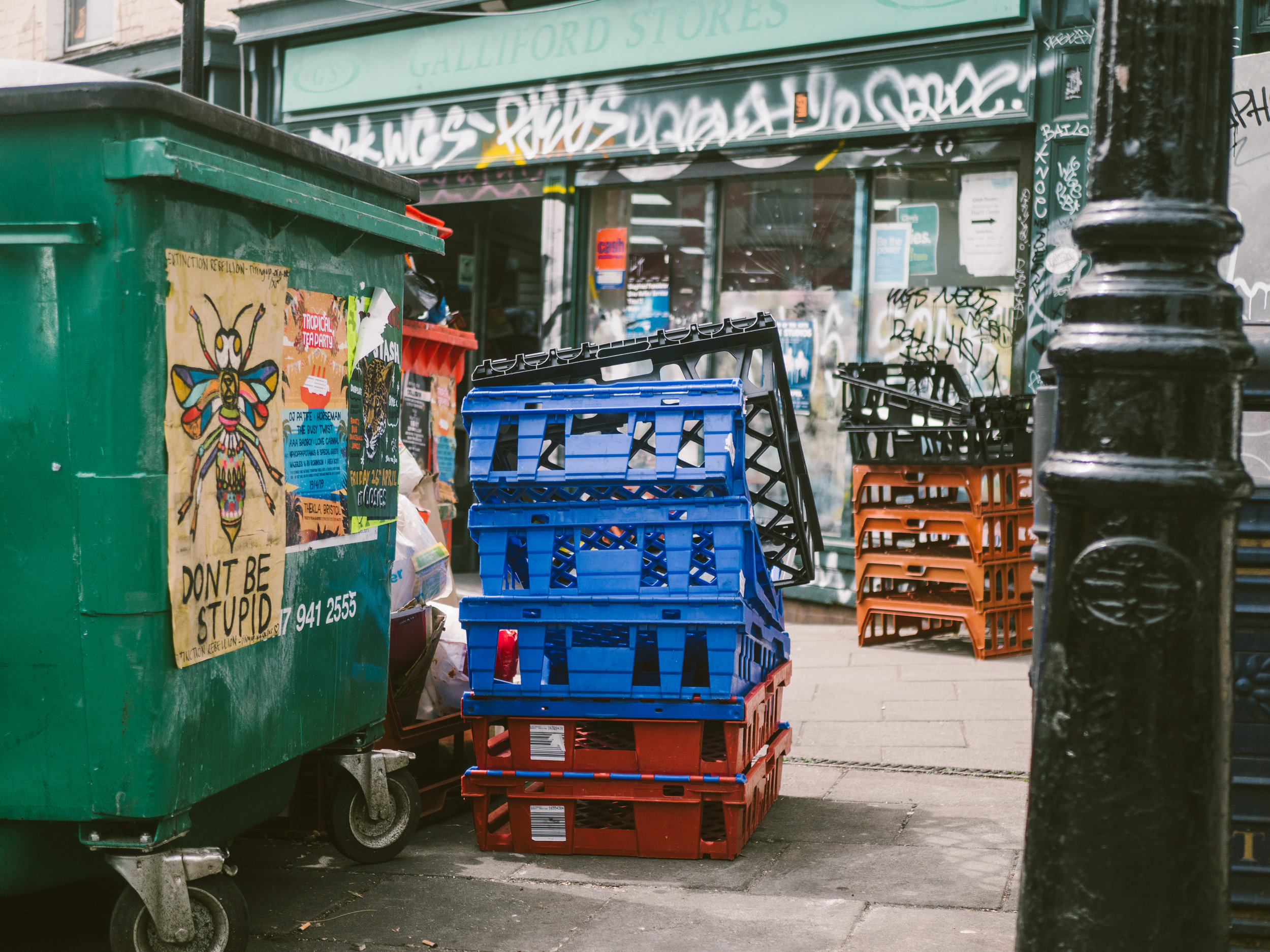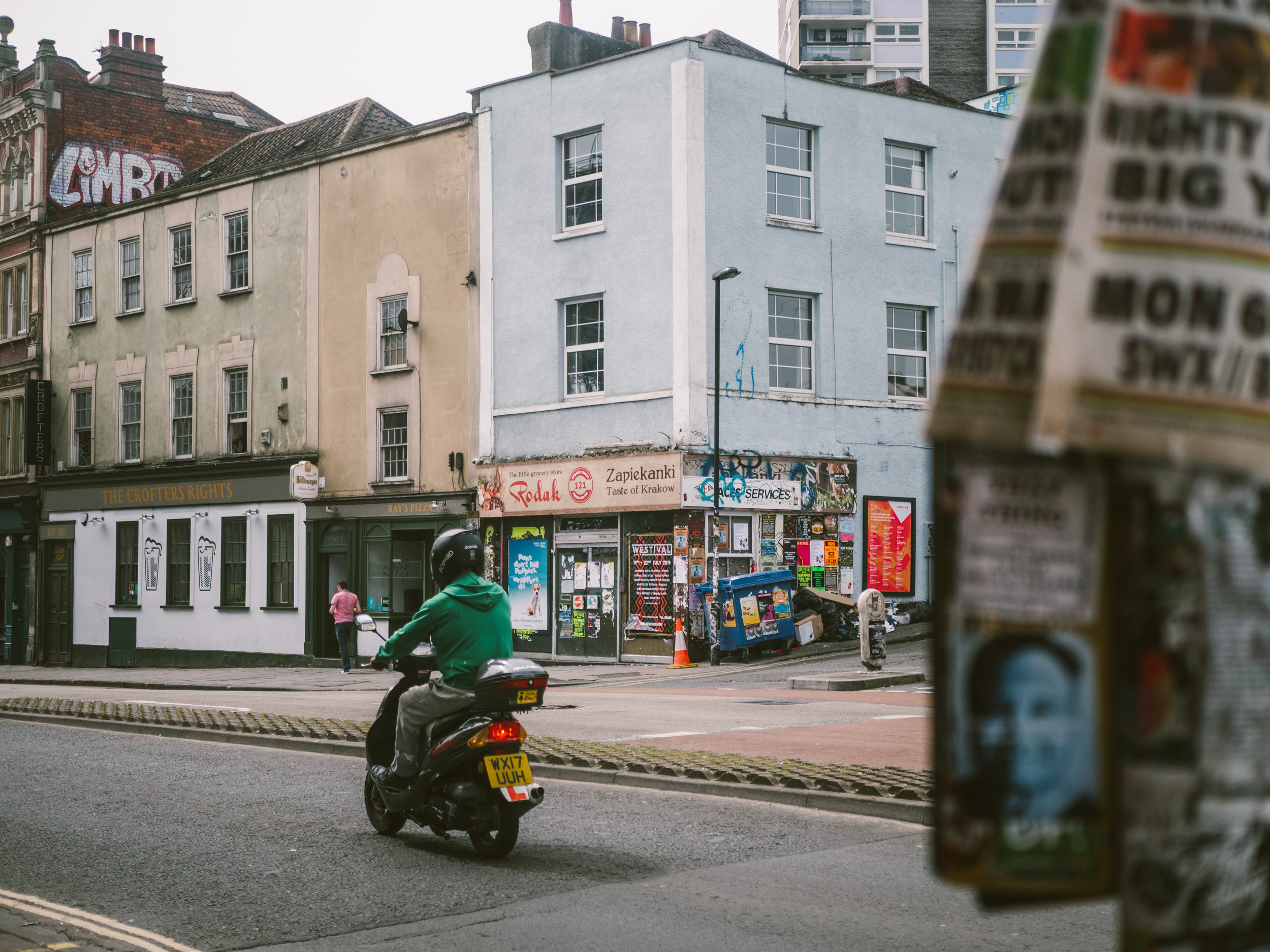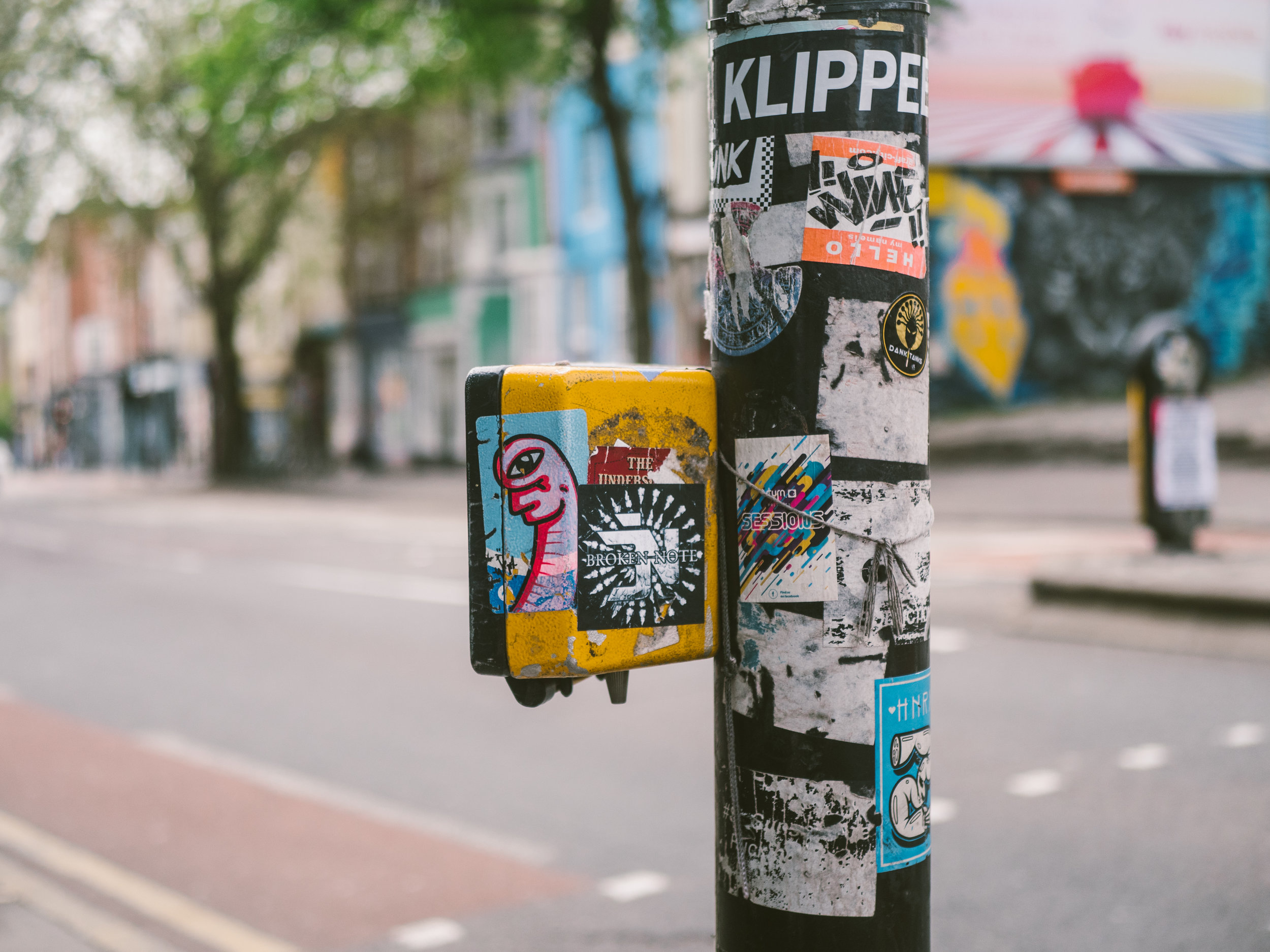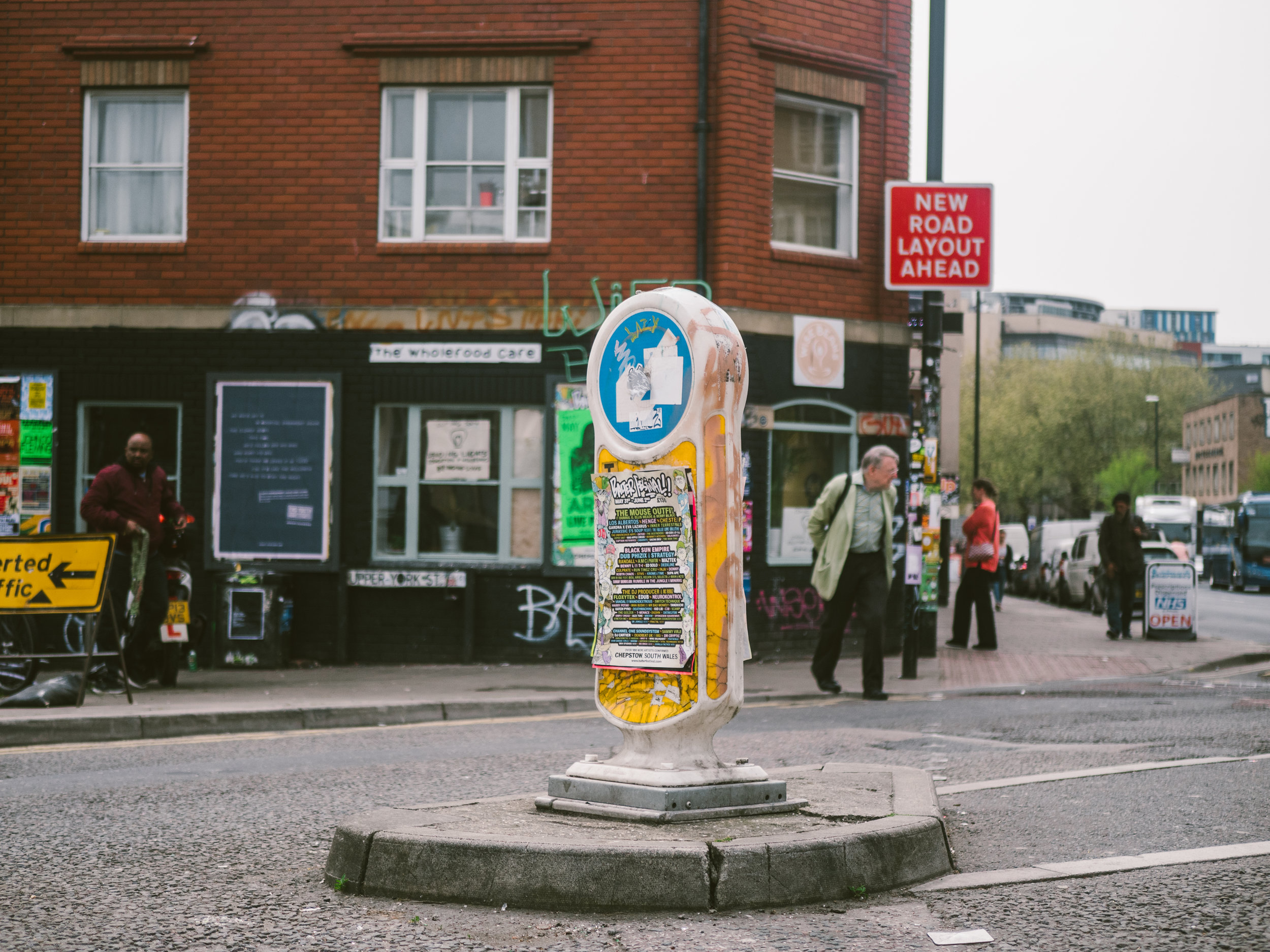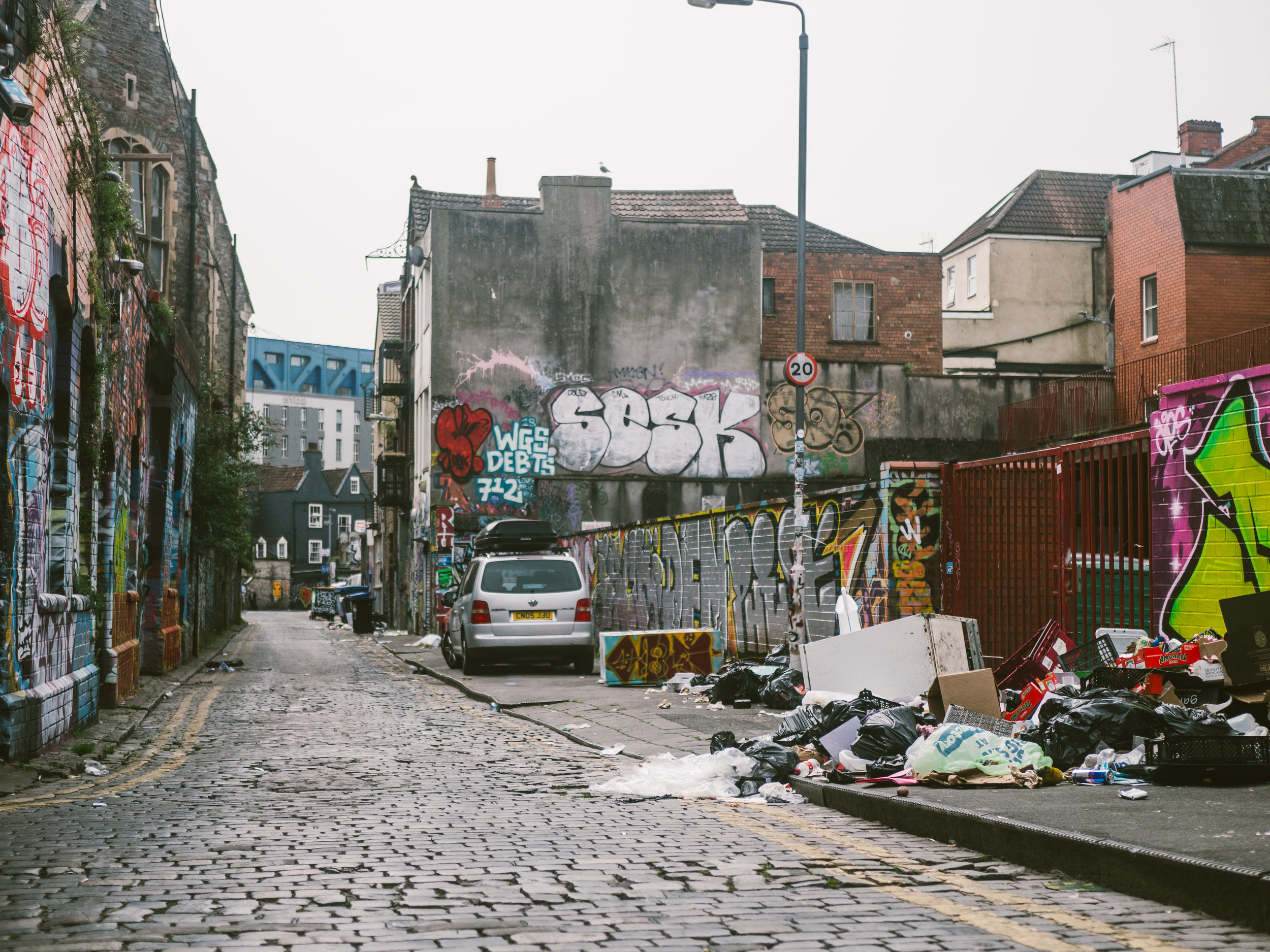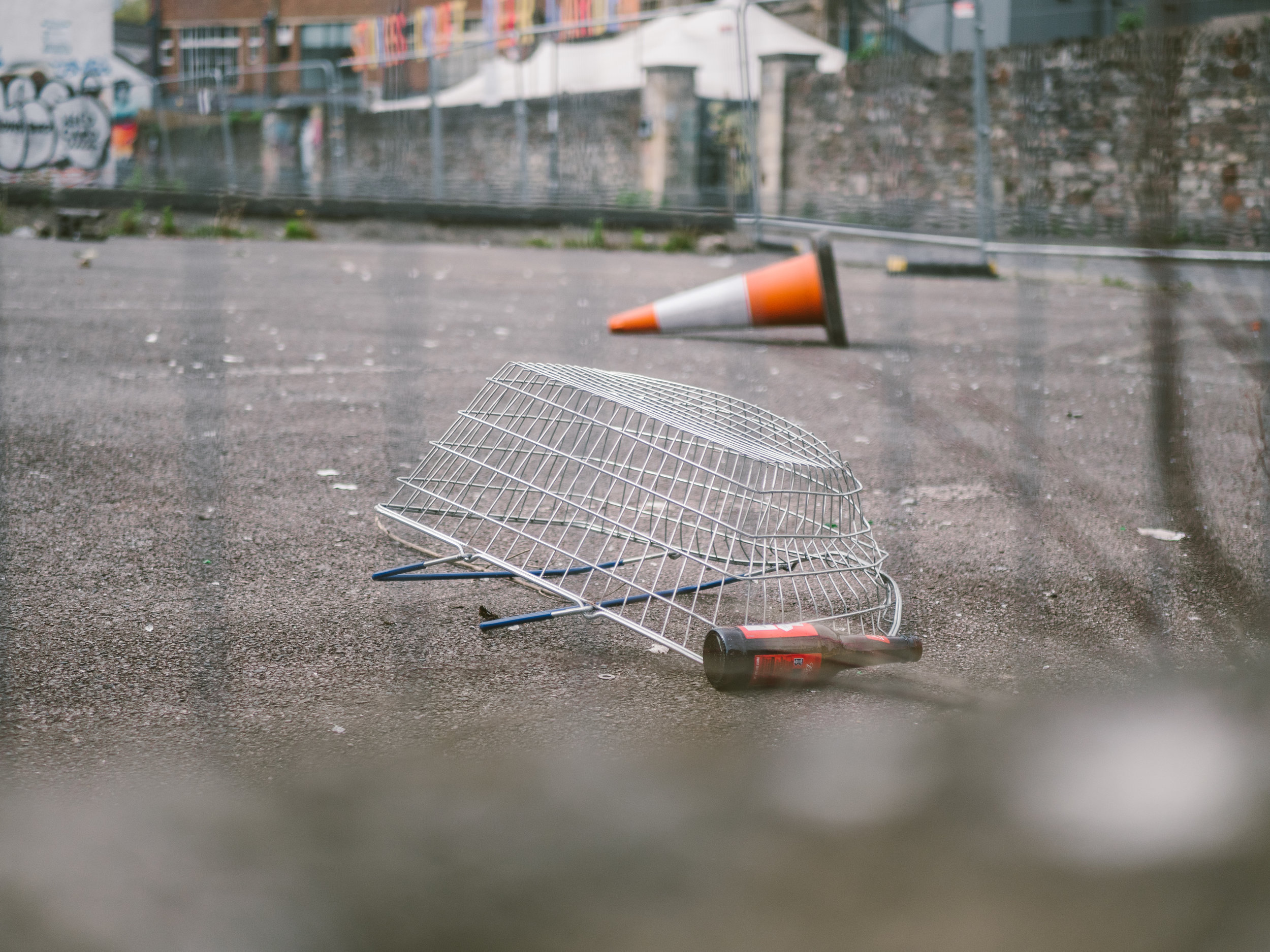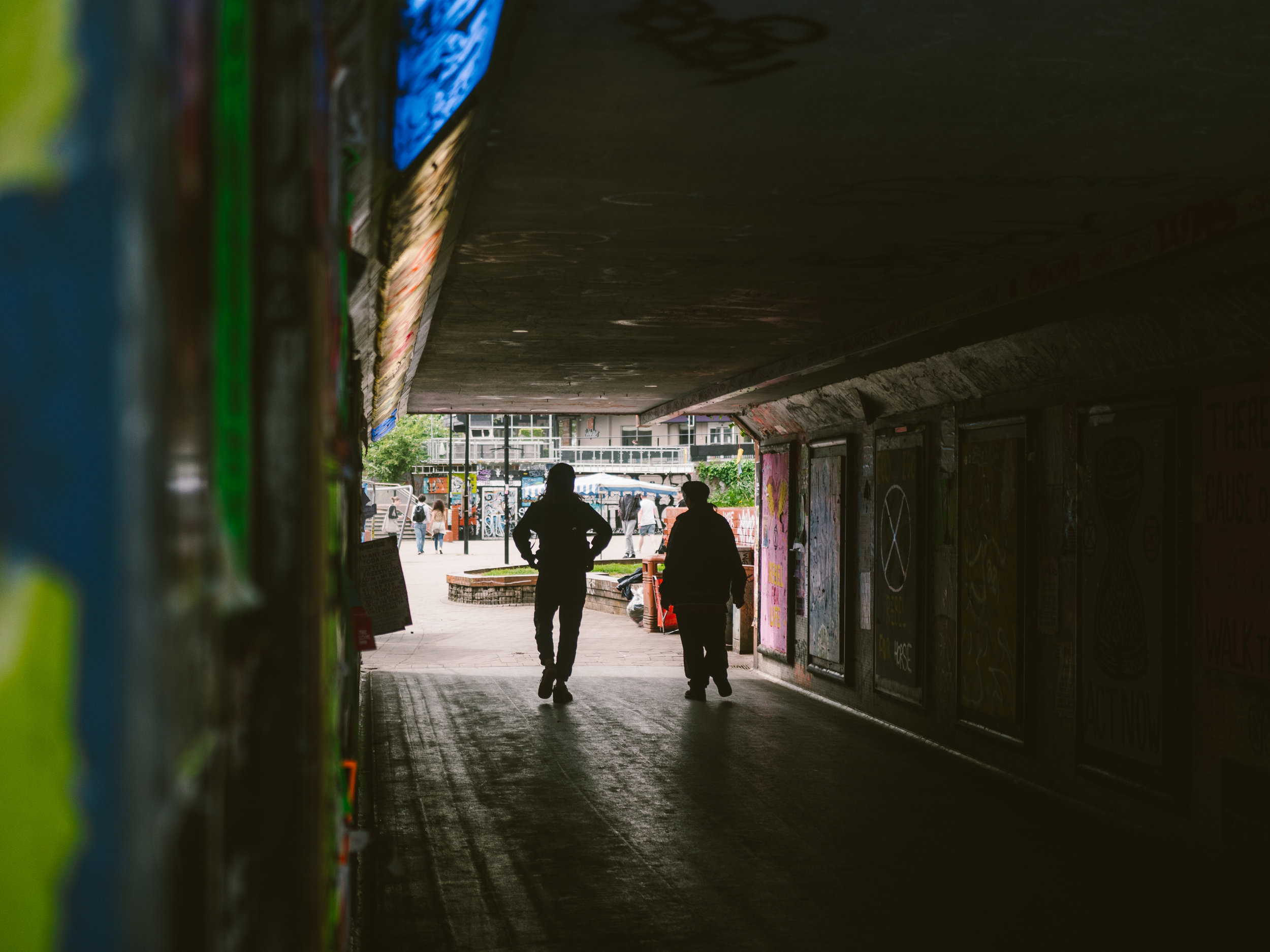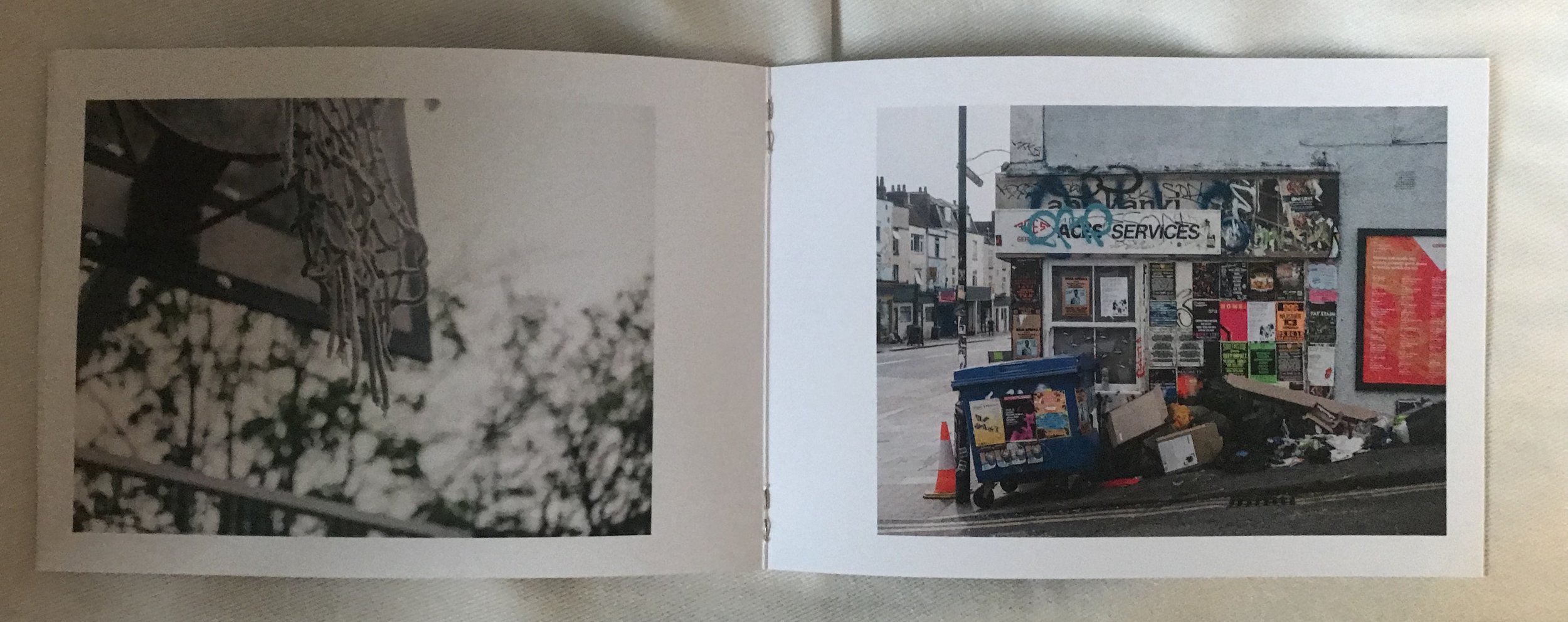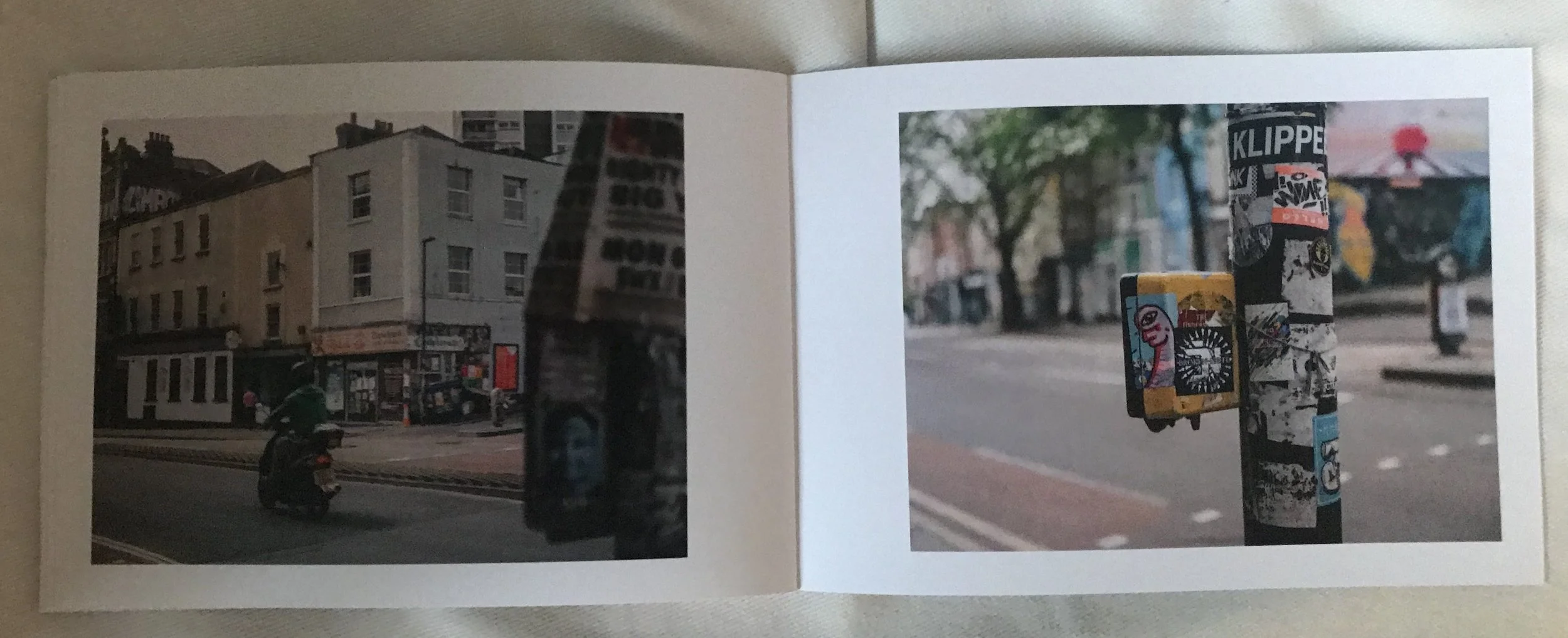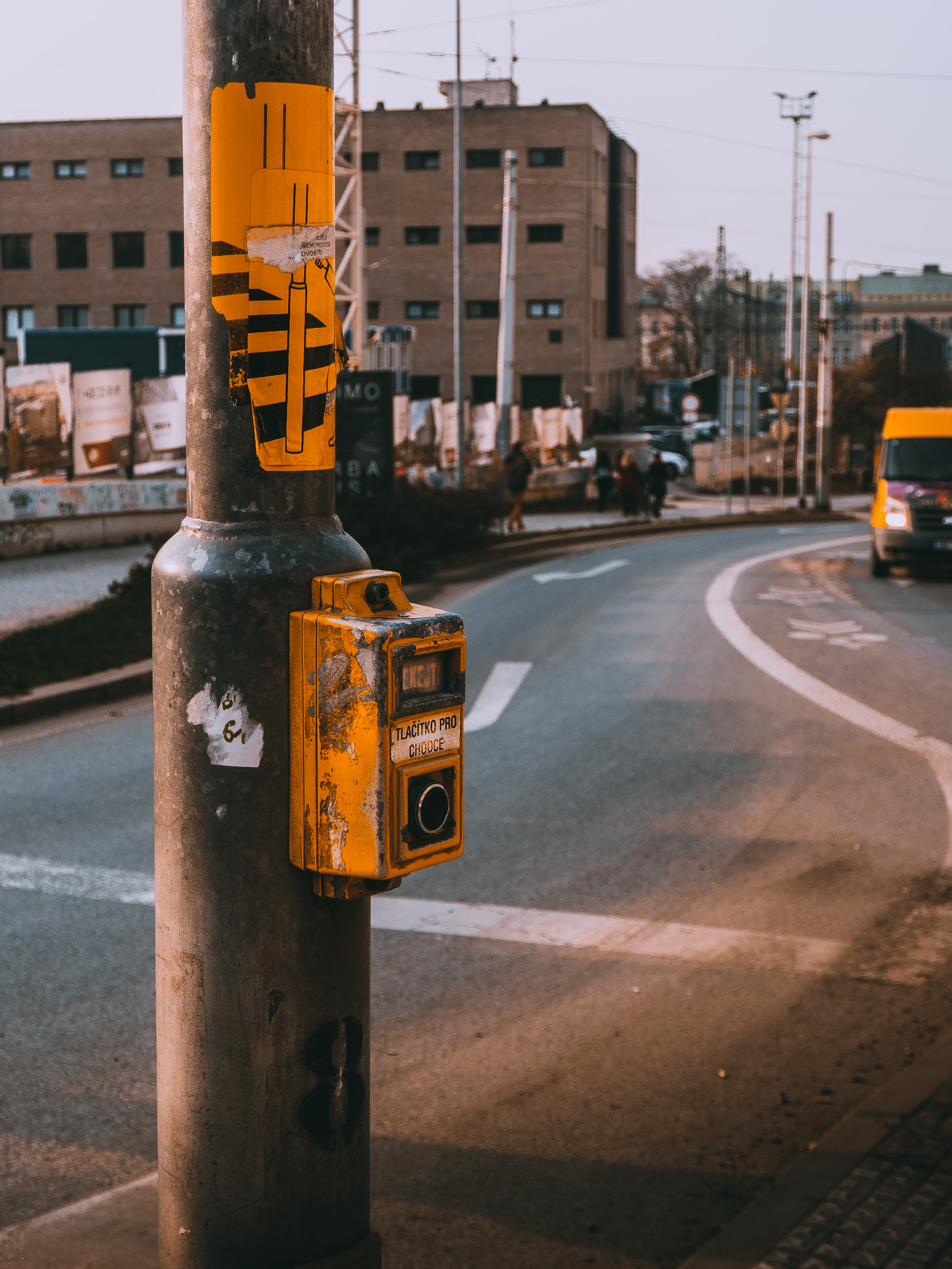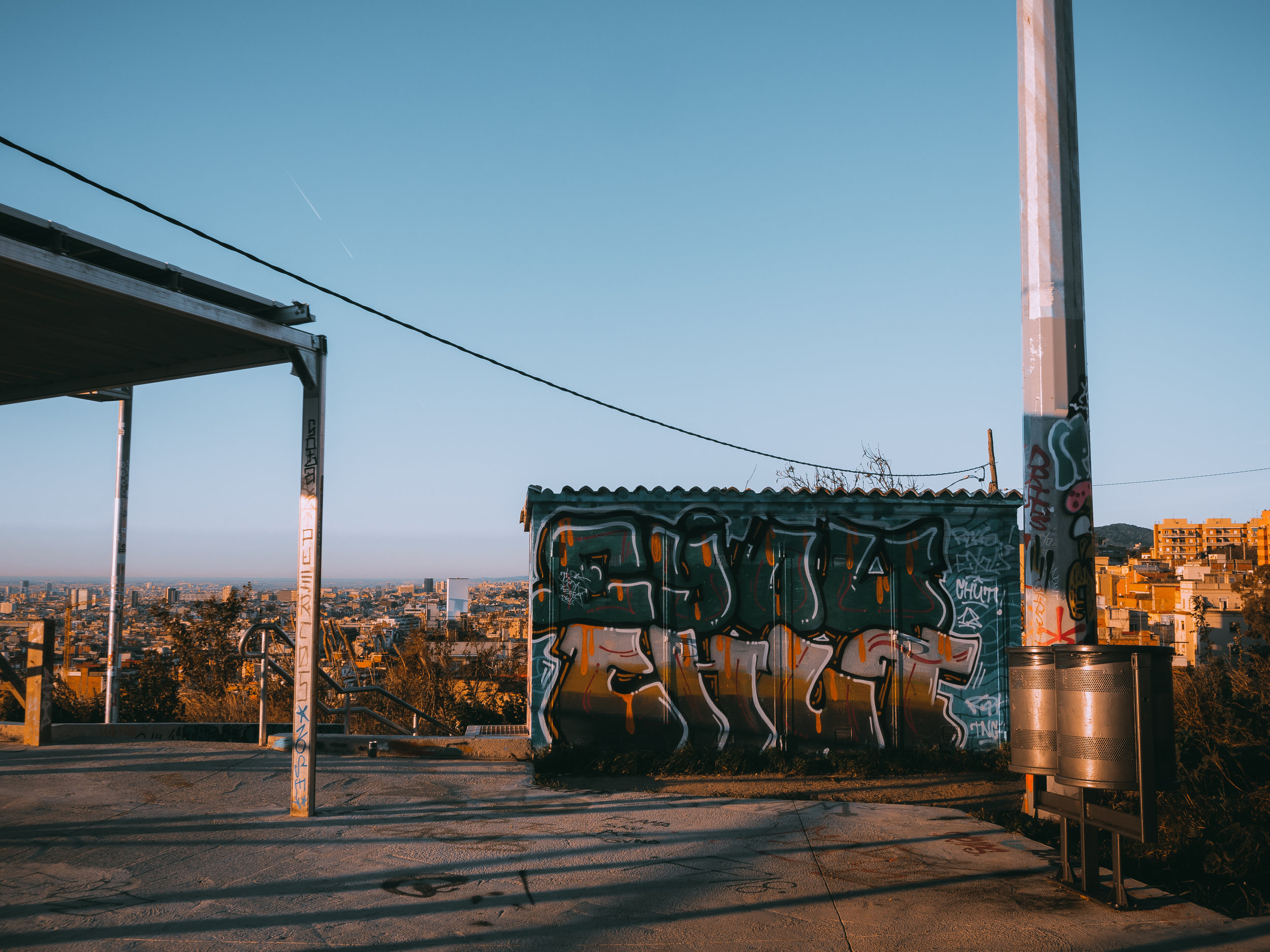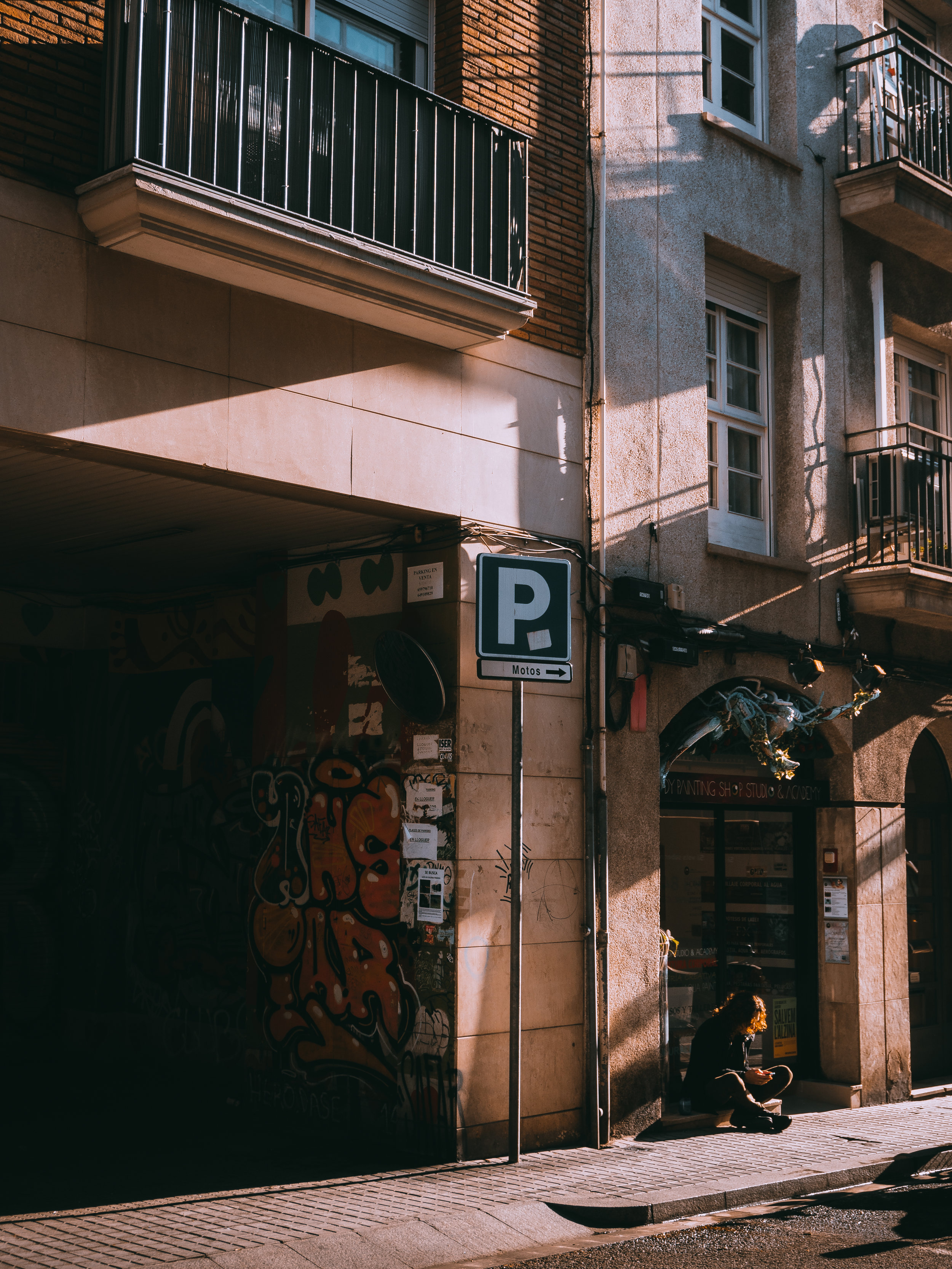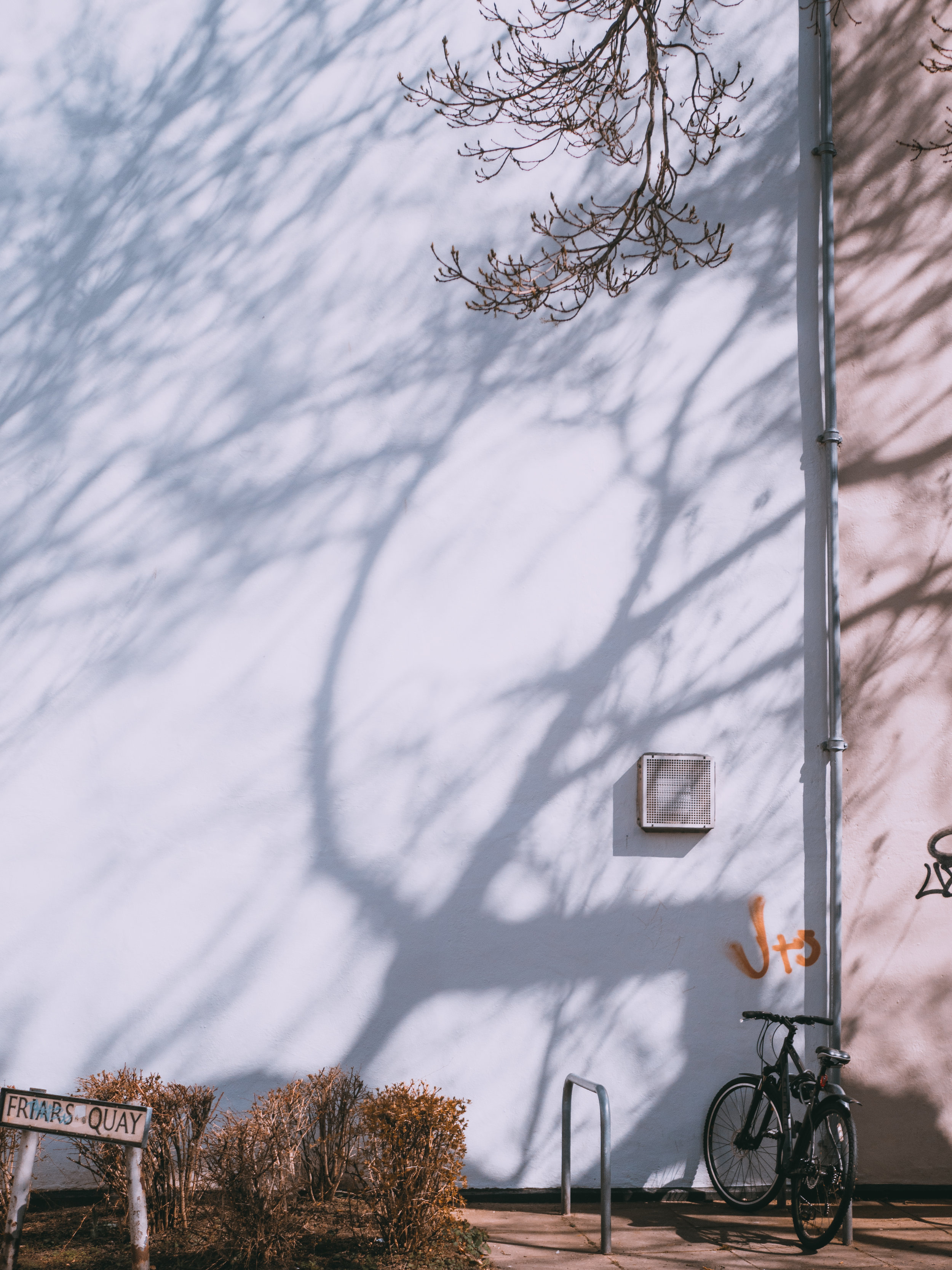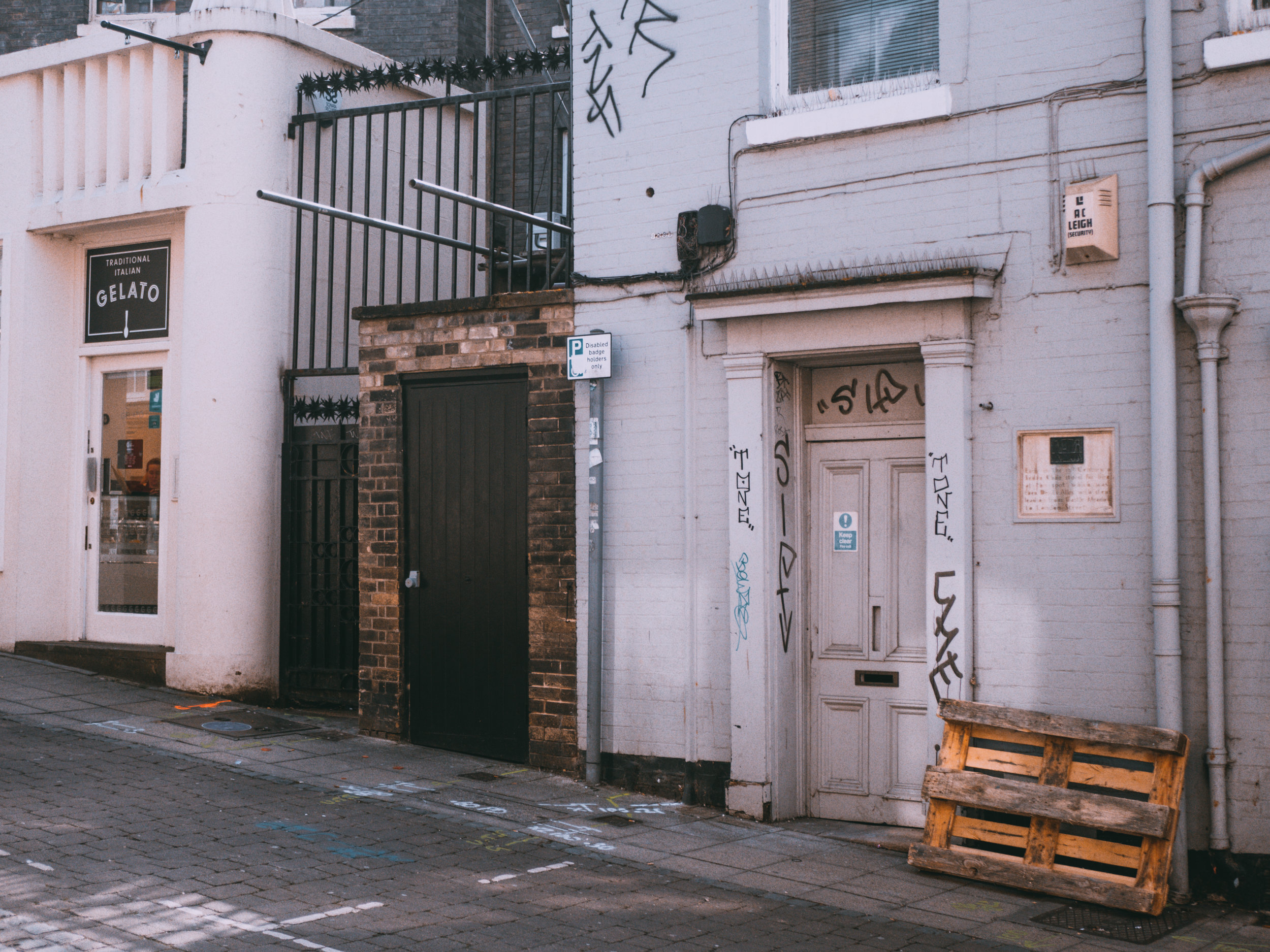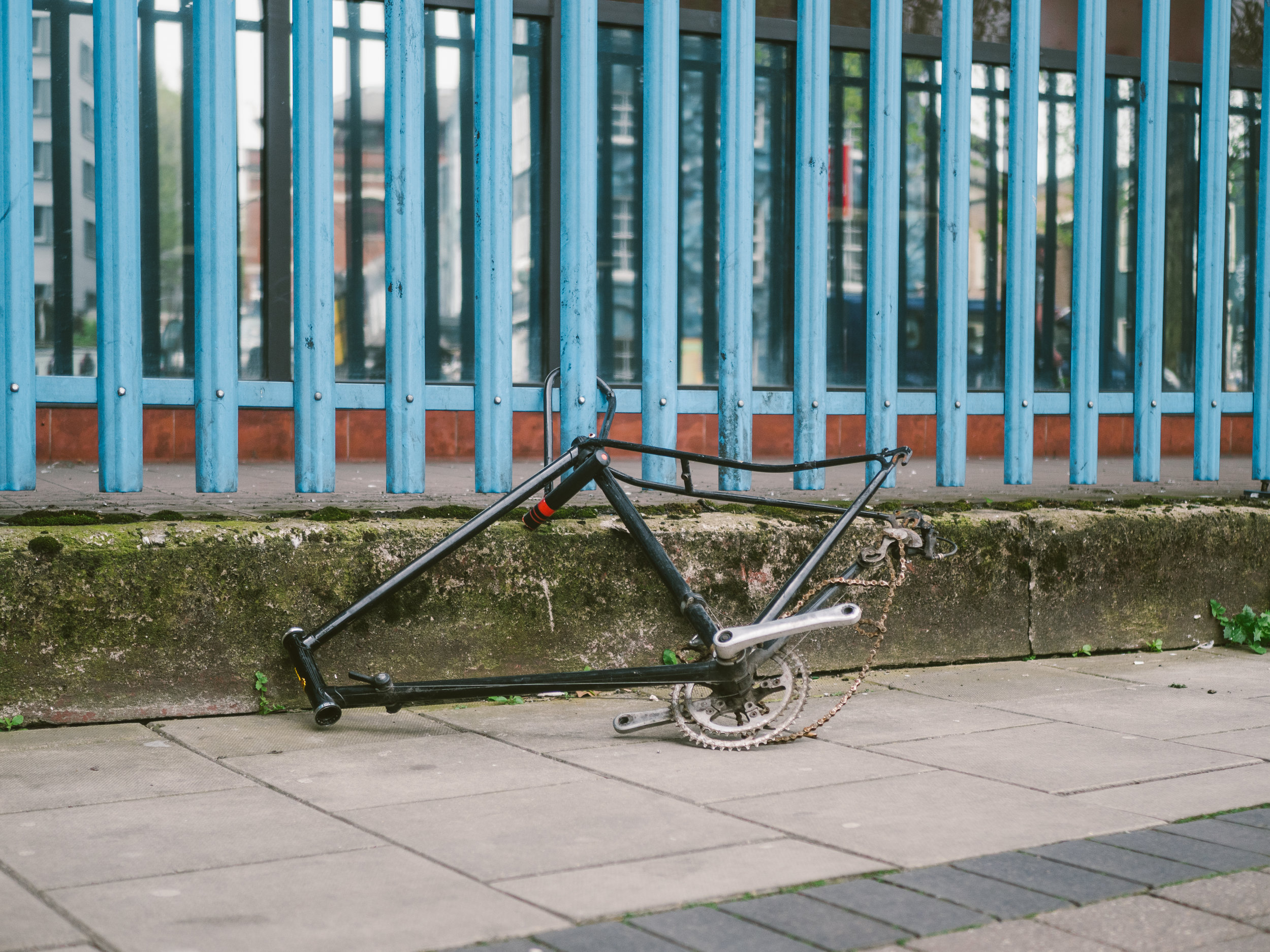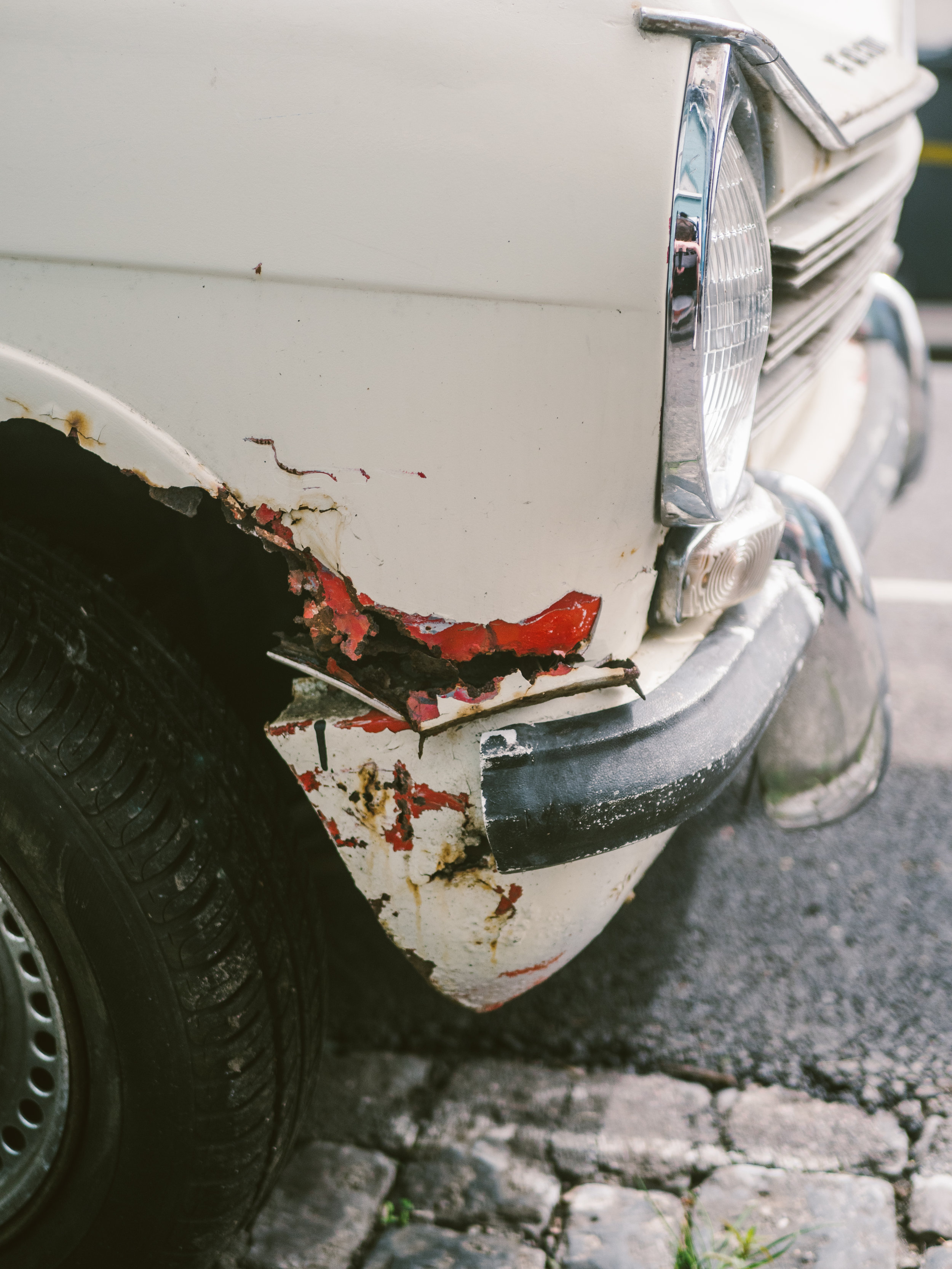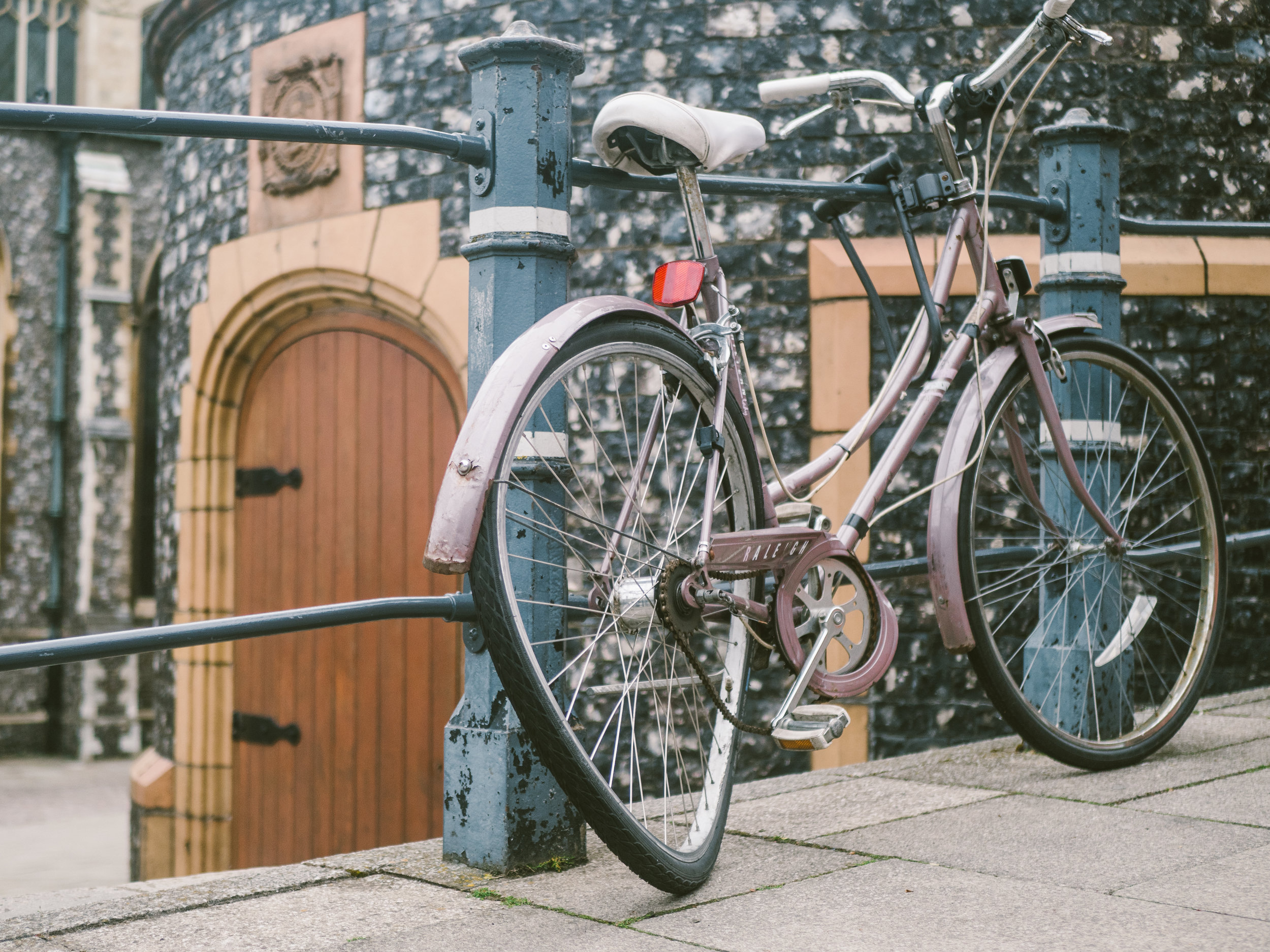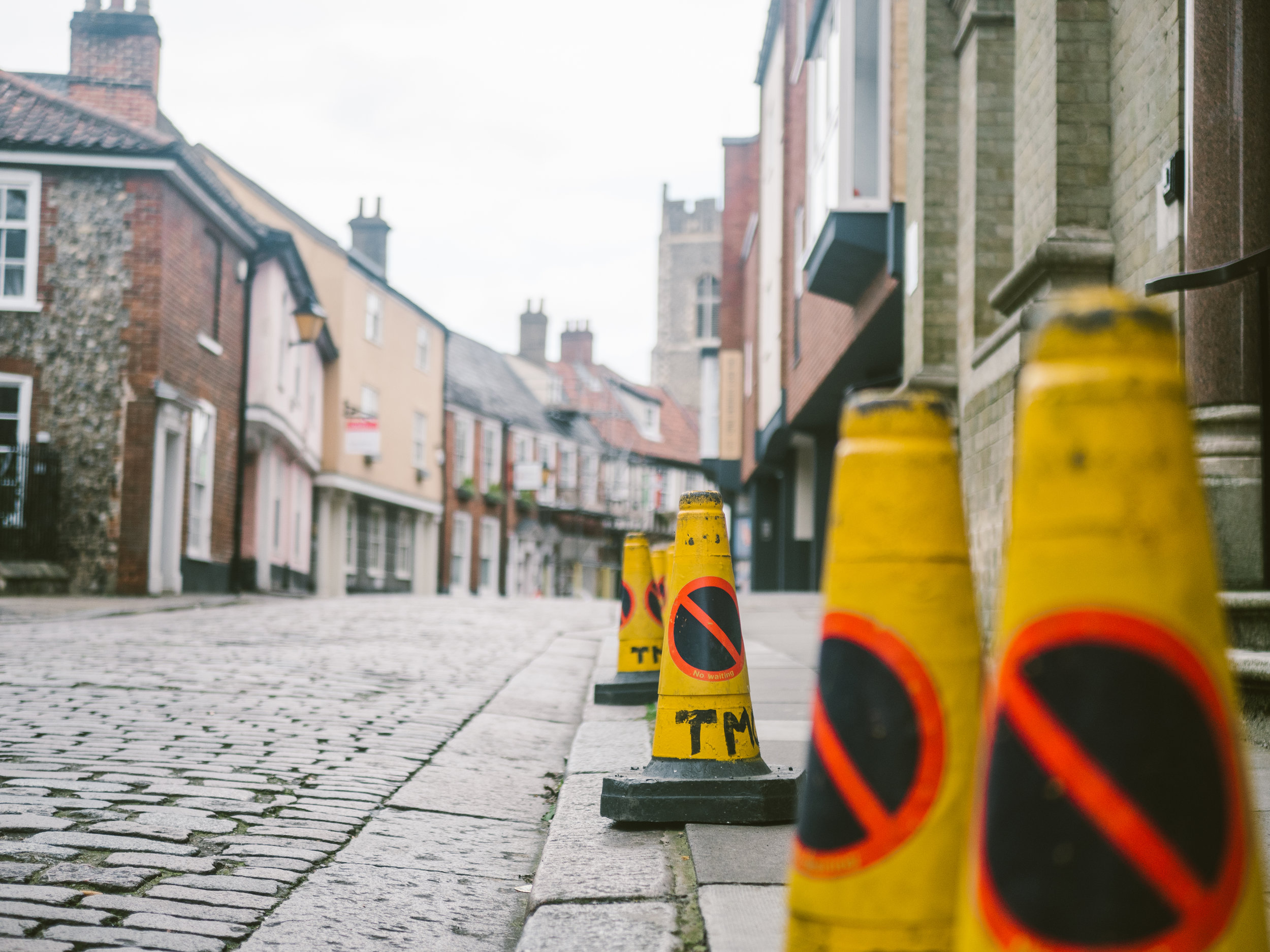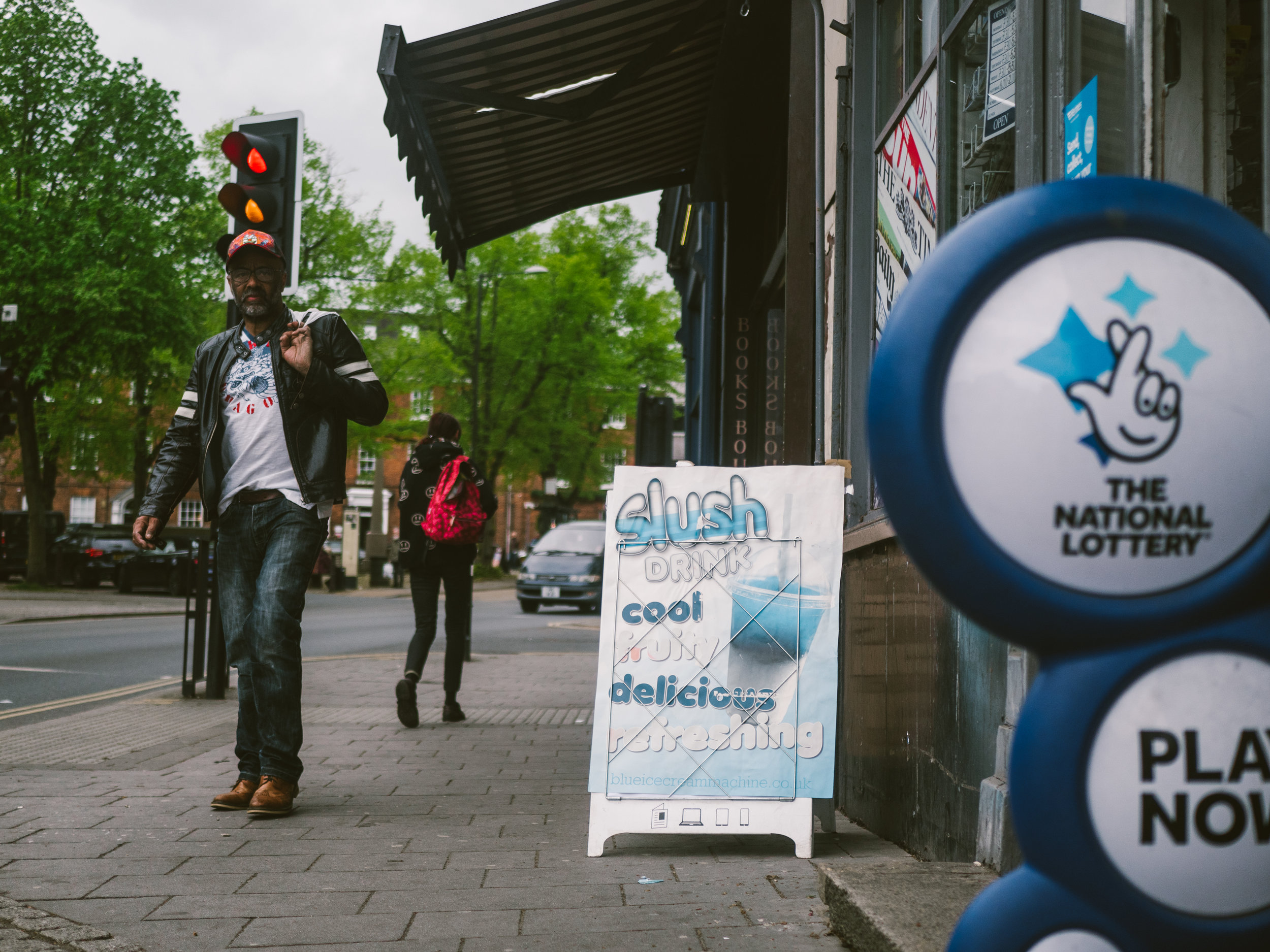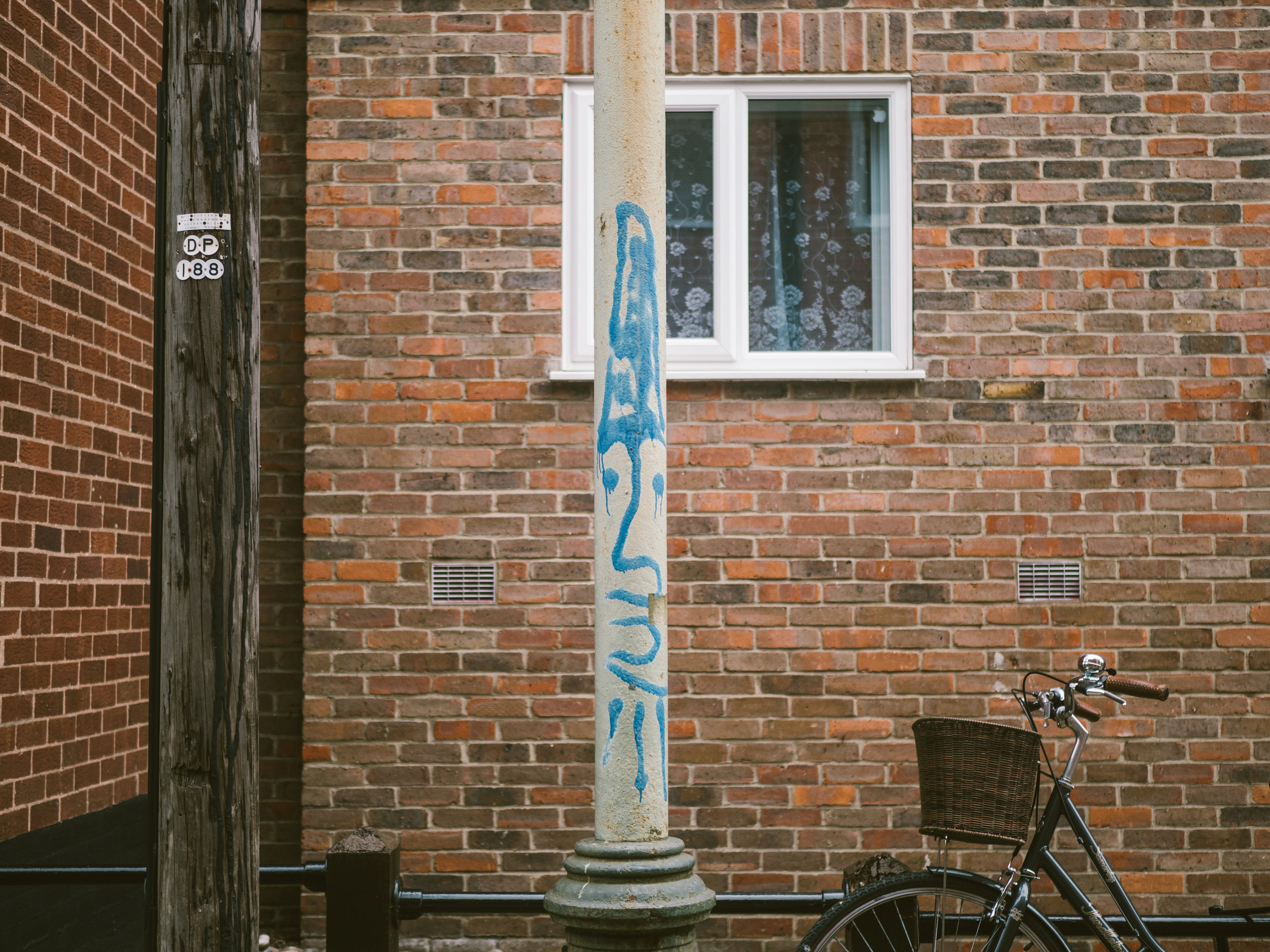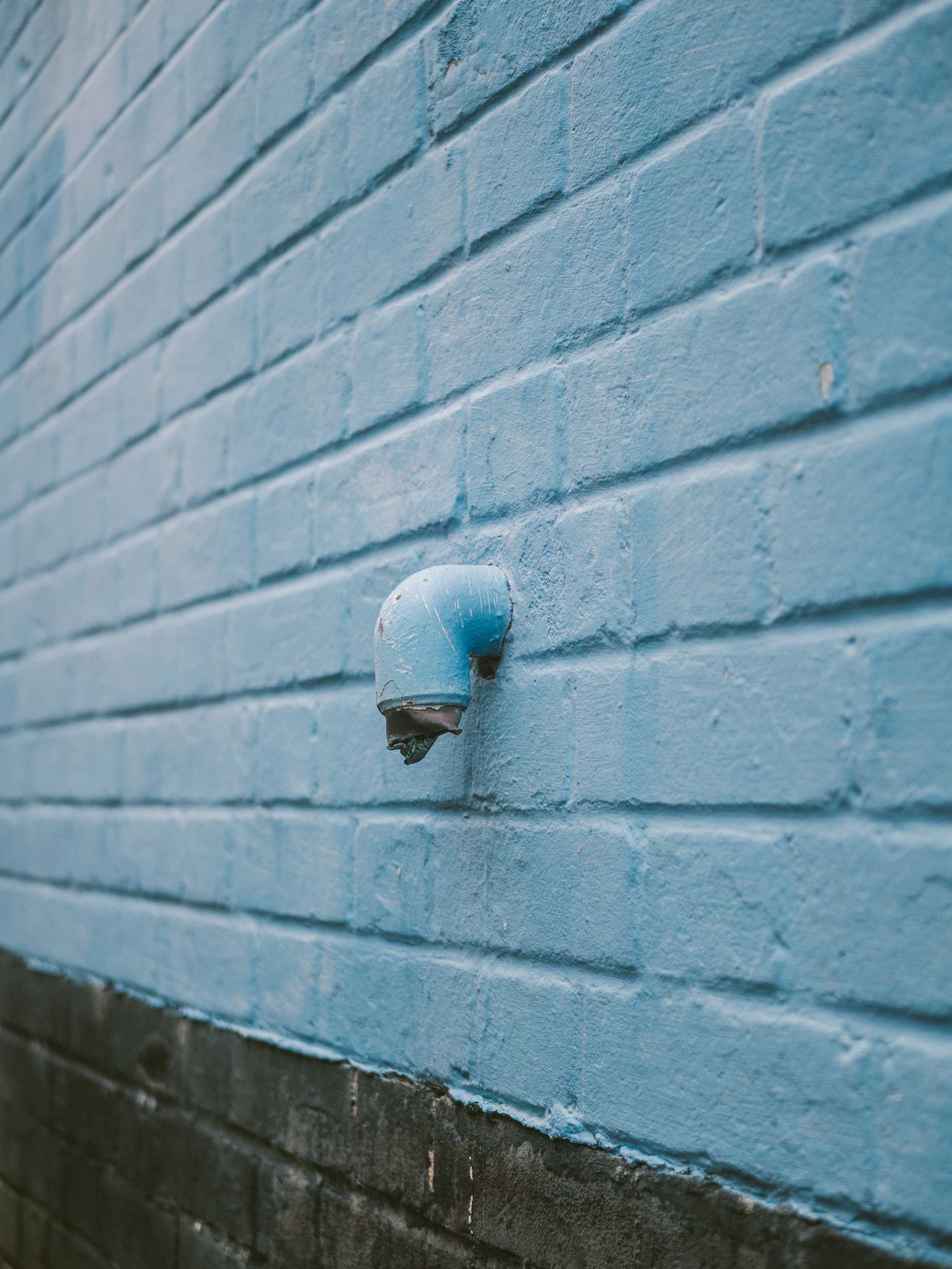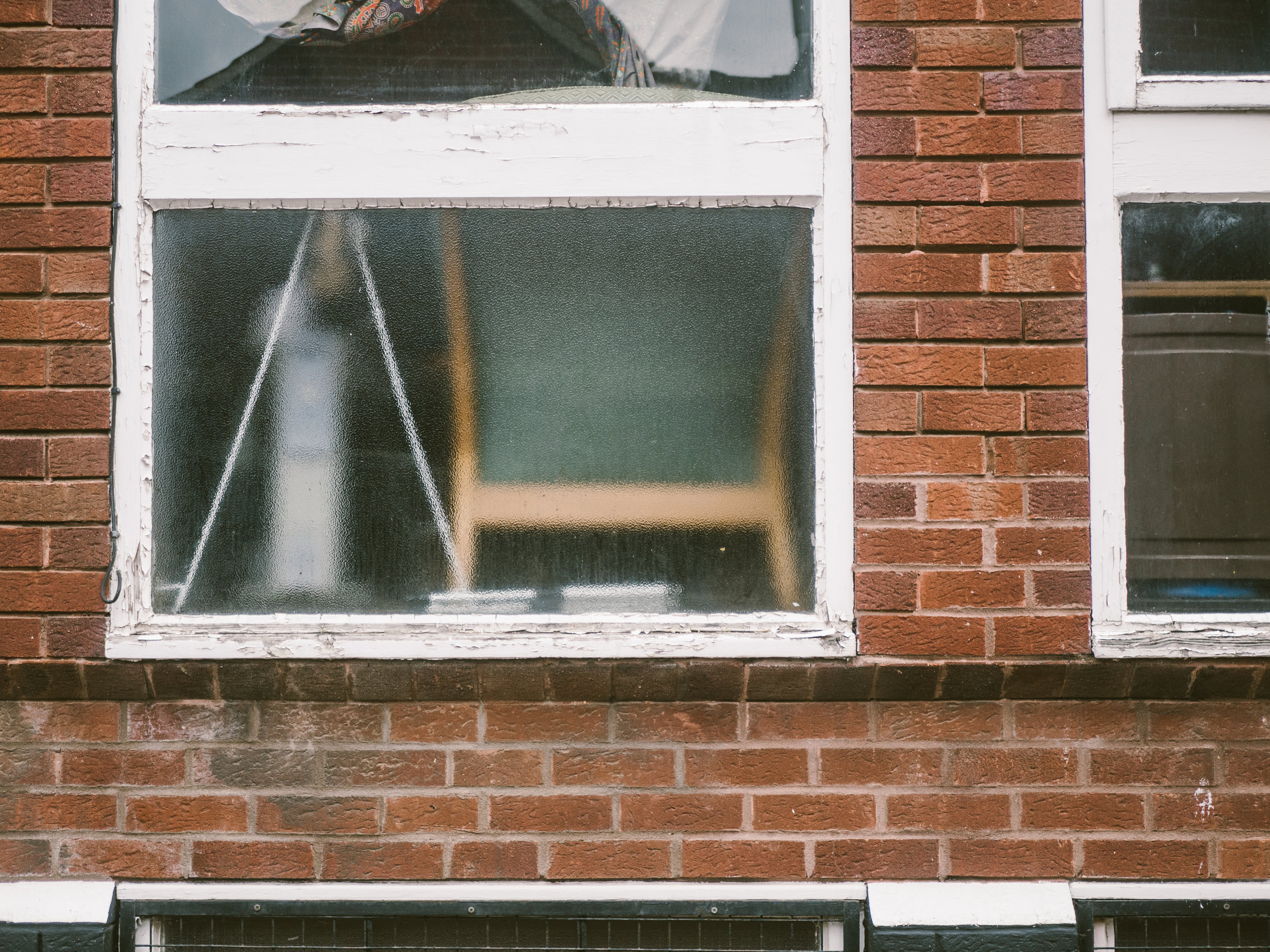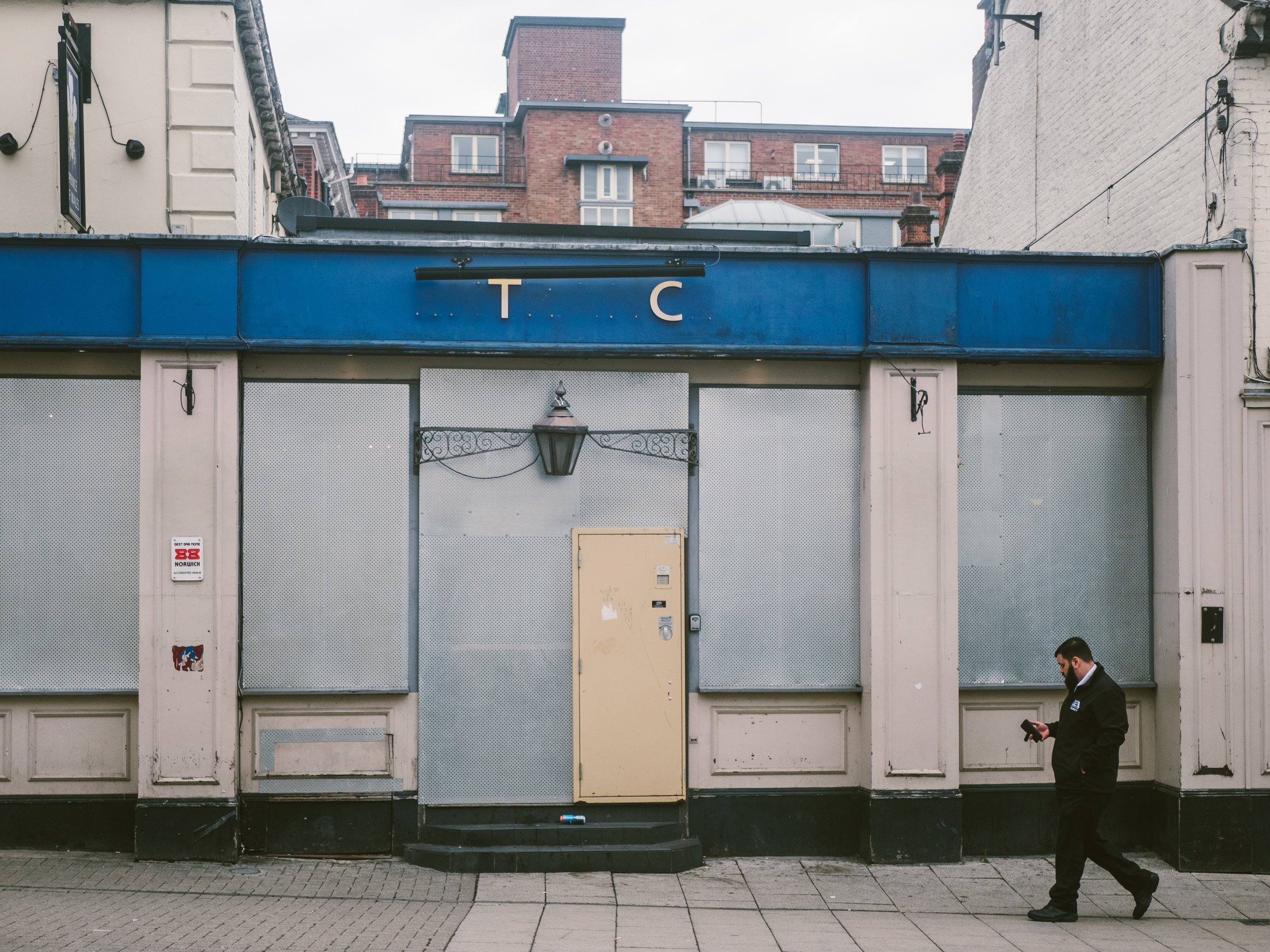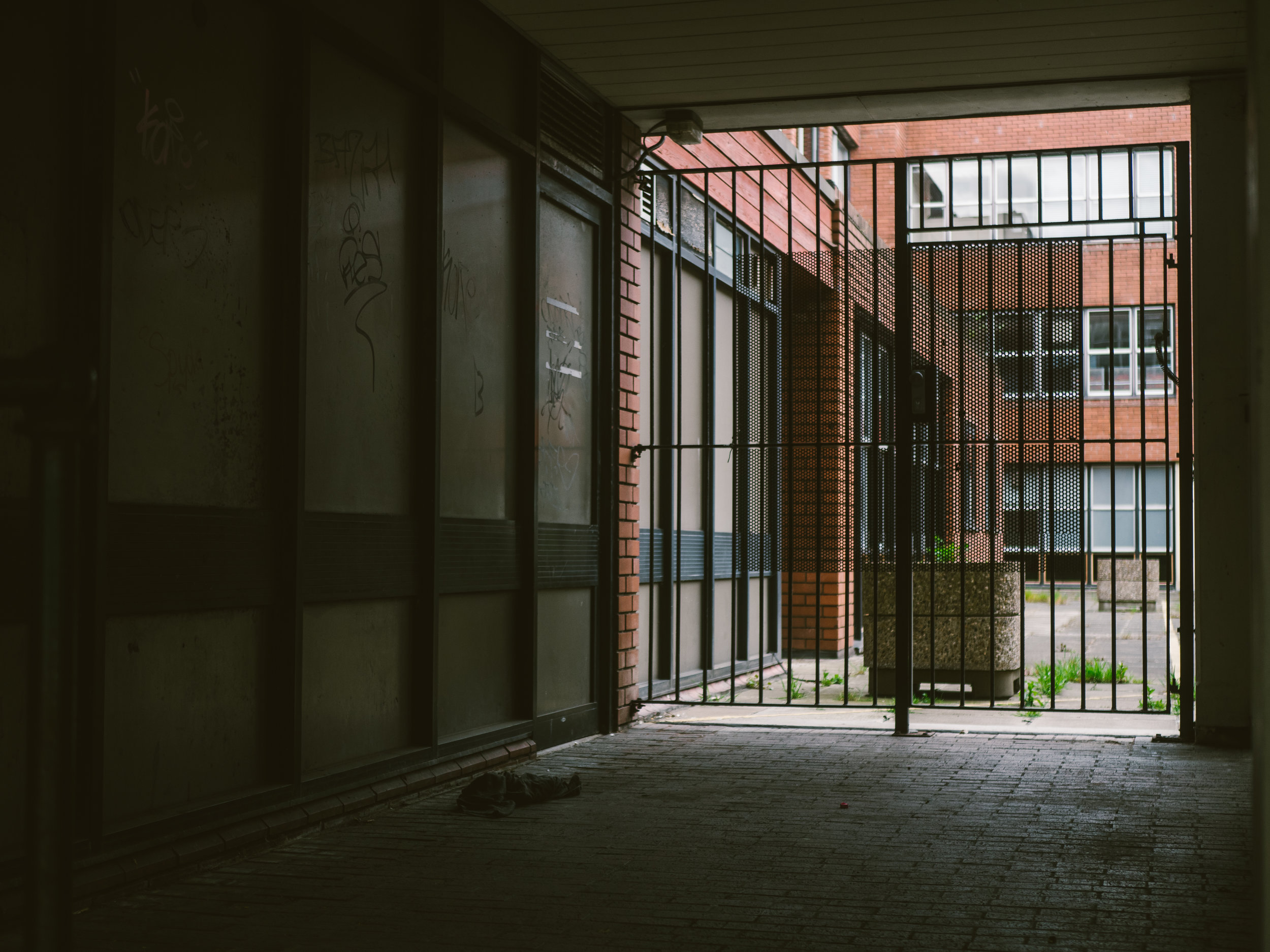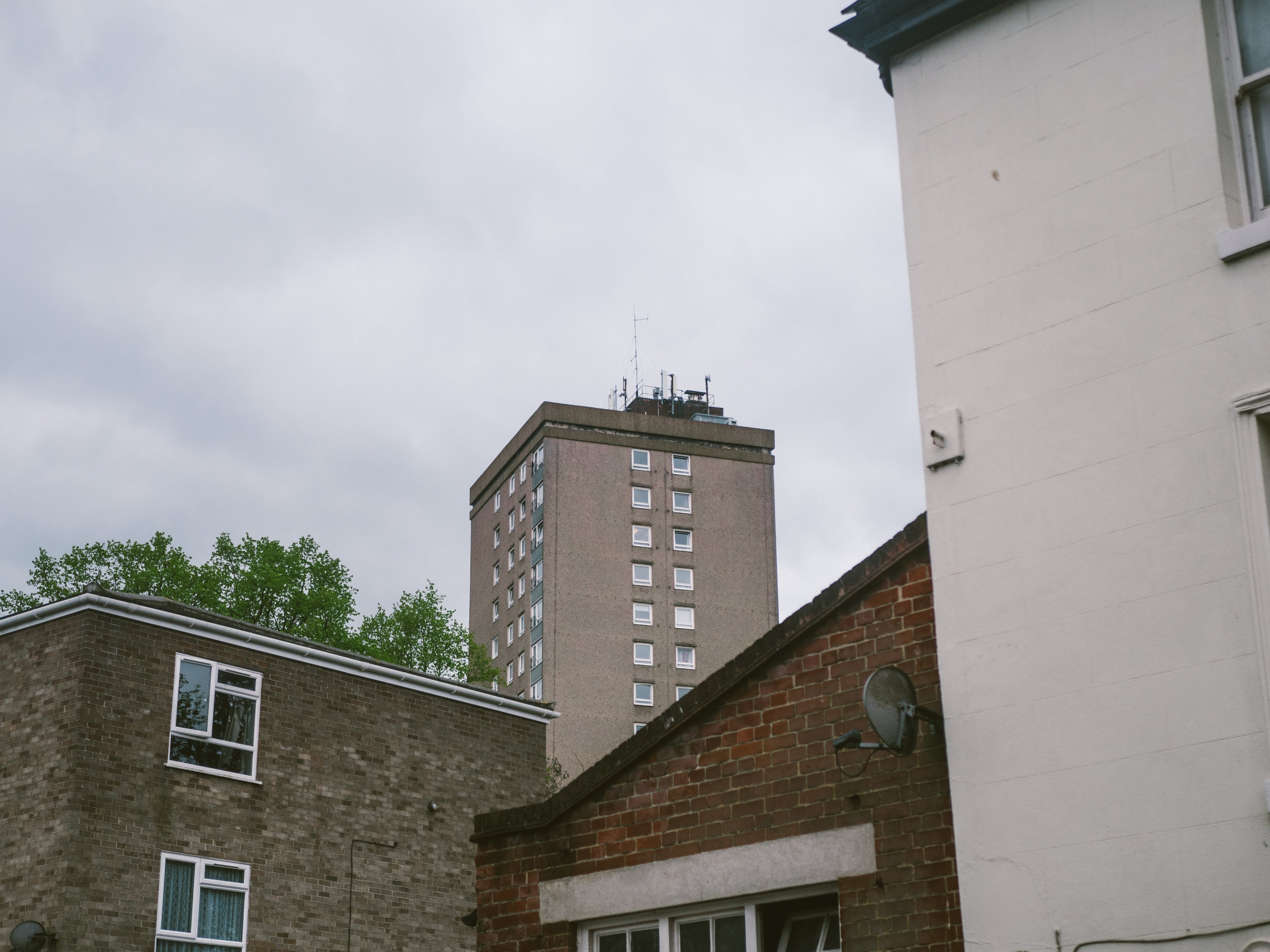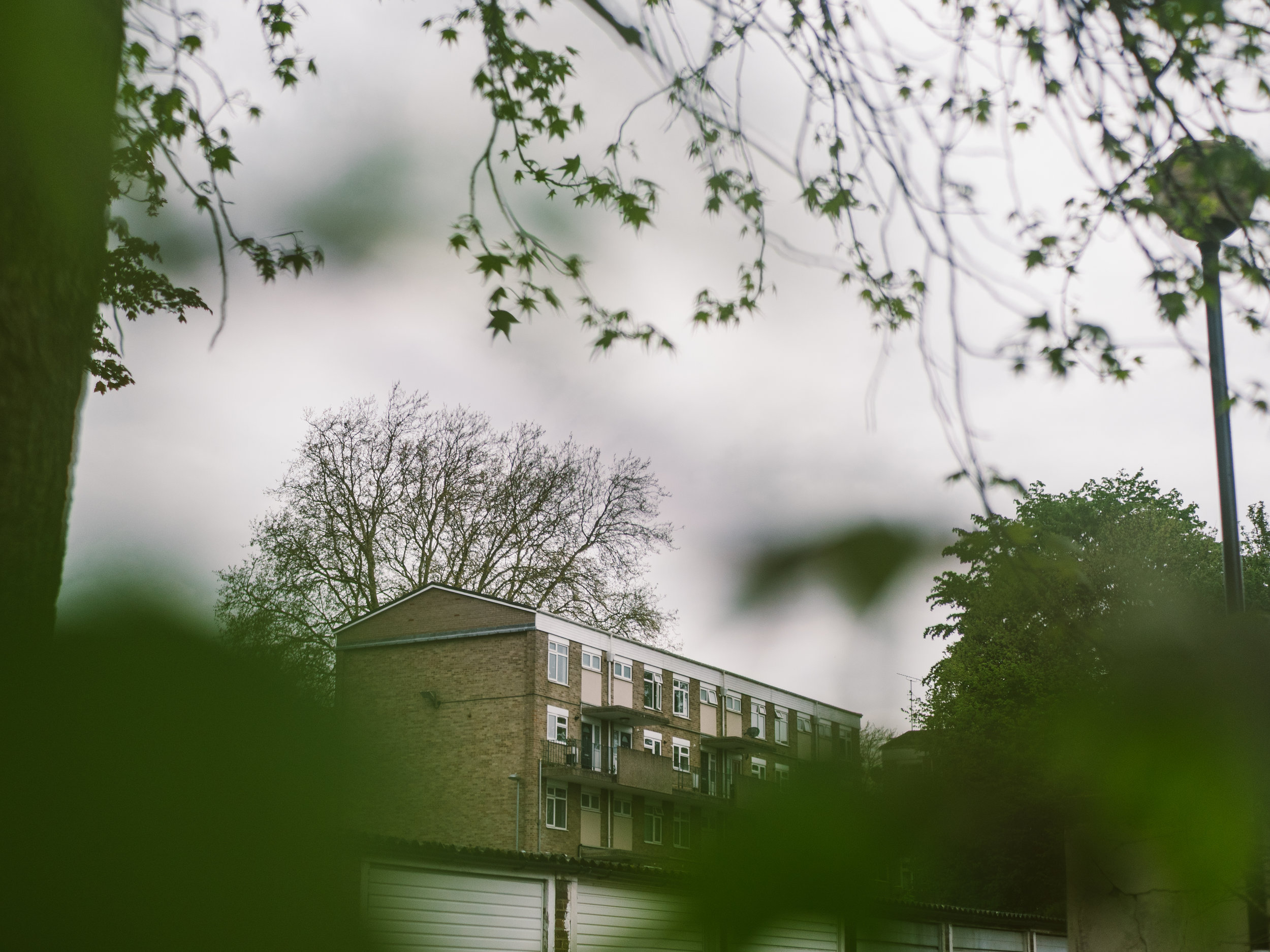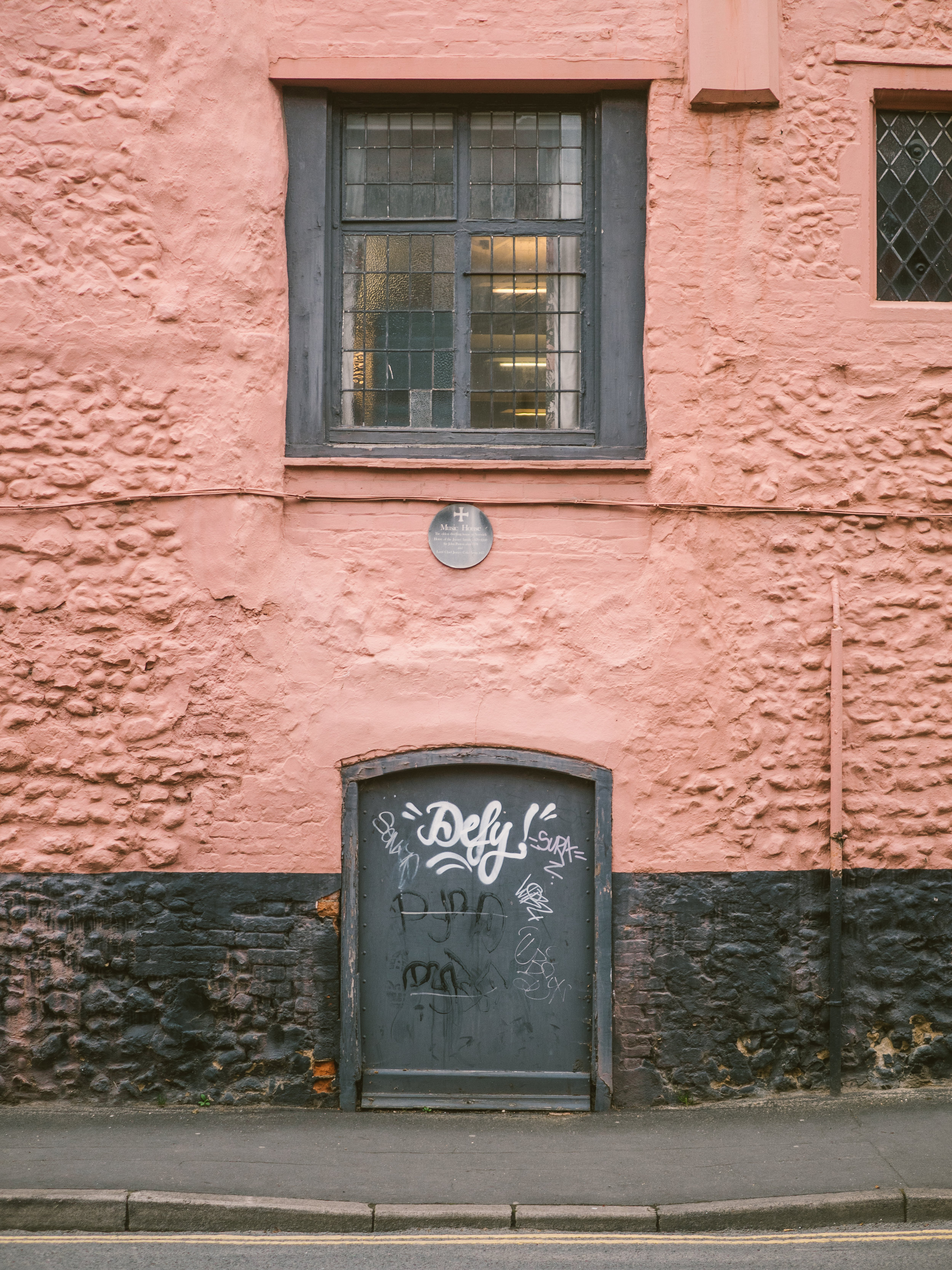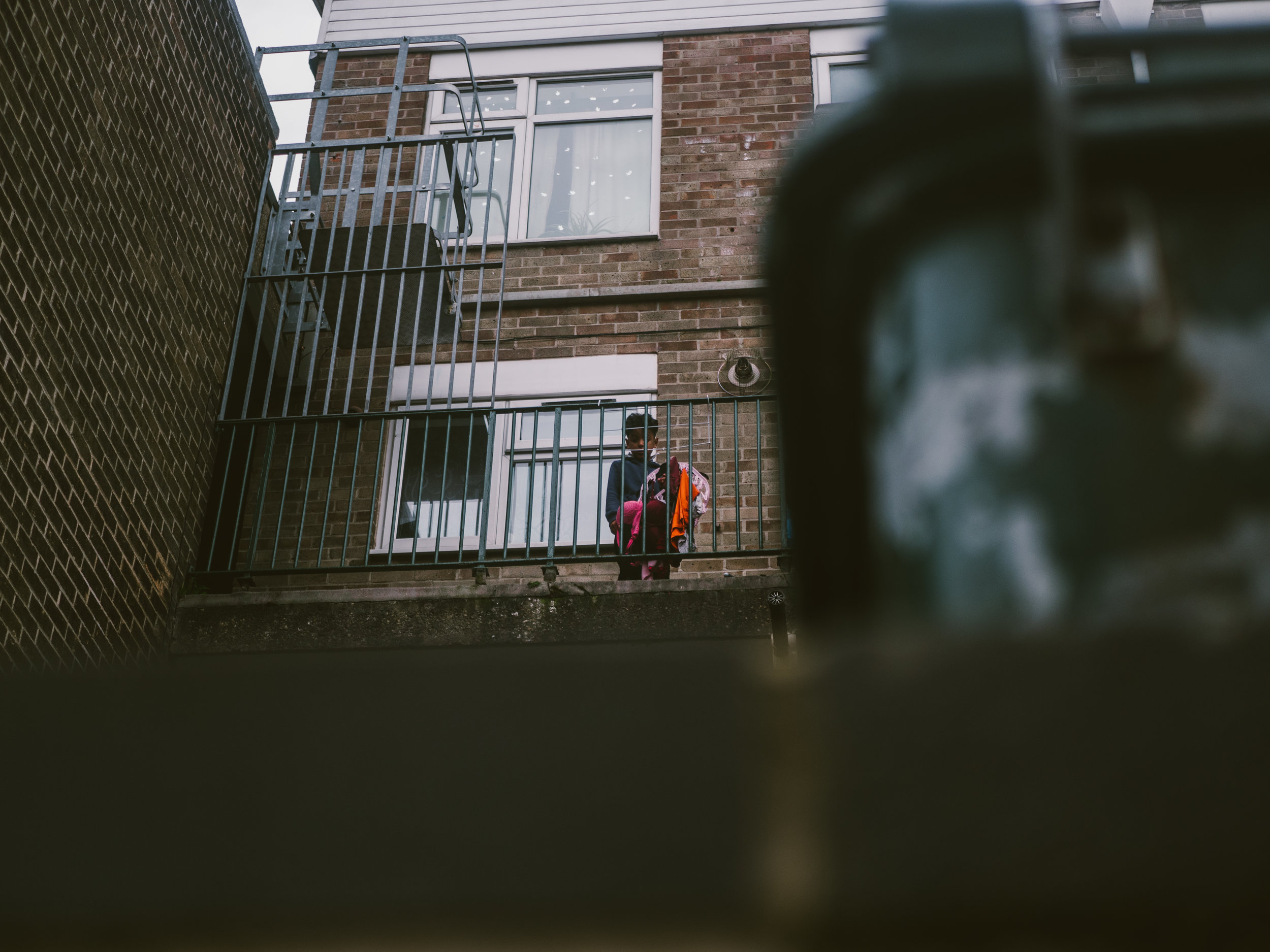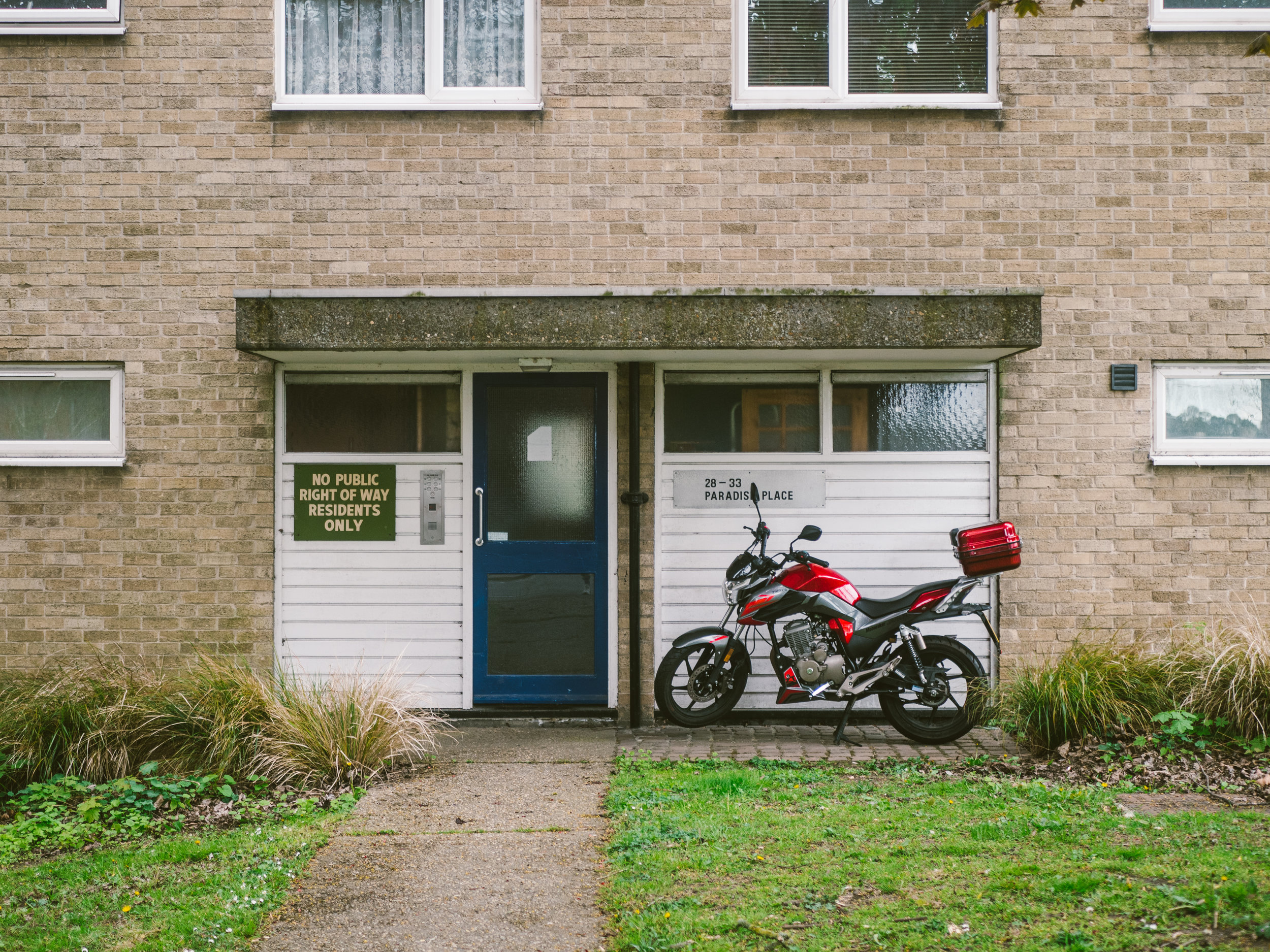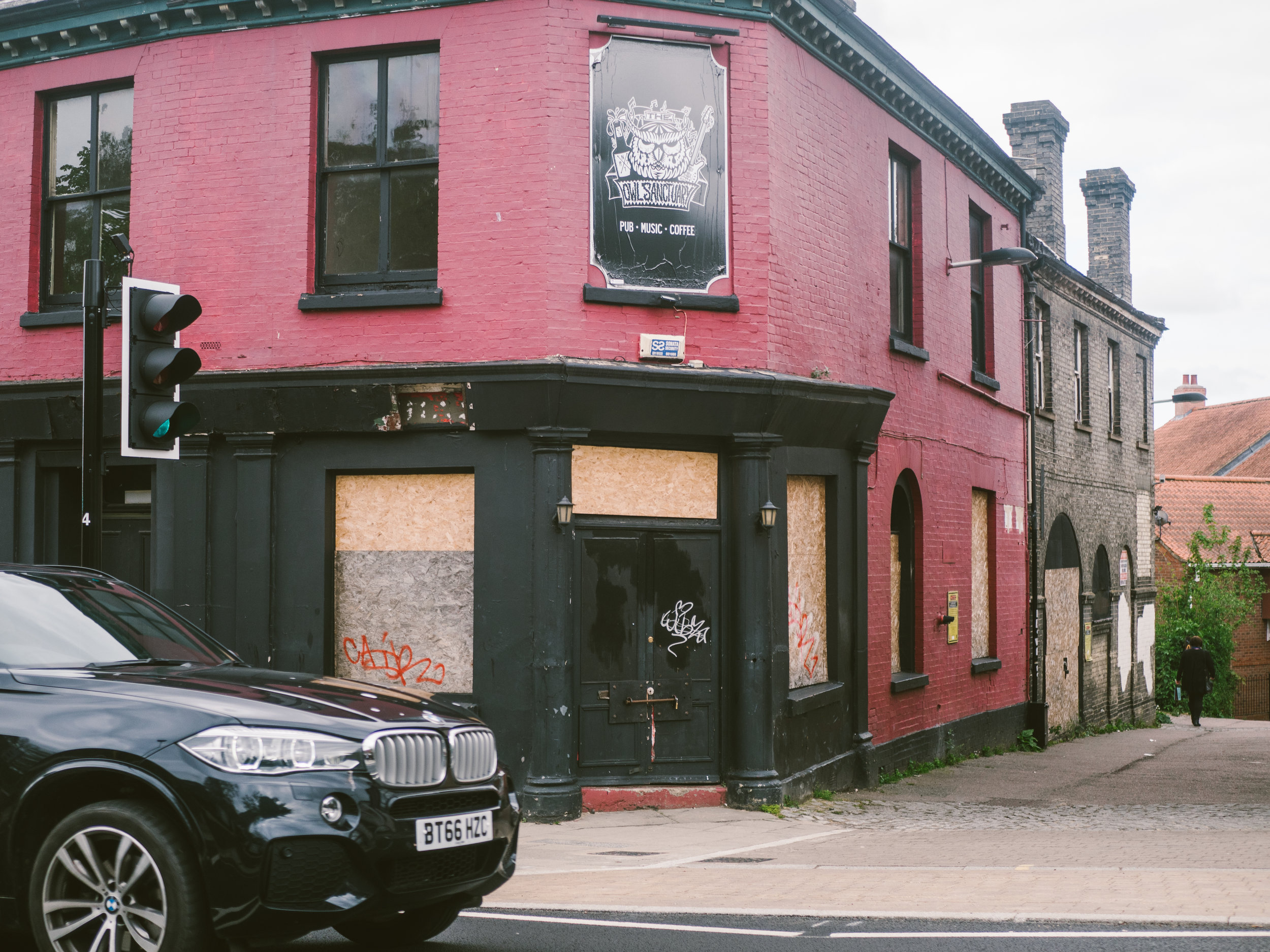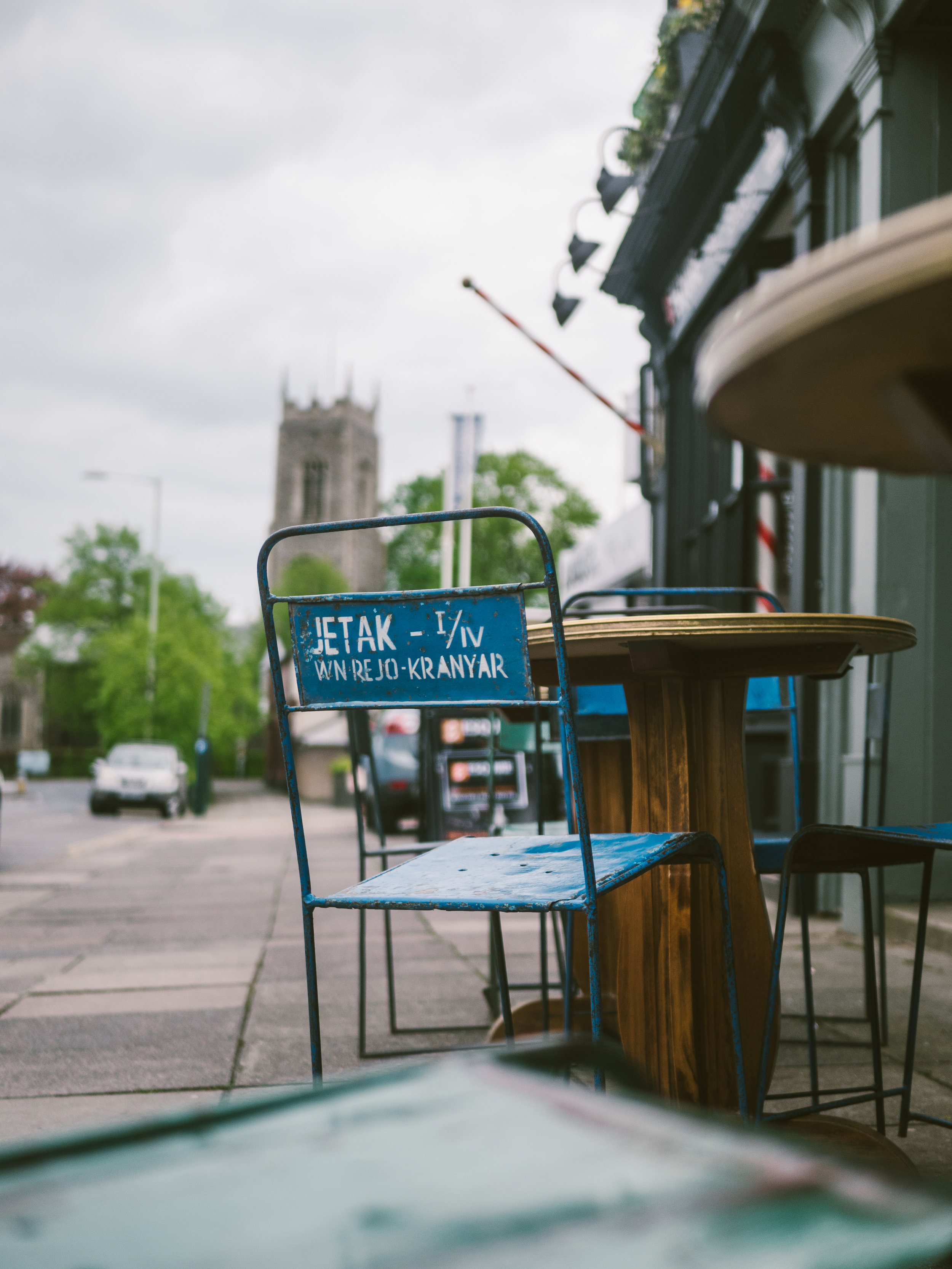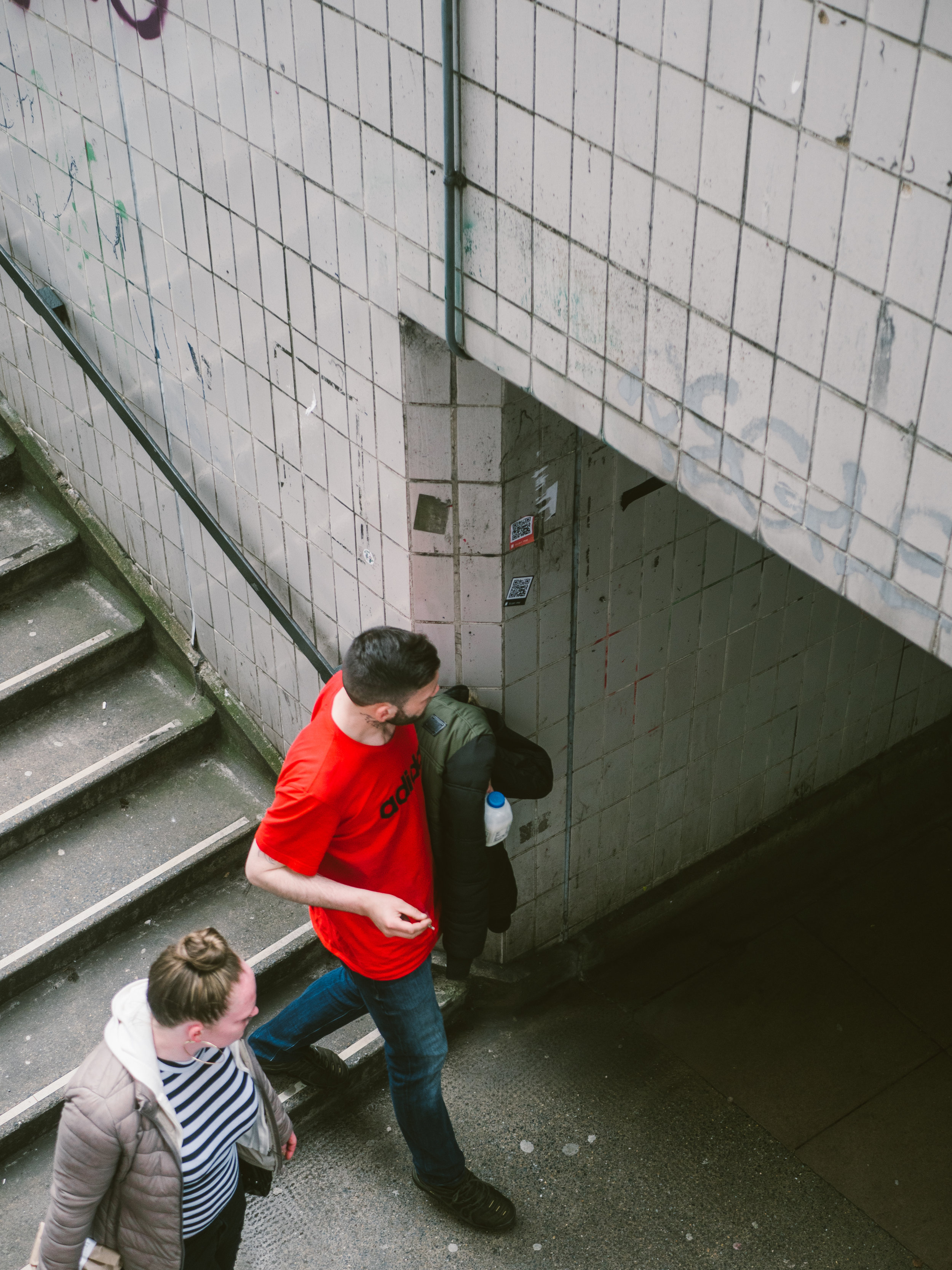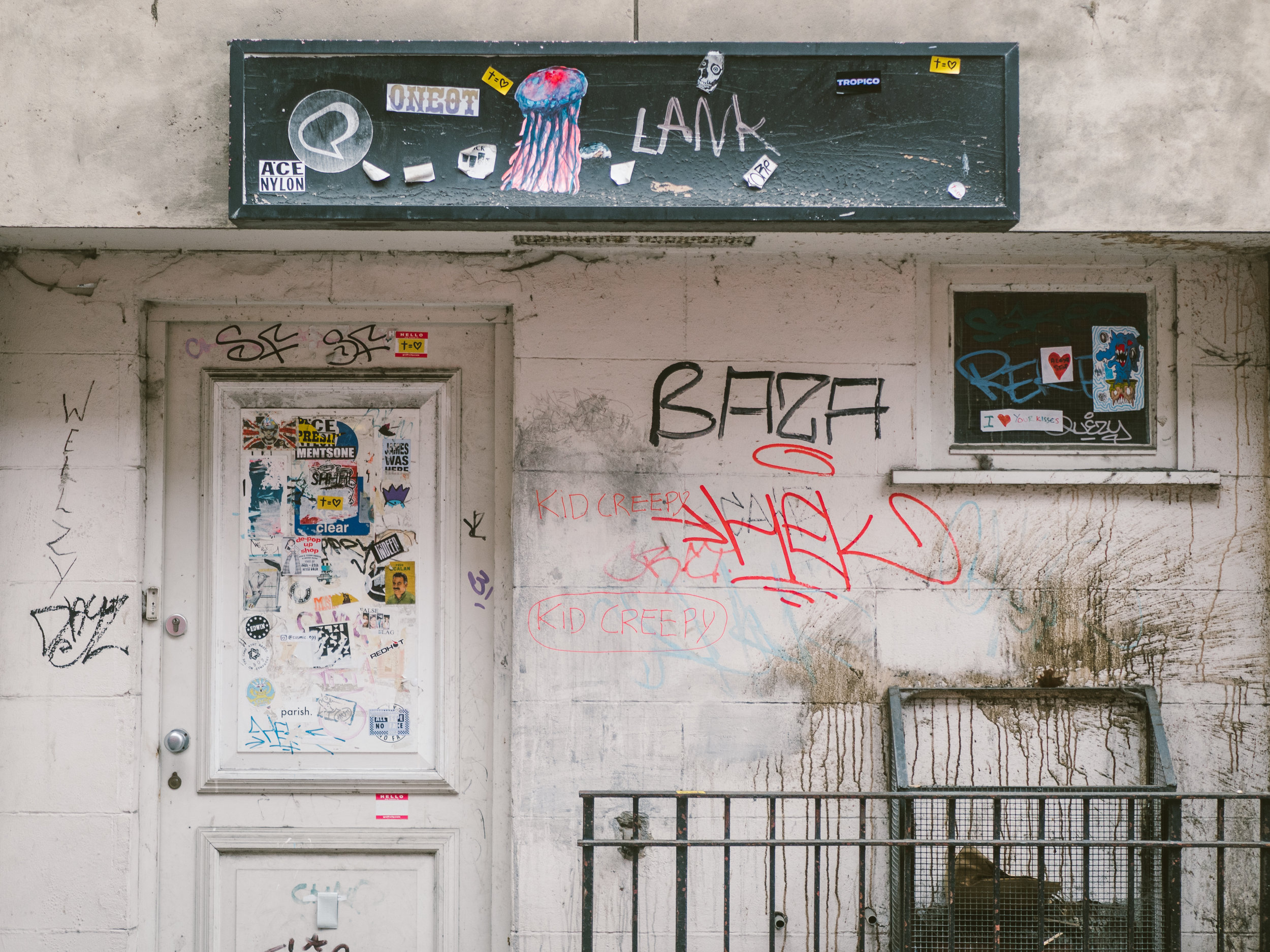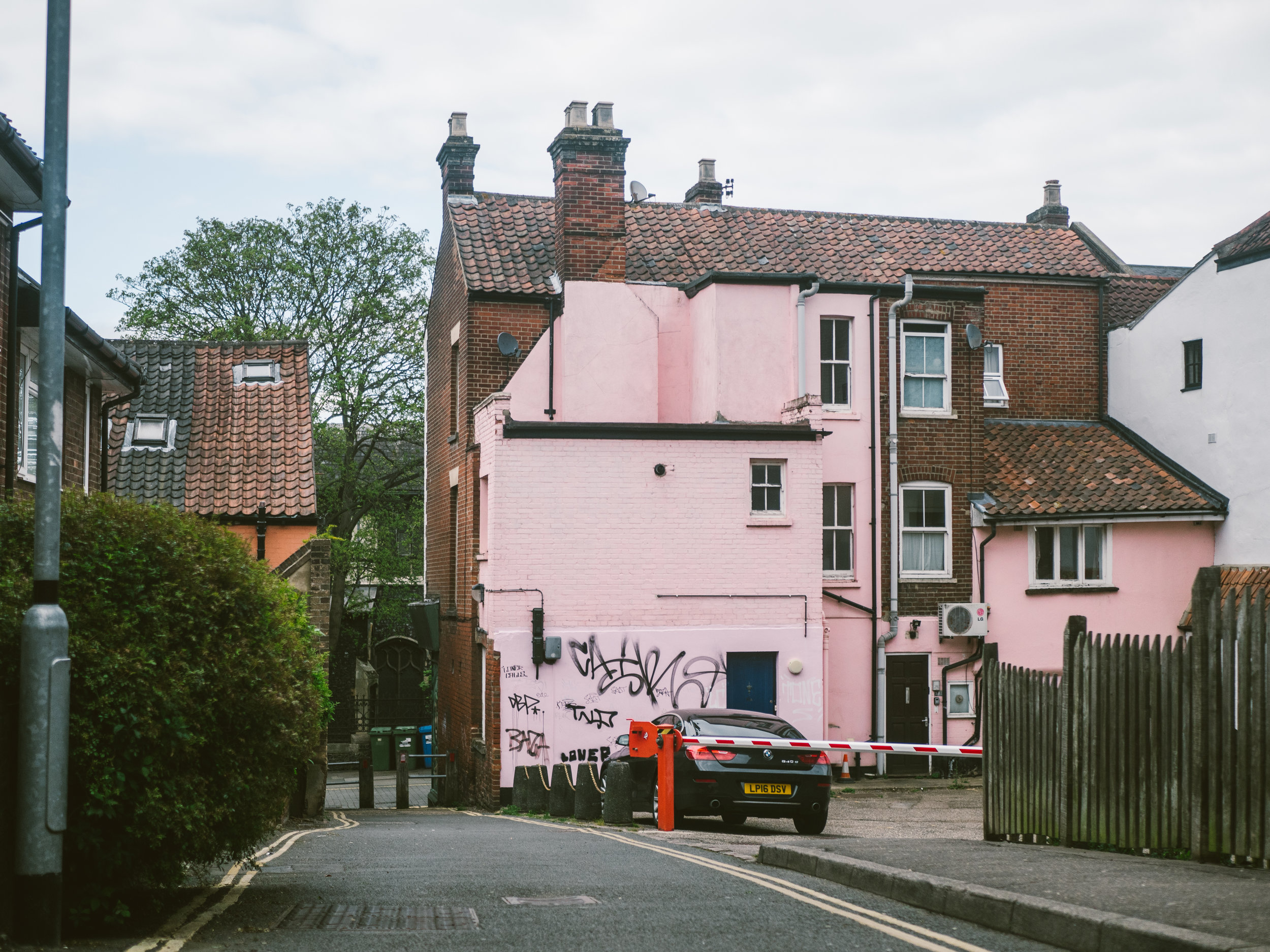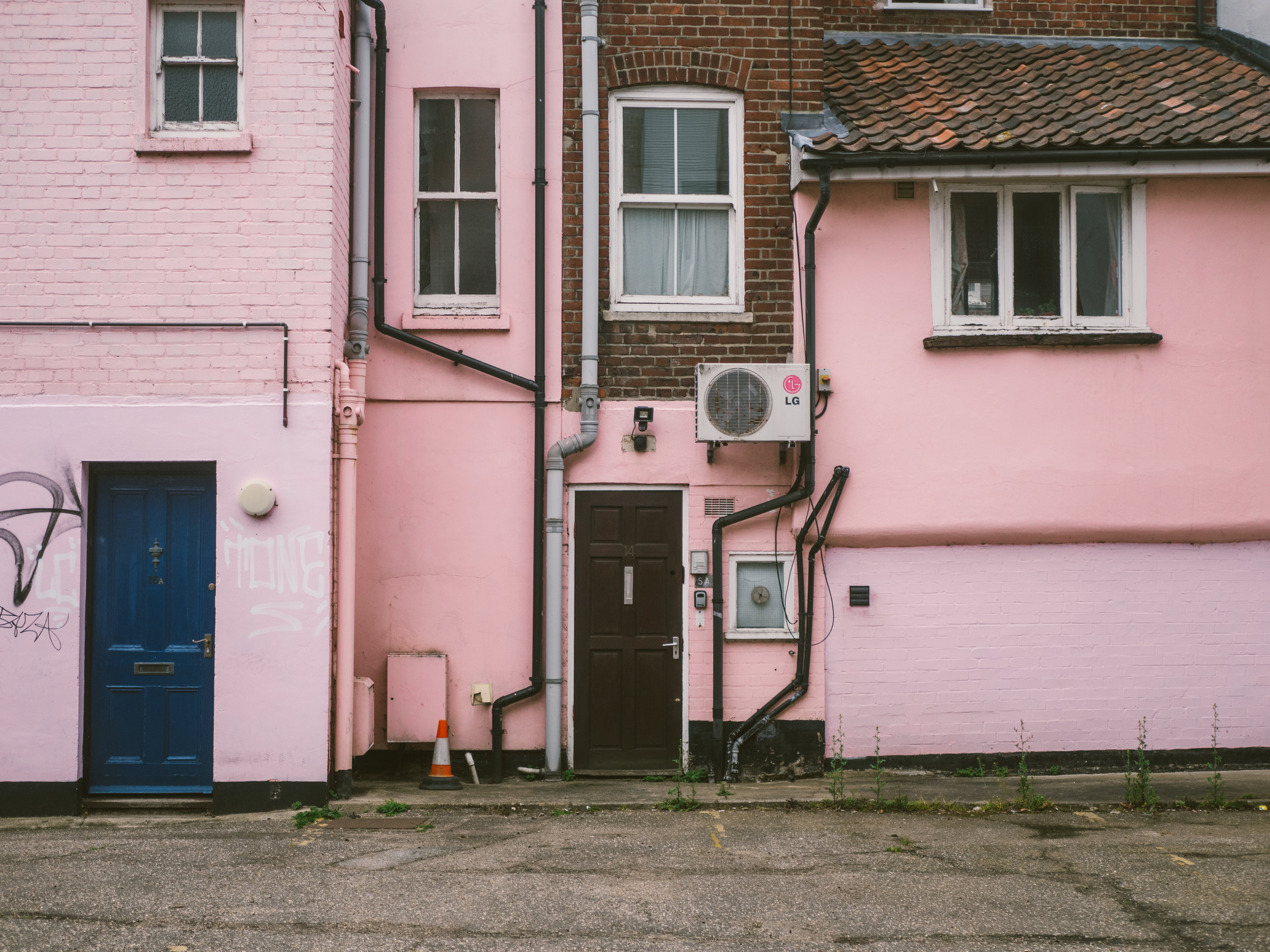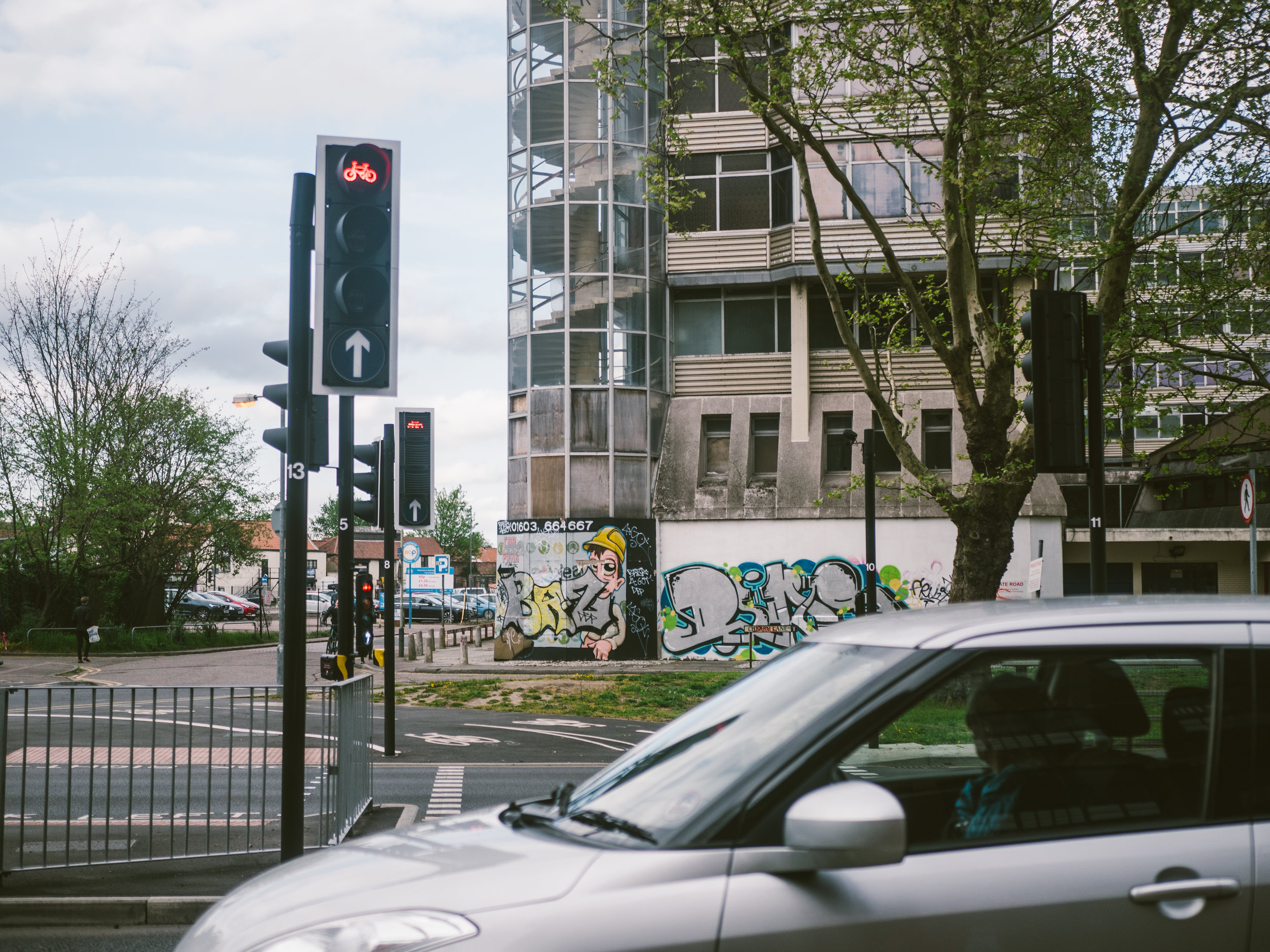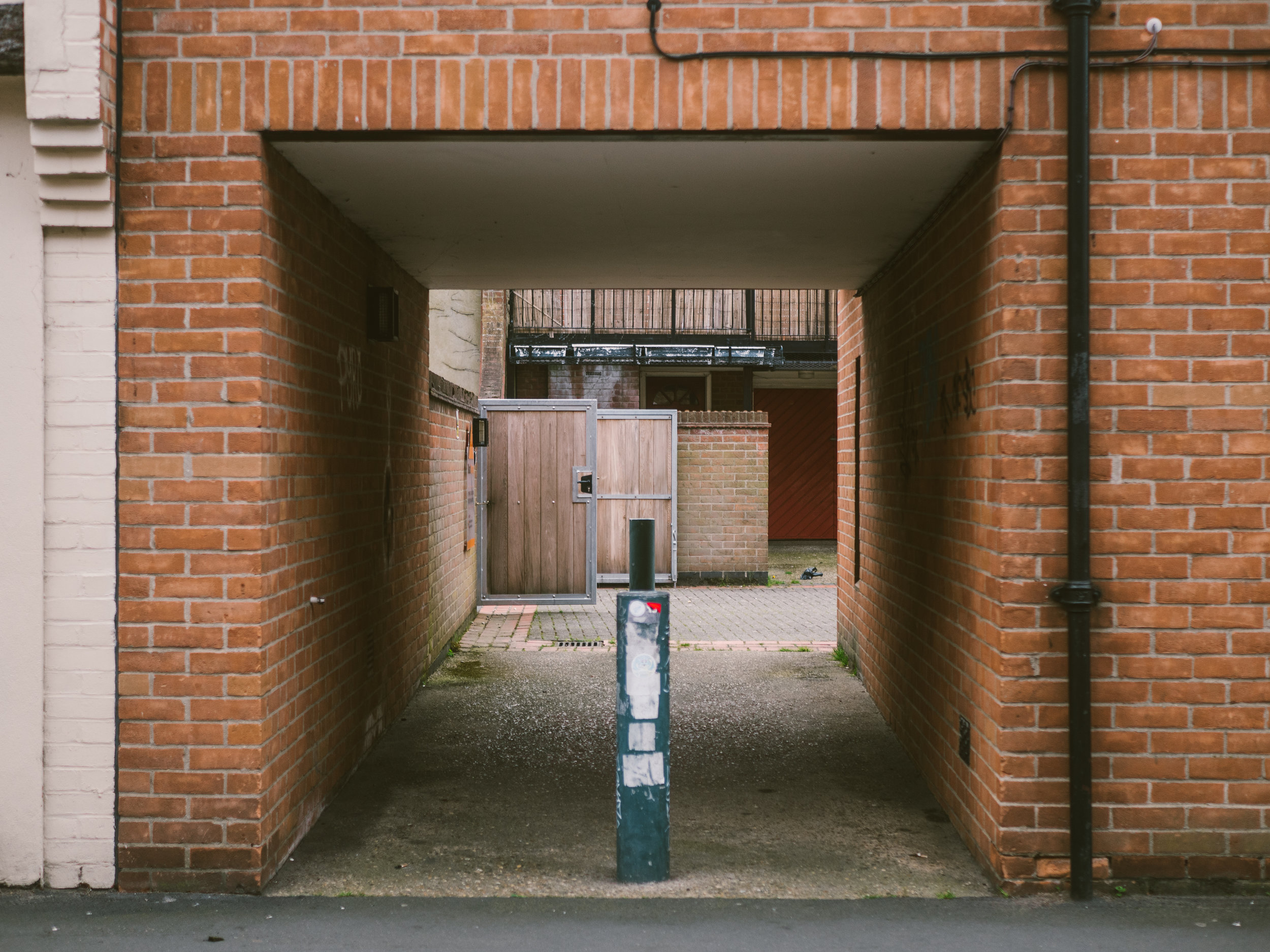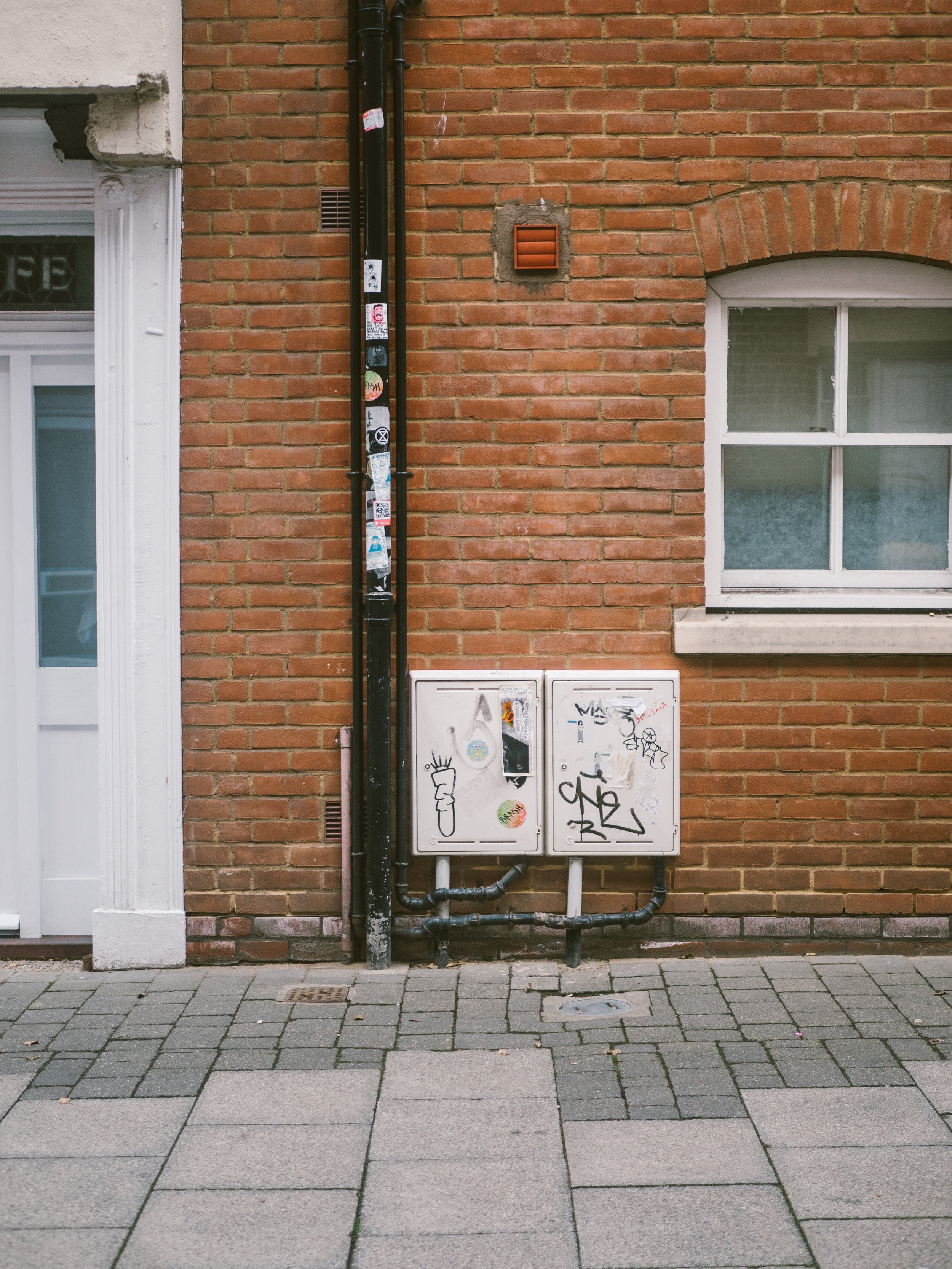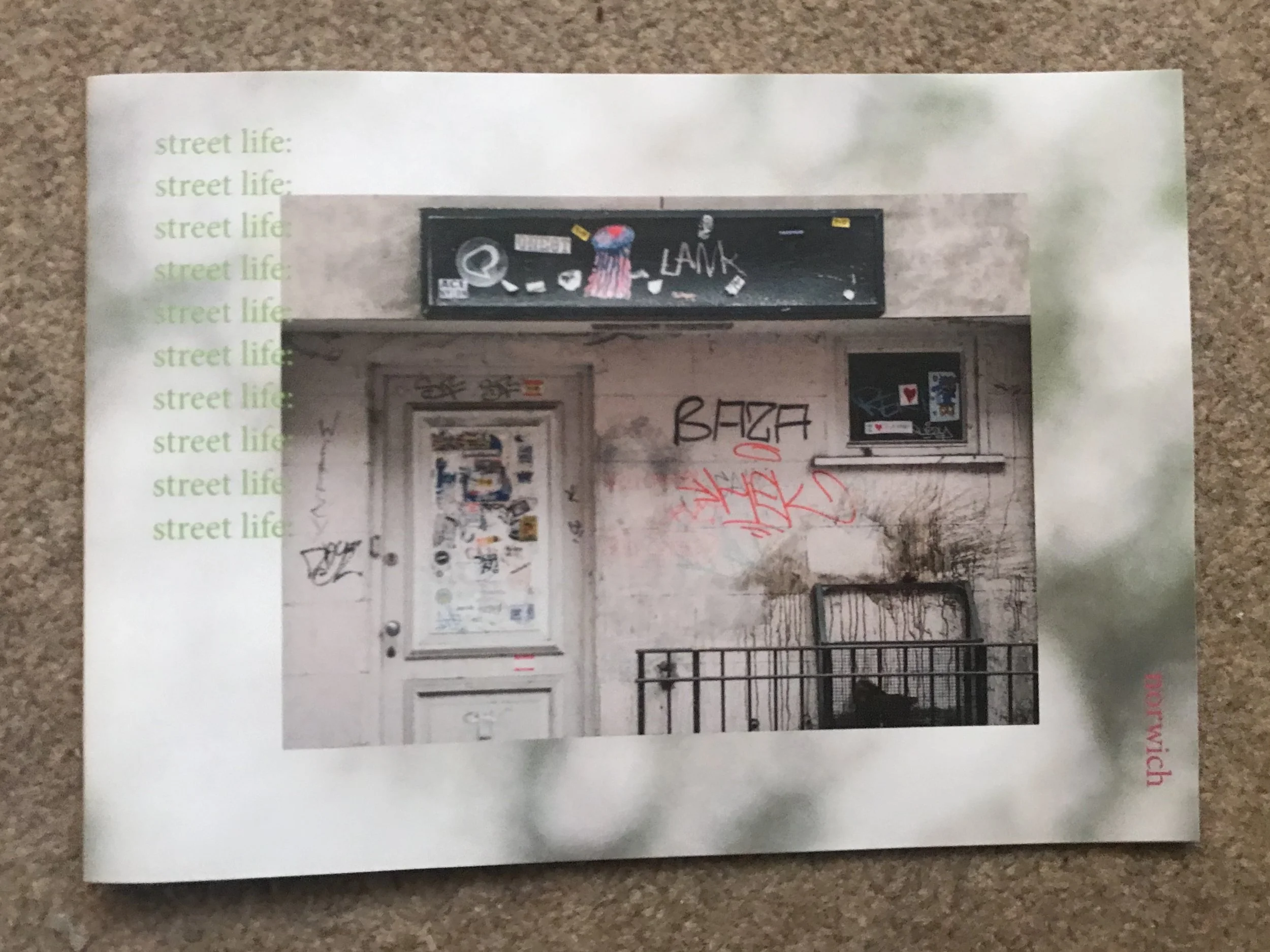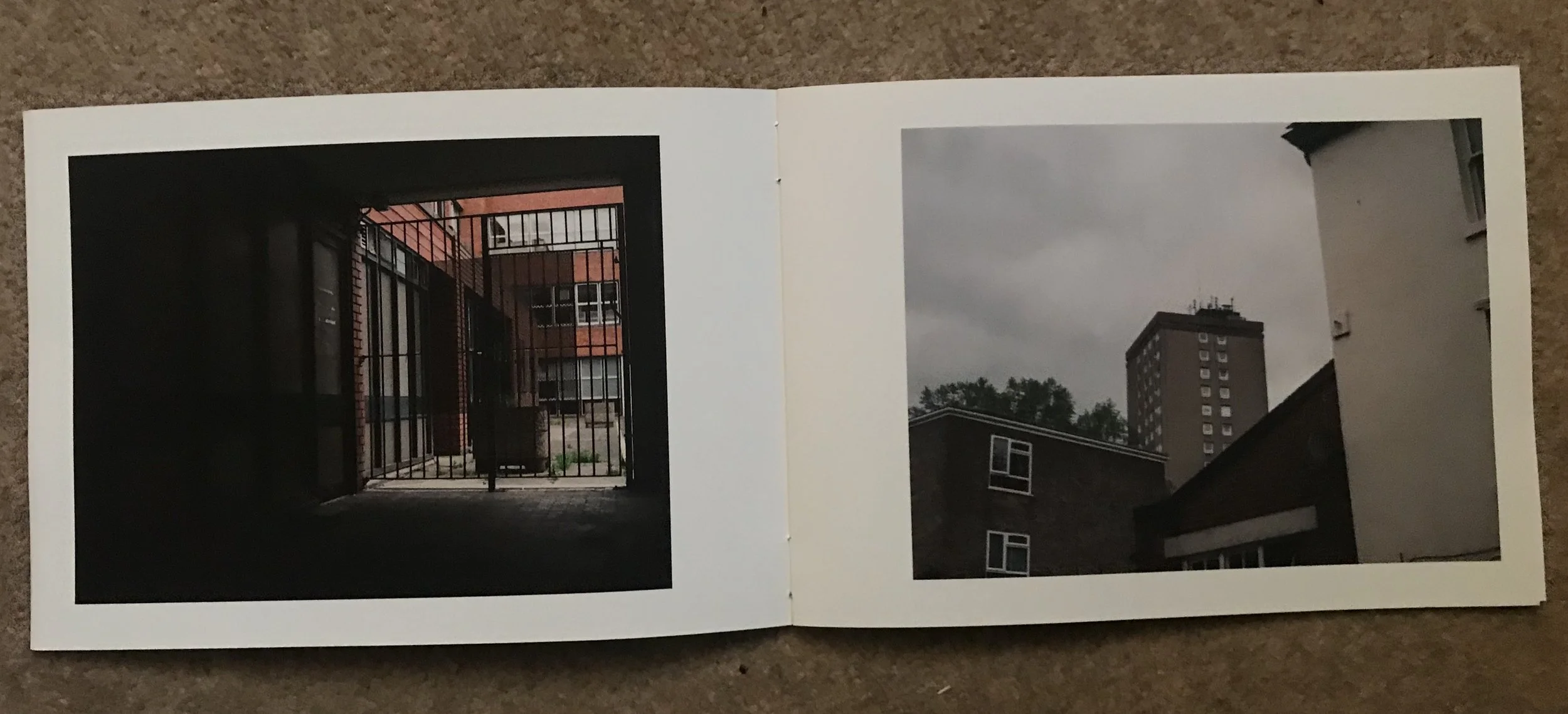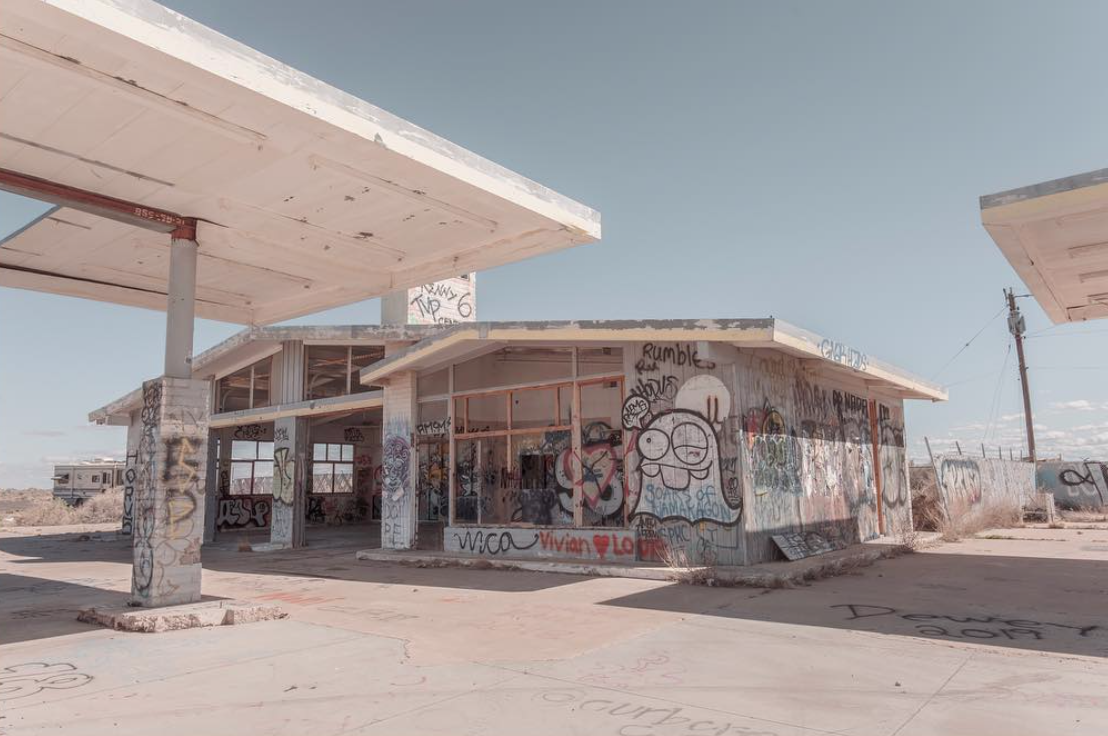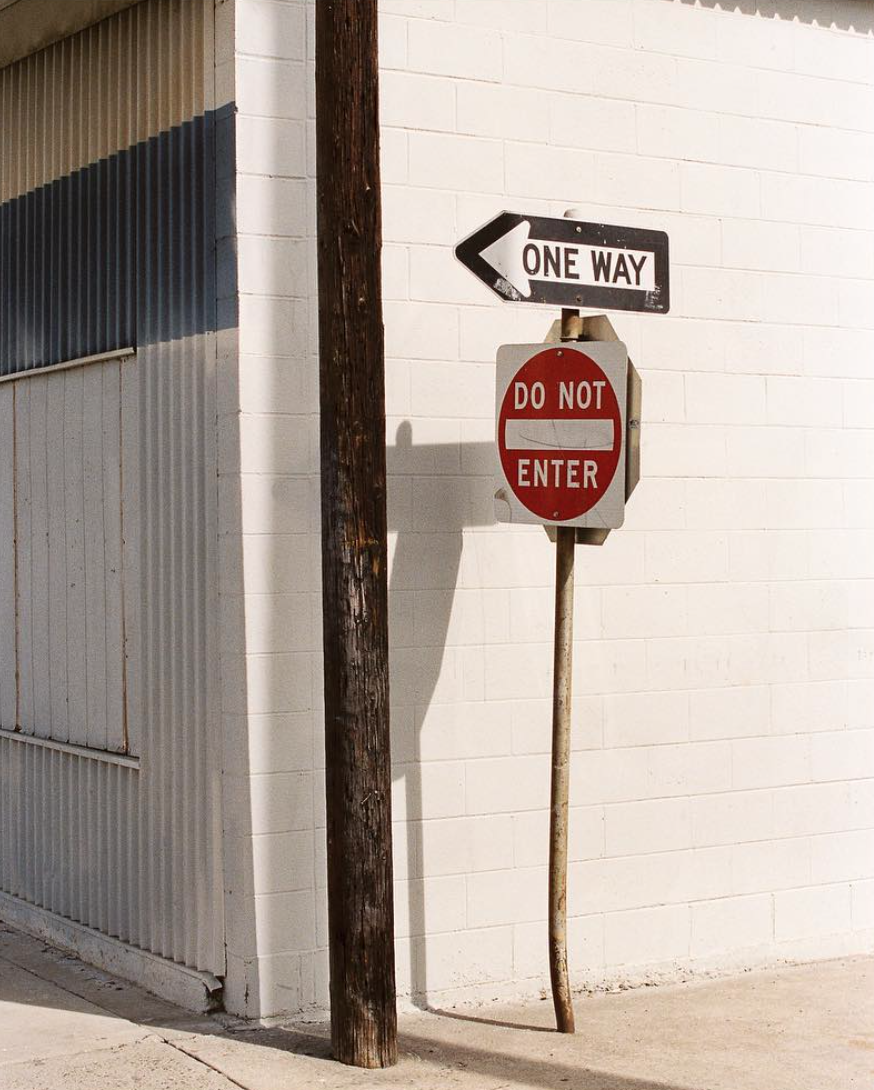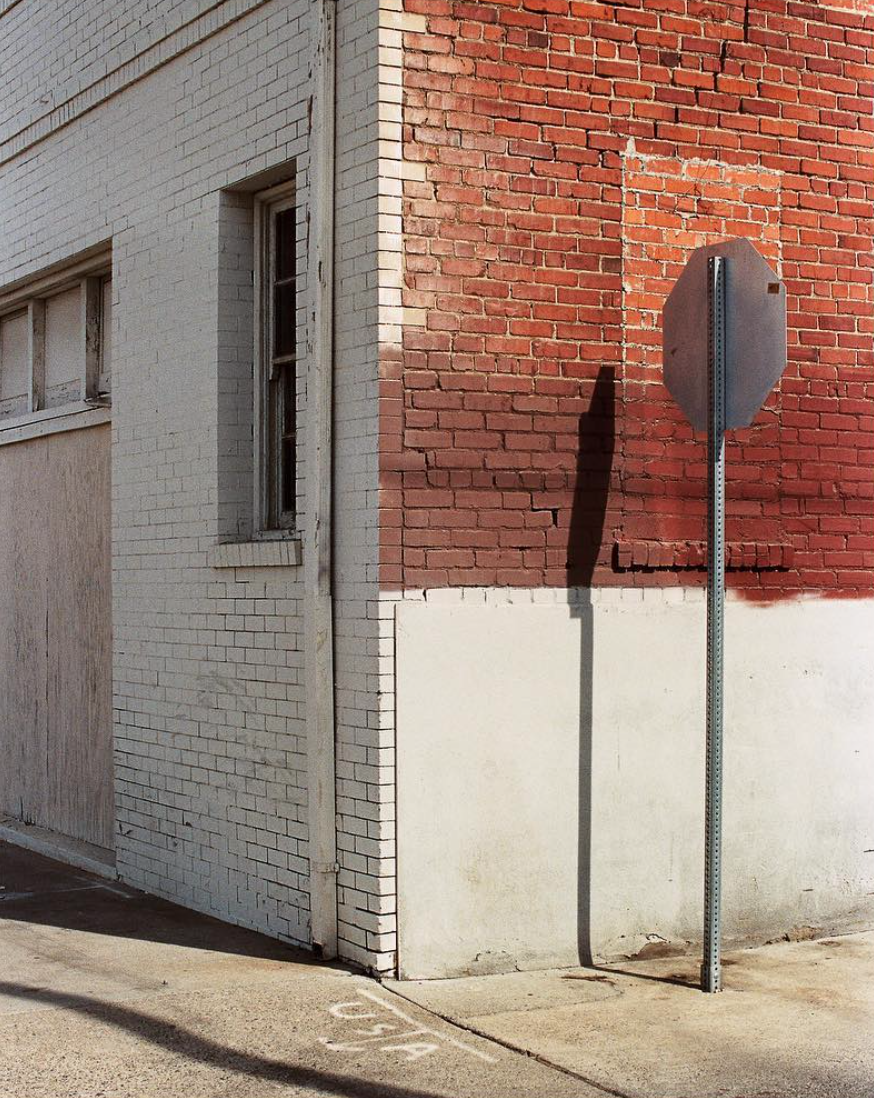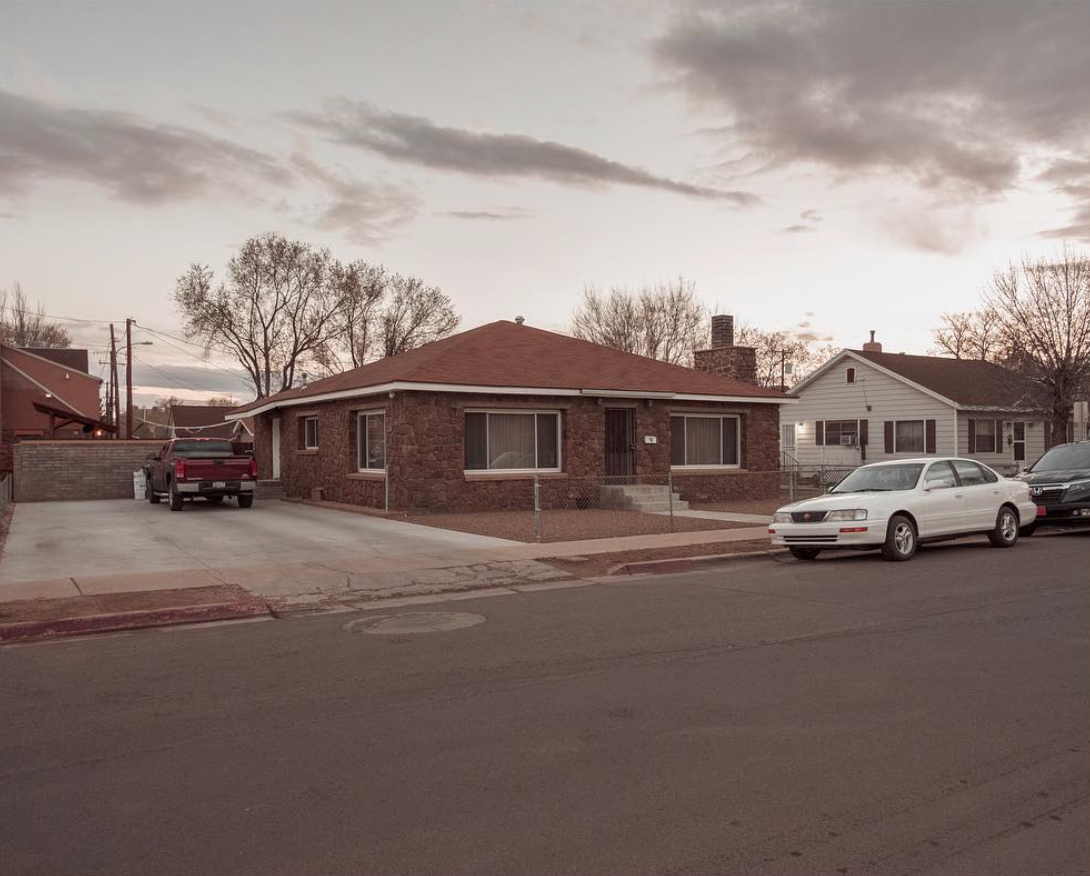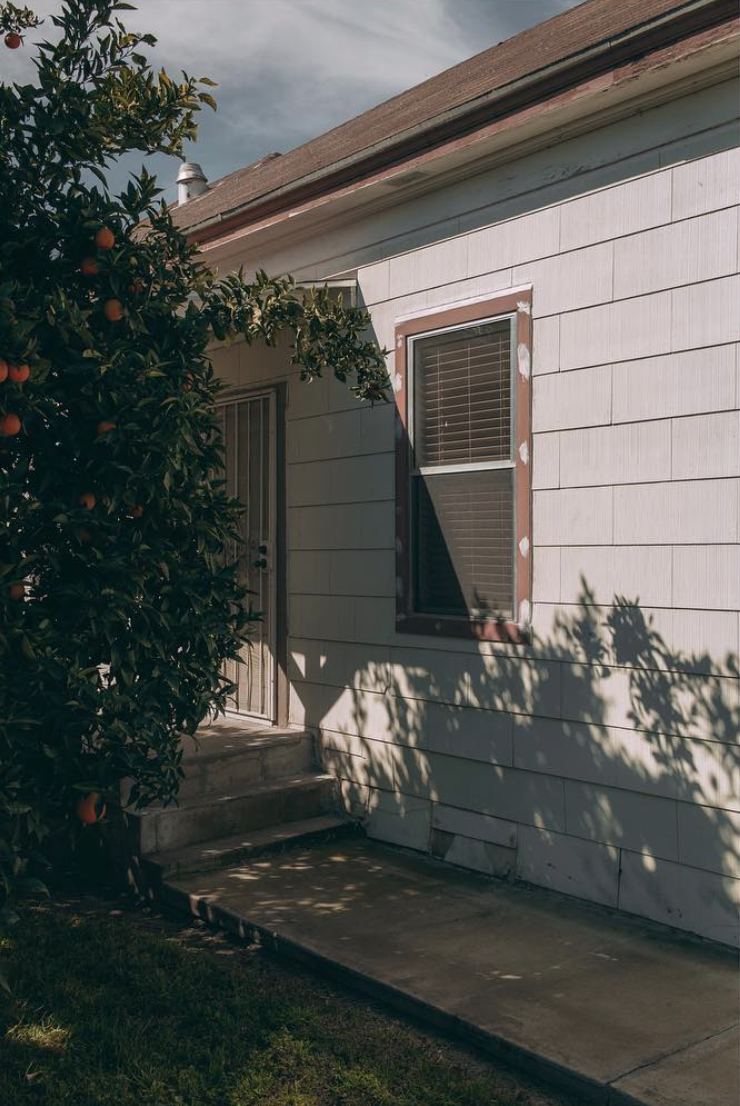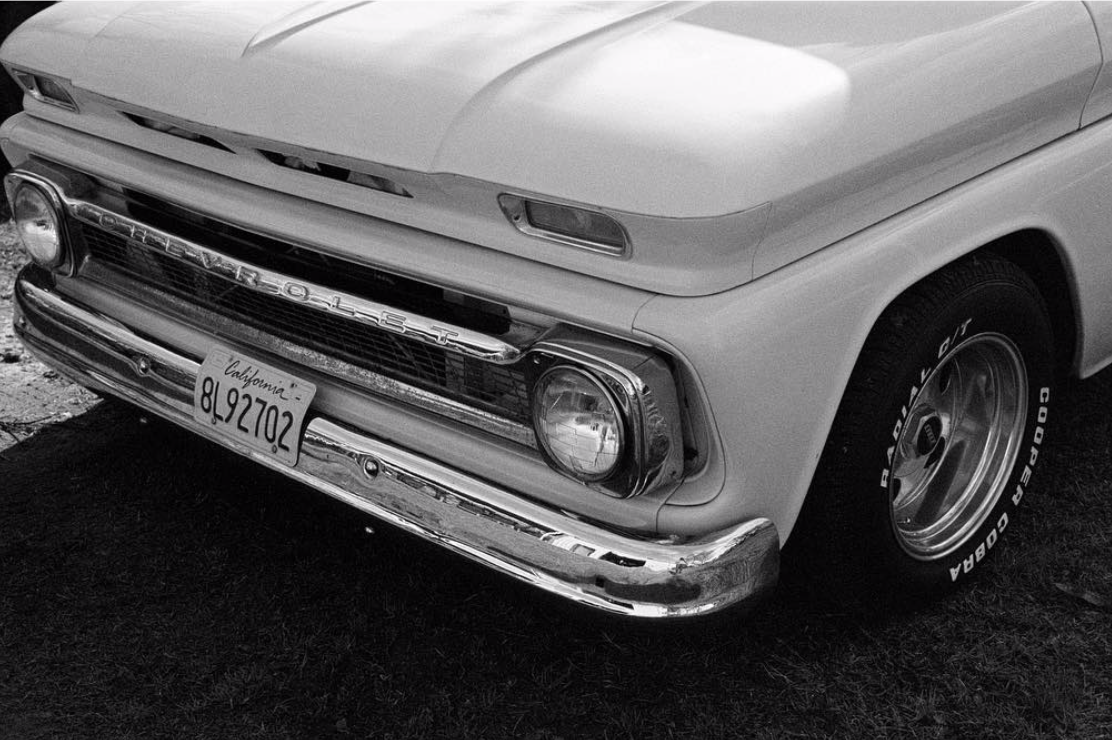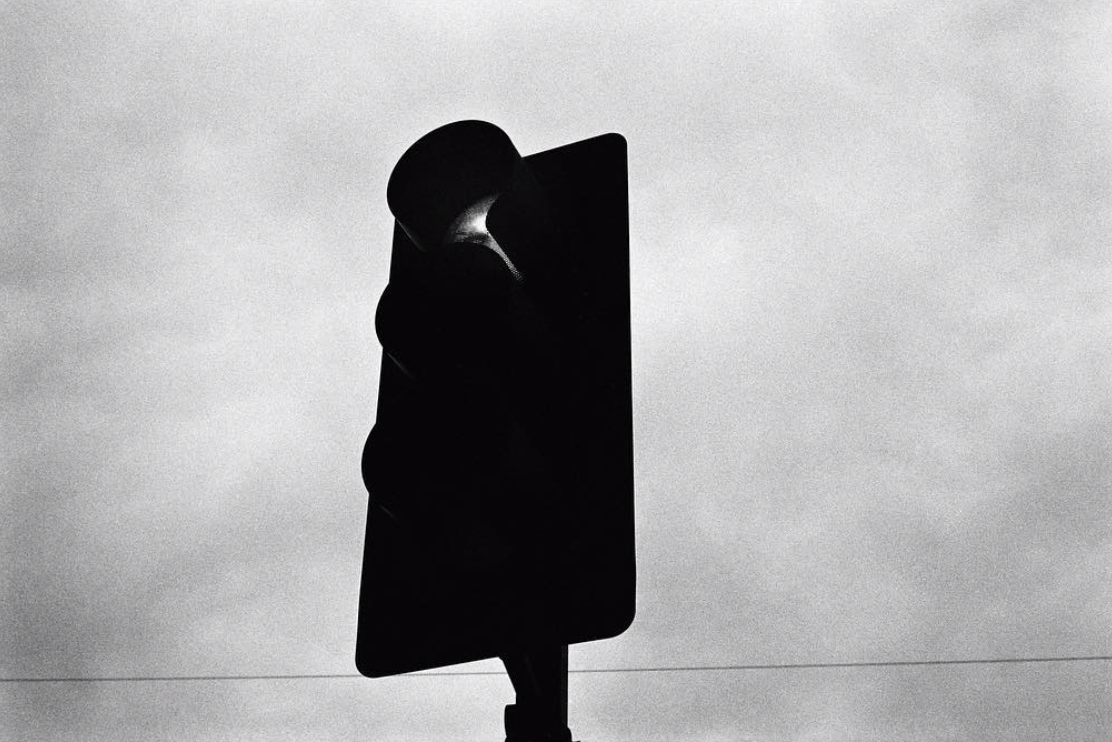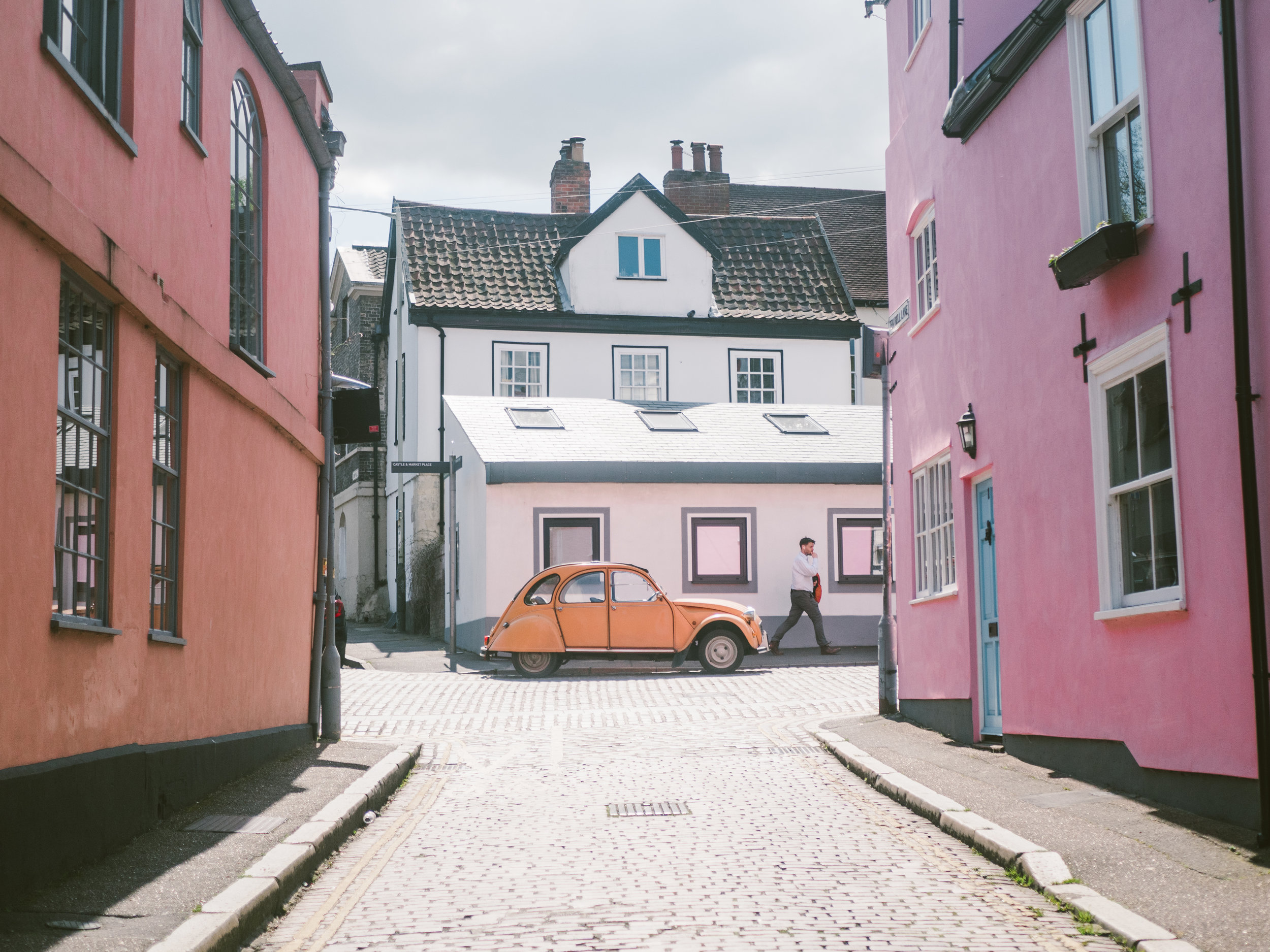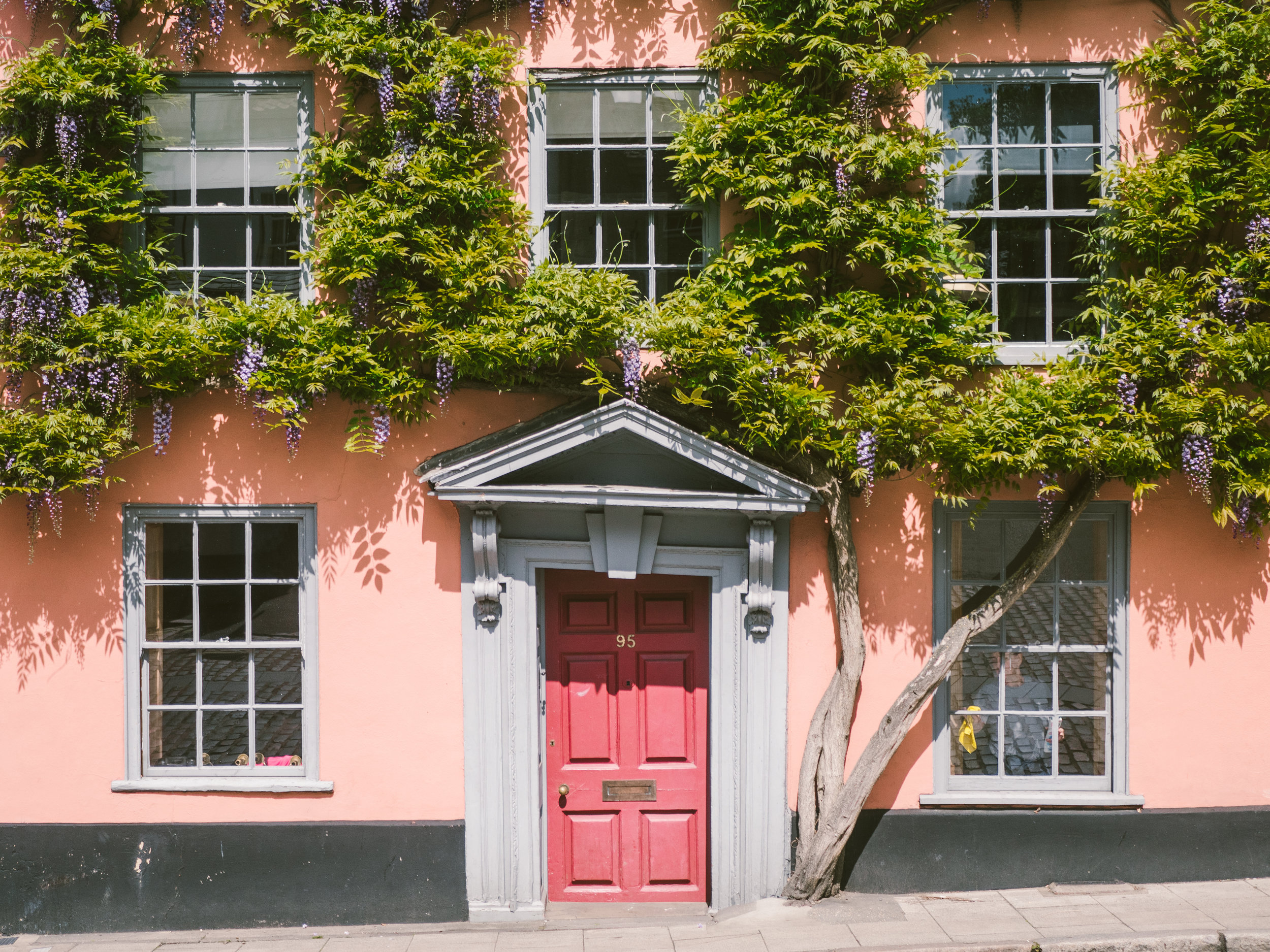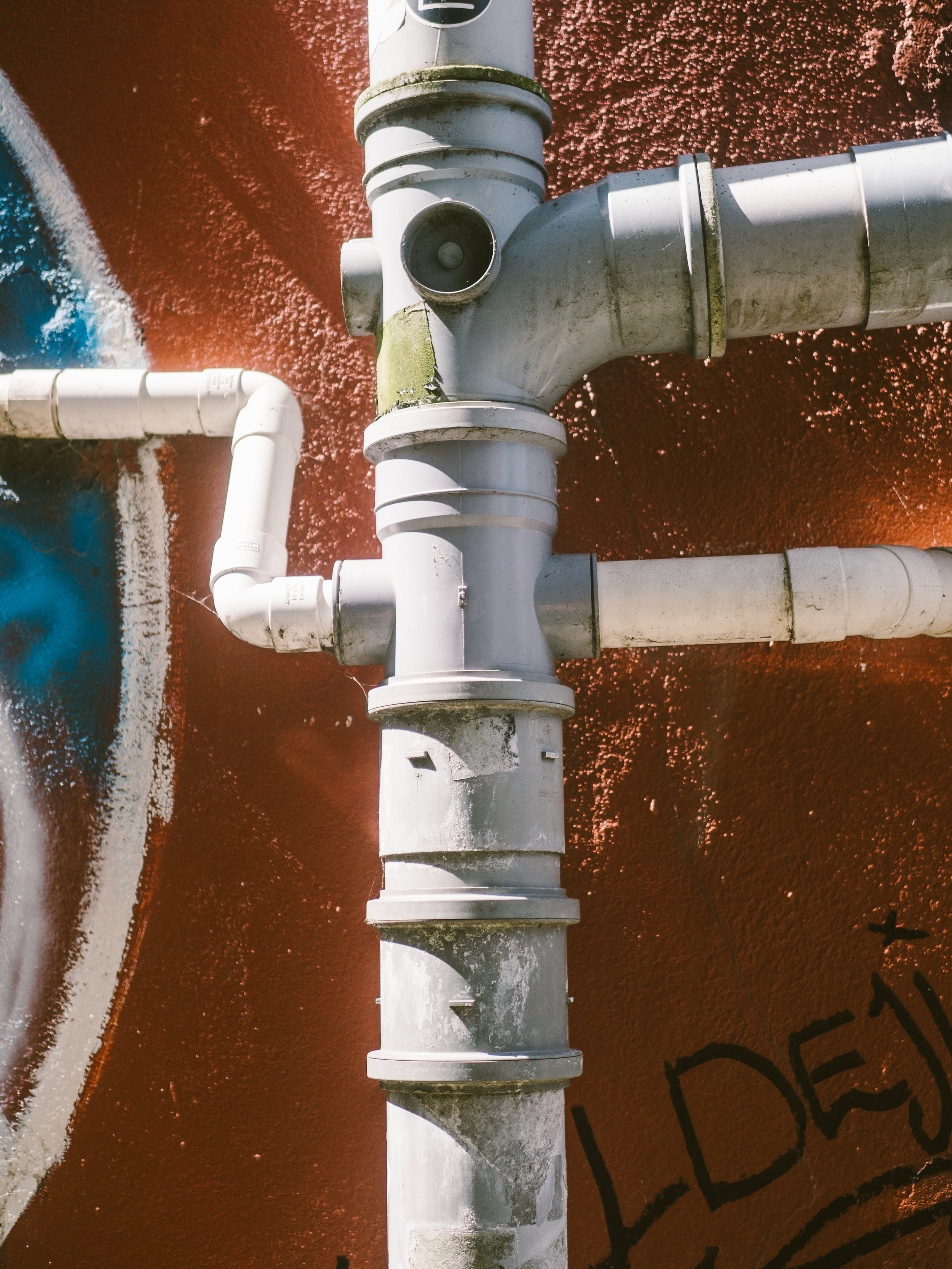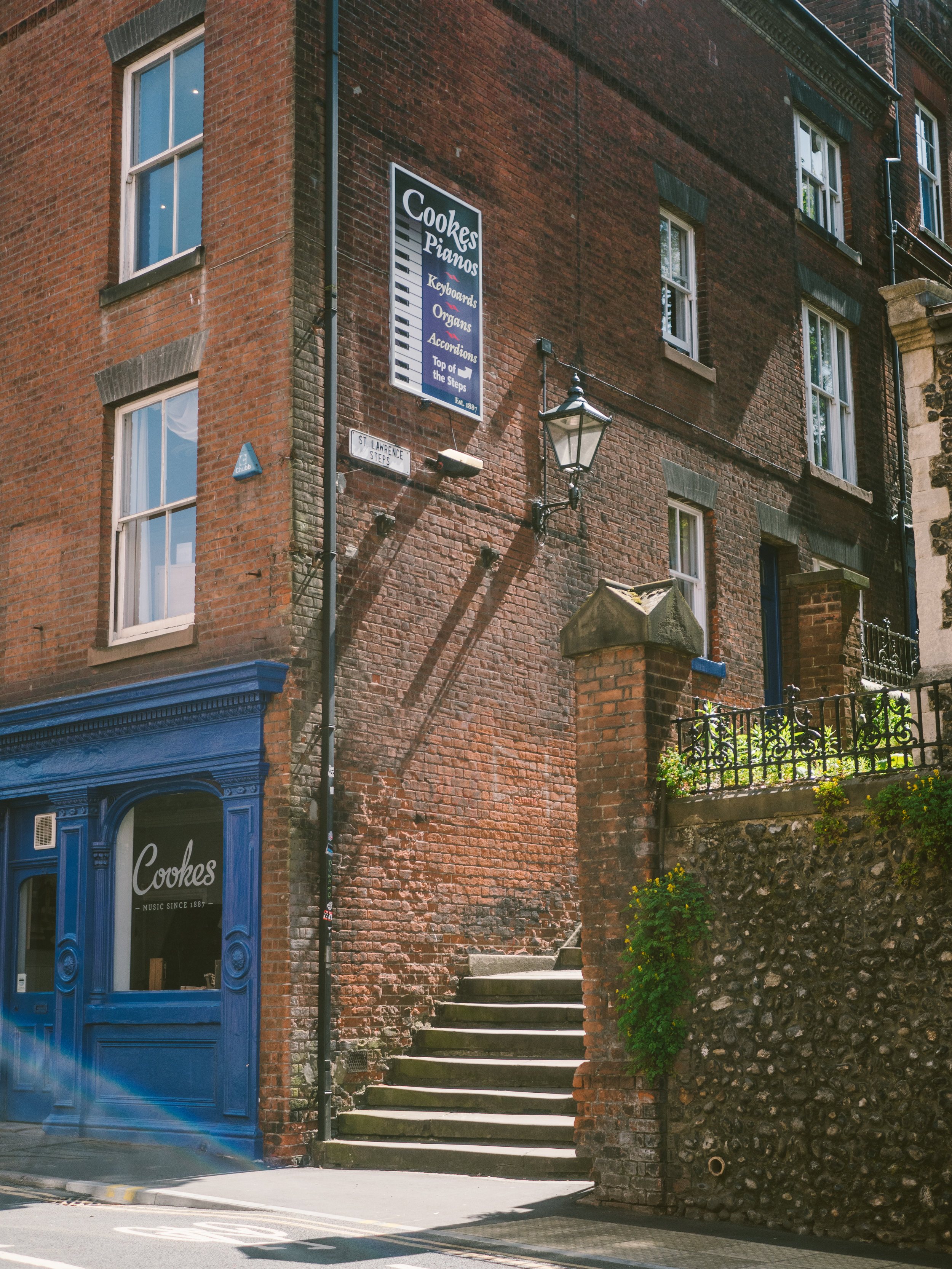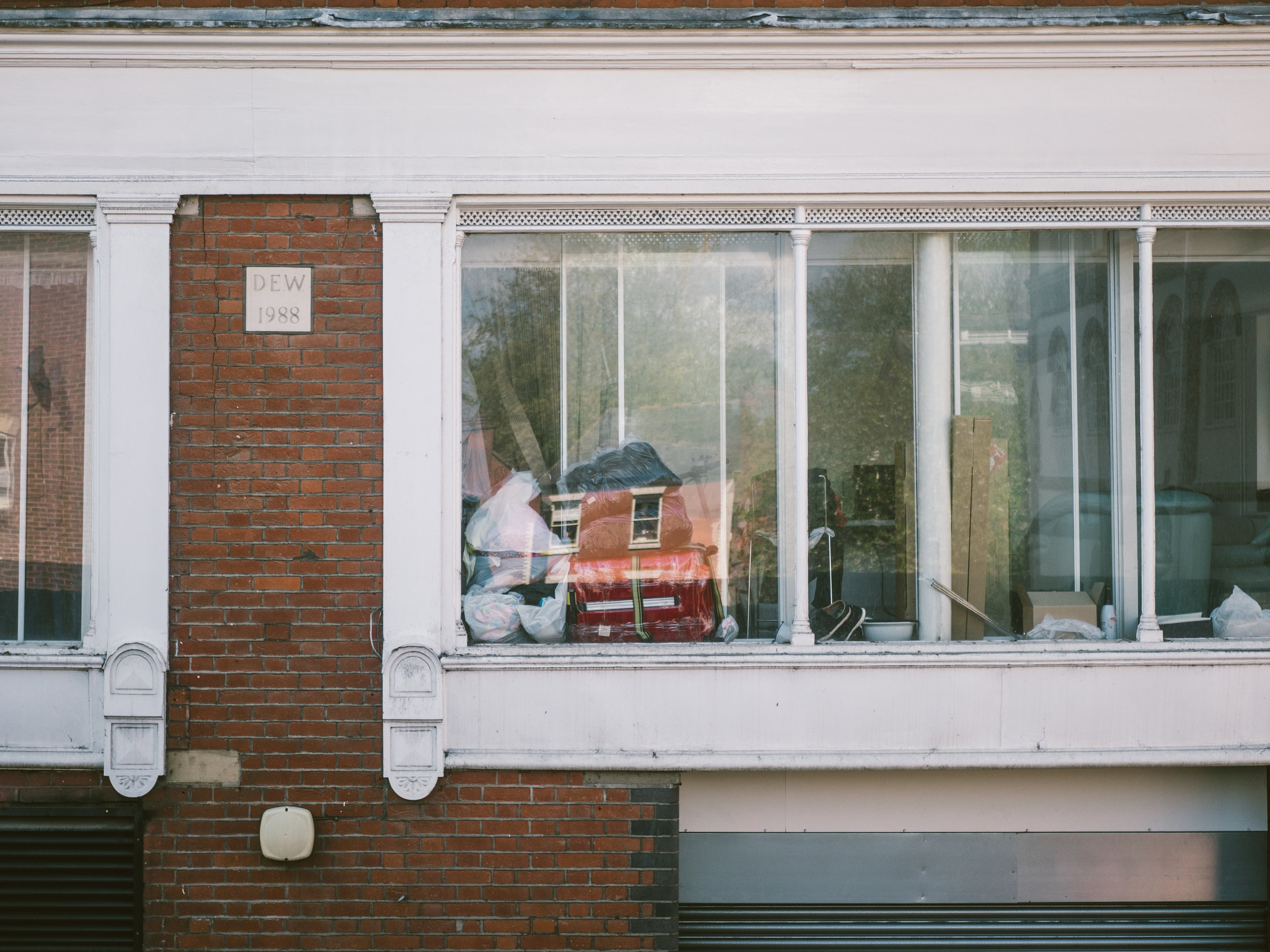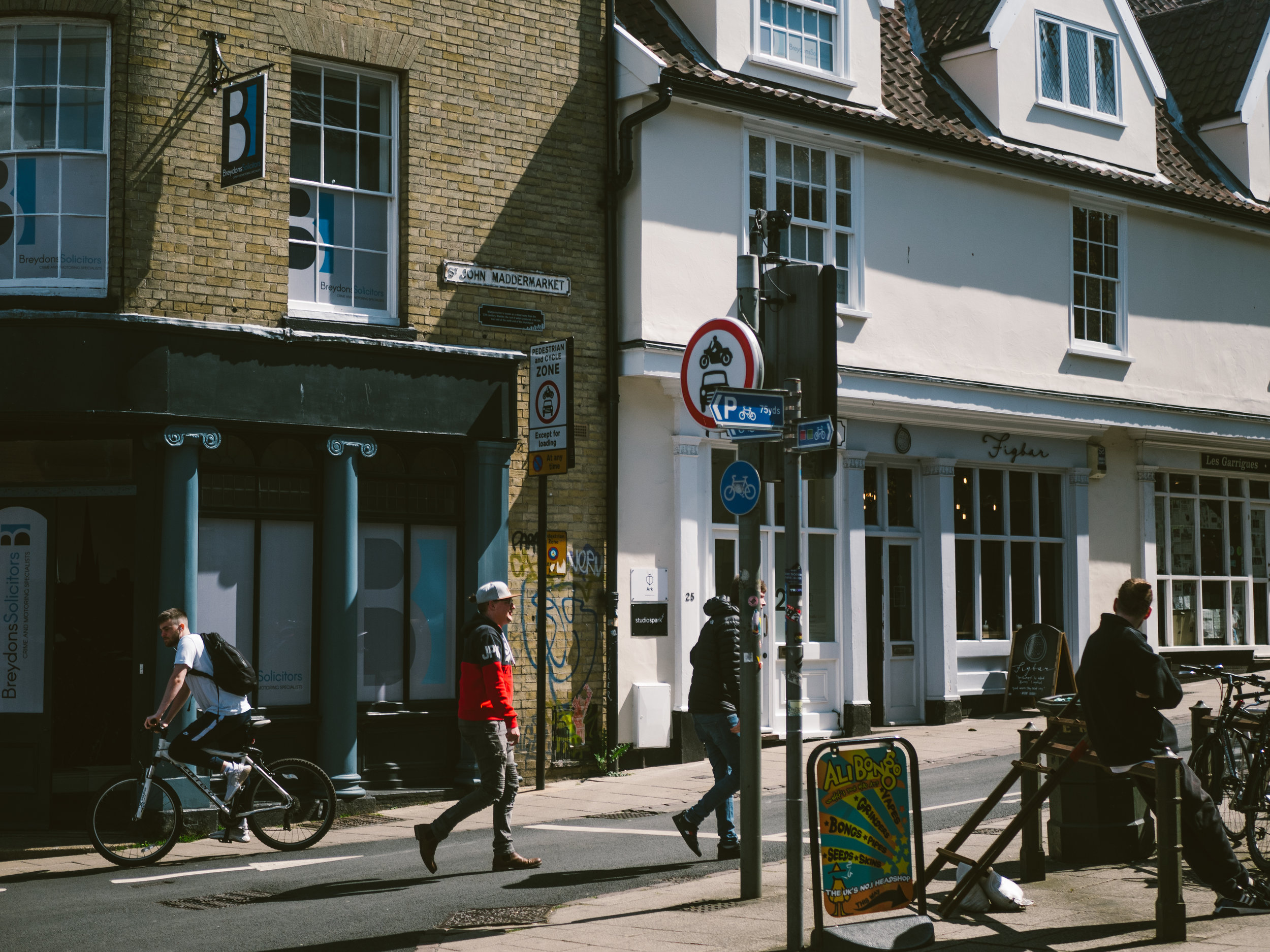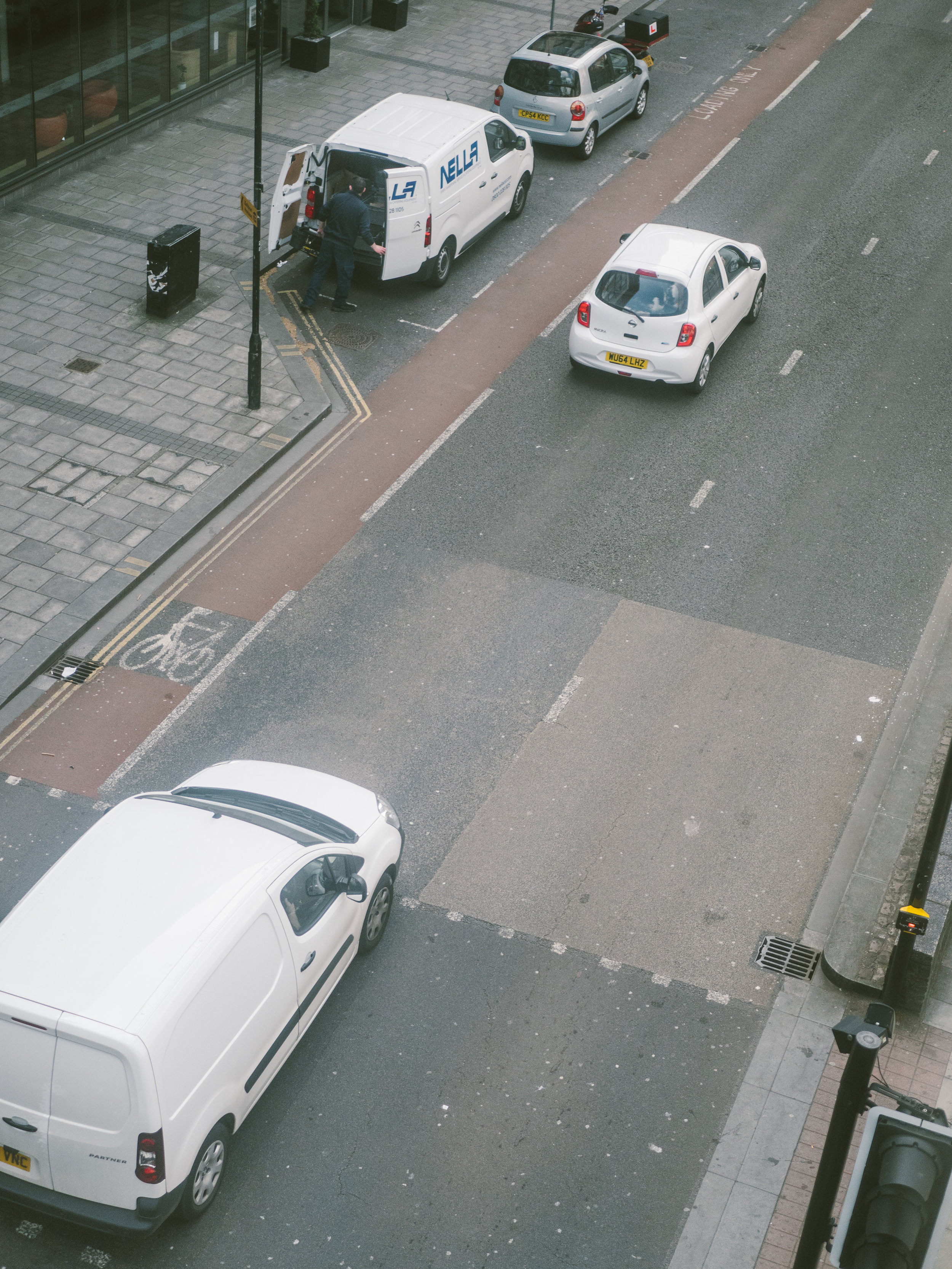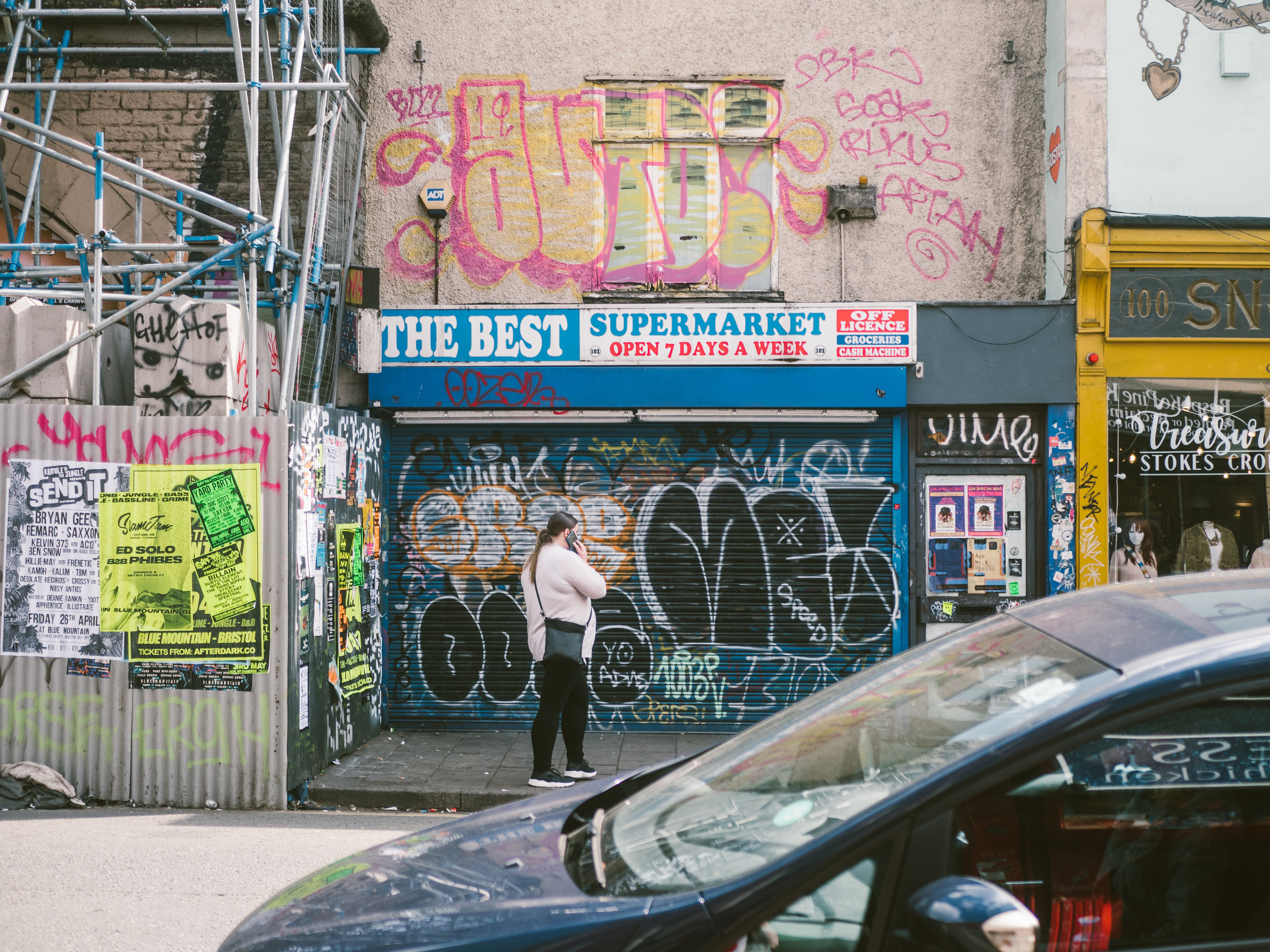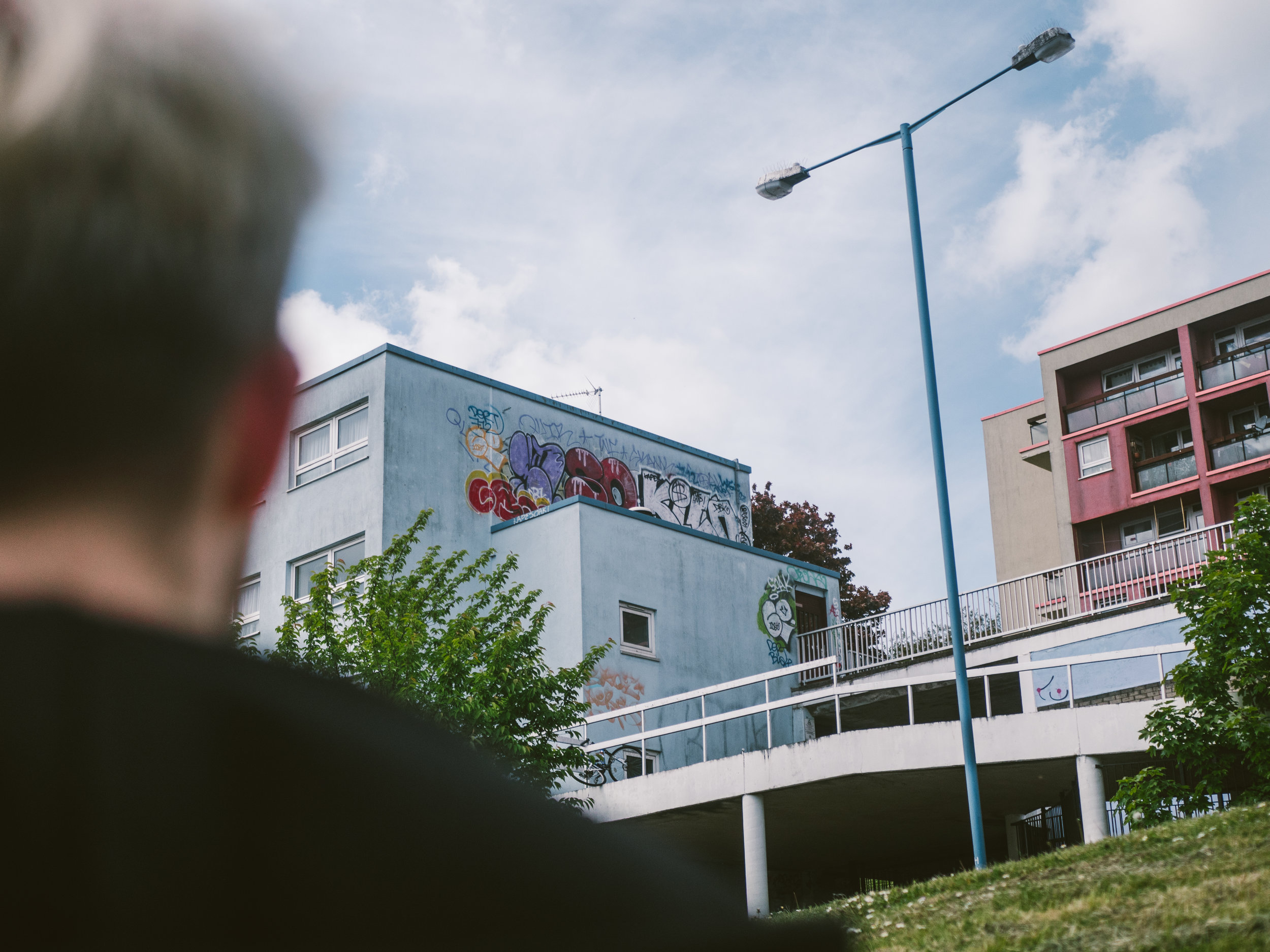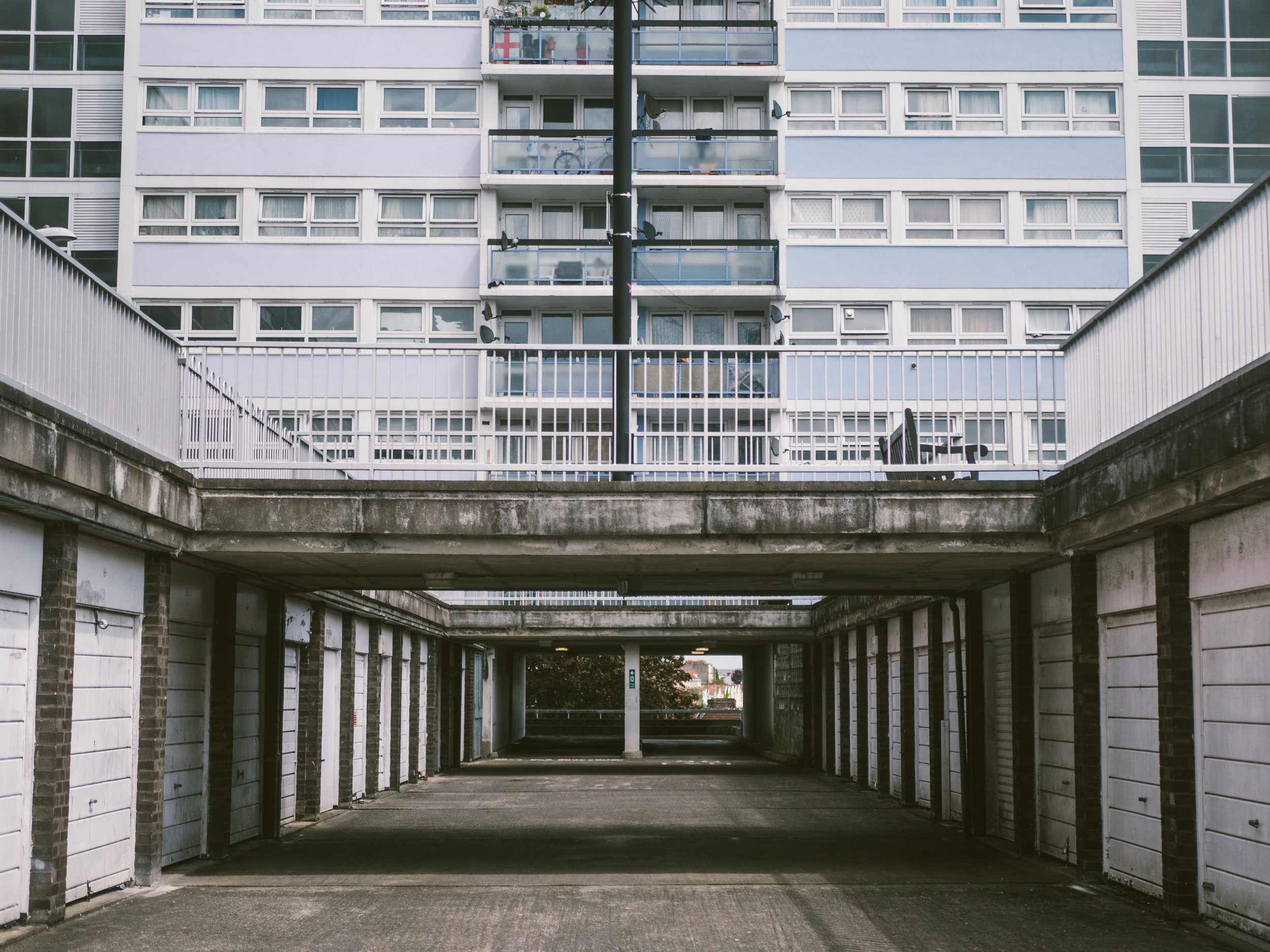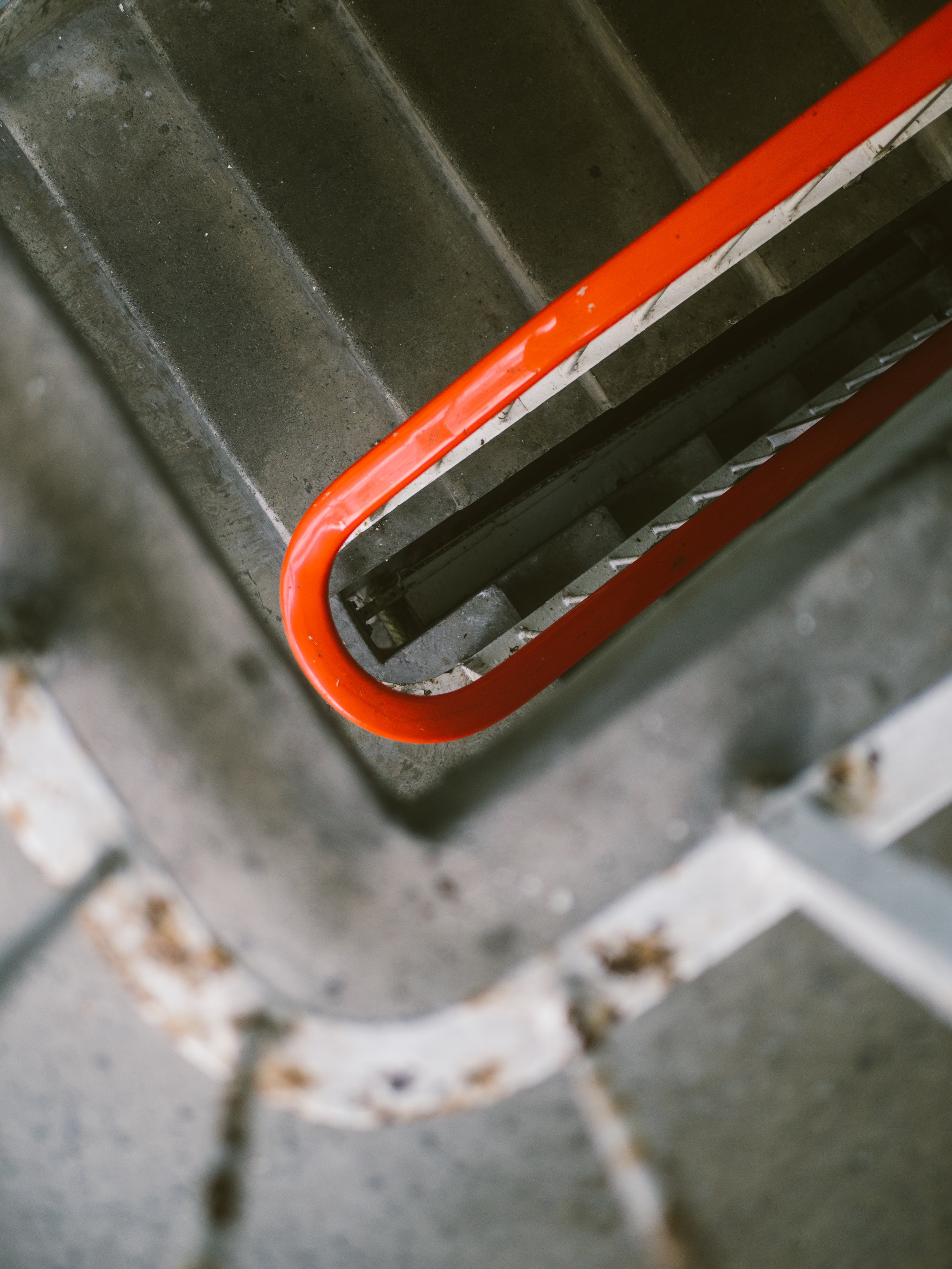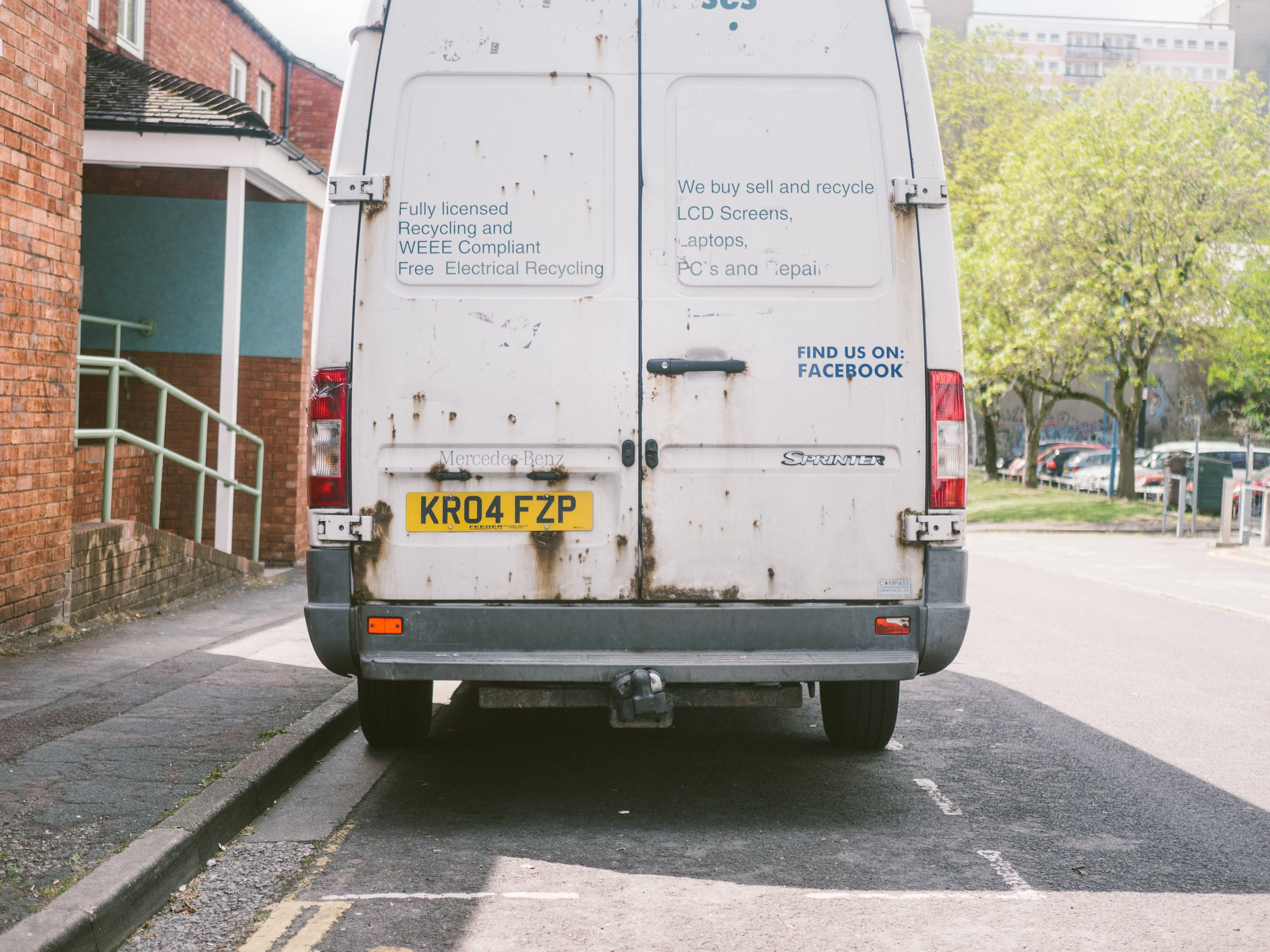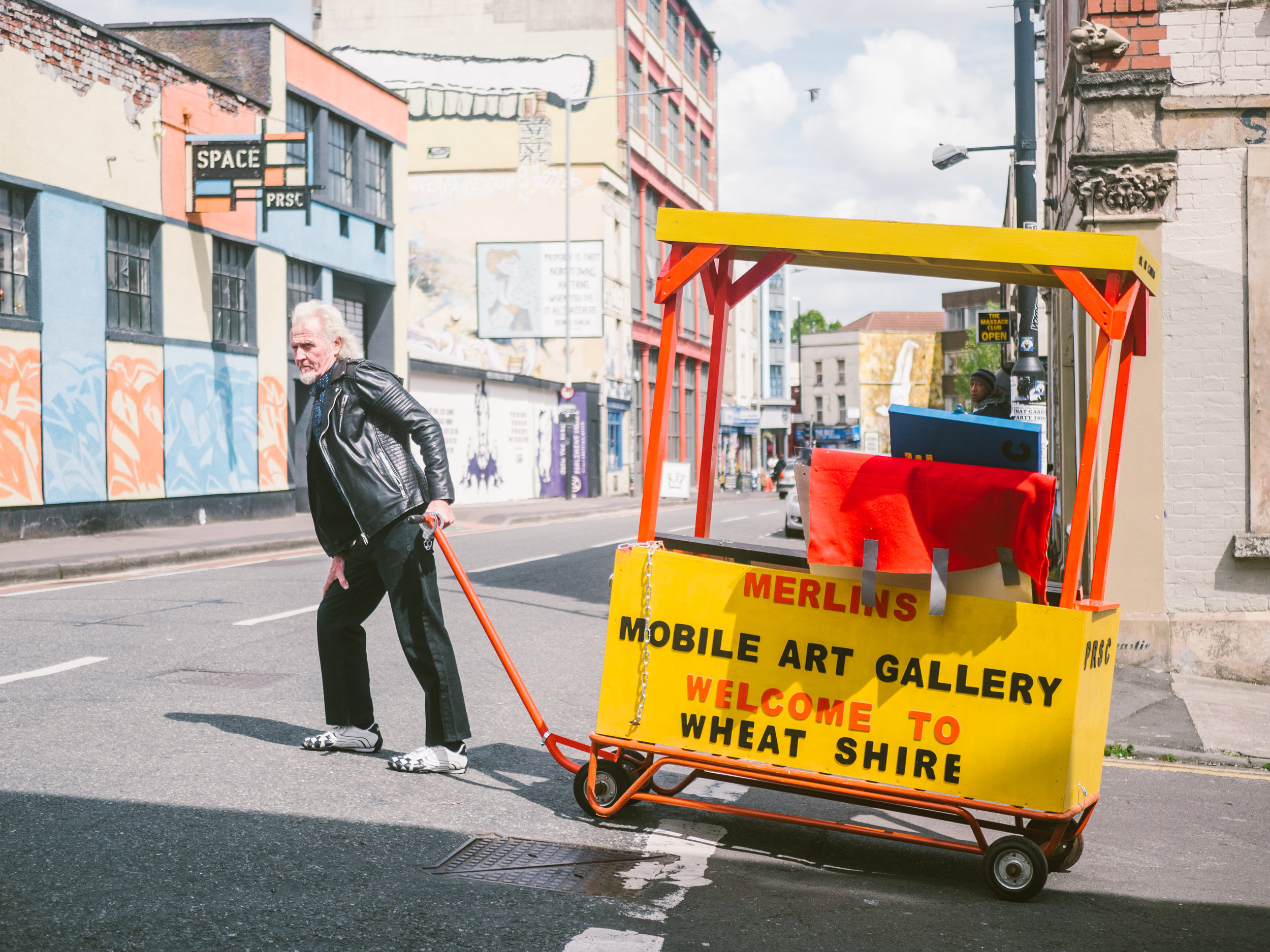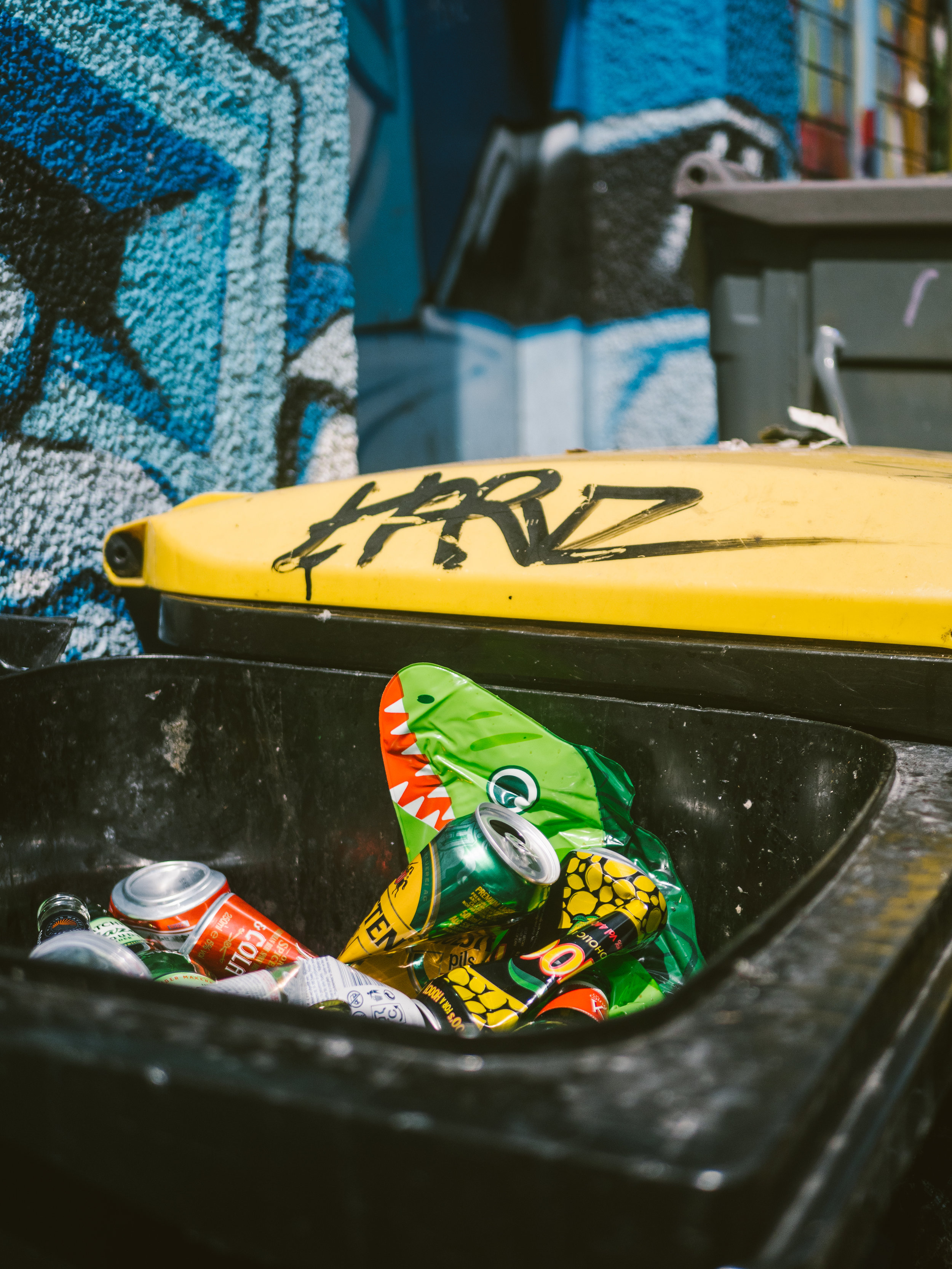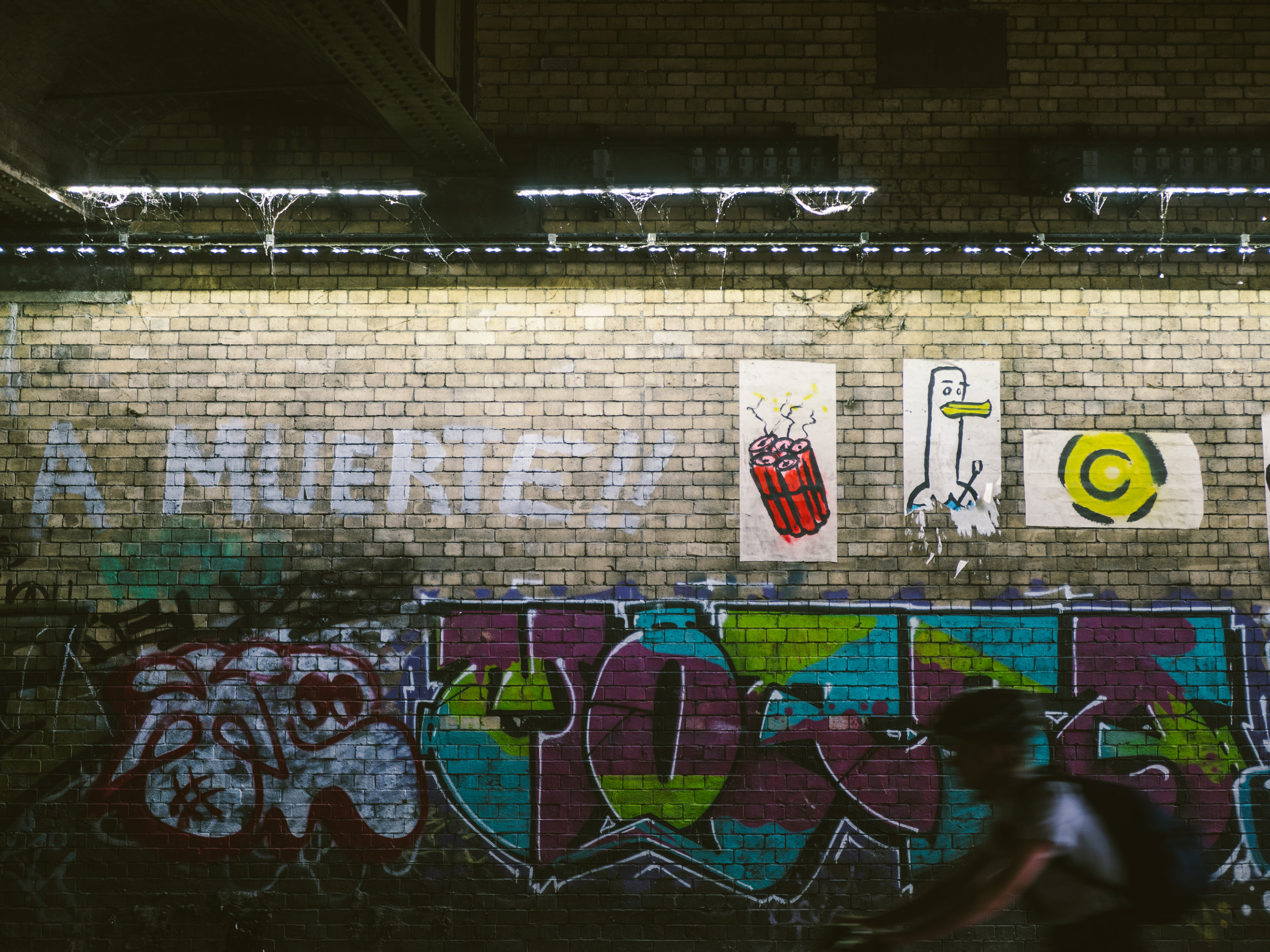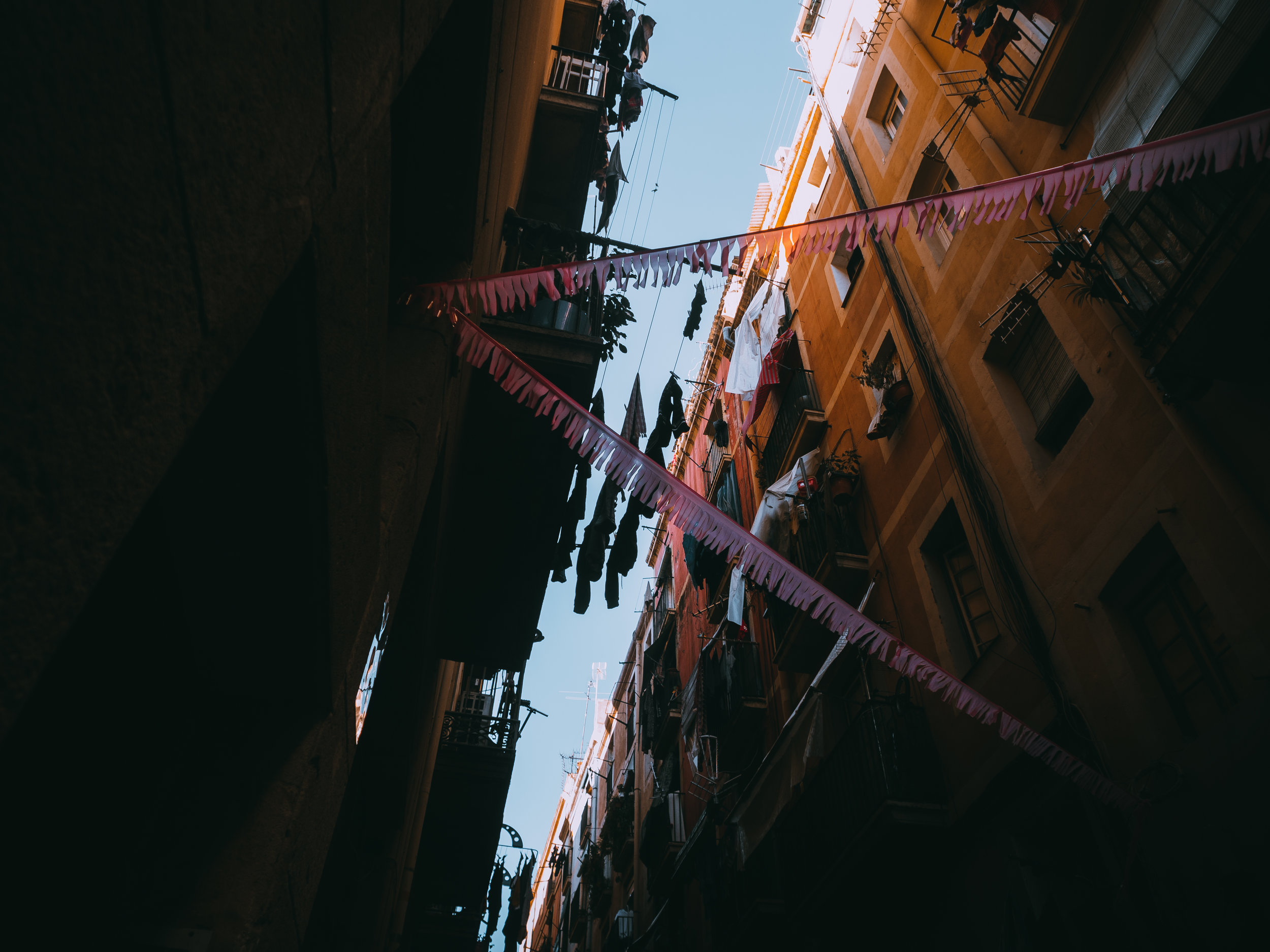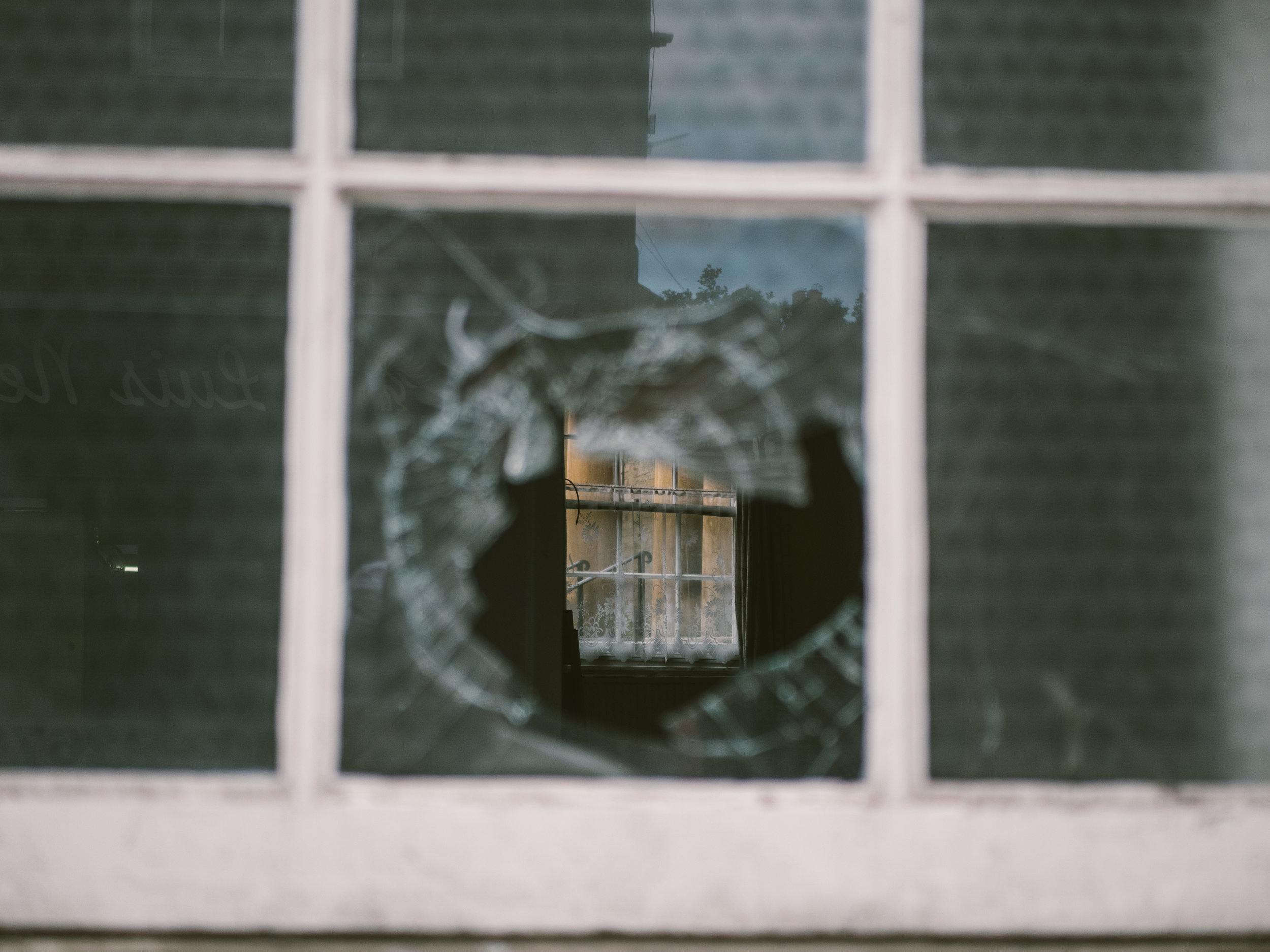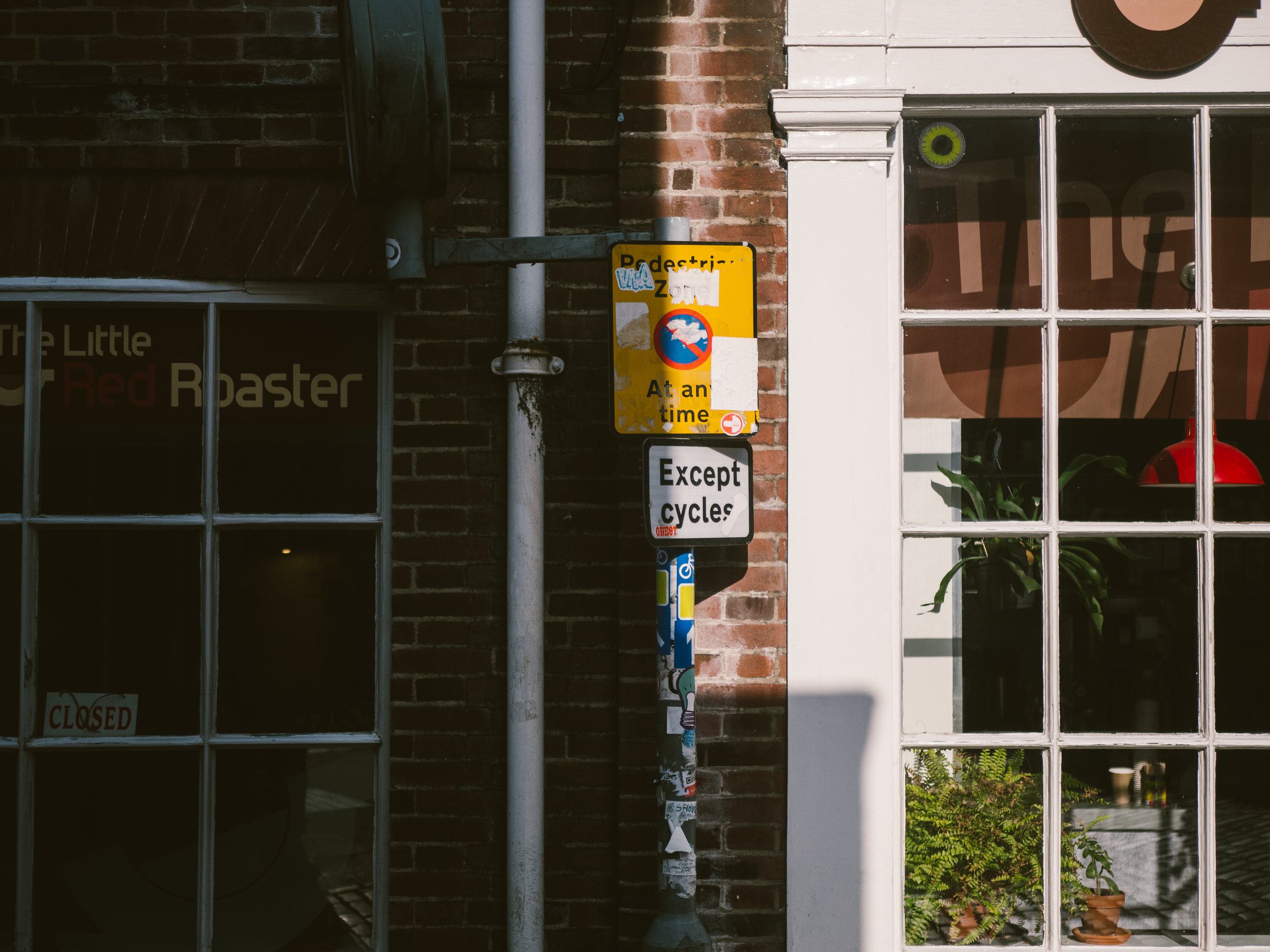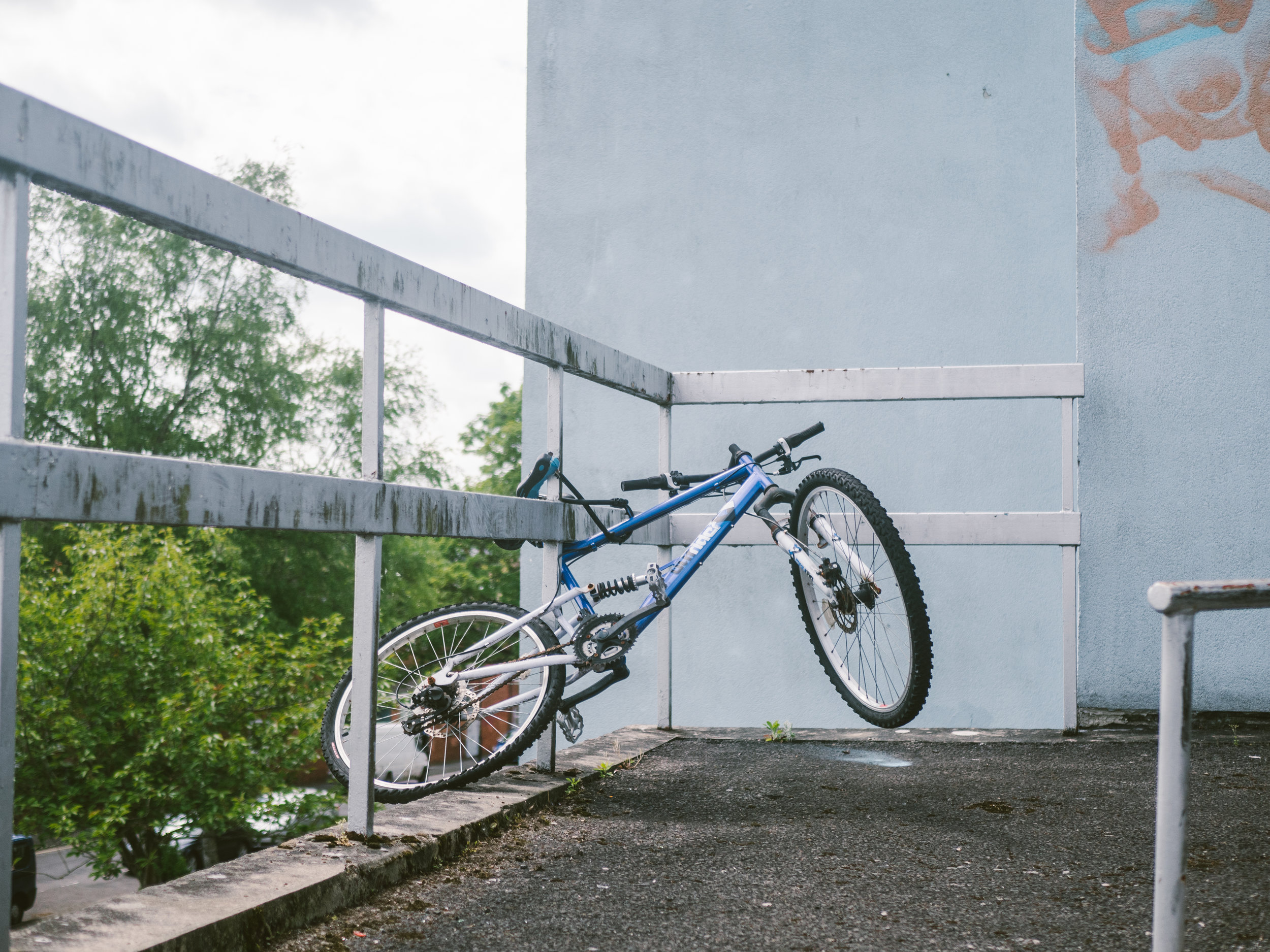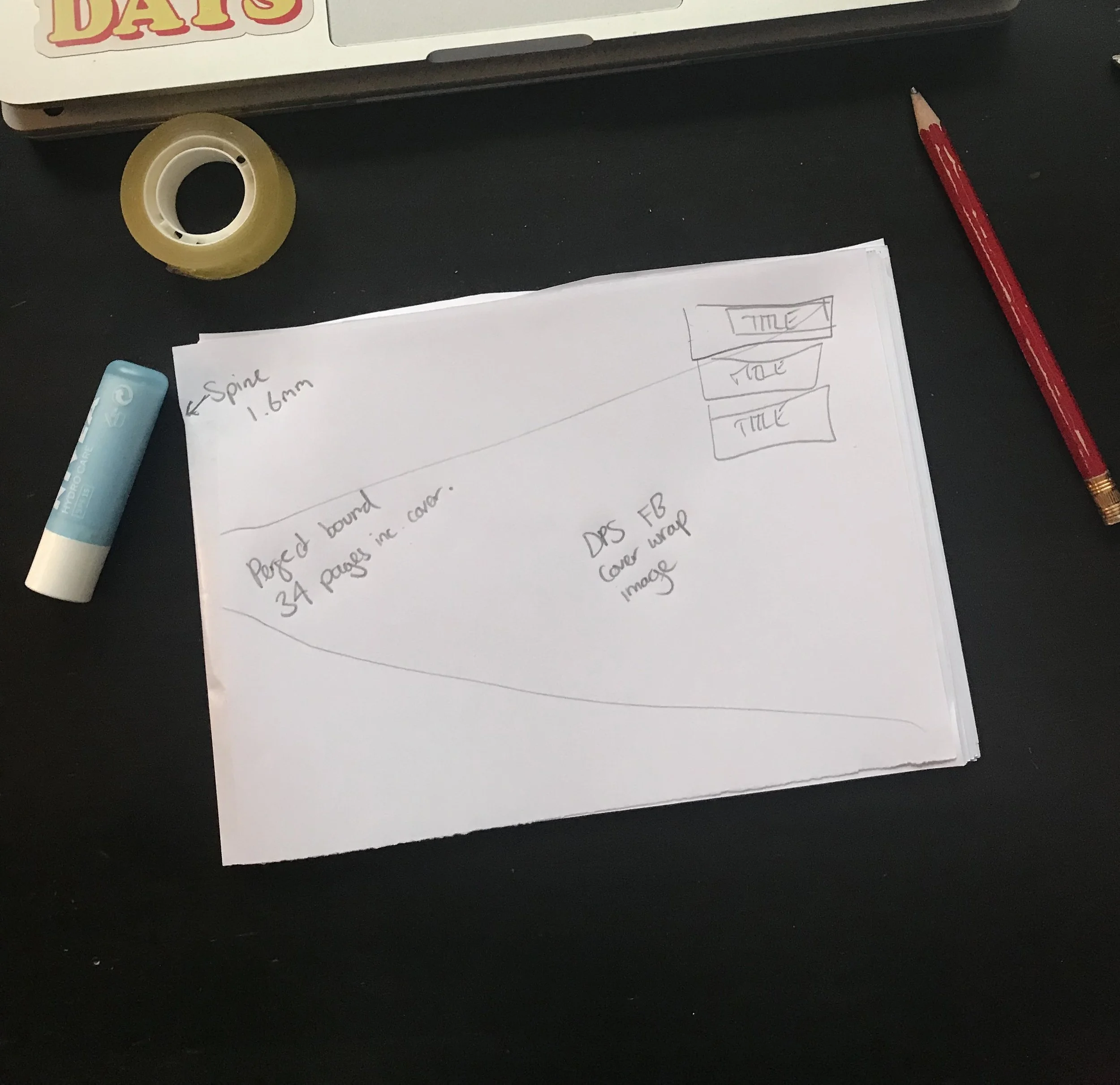Street Life
Having explored so many different genres of photography since beginning my university degree, both inside the course and externally, I am able to come to the conclusion that the area in which I hold most interest and passion in is travel photography. I briefly explored this in the last project of my second year, looking at photographing three different cities in Stockholm, London and Portsmouth. However, I feel as though I haven’t done the project justice. My output last year was three separate books, one for each location that I shot in. The books were very general and broad to the cities with no real focus or narrative. Though I was and still am happy with how they turned out, this time I would like to challenge myself with finding a reason for taking the photos that I present.
When I travel with photography, without meaning to, I always find myself out of the way, away from all of the tourist attractions and instead tucked away down a gritty alleyway or narrow street. I think the thing that I find most interesting when travelling is actually seeing how other cultures live and learning from that. Though, culture also seems a very broad subject to me and could easily end up like my three books last year.
This time, I want to explore what I am interested in when travelling, with specific attention to the alleyways and quiet streets. I aim to create a literal journey through my photography, making the photos seem like a maze that the viewer is exploring. I want to travel to many different places, some abroad and some in the UK, and I don’t want to separate these images into locations. In each location, I aim to take photos that are not synonymous with each place and therefore could be anywhere on the planet, I think this adds to the idea of the maze/puzzle that I am trying to create. I want to compile the images that speak to each other the most and order them in a way that creates a narrative, regardless of where they were taken. Currently, I am seeing the product of this project in the form of a book, as I love how narratives can flow through pages so seamlessly. I also thought of the idea to present under each image the coordinates of the location where each photograph was taken, allowing the viewer to find out where each photograph was taken, but only if they would like to. This way, people can decide to ignore the coordinates to begin with, watching the journey that I have created through the layout of the photos. Then, if one specific image really interests them, they can find out where it was taken.
Dennis Hopper
One photographer that has inspired parts of my process in taking photos this year is Dennis Hopper. Not all of his images are my ‘cup of tea’ but there are a few pictures that he took in the early 60s that really interest me! They are photographs of posters/paint on building walls but show a really worn and run-down appearance. I am not sure what it is about this sort of thing that interests me, but it just looks as if these gritty subjects have stories to tell, so adding these influences to the story I am currently trying to tell seems like it could create something really interesting!
Music as Inspiration
Another massive source of inspiration for this project is, believe it or not, a song. A track called ‘Street Life’ by Manchester rapper Bugzy Malone. Some of the lyrics really give off the right vibe that I want to set for this project, and the whole tone and tempo of the track just inspires me with ideas and motivation. There are a few bars throughout the track that most speak to me most and actually put an image in my head of which I would like to bring out and present by the end of this university course. Funnily enough, his album is actually titled ‘B. Inspired’ so I think it’s safe to say he has done his job with me!
Psychogeography
After doing extensive research into how I could justify and categorise my style and process of photography, I came across the scientific discipline of ‘psychogeography’, which is defined by the Tate as ‘the effect of a geographical location on the emotions and behaviour of individual's’, or in other words, an exploration of urban environments that puts emphasis on the idea of playfulness and wandering.
When I set out to take personal photographs, I never intend to do anything. I let the entire product of the day’s shoot rely on my inquisitiveness and sense of curiosity in wherever I am exploring. The majority of the time, this doesn’t let me down. I sometimes set out with an unmotivated mindset, and on occasions like this, of course, the product isn’t as satisfying. But on a whole, I have always seen this as a system that works for me and I am excited to find a name for the style so that I can research further into it.
In 1959, Guy Debord created a narrated film titled On the Passage of a Few Persons Through a Rather Brief Unity of Time, in which spoke the line ‘when freedom is practised in a closed circle, it fades into a dream, becomes a mere image of itself. The ambiance of play is by nature unstable. At any moment, "ordinary life" may prevail once again. The geographical limitation of play is even more striking than its temporal limitation. Every game takes place within the boundaries of its own spatial domain’. For me, this explains that freedom isn’t freedom when one is confined to a space or rules. To be free, you must let your mind, imagination and sense of adventure guide you to wherever you should be, and this is what I like to do when I shoot. I never set a time limit, I never confine myself to an area. Even where one could find risk of fatality, I have been known in the past to take those risks in order to explore and see what work I can create. Exploring limitlessly excites me.
As well as psychogeography, finding out about Dadaism has been very interesting. The way I perceive Dadaism in art is that it is an excuse for people to do absolutely whatever they want with art. Whether it is layering different images on top of famous paintings just to make them look funny or interesting, or putting a bicycle wheel on a stool and photographing it, there is always a place for it. I like the idea of not having to explain my work, or even not having an explanation to give. I like my images speaking for themselves and allowing people to make their own minds up as to why they are there and what they are saying. Sometimes my photos have nothing to say, they are just nice photographs, and that’s okay too.
Shoot in Prague
For my first shoot for this project, I will be showing photographs from a trip to Prague. This city was the perfect place to start as there was so much to explore, so many alleyways to wander down and get lost through. It had this complete European feel about it, though, as to my adoration, the majority of the time everything was not synonymous with Czech Republic, making it fit perfectly into my concept of not knowing where you are. This also leads me perfectly to combine different cities and towns together to make my own story.
Update
After my first trip for this project, two things became apparent to me. I am very interested in photographing the gritty and the dirty to create something that could be regarded for its beauty. This seems to always be a goal or an aim for me when shooting and it makes shooting challenging and different for me. Secondly, I love alleyways and exploring alternative/extended routes that the majority of people don’t take. When travelling, this sees me wandering the streets that the locals would, excluding myself from the general tourism of the city. For proof, every single photograph displayed above was taken after being discovered by means of exploring ‘off the beaten tracks’.
Book
Following the shoot in Prague, as a personal practice, I decided to publish a book as the first segment of a series titled ‘Travel Diaries’. In the fashion of a personal diary, I have combined the photographs that I had taken on the trip with the creative writing of my girlfriend, who accompanied me on the trip, and I ordered the images chronologically with intermittent time stamps. I printed a limited number of copies but have began to sell them and have listed them in the shop section on my website.
This was something that I massively enjoyed doing, from the layout of the book to designing a template email to send out to a mailing list I had previously manufactured from the other book I had published. I also really enjoyed collaborating and taking on board different sources of criticism as well as advice and ideas. It was a really eye-opening experience and I am happy to say that from the people who have purchased a copy, the response has been motivating. I am very eager to keep creating and publishing to get my name out there and to extend the reach of my photos.
Barcelona
For my second shoot, I decided to go for another similar city in Barcelona. The thing that I found comparable in these two cities is the extravagant and interesting architecture. The colour palette of the cities are clearly very different but I believe that when combined into one project, these images will play nicely with each other and I can’t wait to start editing. I have already began laying the images out together, pairing photographs up that work well together and boost each other. I have selected a few images that I am proud of to present on this page.
Snowdonia
As an experiment, I decided to arrange a group trip to Snowdonia National Park in Wales, in order to explore how different landscapes could work together in one body of work. In this instance, it meant contrasting city-life with country-life. In my opinion, it doesn’t work. But that just means it’s another idea that I can cross off of the list in my aim to narrow down my angle in terms of my subject base and project concept. Regardless of whether the images work together, I have displayed them below as I have still followed the idea of psychogeography in my limitless and aimless exploration of a location.
Hackney, London
Following the idea of exploring the grit that can be found down alleyways and backstreets, I decided to take some time to explore Hackney, an area of East London known for being quite run-down and ‘rough’. When out shooting, I was pleasantly surprised with the spots of colour that were available for me to capture, and was equally unsurprised with the amount of graffiti and vandalism in the area, which luckily for me is what I was looking for when visiting the area.
Bath
Further exploring the concept and scientific discipline of psychogeography, I decided to finally explore the city which I am studying in, Bath. Weirdly, I have never properly walked the city with a camera in my usual fashion as it has never felt like a place I am visiting, but instead a place I am living. However, there are no rules to exploring, so I decided to set out on a mission with no goal. I walked the back streets of the city centre which I hadn’t previously discovered, and I had a great time whilst doing it, which I believe always makes my photographs come out better.
Project Statement
In the words of Ibn Battuta, travelling ‘leaves you speechless, then turns you into a storyteller’. A spontaneous traveler, I am constantly surprised and fascinated by the world around me and believe photography to be the most powerful tool I have to communicate my feelings about a place.
‘Street Life’ is a psycho-geographical project exploring my curiosity when visiting locations near and far. By paying specific attention to alleyways and back streets, to which I am always drawn, I aim to find similarities in the vast locations I visit, taking aspects from each place to manufacture my very own maze of streets that interlink and blur into a new fictional place.
Mapping my journey in this conceptual way, the theme is that not all is as it seems. The location of the photograph is only revealed with the co-ordinate that lays beside it and hopefully the viewer becomes ‘lost’ in that they are fully immersed in the myriad of streets presented by this series, encouraging others to take a closer look and be just as inquisitive – because, after all, photography is not just about capturing the perfect moment, it’s about capturing the imagination too.
Teju Cole - Blind Spot
Blind Spot is a book by Teju Cole about the limitations of vision. In this photo book, accompanied by paragraphs of text, Teju looks to create a series of images expressing his difficulties with seeing by making images that explain his struggles. Many of the images found in the book involved obstructed views or scenes - this is just one way he went about doing it. He also darkened some of his photographs in specific areas to restrict sight of the focal subject, sometimes by adjusting his exposure of the camera but often during post-production. In my opinion, the book is very clever because a lot of the images are not obvious as to what he is trying to say, only when viewed altogether would you understand without the accompanied text passages. For example, he included in the book a plastic sack full of used plastic bottles. On its own, this has no relevance but when you realise what he is trying to say with the photo and you stand it next to other images that say the same thing but in different ways, the narrative becomes apparent. What I would like to take from this is Teju’s sense of wandering and his expression of psycho-geography. His images closely relate to my concept, only with a different narrative.
Below is a selection of images that I feel are important when looking at this body of work, including the ambiguous shot of the plastic bottles and an example of how he used post-production editing in one of the images to get his point across.
Saul Leiter
Saul Leiter, a photographer who entered the scene in the early 40s, described as a ‘photographer of everyday beauty’, is someone I really look up to. His style of photography is near exactly what I am aiming towards with my work. The majority of his work, including some of his most famous shots, are just photographs taken when he is out exploring or living his daily life. Quoted by Pauline Vermare, he ‘lived in accordance with the mayor zen principle of not attaching any great significance to himself, or even his art, and having no defined purpose or intent in life except for being present to the world and always highly aware of its fleeting beauty. Not preaching, just looking’. I feel as though this is my exact attitude towards photography. I don’t agree with the necessity to attach a meaning or purpose to the images that I make, I like the idea of them speaking to everyone how they interpret it instead of their thoughts about my work being clouded with an underlying narrative. That is why in this project I have tried to make things as free as possible, whilst holding structure in order to make it a consistent and assessable body of work.
Norwich
Making use of my resources, during a visit to my girlfriend in Norwich, I decided to go on a couple of different shoots, following the same theme as in my previous shoots, following the less-walked pathways and alleys to discover the gritty and ‘less cared for’ (for lack of a better word) aspects of the city. I really enjoyed the time I spent shooting in Norwich, discovering what I had never seen before. I think that’s what I enjoy most about this method of shooting. I have been there plenty of times but managed to find some things I had never noticed, all through the power of holding a camera and having a mission.
Waldemar Brzezinski
Primarily a portrait photographer, German artist Waldemar Brzezinski has some incredibly delicate and interesting images that I will label ‘wandering’ images. This is because they are photographs that he has taken whilst out and about, whether it’s on his way home from work or just on a walk with his camera. There is clearly no aim or pressure on these images, which I think is what makes them so peaceful and easy to look at. They have a massive direction from composition and arrangement, with all of the lines at 90/180 degree angles, making it so comfortable to the eye.
Bristol
Looking to extend my body of work, I travelled up the M4 until I reached Bristol, with specific intention to explore an area known as Stokes Croft. It is a very run-down area compared to the rest of the city, however it expresses a beautiful palette of colours with all of the graffiti and coloured buildings spread out around the area. I believe that visiting this area has shaped my project as it has really changed the approach I have towards it. I am still looking to follow the alleyway/backstreets concept that was planted in this project earlier in the year, however I am going to be paying more specific attention to derelict/run-down aspects of these paths and areas to create more of a statement in my work.
Bristol Zine
After editing the images from my shoot in Bristol, I was very happy with how they were looking and was keen to start laying them out and to begin creating my book. Whilst doing this, it was clear that there were a lot of gaps in my making and that I still had work to do. So I decided to make a preliminary zine only using photos from this shoot to have a go at laying them out on a page and to see how they look on paper. The zine can be found in my black box and below are some examples of the cover and layouts.
Initial Edit
I have decided that the best thing to do at this point of the project would be to do an initial edit with the images I have collected thus far to determine what I believe is missing and therefore what I need to go out and capture. I was pleasantly surprised with the amount of photographs I have that fit my idea after seeing it change slightly following my shoot in Bristol. Below is a gallery of images that I aim to work with so far. Some may be taken out as I aim to narrow my edit, and I expect more to be added from future shoots.
Norwich
In Norwich again, I decided to approach the city in the same manner as I had previously, though subconsciously holding the idea of paying specific attention to the run-down and vandalised subjects in the area. From this, my imagination and curiosity took me down routes and paths that I hadn’t previously explored, allowing me to discover some really awesome locations and ideal photo opportunities.
Norwich Zine
Following a successful shoot in Norwich, I decided to mimic what I did with my Bristol shoot and produce a zine as a sort of practice layout for my images. I just changed the photo on the Bristol cover and laid the images out simply and consistently. The main reason for this zine is to see how photos act together on a page. It isn’t a final product, just some primary research to help me get an idea of where my work is heading. I think that this task really cleared up my vision about this project and has allowed me to see what I need to focus on.
Matthew Silva
After coming across Matthew Silva on Instagram as @msilva559, I was instantly inspired to get outside and shoot. His photographs are literally just things of beauty. His use of light and attention towards lines and shadows is incredible, and the fact that he hasn’t progressed further in his career confuses me. I don’t often find masses of inspiration from photographers. I find it easy to admire photographs but to get an urge to make work off the back of seeing someone else’s work comes rarely, so this excited me. Below are a selection of images that really stand out and speak to me.
Norwich
After being asked to do some work in Norwich for the Norwich University of the Arts Fashion students in their catwalk selection week, I decided to use it as an opportunity to take more photographs. With the sun beaming down, it is immediately apparent that a lot of these images have a completely different vibe to them, but in a way I like that - I think the contrast between these summery images and the gritty images could be really interesting. This is something I am now tempted to explore further.
Bristol
I decided to revisit the same places in Bristol, a few weeks apart, to explore any differences or things I hadn’t previously discovered there. This was really exciting as I was already aware of what was out there, and to get to go and shoot there again with a clearer idea and vision in my head was invigorating. Below are some of the images shot on this visit.
Final Edit
Following what will be my final shoot for this project, I have come up with a final edit. From this final edit, I will then look at working and weaving all of the selected images into a small book, as well as printing some of the images out for the exhibition. I want the book to be very succinct and to only showcase the best work from this project so I most likely wont use all of the images from this final edit, but below is my selection of images to represent this project.
Layout
In terms of the layout, I am very happy with how both of my practice zines came out with the simplistic consistency of the image layouts. Therefore, I have decided I would like to do the same for this final product, keeping all of the images the same size and in the same space on the page. Found in my black box is my dummy layout and dummy book, as seen below.
Cover Ideas
I have been really struggling with coming up with a cover design that does my images justice. I realised that the whole time I was trying to make things too advanced and unnecessary so I have stripped things back to purely involve an image and the project title. Below are some ideas I have initially come up with.
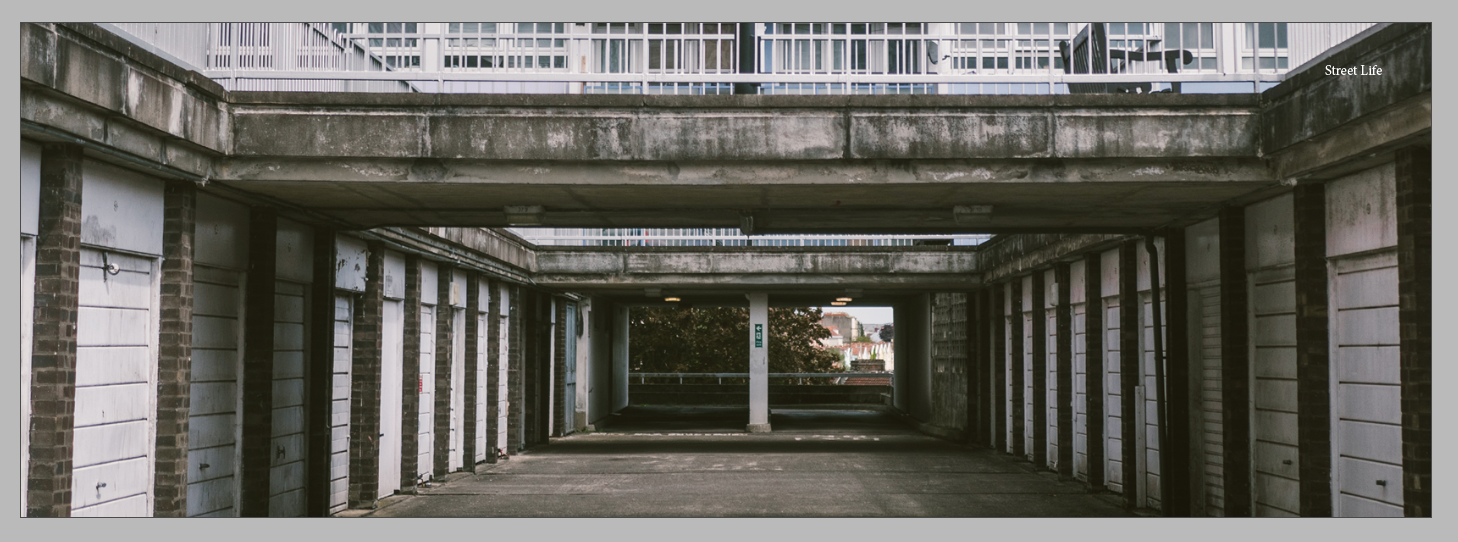
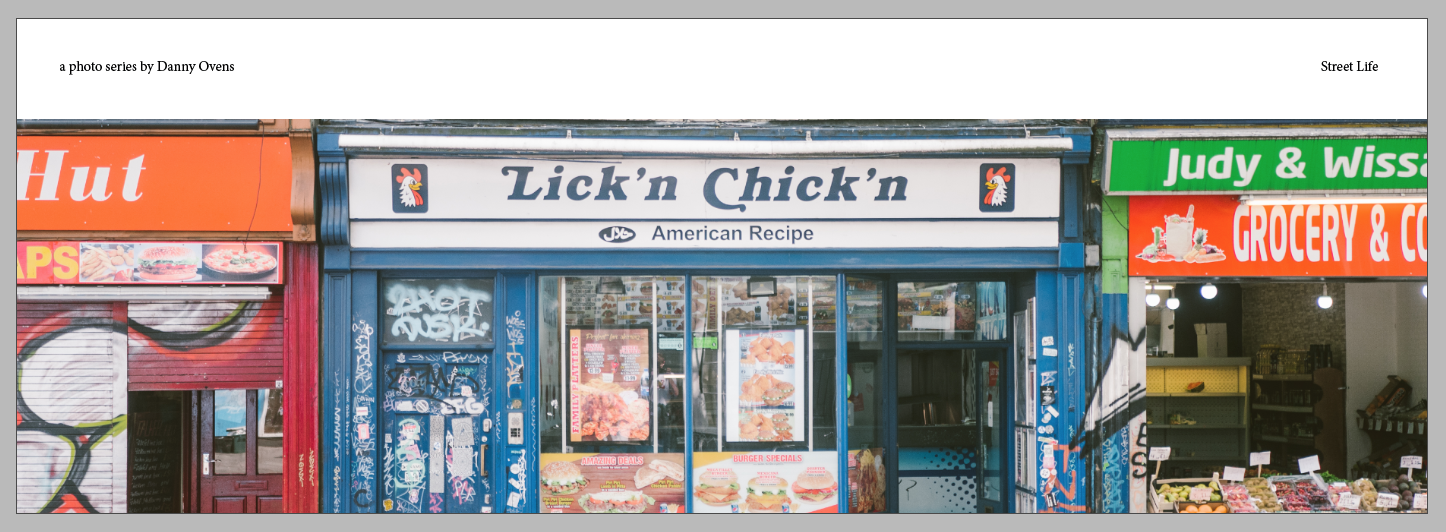
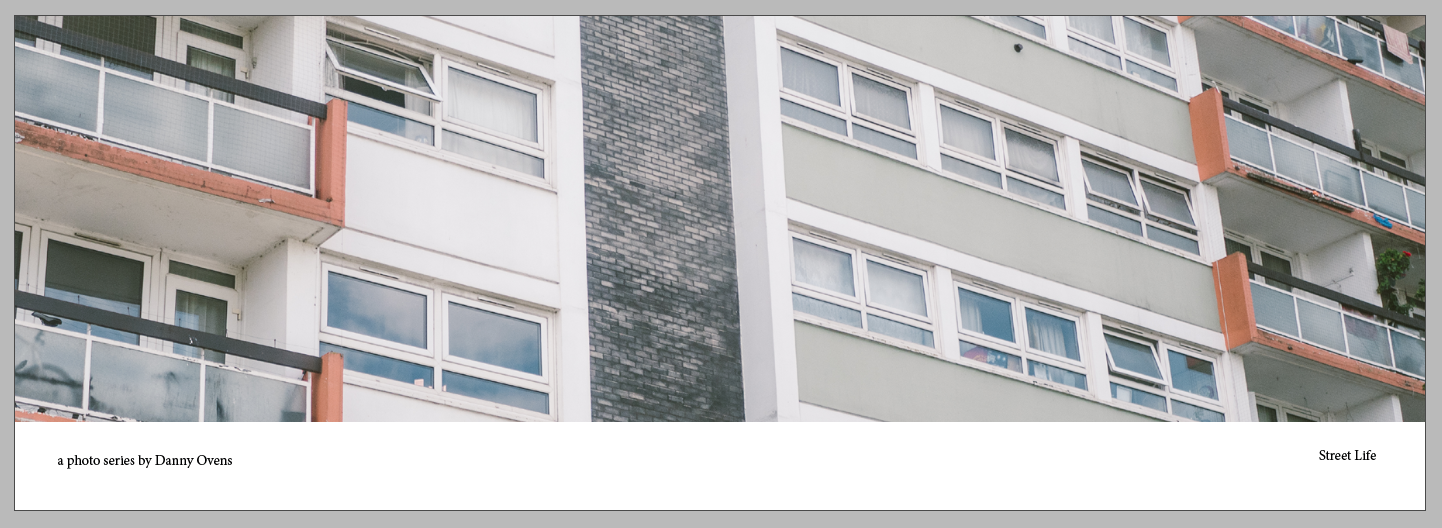
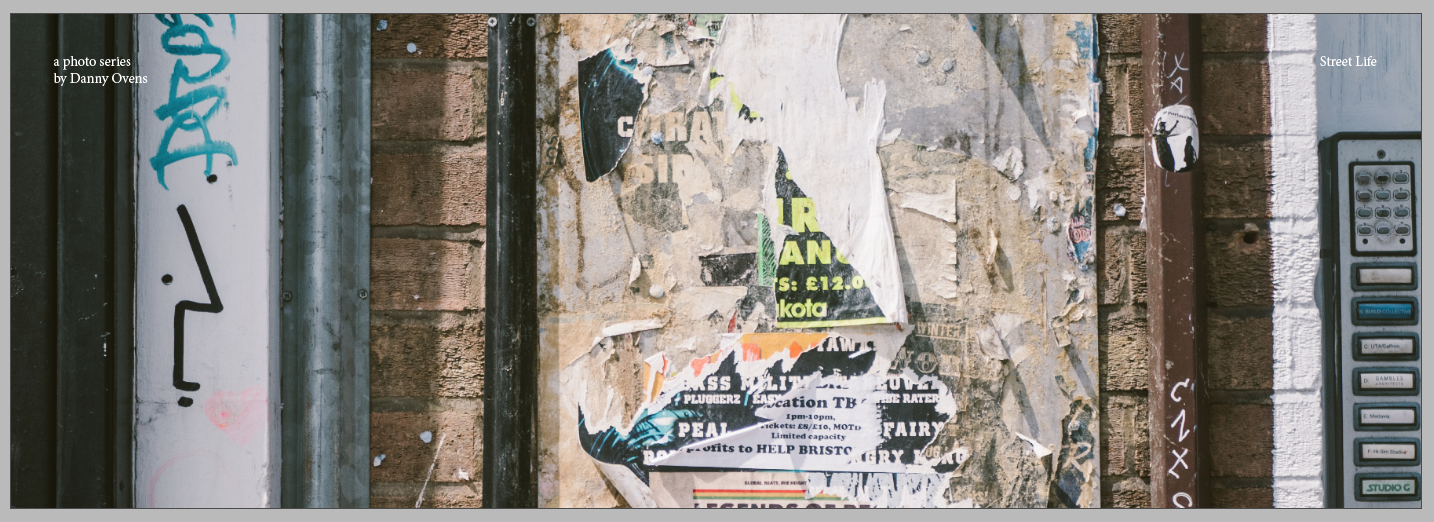
Cover Design
After many attempts and failures, I finally came across a design which I am happy with and am going to use for the cover of my book. My book will be perfect bound and the 30 pages at 130gsm will leave a 1.6mm spine, so I have accounted for this when designing the cover. Below is what I have come up with. I much prefer the title to look like this as it is far more modern and contemporary, which well-communicates with the images inside. The book is going to be A5 in a landscape orientation to best suit the 100% landscape images inside. I have never made a landscape book before, but having held the zines that I have produced so far for this project, it just feels right.
Evaluation
To conclude this project, I would like to take a moment to talk about my progress and the changed that this project went through before surfacing as ‘Street Life’. My original idea of using coordinates was something that I was very attached to and it was hard to let that idea go for this project as I envisioned it looking so good, but I think that substituting that idea was a very good decision in making this project reach its full potential and allowing the photographs to speak for themselves. I am going to revisit my original idea outside of University practice and with more time I think I can make something really special, but I couldn’t be happier with how the final product has turned out because it is 100% me. I chose exactly what went into it, exactly how it would look and it is a true representation of my current practice and my way of thinking. It is the sort of thing that I can look back at in 10 years and remember exactly where I was and what mindset I was in at the time.
